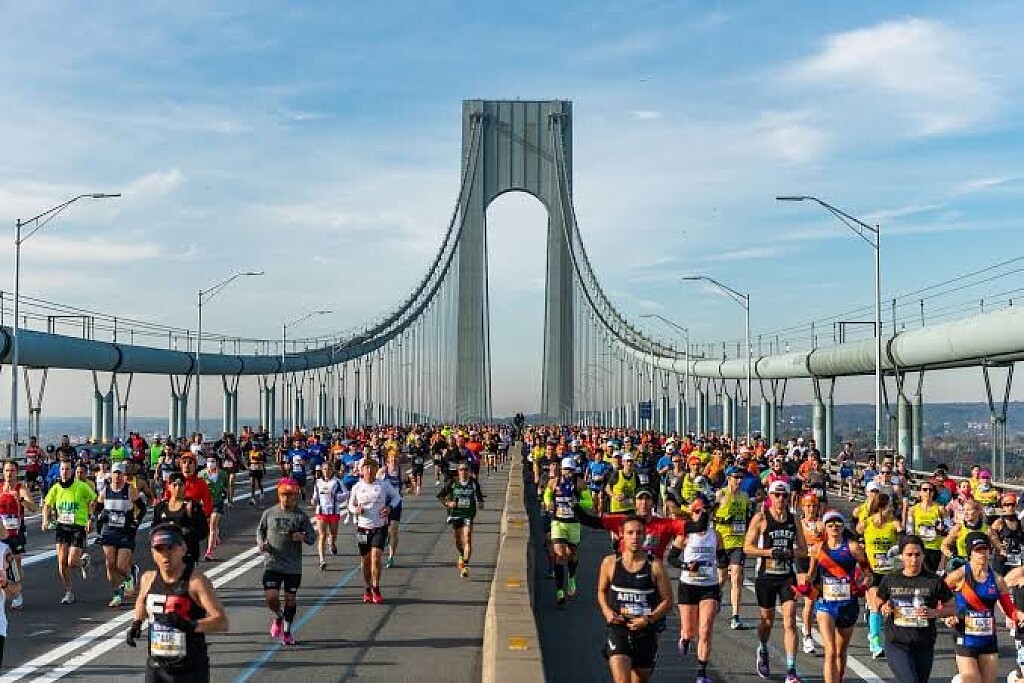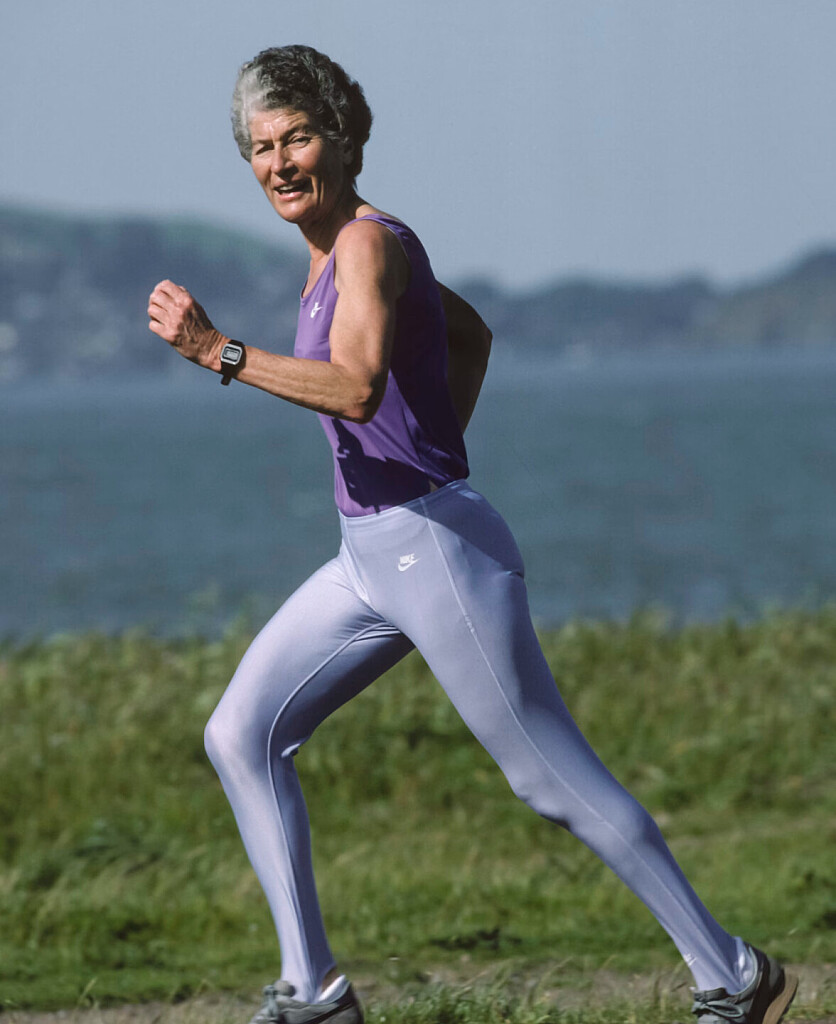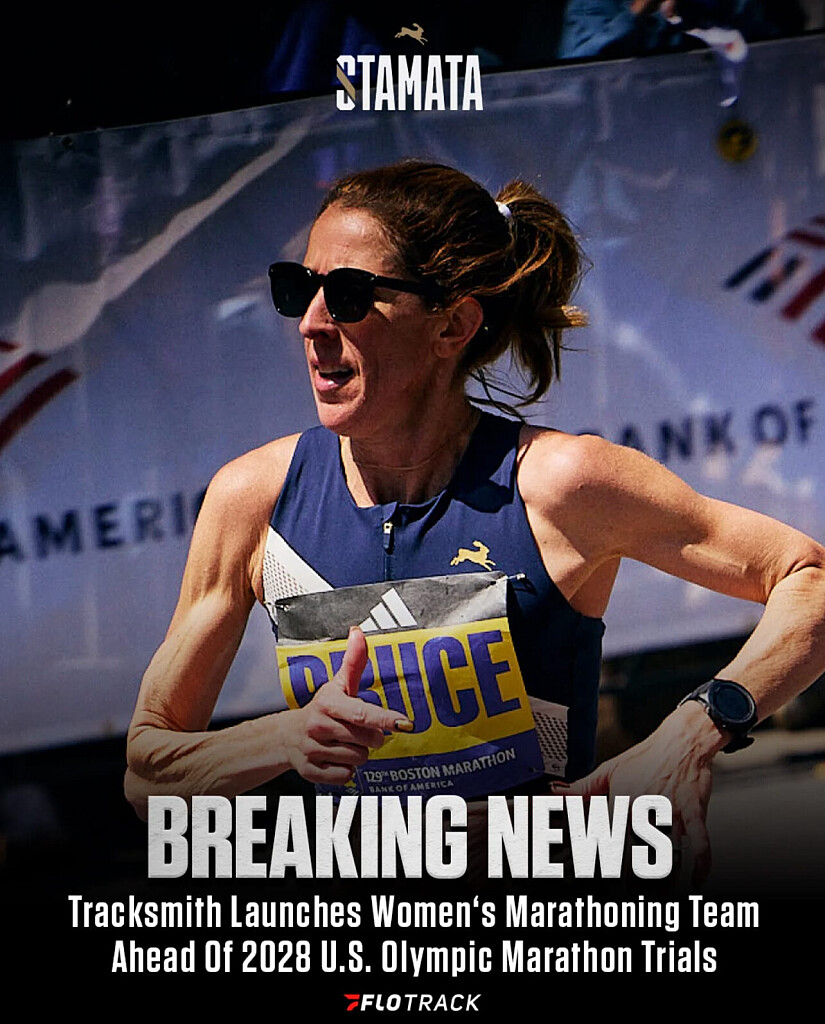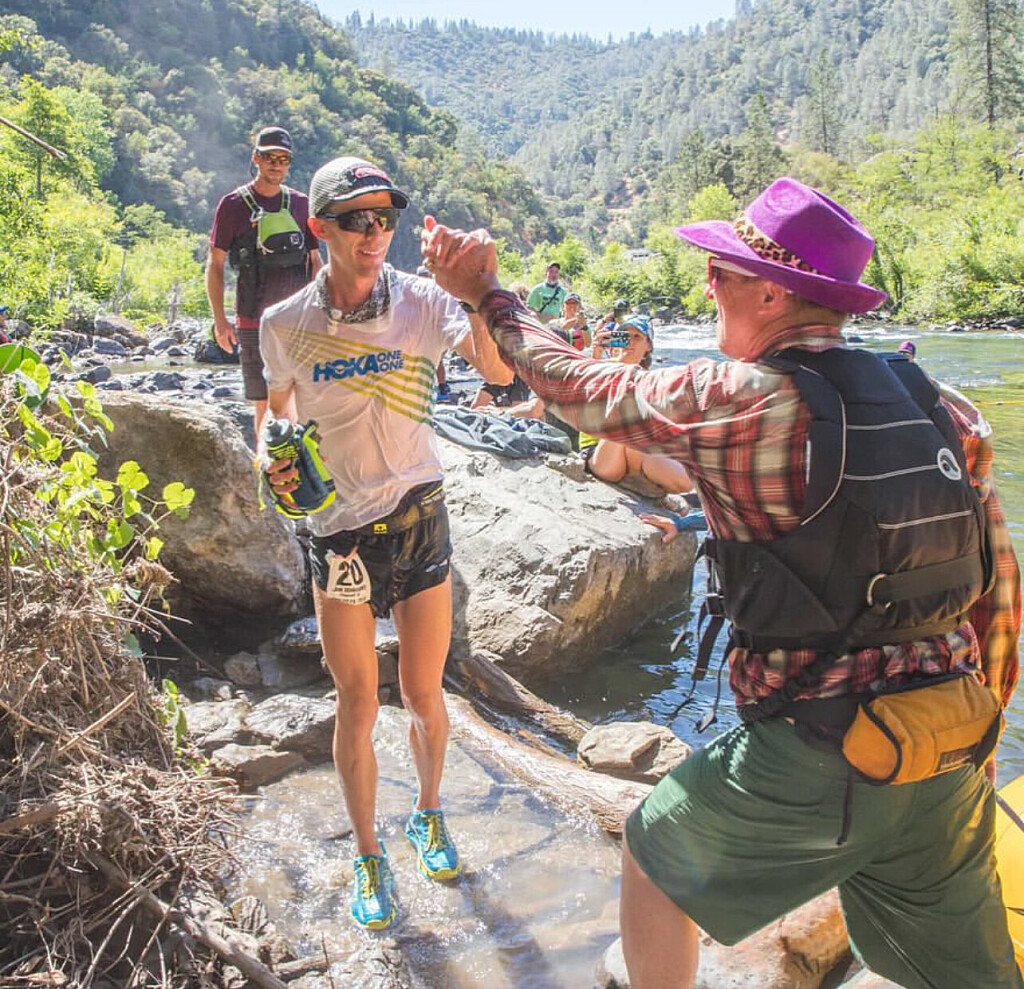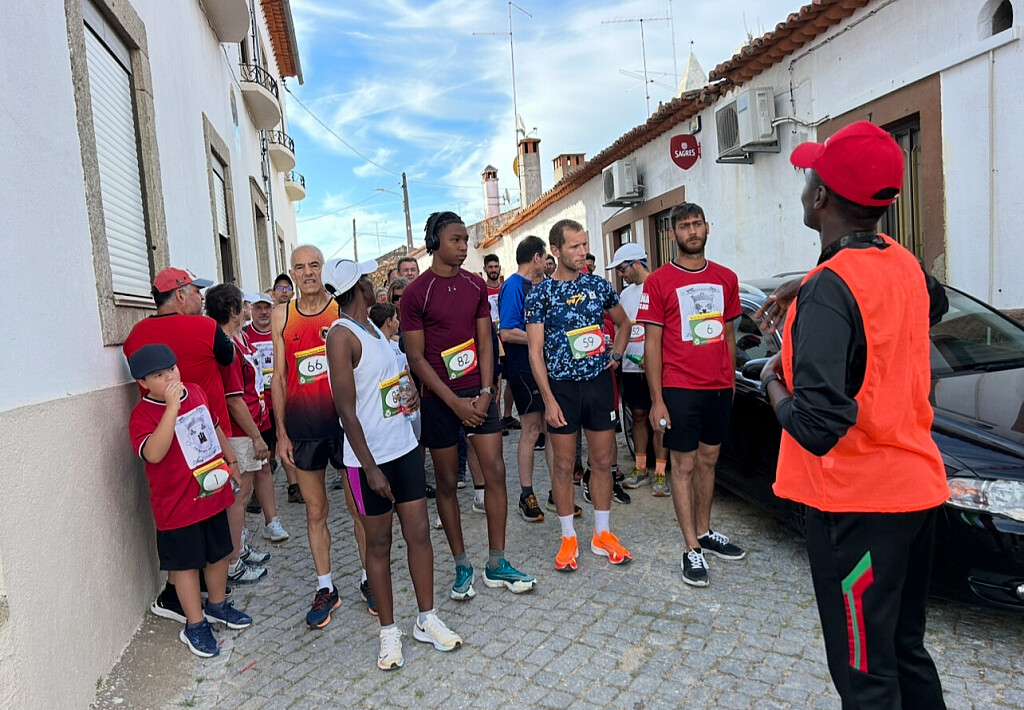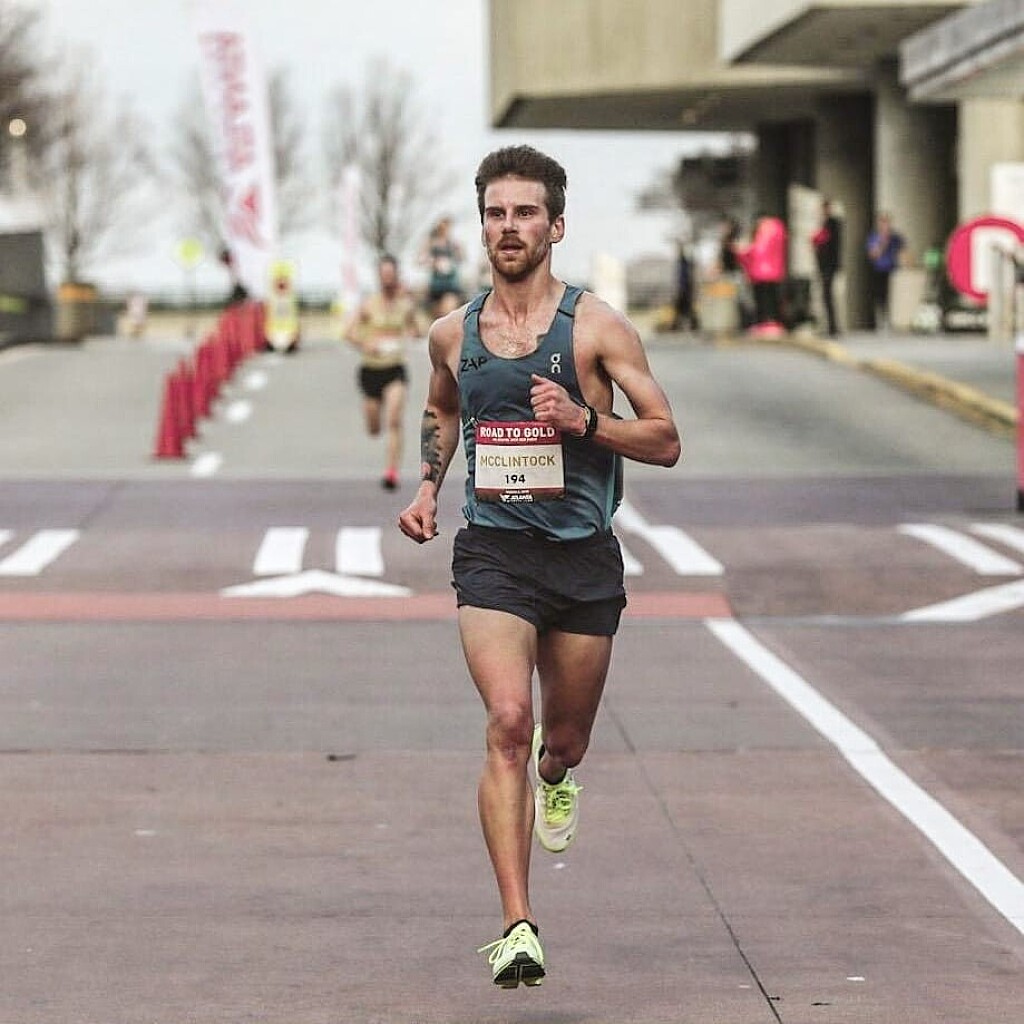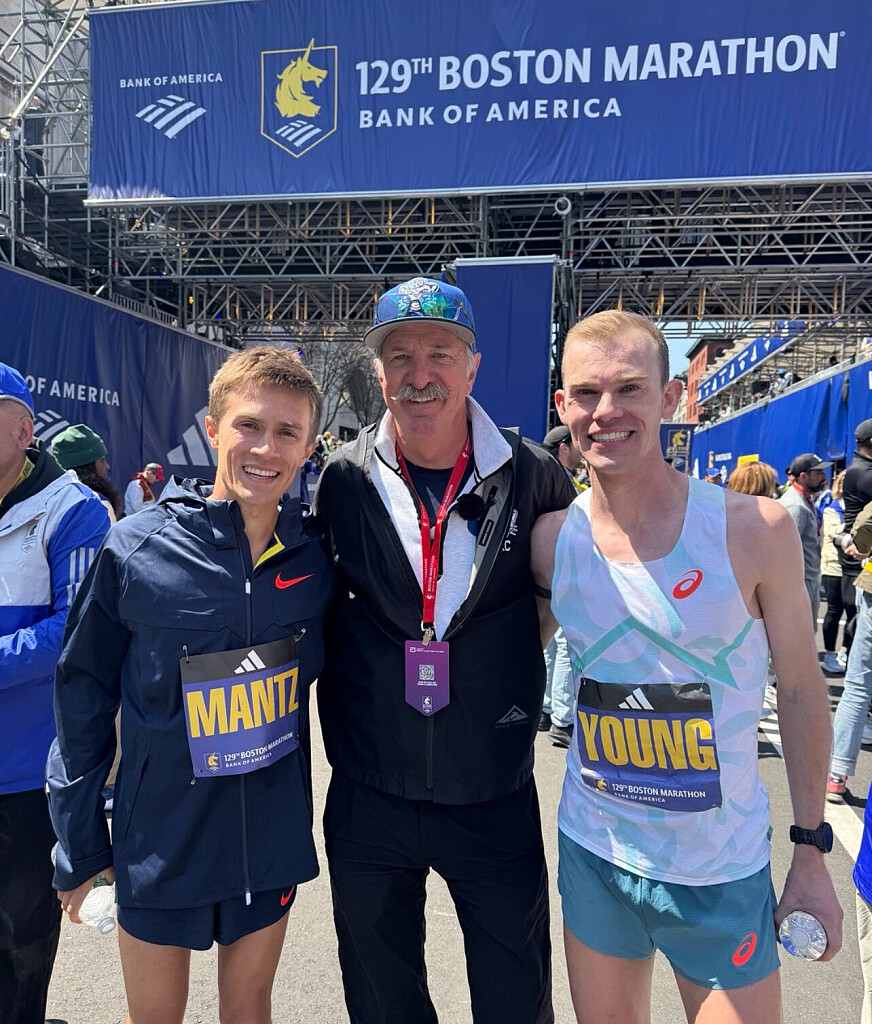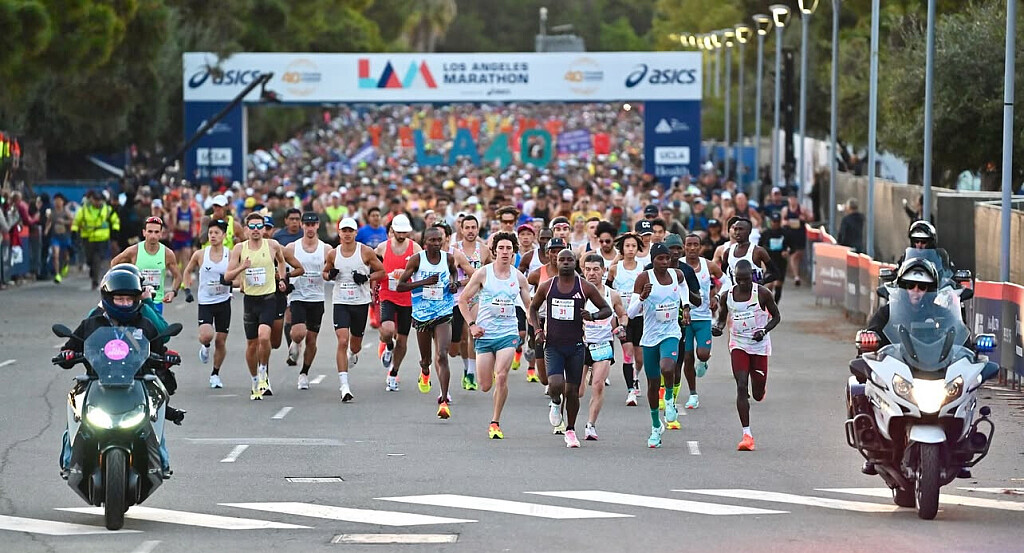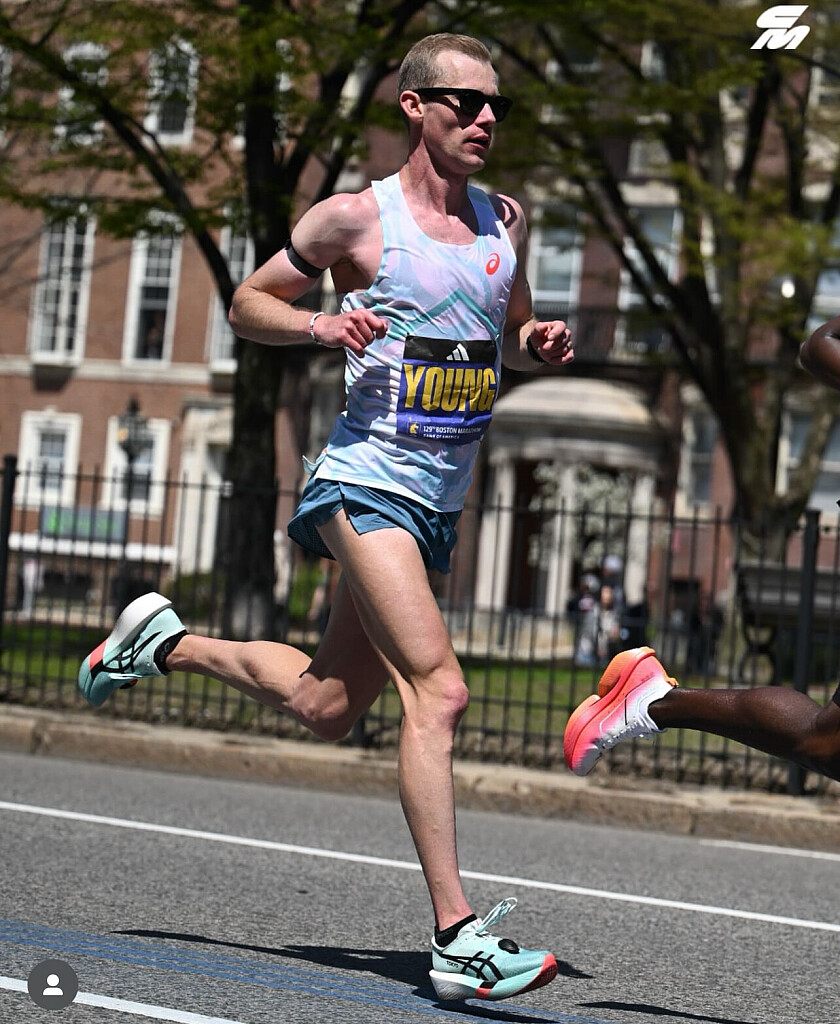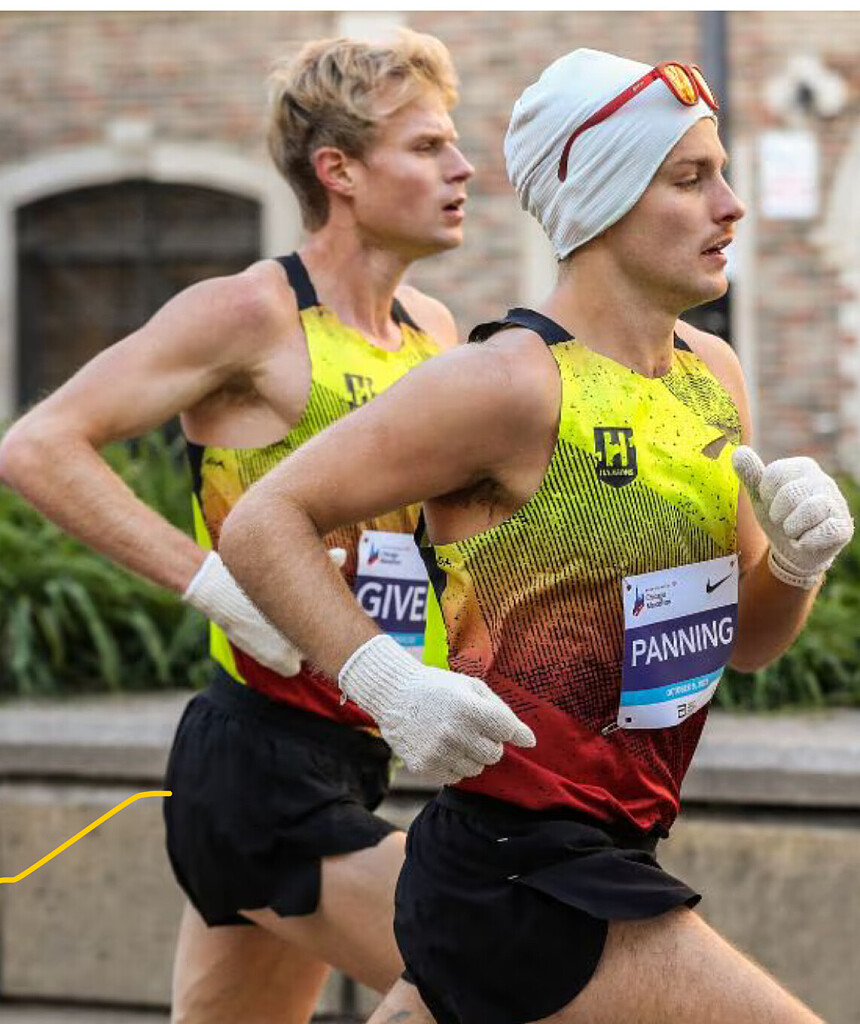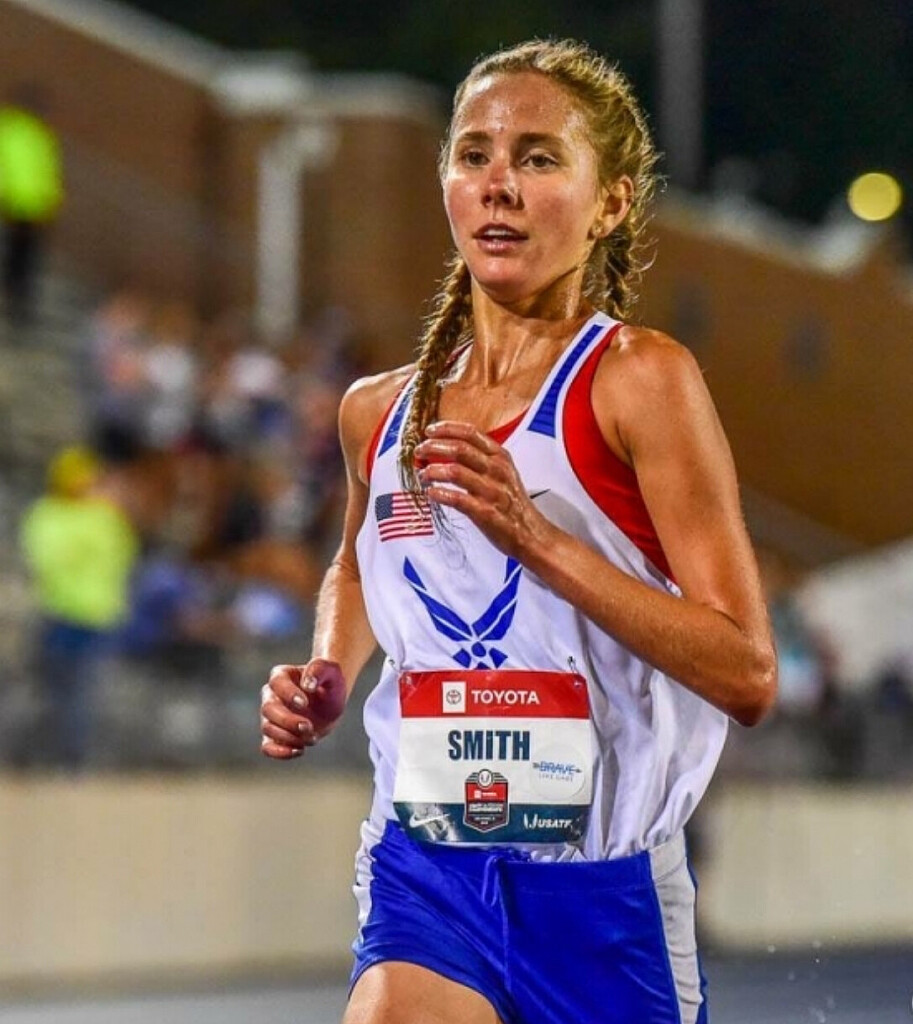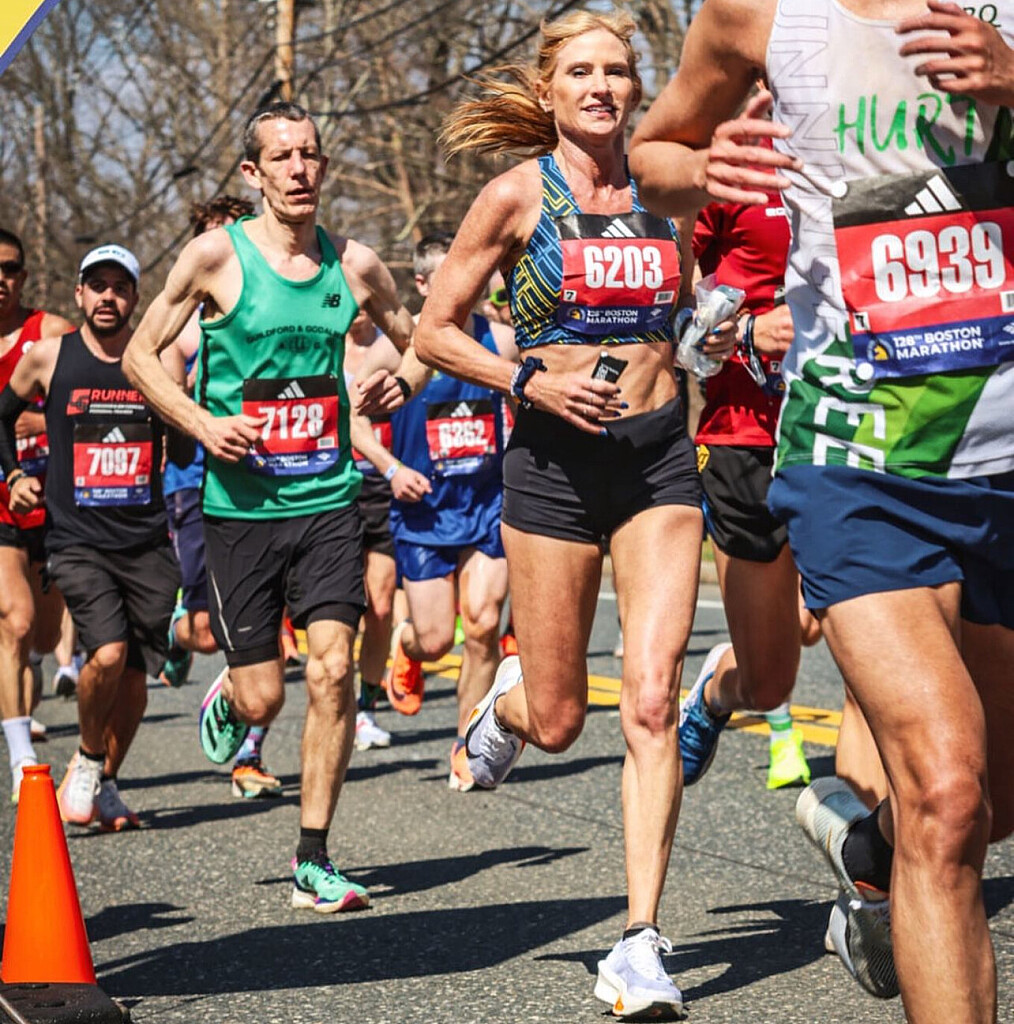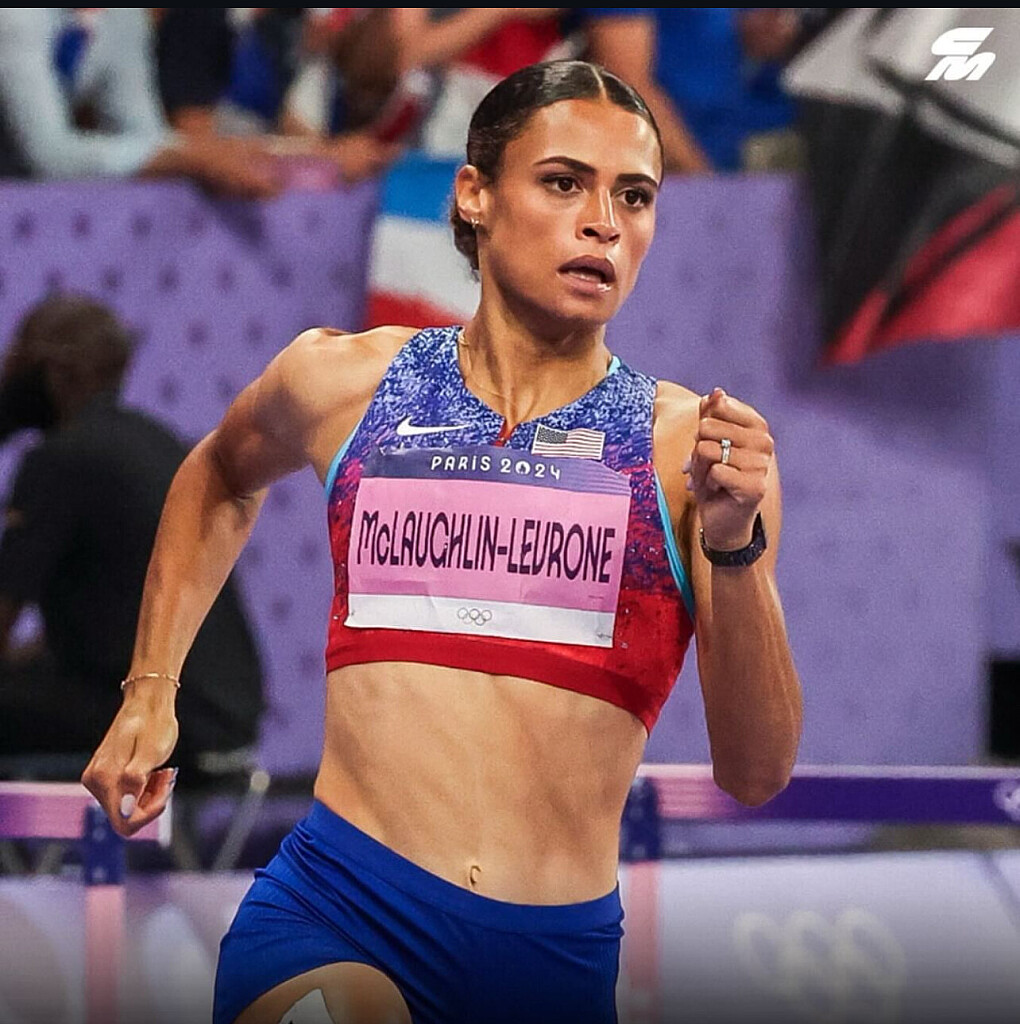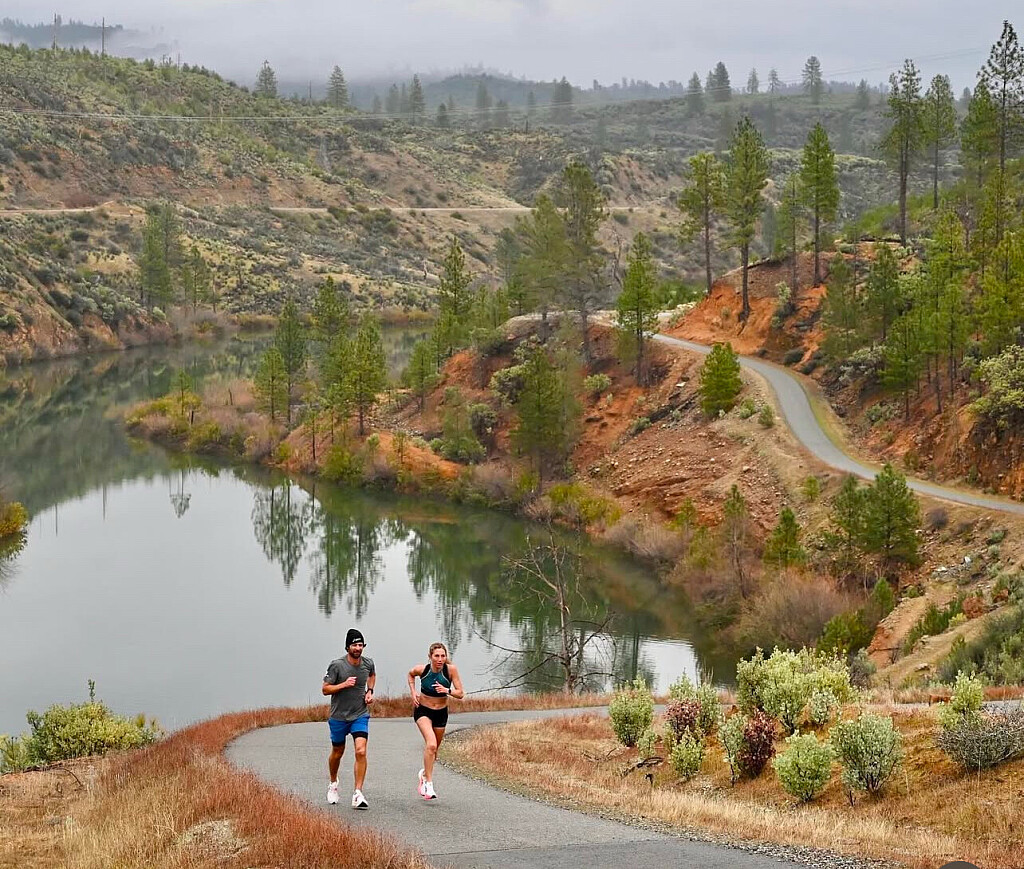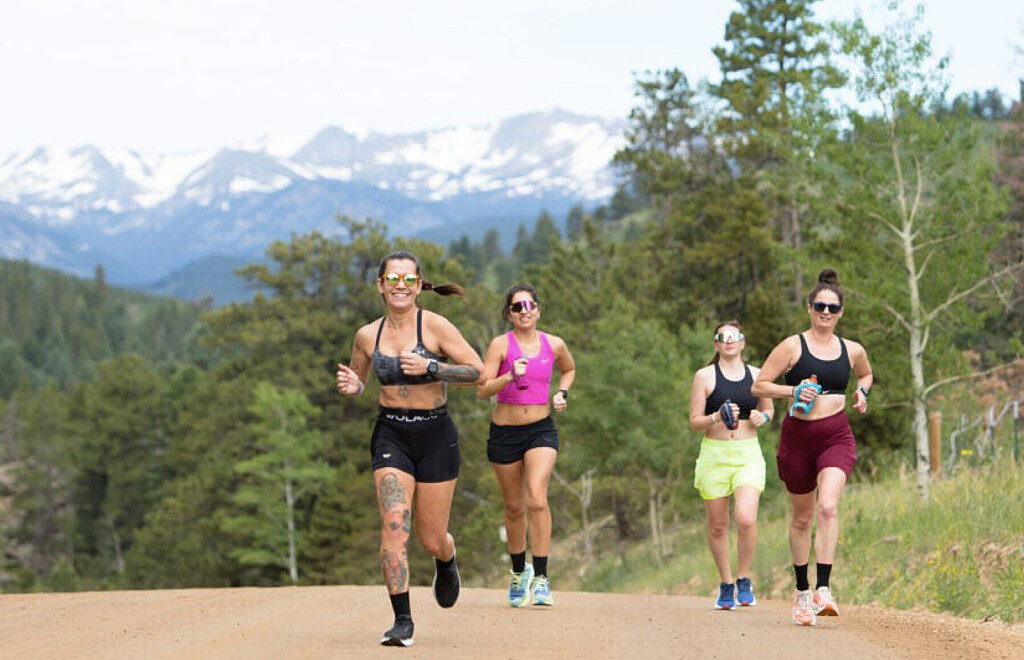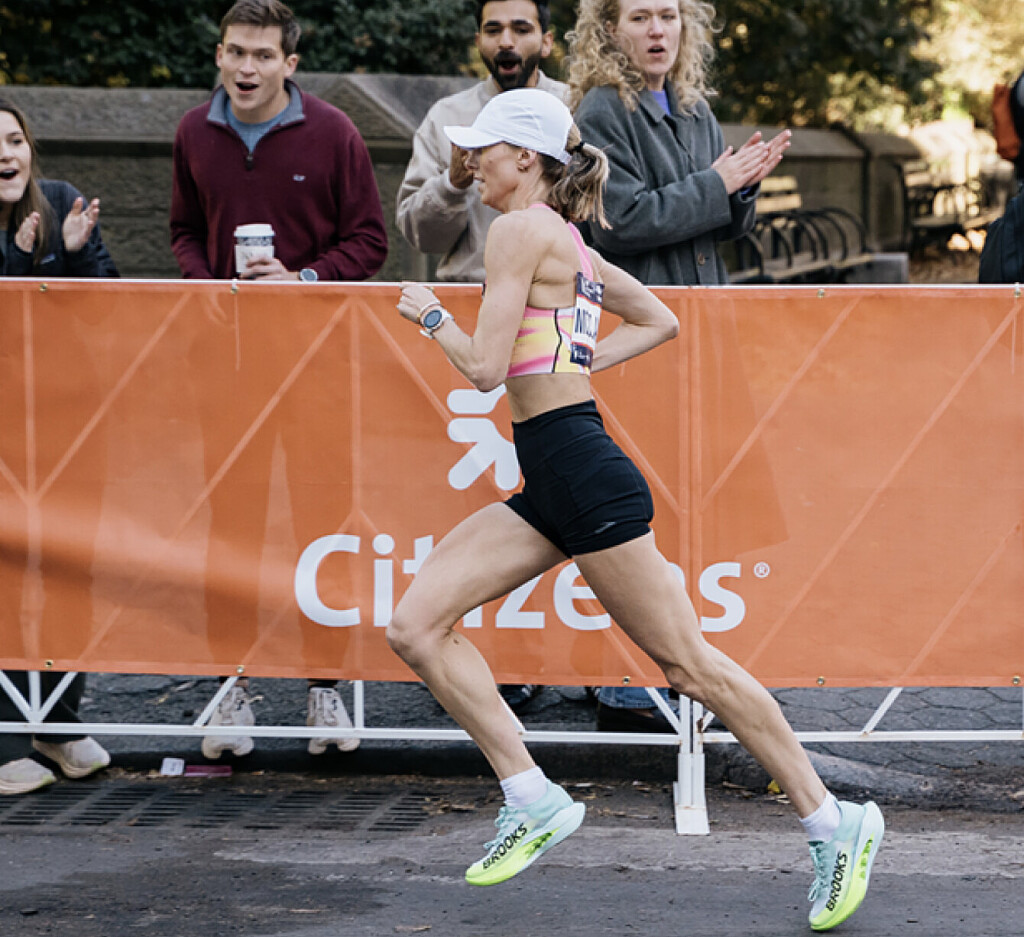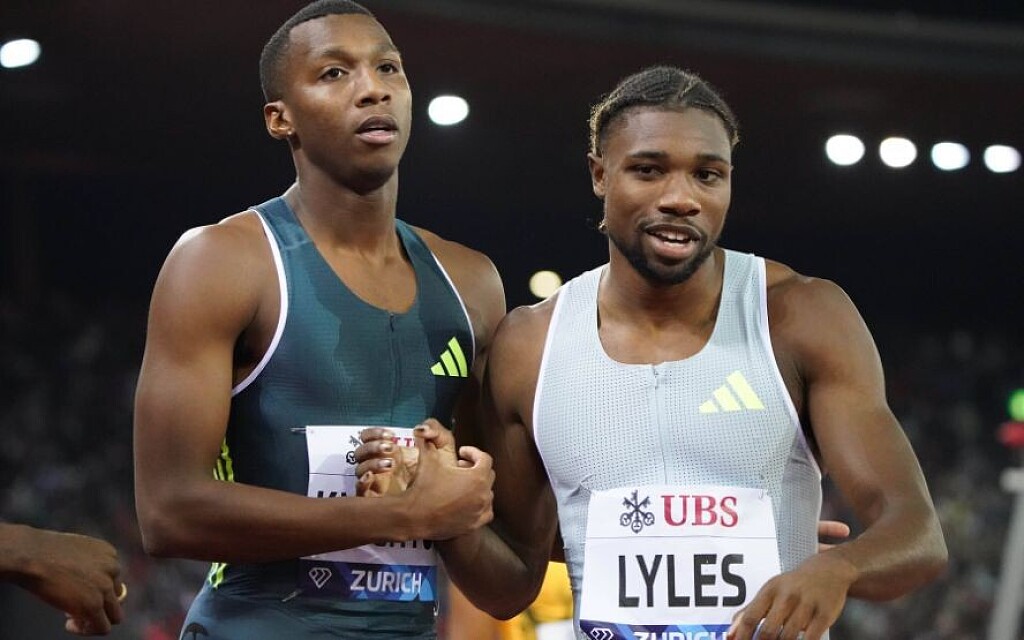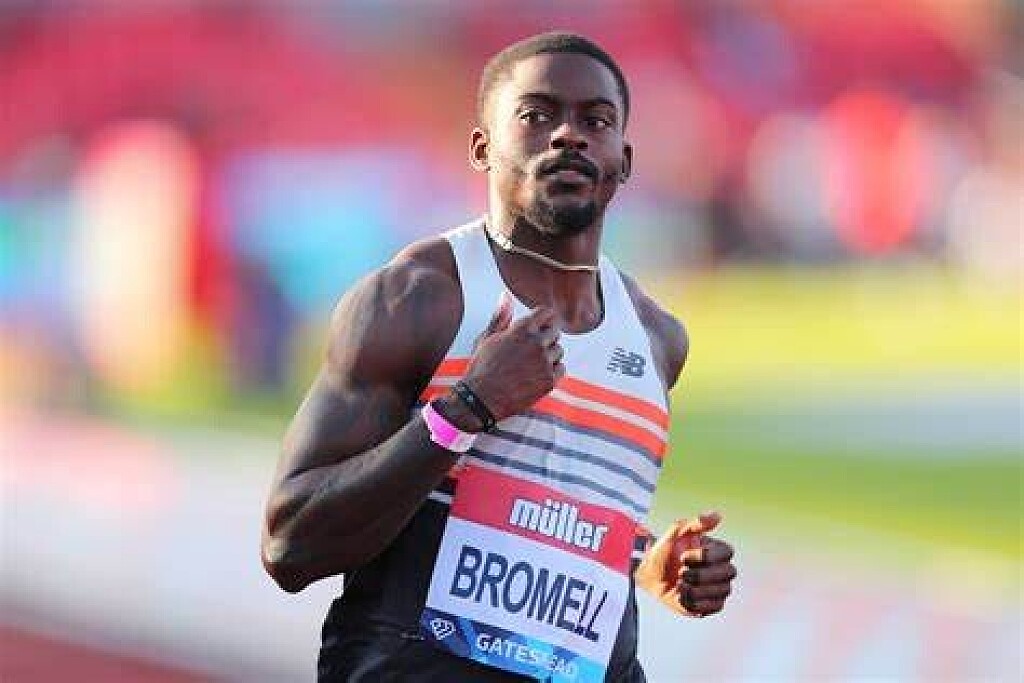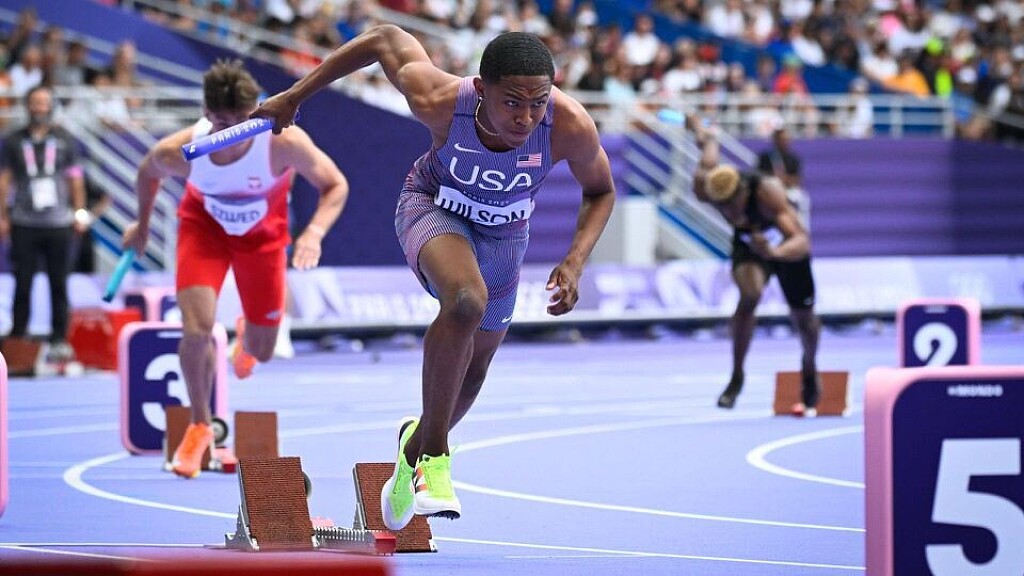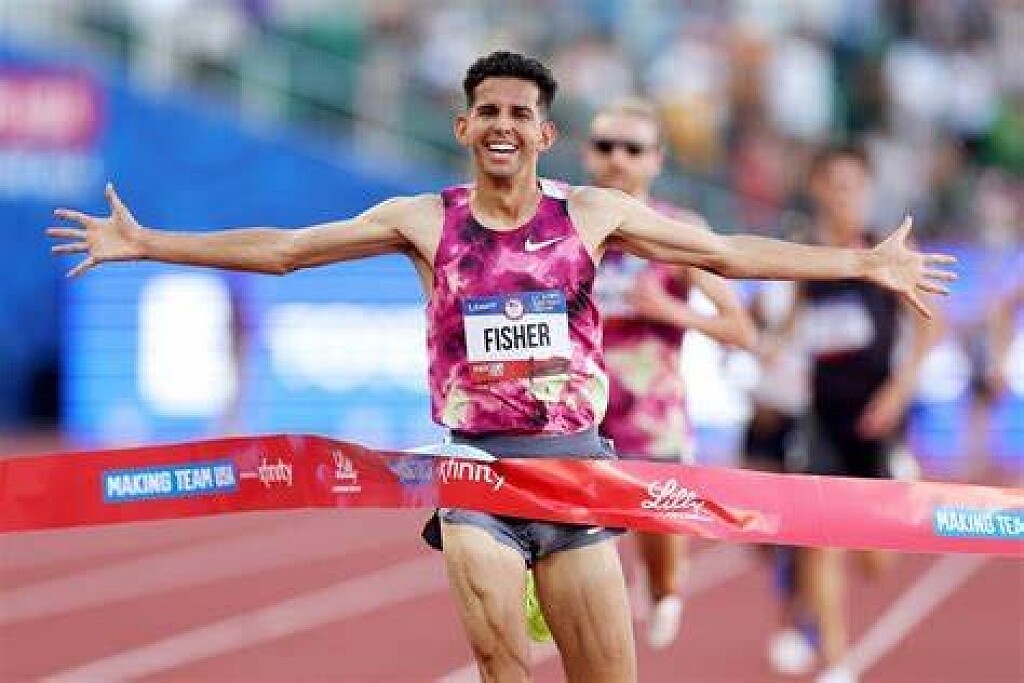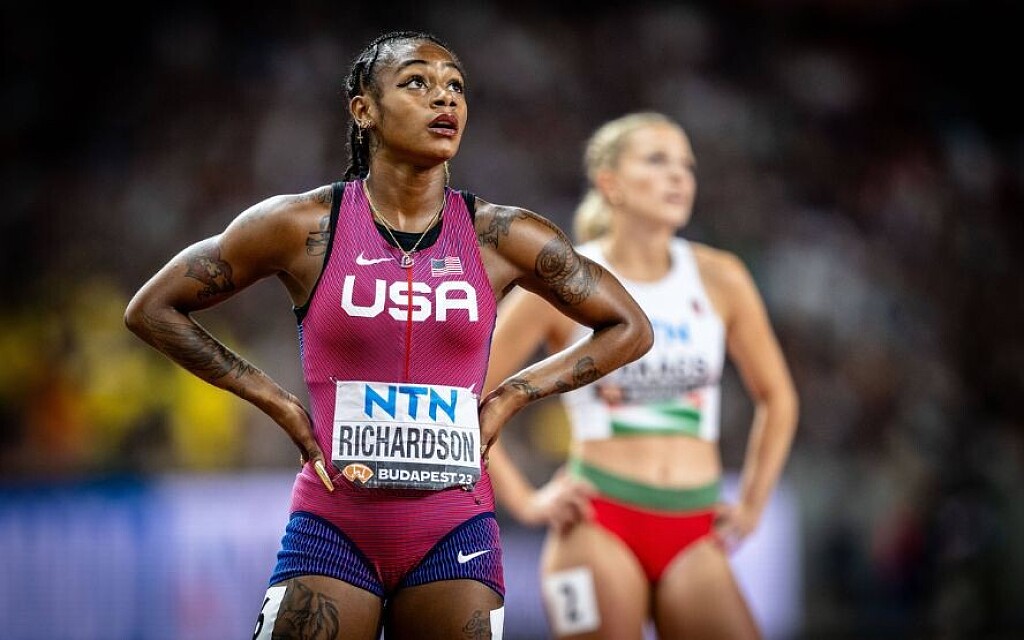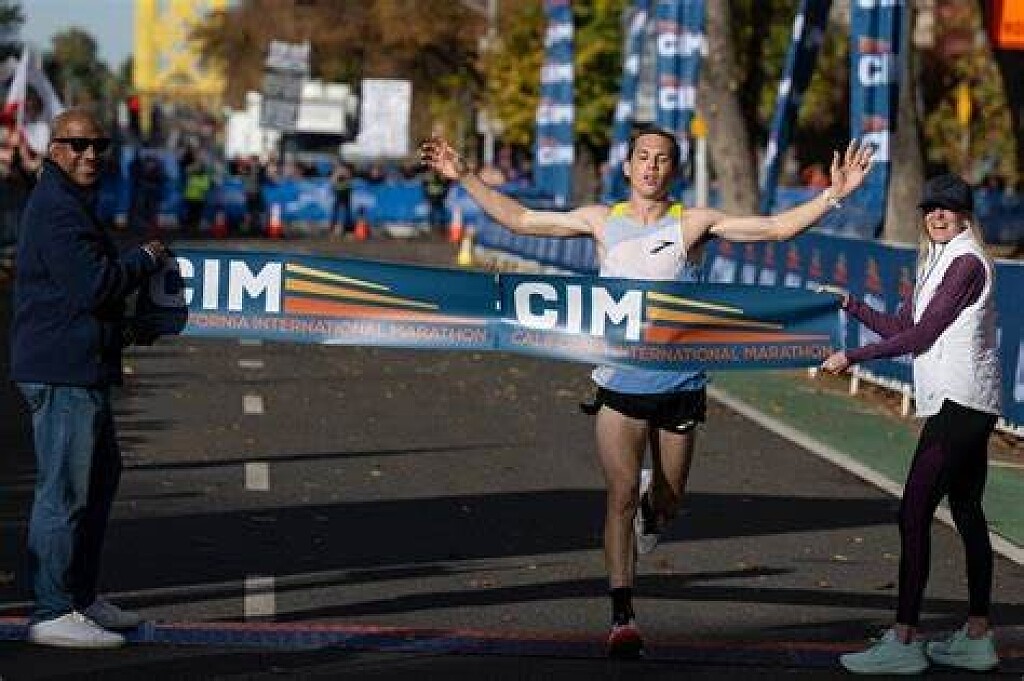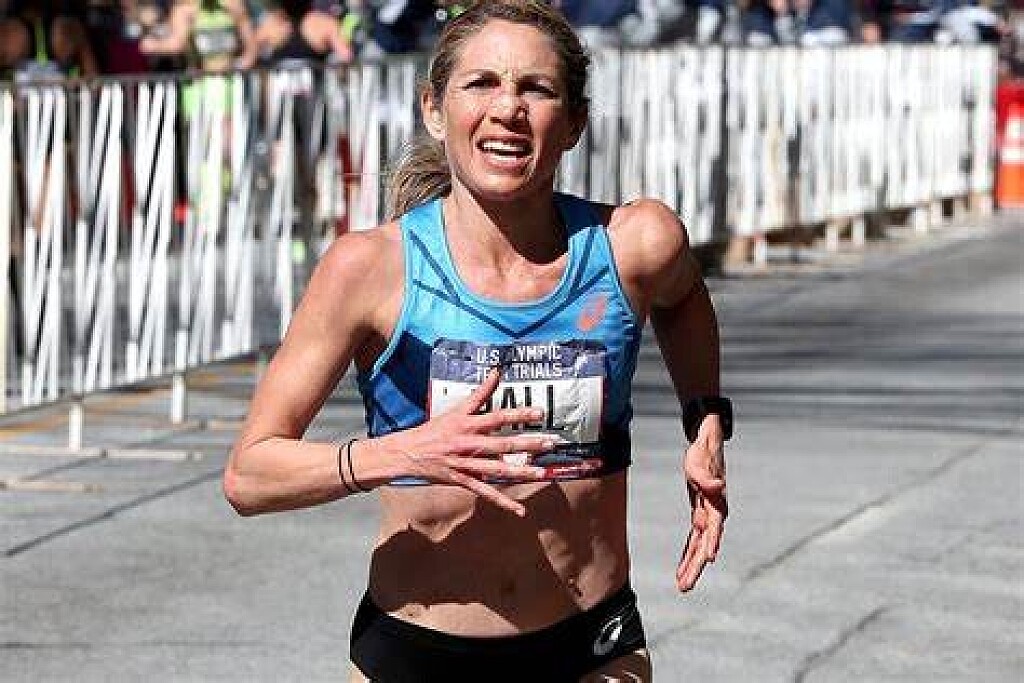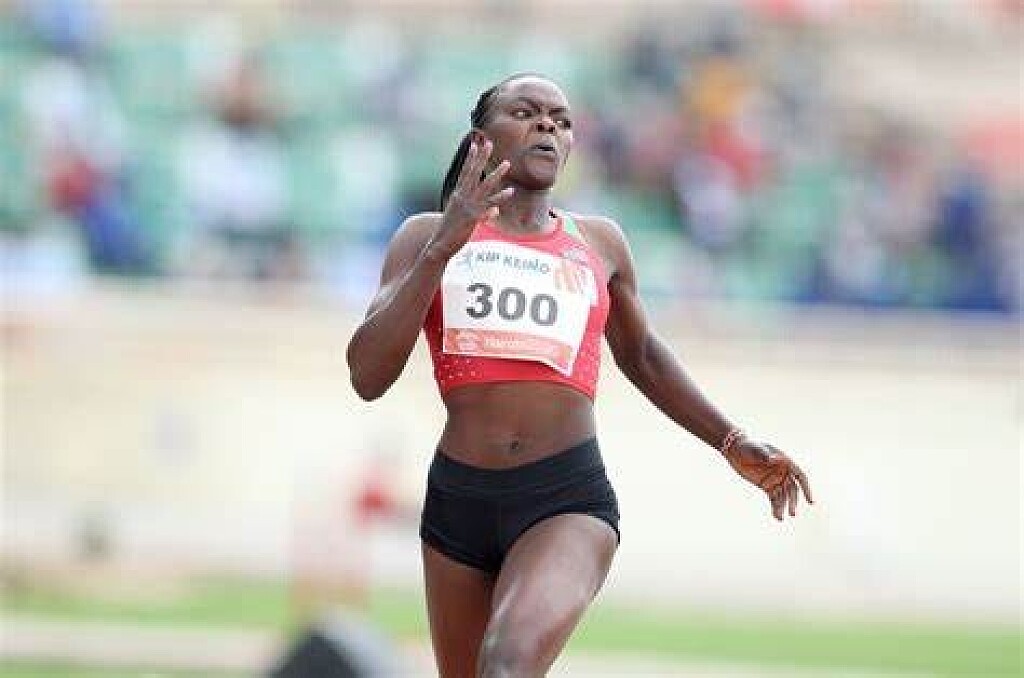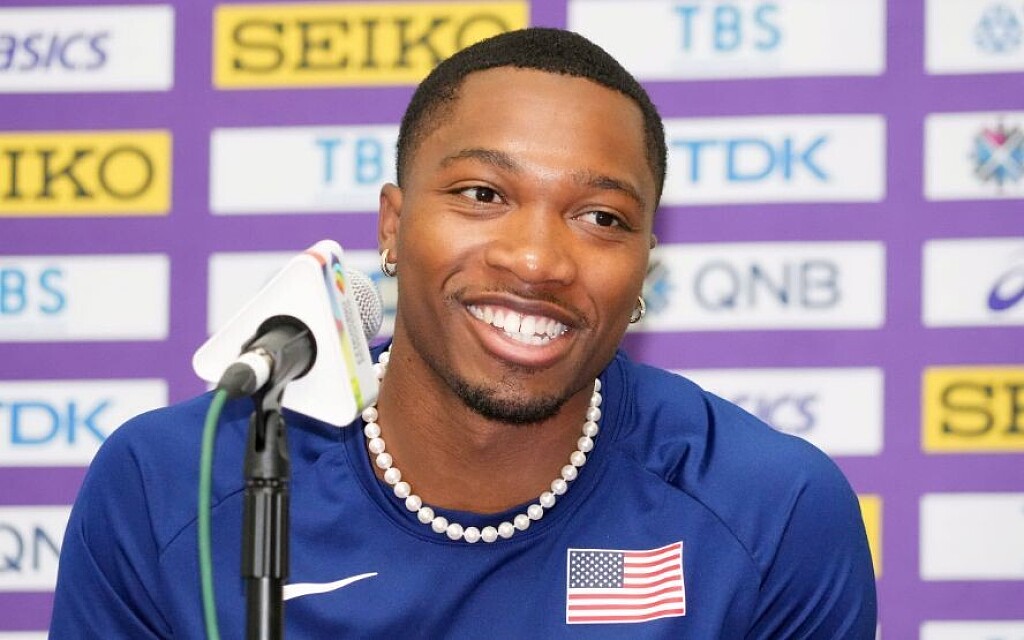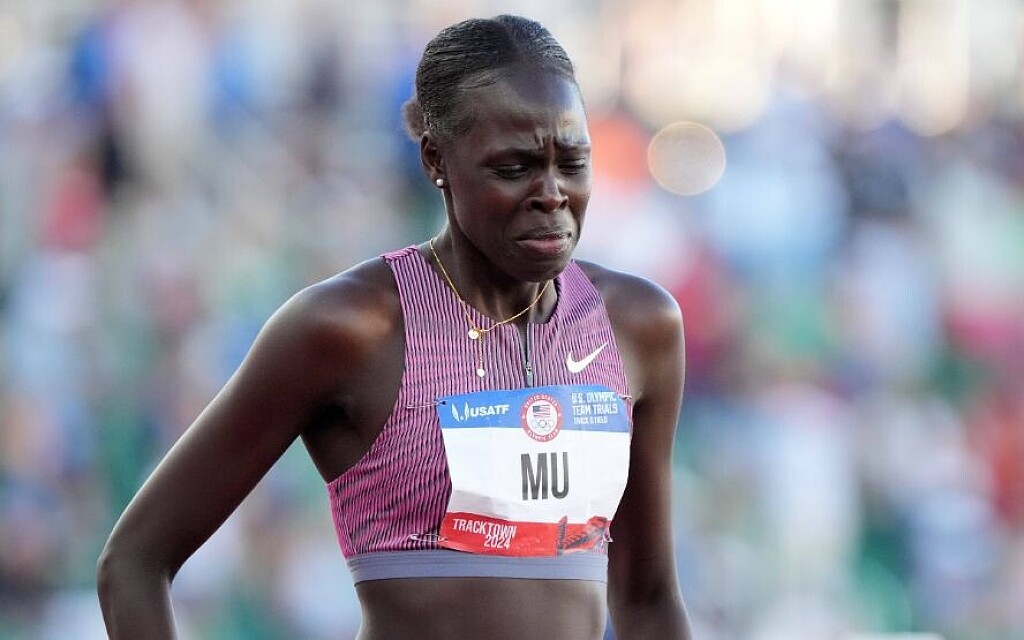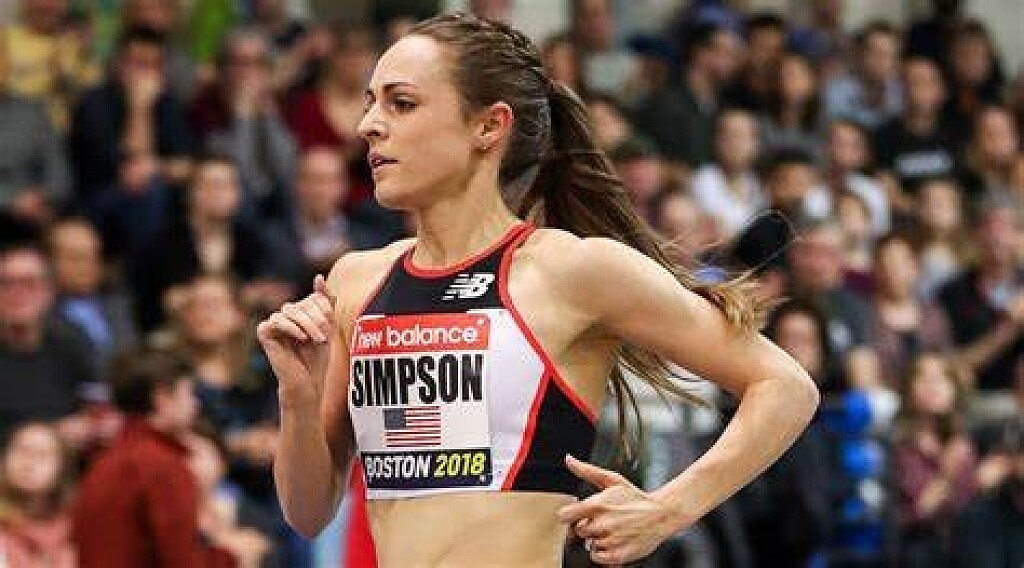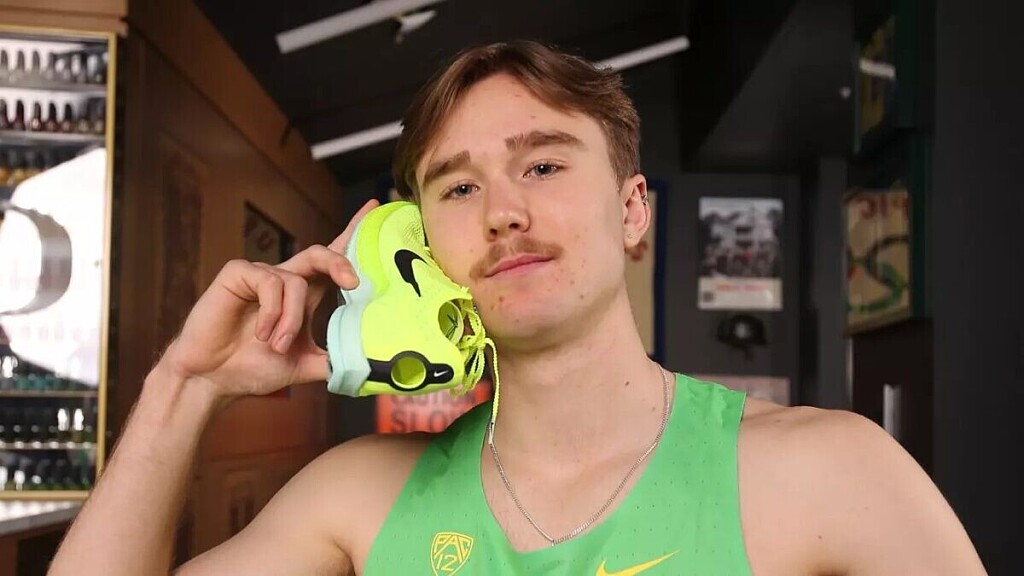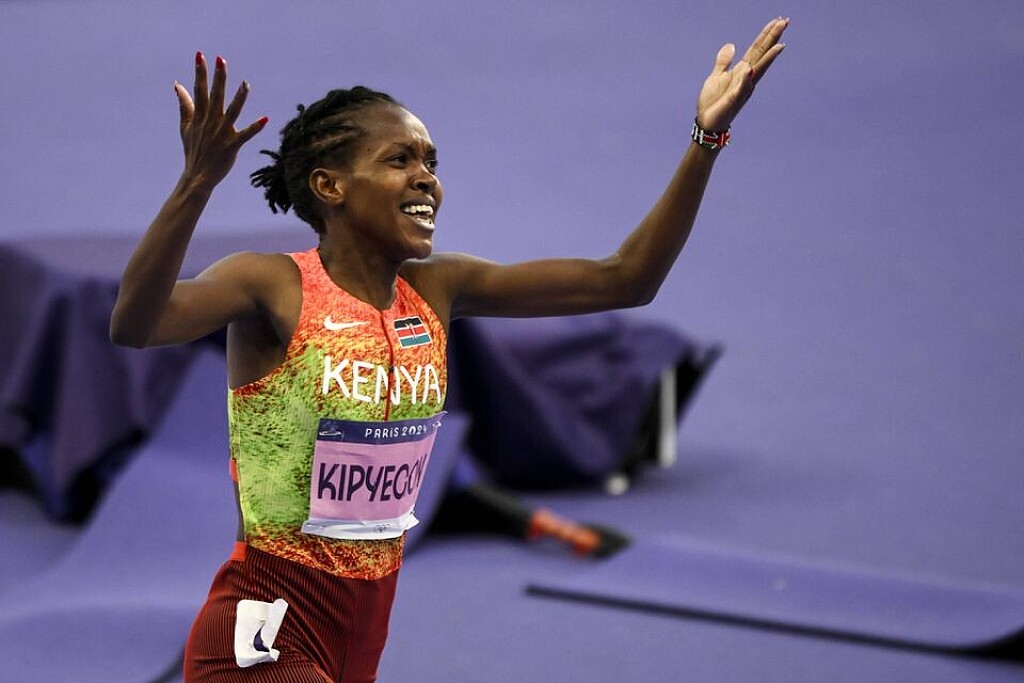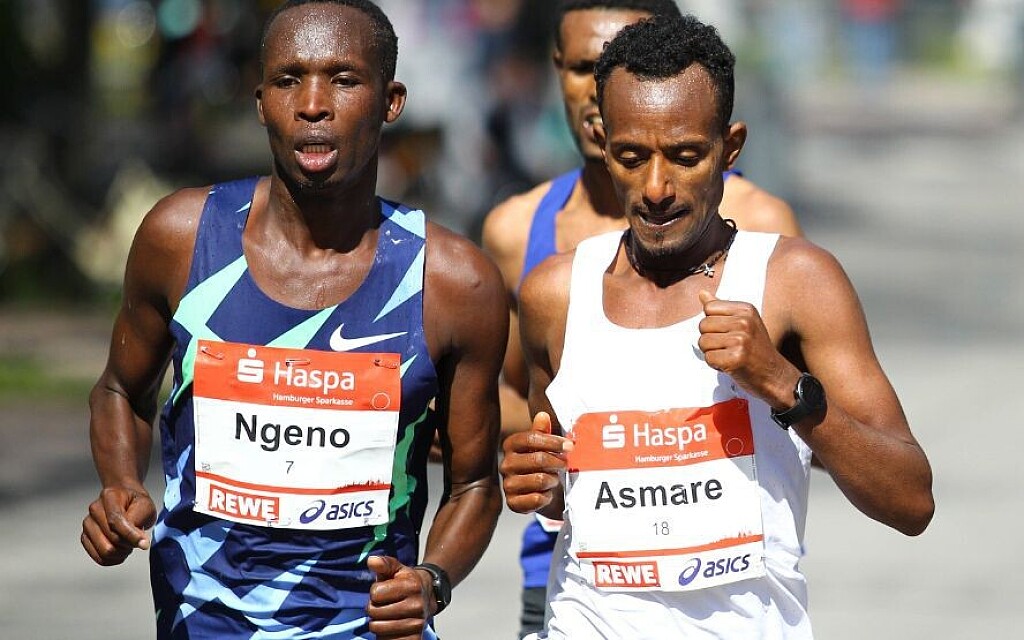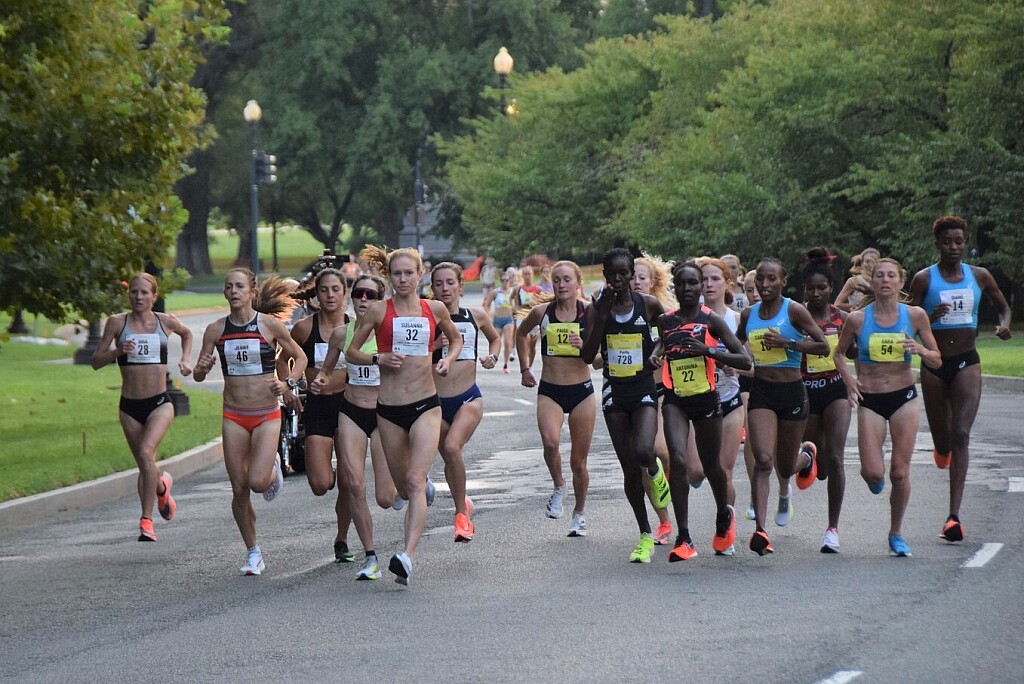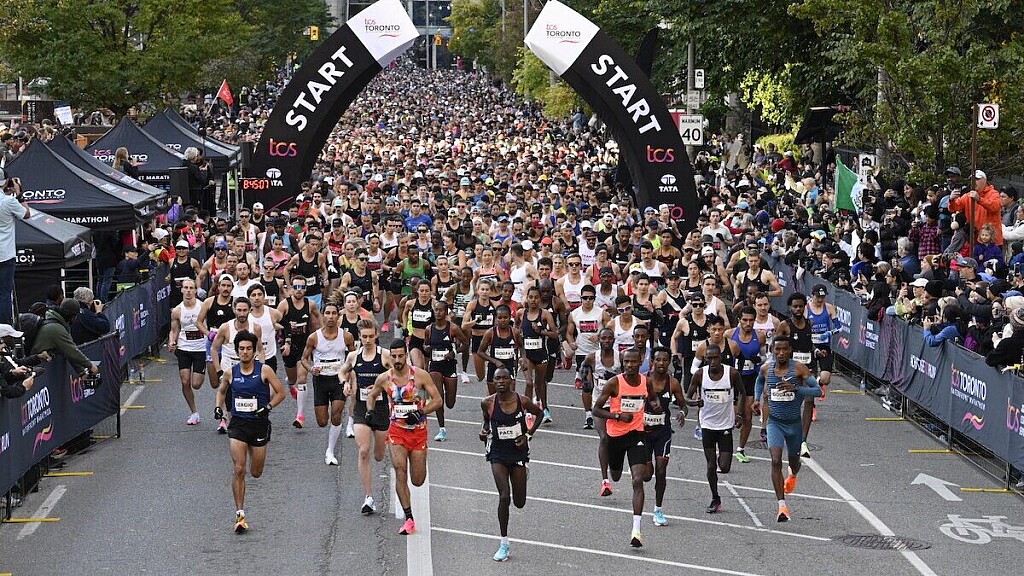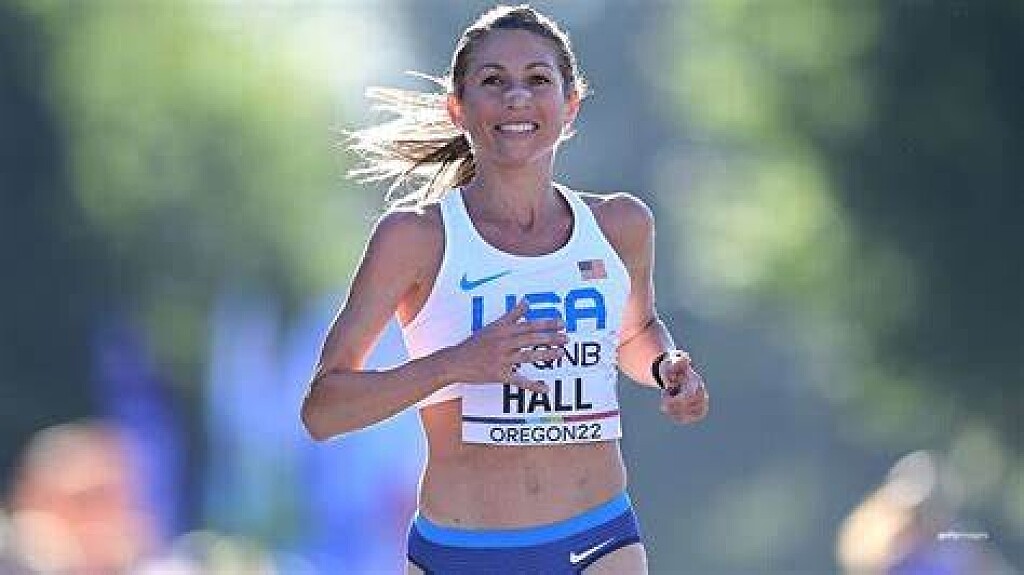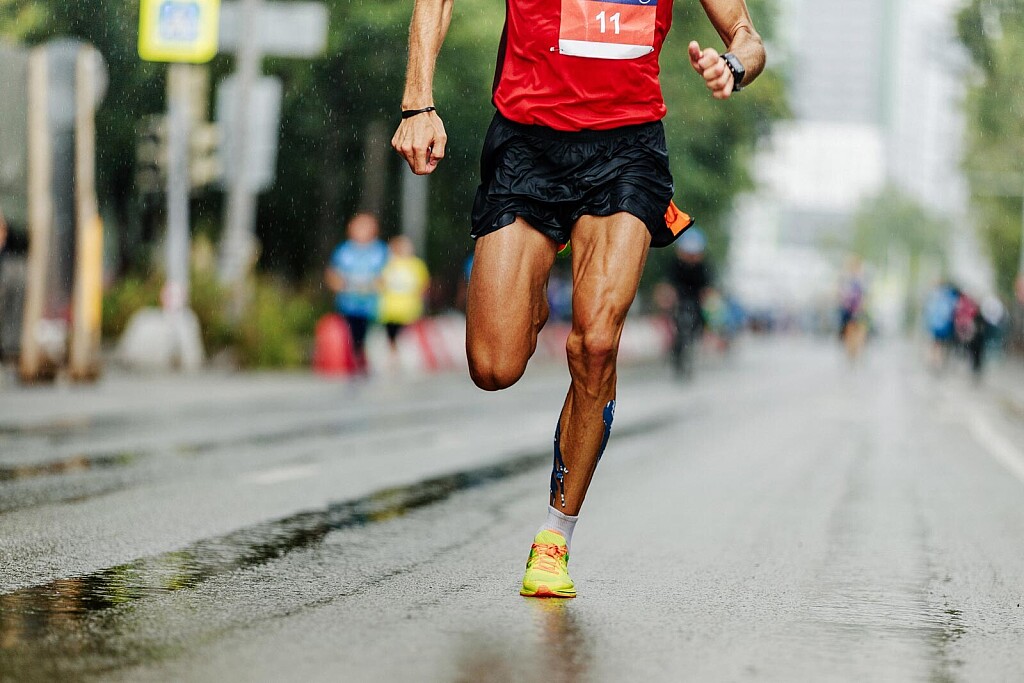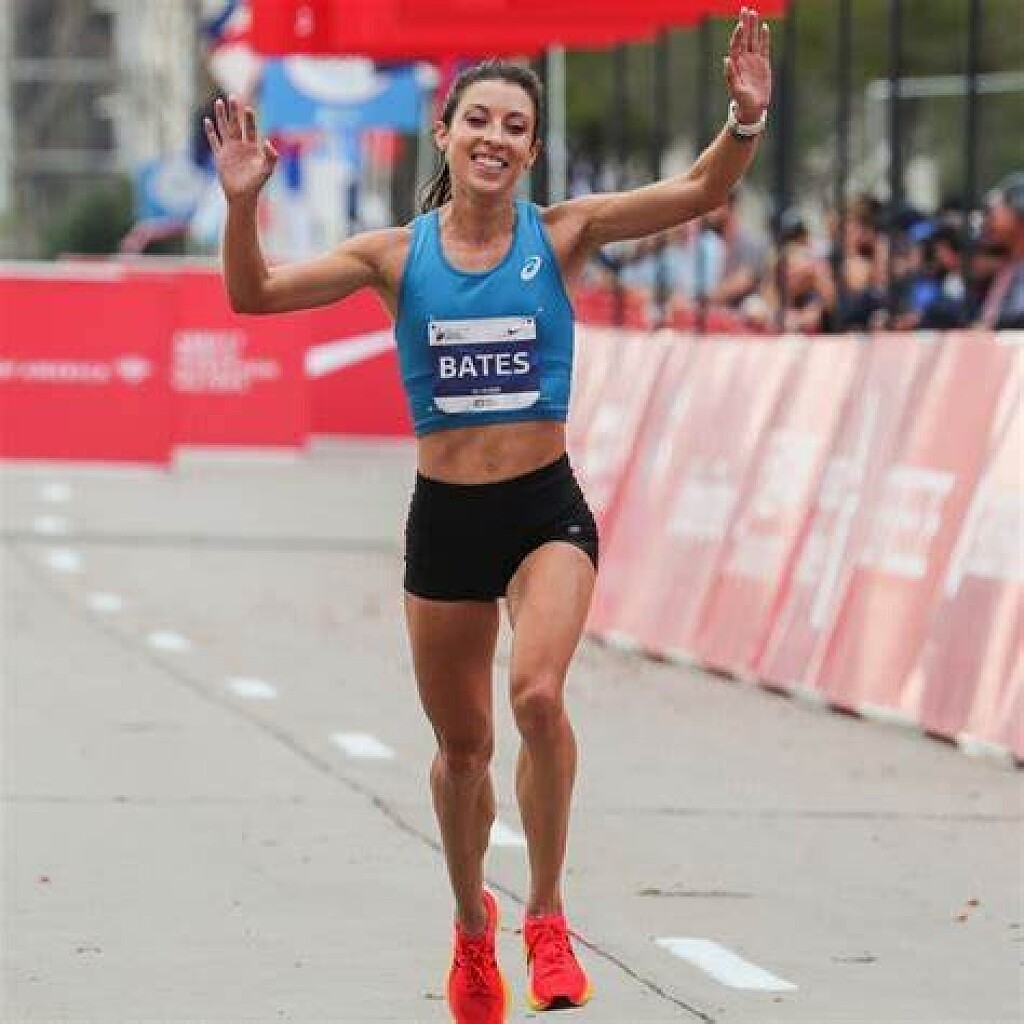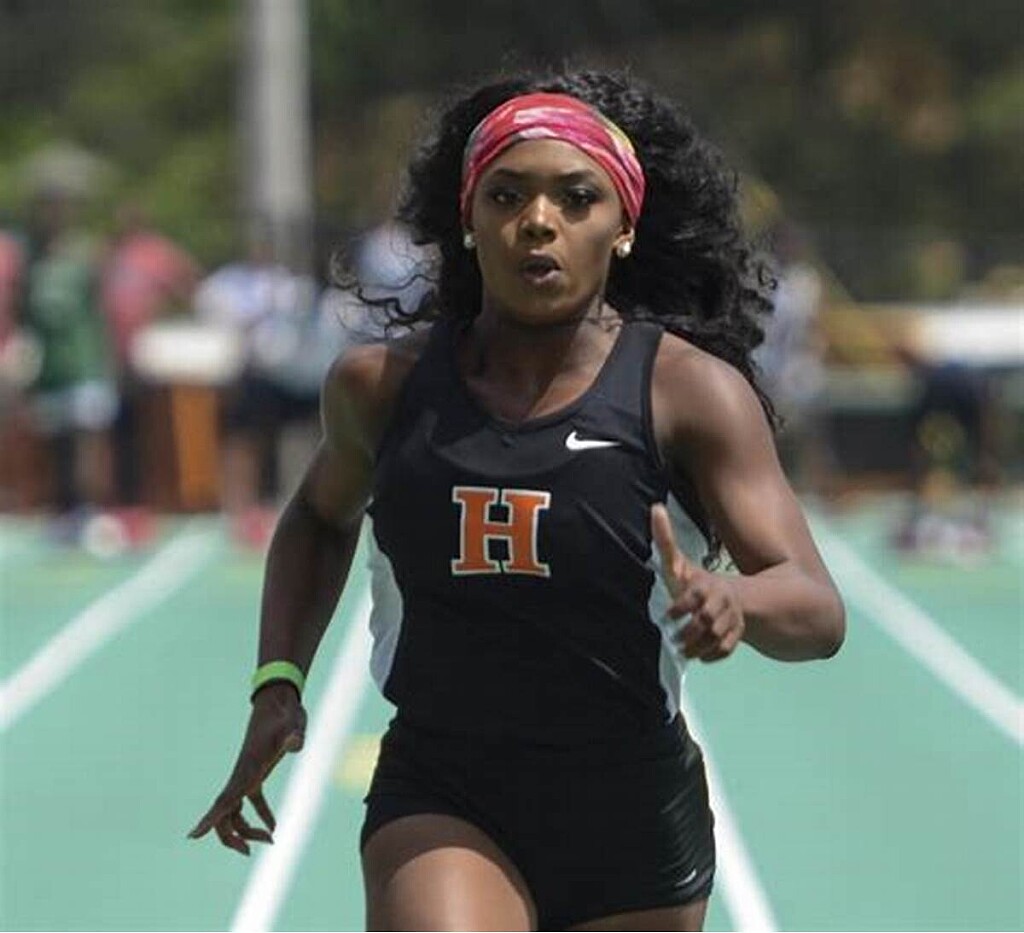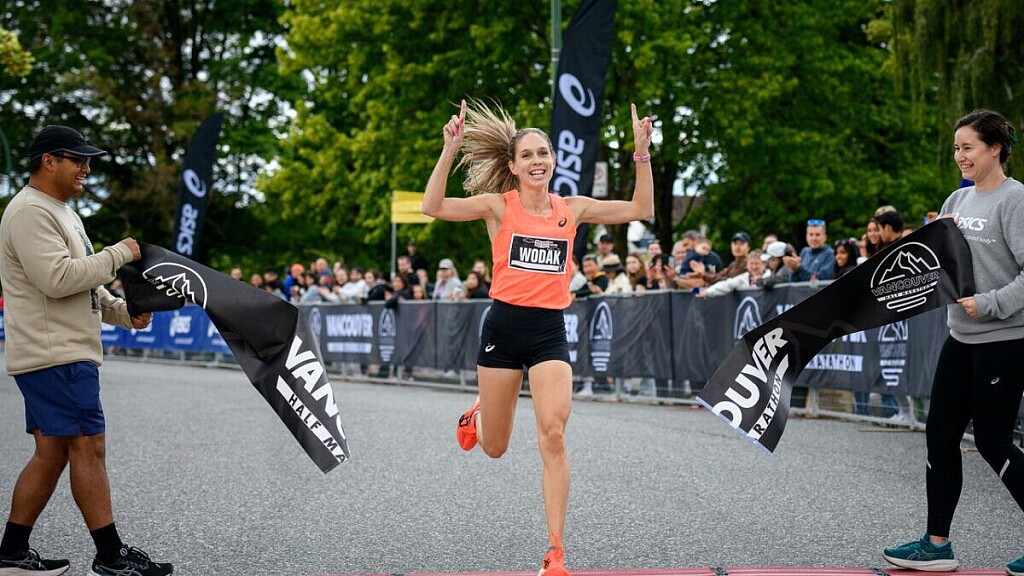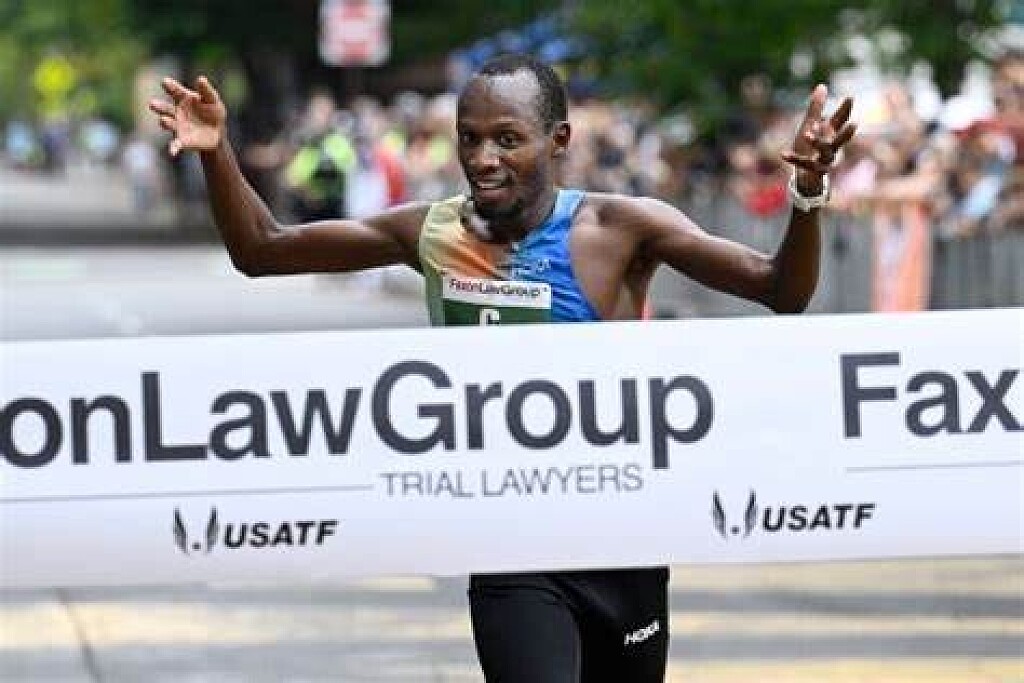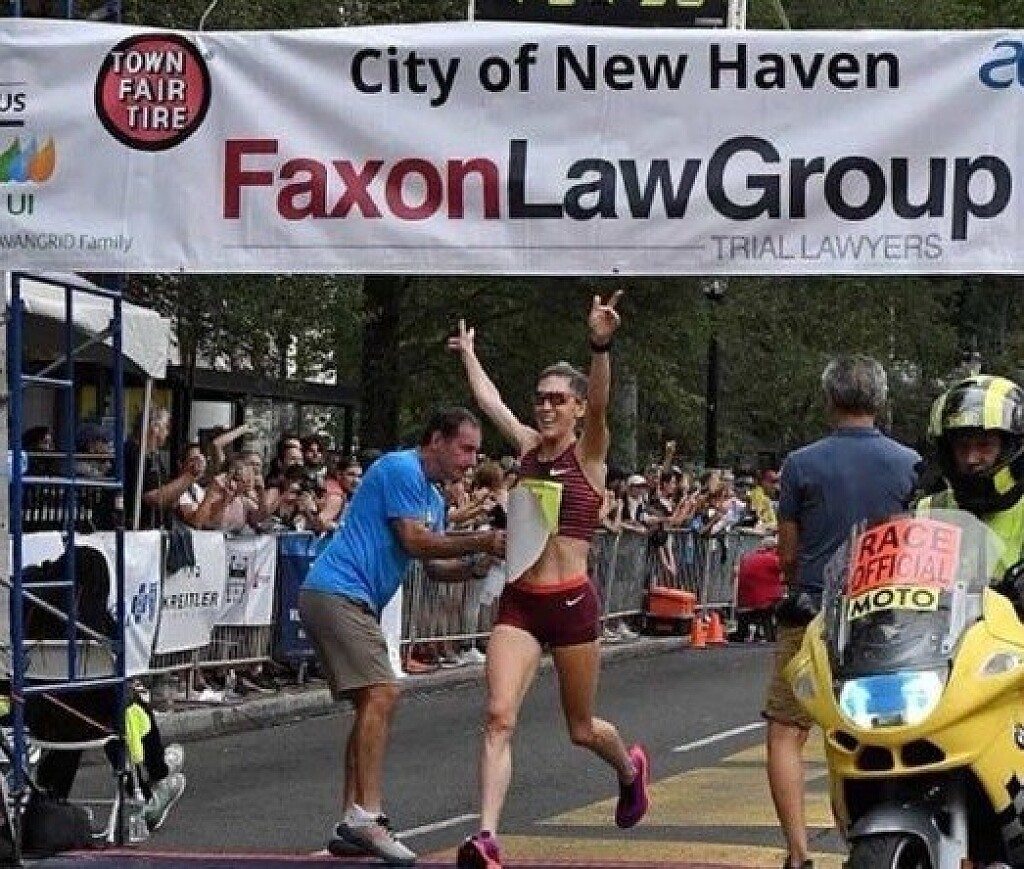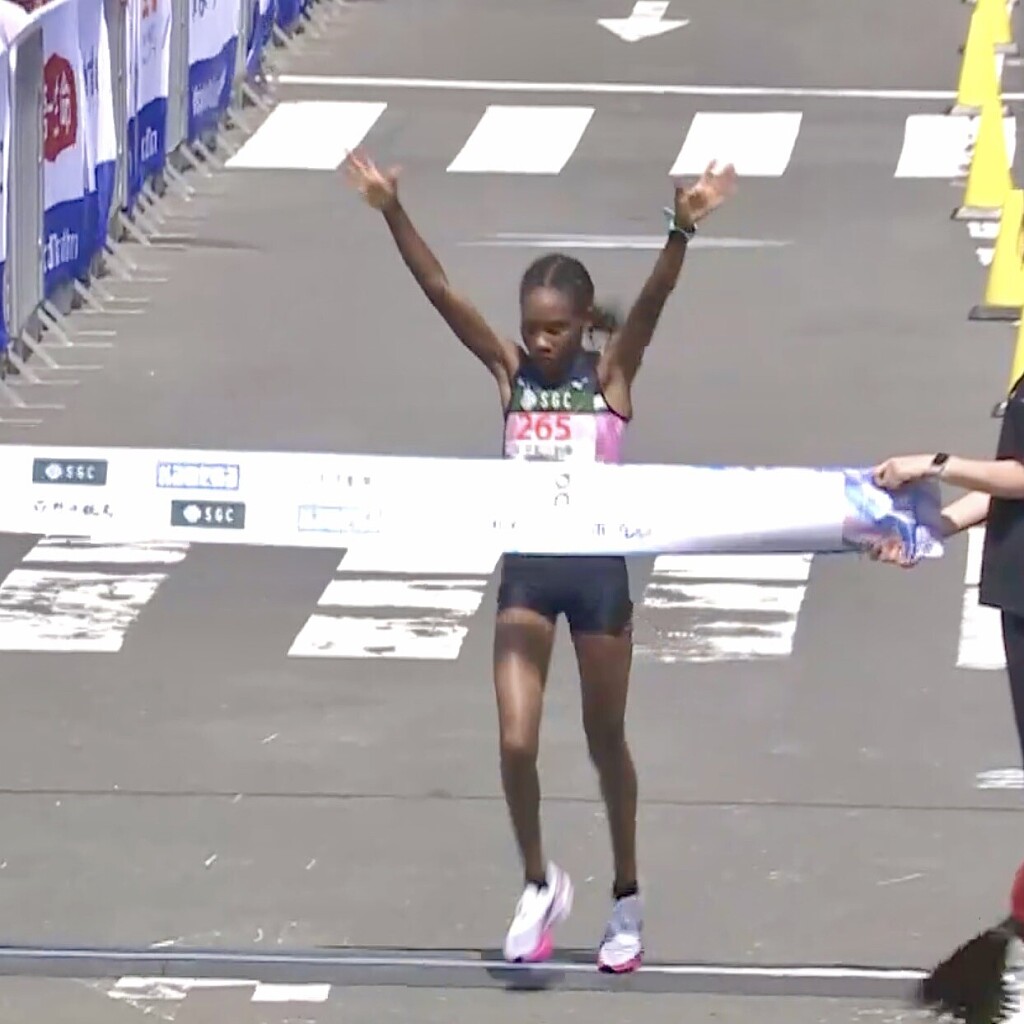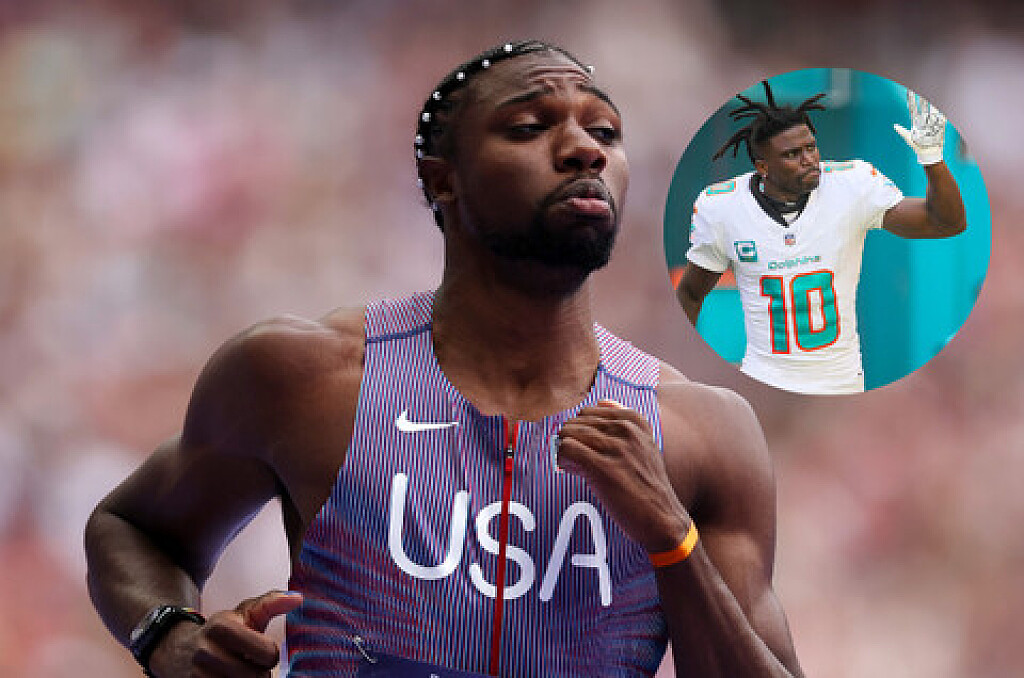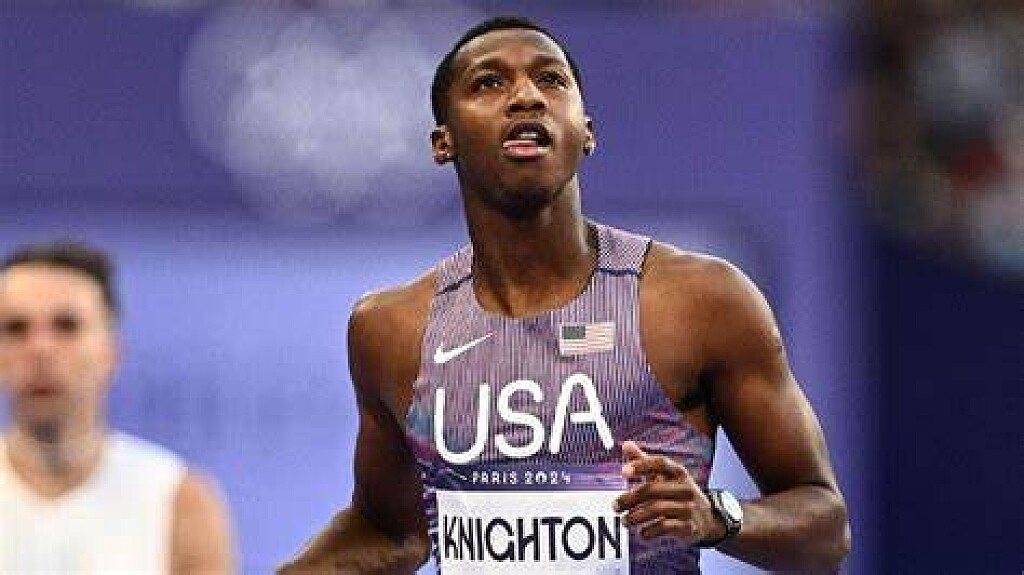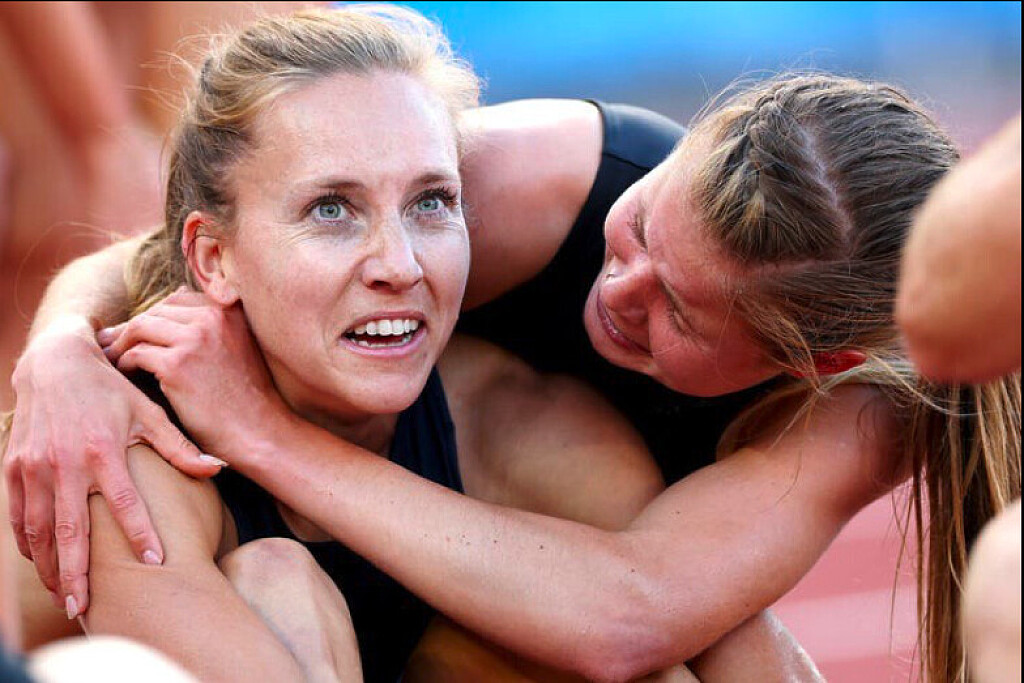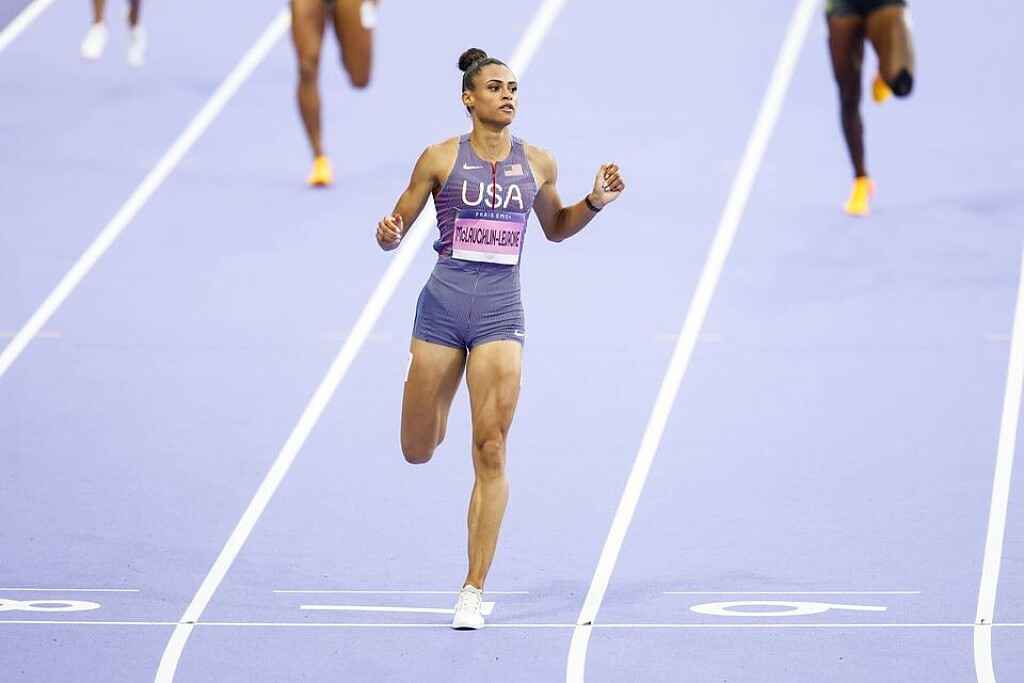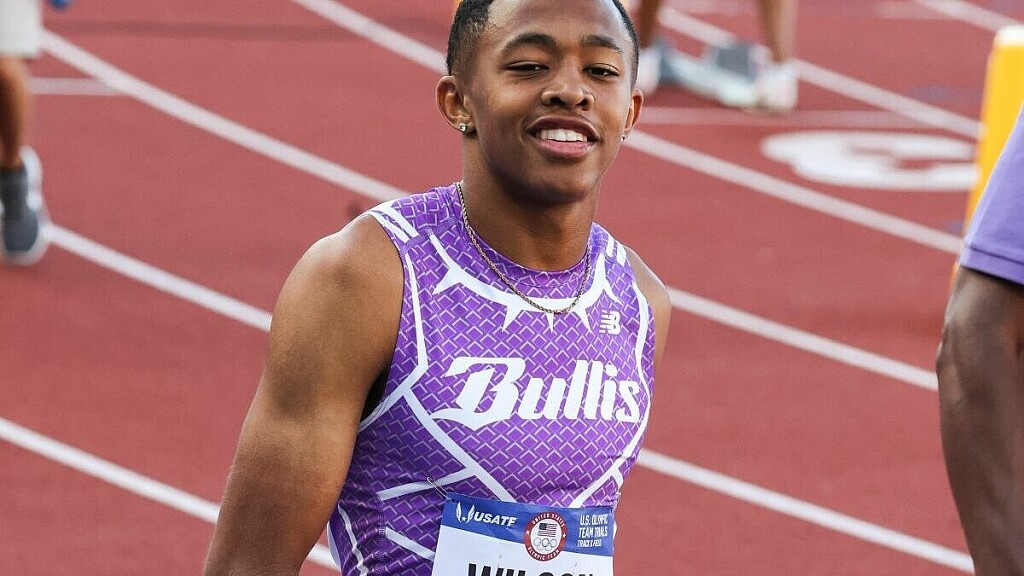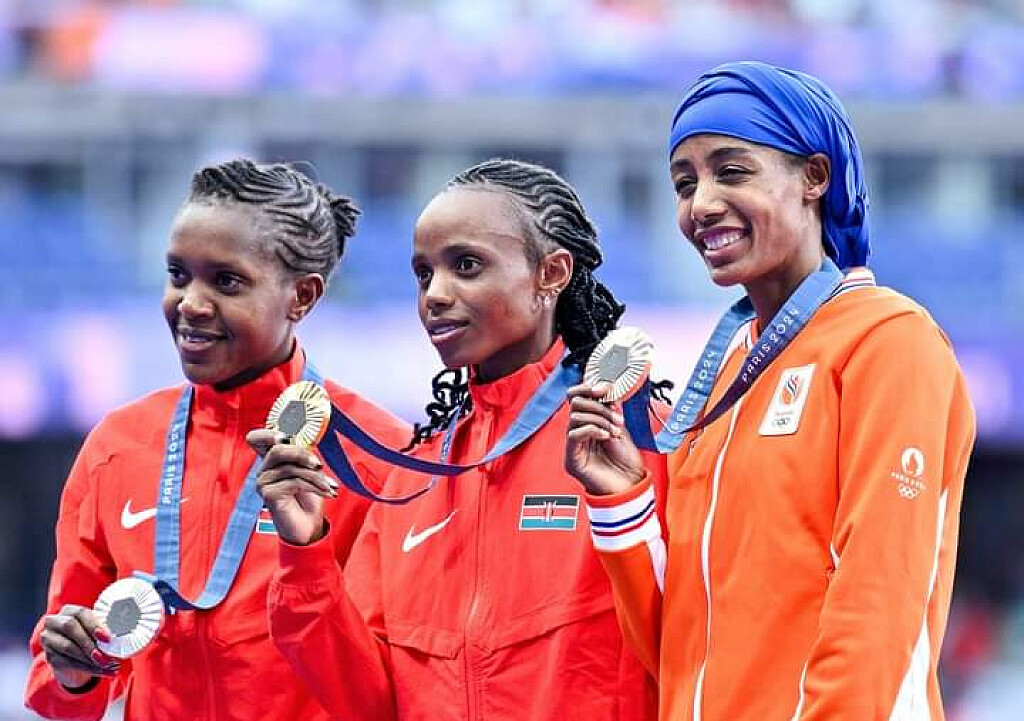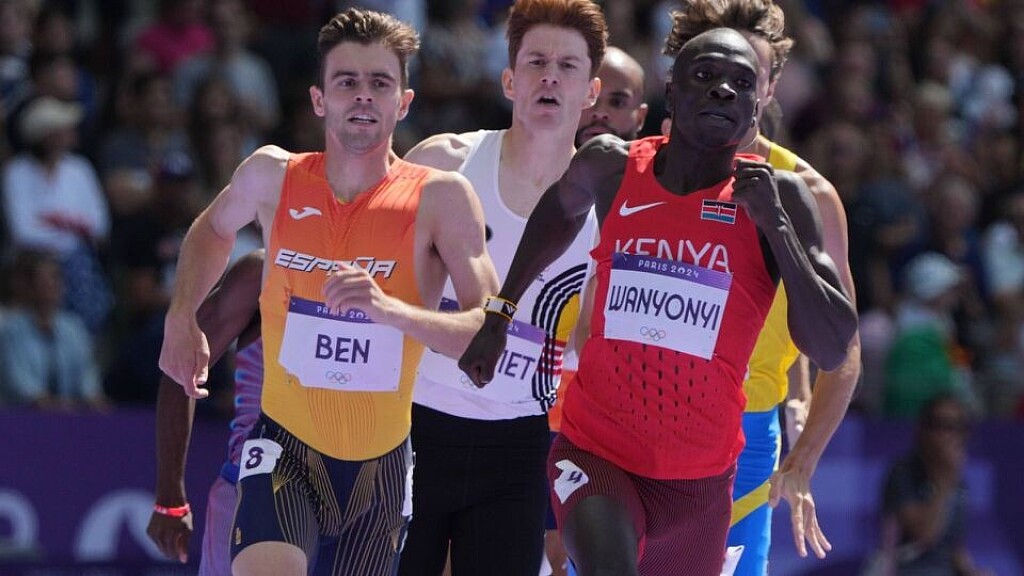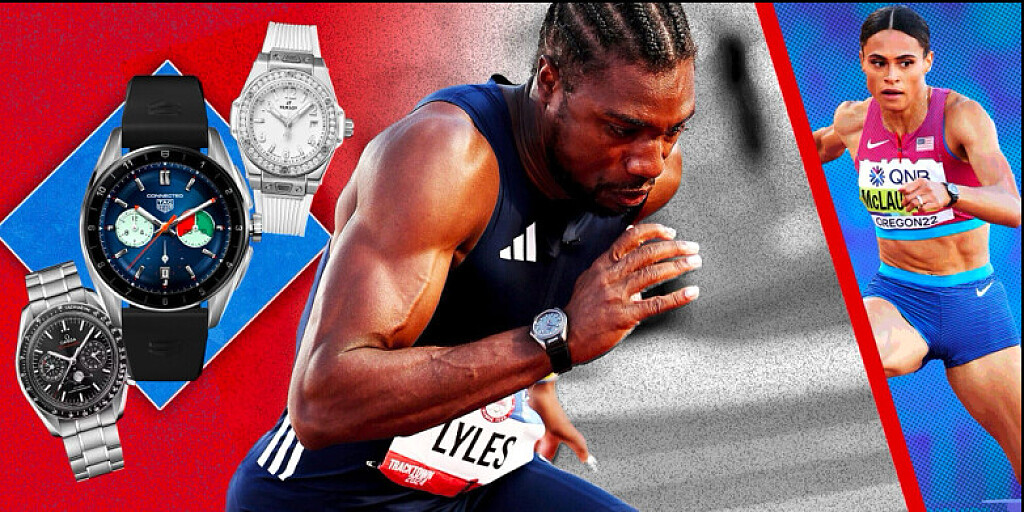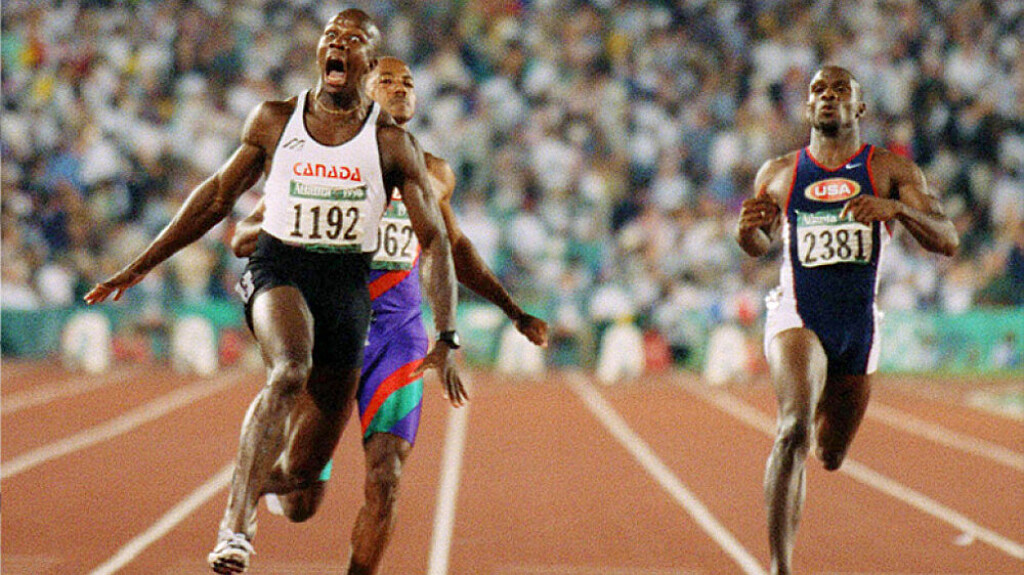Running News Daily
Running News Daily is edited by Bob Anderson. Send your news items to bob@mybestruns.com Advertising opportunities available. Train the Kenyan Way at KATA Kenya and Portugal owned and operated by Bob Anderson. Be sure to catch our movie A Long Run the movie KATA Running Camps and KATA Potato Farms - 31 now open in Kenya! https://kata.ke/
Index to Daily Posts · Sign Up For Updates · Run The World Feed
Articles tagged #Olympic Trials
Today's Running News
Chasing New York: What to Watch at the 2025 TCS New York City Marathon
Every November, the streets of New York City transform. Five boroughs become a stage. Dreams meet asphalt.
The 2025 TCS New York City Marathon is fast approaching — and for runners, coaches, and fans alike, it remains one of the most electric events on the global running calendar.
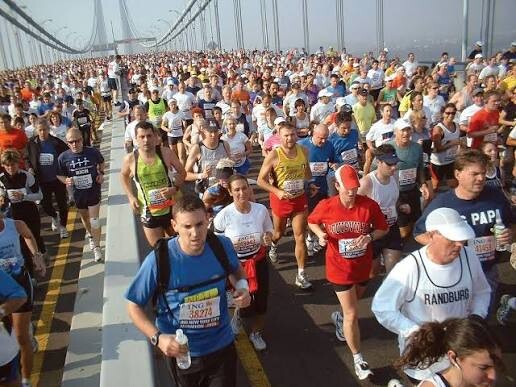
The Big Picture
• Date: Sunday, November 2, 2025
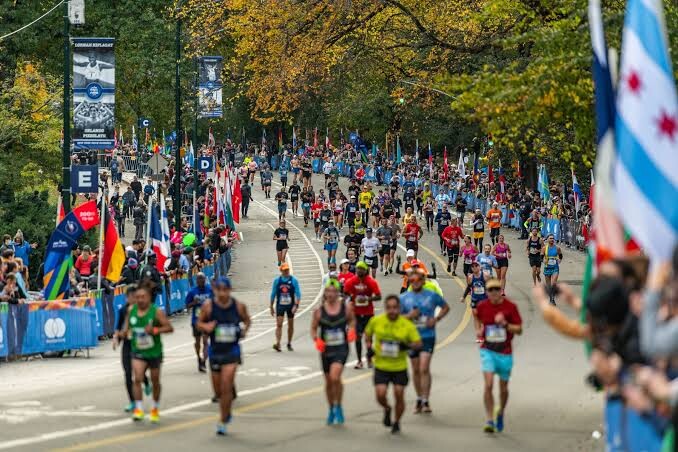
• Field size: More than 55,000 runners representing over 130 nations will take on the 26.2-mile journey from Staten Island to Central Park.
• Defending champions: Abdi Nageeye (Netherlands) and Sheila Chepkirui (Kenya) return to defend their crowns.
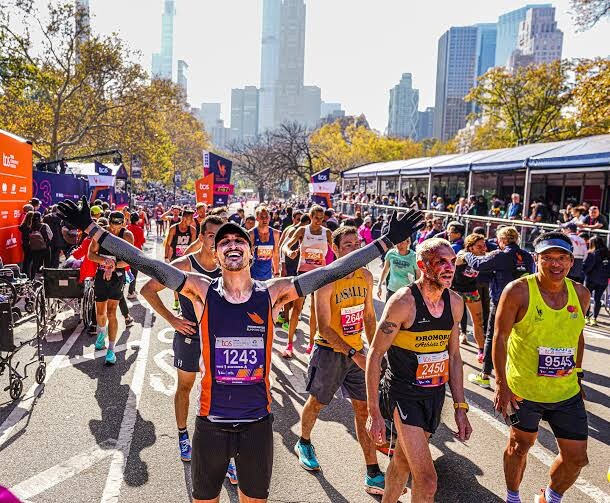
• Debut stars: Marathon legend Eliud Kipchoge and Olympic champion Sifan Hassan will make their long-awaited New York debuts — a storyline that has the running world buzzing.
• Classic route: The course again threads through all five boroughs, starting at Fort Wadsworth on Staten Island, crossing the Verrazzano-Narrows Bridge, and finishing in Central Park.
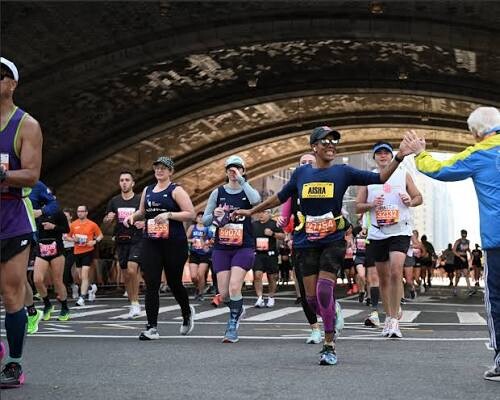
• Sustainability focus: Organizers at New York Road Runners (NYRR) continue to expand environmental initiatives, including recyclable aluminum water bottles and reduced single-use plastics.
Course Records
• Men’s Record: 2:04:58 – Tamirat Tola (2023)
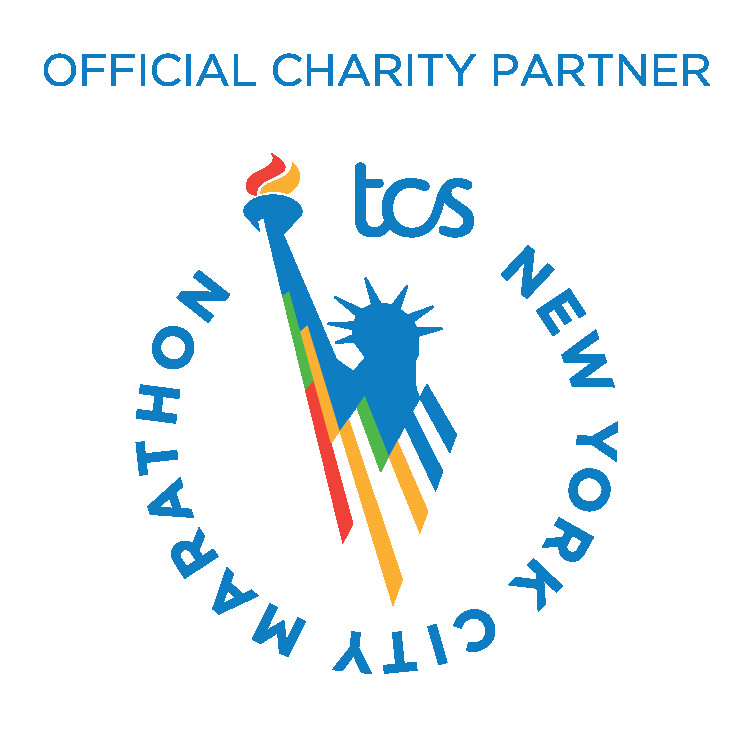
• Women’s Record: 2:22:31 – Margaret Okayo (2003)
Both marks remain tough to challenge on New York’s rolling, bridge-laden course — but with Kipchoge, Chebet, and Nageeye in the men’s field, and Hassan, Obiri, and Lokedi among the women, the potential for history is very real.
Men’s Elite Highlights
• Eliud Kipchoge (Kenya) – two-time Olympic champion, 2:01:09 PB, running NYC for the first time.
• Abdi Nageeye (Netherlands) – defending champion and Olympic silver medalist.
• Evans Chebet (Kenya) – two-time Boston Marathon champion.
• Benson Kipruto (Kenya) – Chicago 2022 winner.
• Albert Korir (Kenya) – former NYC champion.
• Joe Klecker (USA) – U.S. Olympian making his marathon debut.
• Hillary Bor (USA) – U.S. steeplechase champion transitioning to the roads.
• Charles Hicks (USA) – NCAA cross-country champion now turning professional.
Women’s Elite Highlights
• Sifan Hassan (Netherlands) – Olympic champion, winner in London (2023) and Chicago (2024).
• Hellen Obiri (Kenya) – Boston 2023 and NYC 2023 champion.
• Sharon Lokedi (Kenya) – NYC 2022 winner, still a local favorite.
• Sheila Chepkirui (Kenya) – defending NYC champion.
• Emily Sisson (USA) – current American marathon record holder (2:18:29).
• Molly Seidel (USA) – Tokyo Olympic bronze medalist.
• Fiona O’Keeffe (USA) – 2024 U.S. Olympic Trials marathon champion.
• Susanna Sullivan (USA) – Top-10 finisher at Boston 2023, consistent national contender.
This year’s field features 49 Olympians and Paralympians, nine past major marathon winners, and 16 medalists from Olympic or World Championship events — arguably the deepest lineup in New York history.
What Makes New York Unique (and Brutal)
• Rolling terrain and bridges: The Verrazzano, Pulaski, Queensboro, and Willis bridges each sap rhythm and energy.
• Crowd power: Two million spectators line the course, creating unmatched atmosphere — and volume.
• Late-season unpredictability: Weather can swing from cold drizzle to crisp fall perfection.
• Tactical racing: With its uneven pacing demands, NYC rewards strategy over pure speed.
Storylines to Watch
• Kipchoge’s debut: The marathon GOAT takes on the sport’s loudest stage. Can he master New York’s relentless hills and twists?
• Hassan’s bold quest: Coming off London and Chicago wins, can she complete the trifecta in her first NYC appearance?
• Lokedi vs. Obiri: The Kenyan duo continue their fierce rivalry on familiar ground.
• Nageeye’s defense: Last year’s champion faces his toughest test yet with Chebet and Kipruto in pursuit.
• American charge: Sisson, Seidel, O’Keeffe, and Sullivan lead the most complete U.S. women’s team in years — while Klecker and Bor look to ignite the next chapter for American men’s marathoning.
• Record watch: Tola’s 2:04:58 may finally be tested, and Okayo’s 22-year-old mark could fall if conditions align.
For Runners and Coaches
• Train the bridges. Practice long tempo runs that mimic New York’s undulating rhythm.
• Respect the pace. The roar of Brooklyn can trick even the best into going out too fast.
• Fuel flexibly. NYRR’s eco-station setup may differ from other majors — plan accordingly.
• Stay mentally sharp. The final 10 K through Central Park can break anyone unprepared for its hills.
• Layer smartly. Start slightly chilled; the crowds and effort will warm you fast.
The Bottom Line
The 2025 TCS New York City Marathon blends star power, unpredictability, and history like no other race. From Kipchoge’s long-awaited debut to the fiercest women’s field ever assembled in New York, every mile promises drama.
For runners chasing personal bests, and for millions of spectators lining the streets or watching from afar, November 2 will again remind us why this marathon is more than a race — it’s a celebration of endurance, spirit, and the human story that unfolds across 26.2 miles of the world’s greatest city.
by Boris Baron
Login to leave a comment
TCS New York City Marathon
The first New York City Marathon, organized in 1970 by Fred Lebow and Vince Chiappetta, was held entirely in Central Park. Of 127 entrants, only 55 men finished; the sole female entrant dropped out due to illness. Winners were given inexpensive wristwatches and recycled baseball and bowling trophies. The entry fee was $1 and the total event budget...
more...Marion Irvine, the ‘Running Nun,’ Who Redefined Age and Athletics, Dies at 95
Marion Irvine, known worldwide as “The Running Nun,” passed away this week at the age of 95. She was one of the most remarkable figures in the history of women’s running — a late-blooming athlete who shattered age barriers and inspired generations.
Irvine didn’t start running until age 48, yet within a few short years, she was winning races, breaking records, and earning a sponsorship from Nike. By her early 50s, she was finishing marathons in under three hours — an achievement that placed her among the best masters runners of her era.
A Late Start, a Fast Finish
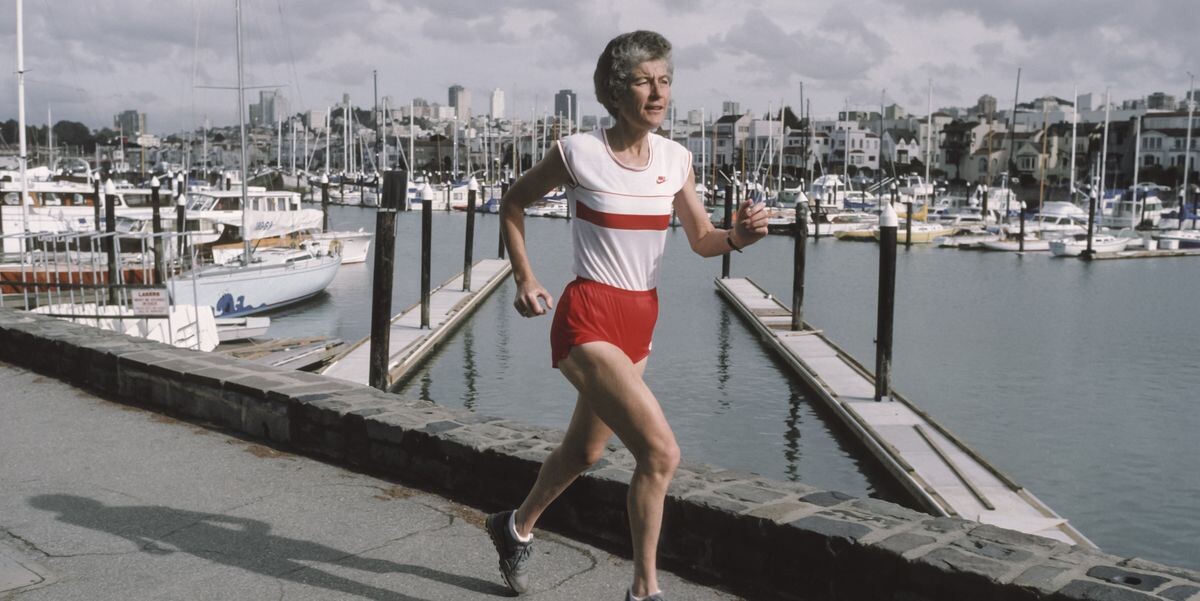
Her running journey began modestly, but once she laced up, there was no stopping her. As a Dominican nun and educator, Irvine balanced her spiritual calling with an ever-growing passion for running. “Running became my form of meditation,” she once said. “Every stride was a prayer.”
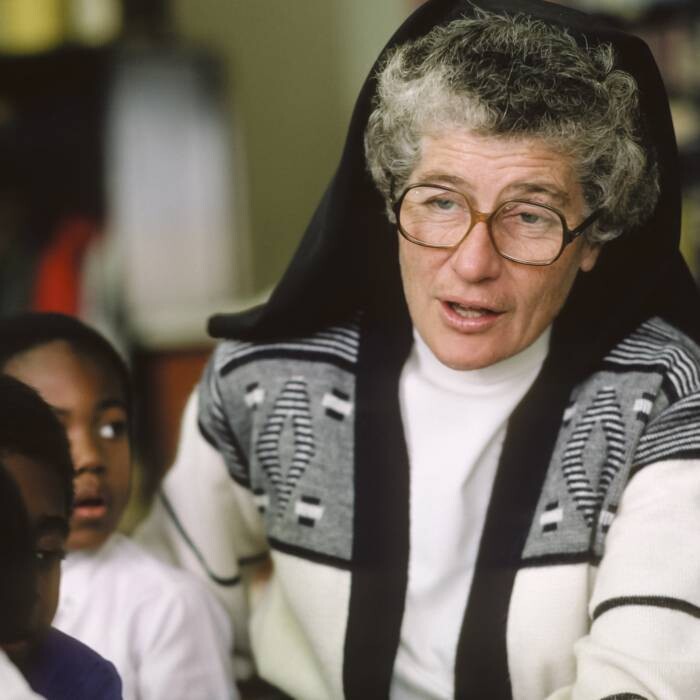
Her personal best marathon time, an astonishing 2:51, made headlines and stood as a record for her age group. At a time when women’s long-distance running was still gaining legitimacy, Irvine proved that age — and gender — were no barriers to excellence.
Breaking Barriers and Inspiring Generations
Irvine became a fixture in the running community, competing across the U.S. and often speaking about discipline, purpose, and faith. Her humility and humor drew runners to her wherever she went. She was inducted into several running halls of fame and featured in numerous articles, television interviews, and documentaries celebrating her accomplishments.
For Irvine, running was more than competition. It was connection — to her faith, her body, and the world around her. Her story encouraged thousands of older adults to begin running later in life, proving that it’s never too late to start.
A Legacy Beyond the Finish Line
Even after she stopped racing competitively, Sister Marion continued to coach and mentor runners. She remained a visible and joyful presence at road races well into her later years, often reminding others that “you don’t stop running because you get old — you get old because you stop running.”
Her passing marks the end of an era, but her story will continue to move runners everywhere.
Rest in peace, Sister Marion Irvine — the Running Nun who showed the world what it means to run with purpose.
Career Highlights: Marion Irvine, “The Running Nun”
• Born: 1930
• Started Running: Age 48
• First Marathon: 1978, in under 4 hours
• Personal Best: 2:51:01 marathon (age 54)
• Olympic Trials Qualifier: 1984 U.S. Women’s Marathon Trials — one of the oldest qualifiers
• Nike Sponsorship: First nun to receive a professional running sponsorship from Nike
• Religious Order: Dominican Sisters of San Rafael, California
• Recognition: Inducted into the USA Track & Field Masters Hall of Fame
• Quote to Remember: “Running is my form of prayer. Every mile is a conversation with God.”
by Boris Baron
Login to leave a comment
Tracksmith Launches “Stamata” — A New Women’s Marathon Team Aiming for the 2028 U.S. Olympic Trials
In a bold and inspiring move to uplift women’s distance running in the United States, Tracksmith has announced the formation of Tracksmith Stamata, a dedicated women’s marathon team. The initiative is led by elite marathoner and long-time advocate for female athletes, Stephanie Bruce, and is aimed squarely at helping women qualify for the 2028 U.S. Olympic Marathon Trials.
With a surge of momentum building in the U.S. women’s distance scene, the timing couldn’t be more ideal.
Supporting Women on the Olympic Path
The team’s mission is clear: identify and support talented women with the potential to reach the Olympic Trials, and ultimately, the Olympic Games. Named “Stamata” — Greek for “to stop,” perhaps symbolizing the end of outdated barriers and the start of something powerful — the team brings a structured, fully backed approach to marathon preparation.
Tracksmith will provide:
• Training camps
• Targeted marathon attempts
• Financial stipends
• Performance gear
• Access to sports professionals, including coaches, nutritionists, and medical experts
This comprehensive support structure is designed to level the playing field, especially for emerging or overlooked athletes who may not yet have major sponsorship deals.
California International Marathon to Host Team Debut
The California International Marathon (CIM) — long known for its fast course and Trials-qualifying potential — will be the official debut race for Tracksmith Stamata. The selection of CIM reflects the team’s pragmatic focus on real results and meaningful opportunities. In recent years, CIM has been a launchpad for many Olympic Trials qualifiers, and it’s the perfect stage for Stamata’s debut.
Stephanie Bruce at the Helm
Stephanie Bruce, who recently concluded her own professional racing career, brings not only elite experience but also deep empathy and advocacy for working mothers, aging athletes, and under-supported competitors. Her leadership signals that Stamata isn’t just a racing team — it’s a movement.
“This isn’t just about fast times. It’s about building an environment where women can thrive, be seen, and be supported in their pursuit of excellence,” Bruce said in a recent interview.
Let’s make it happen
The women’s marathon scene in the U.S. is more competitive than ever. As the road to Los Angeles 2028 heats up, initiatives like Tracksmith Stamata play a critical role in widening the access point and reinforcing the pipeline of elite female marathoners.
Whether you’re chasing a Trials standard or cheering from the sidelines, there’s no doubt: Stamata is a name to remember on the road to 2028.
by Boris Baron
Login to leave a comment
Western States 100 Gears Up for an Epic Showdown Across Sierra Trails
The legendary Western States 100-Mile Endurance Run returns June 28–29, 2025, promising one of the most competitive and compelling editions in its storied history. Known as the world’s oldest 100-mile trail race, this ultra begins in Olympic Valley (formerly Squaw Valley) and finishes 100 rugged miles later at Placer High School in Auburn, California.
With more than 18,000 feet of climbing and 23,000 feet of descent, the race tests every aspect of a runner’s will and endurance. From snow-capped ridges to sweltering canyon floors, the course traverses remote backcountry, river crossings, and punishing climbs—all under the clock, with the coveted silver belt buckle awaiting those who finish under 24 hours.

Who’s Racing?
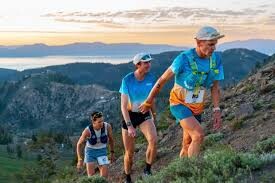
This year’s field is packed with elite talent, resilient veterans, and powerful storylines.
Top Men’s Contenders:
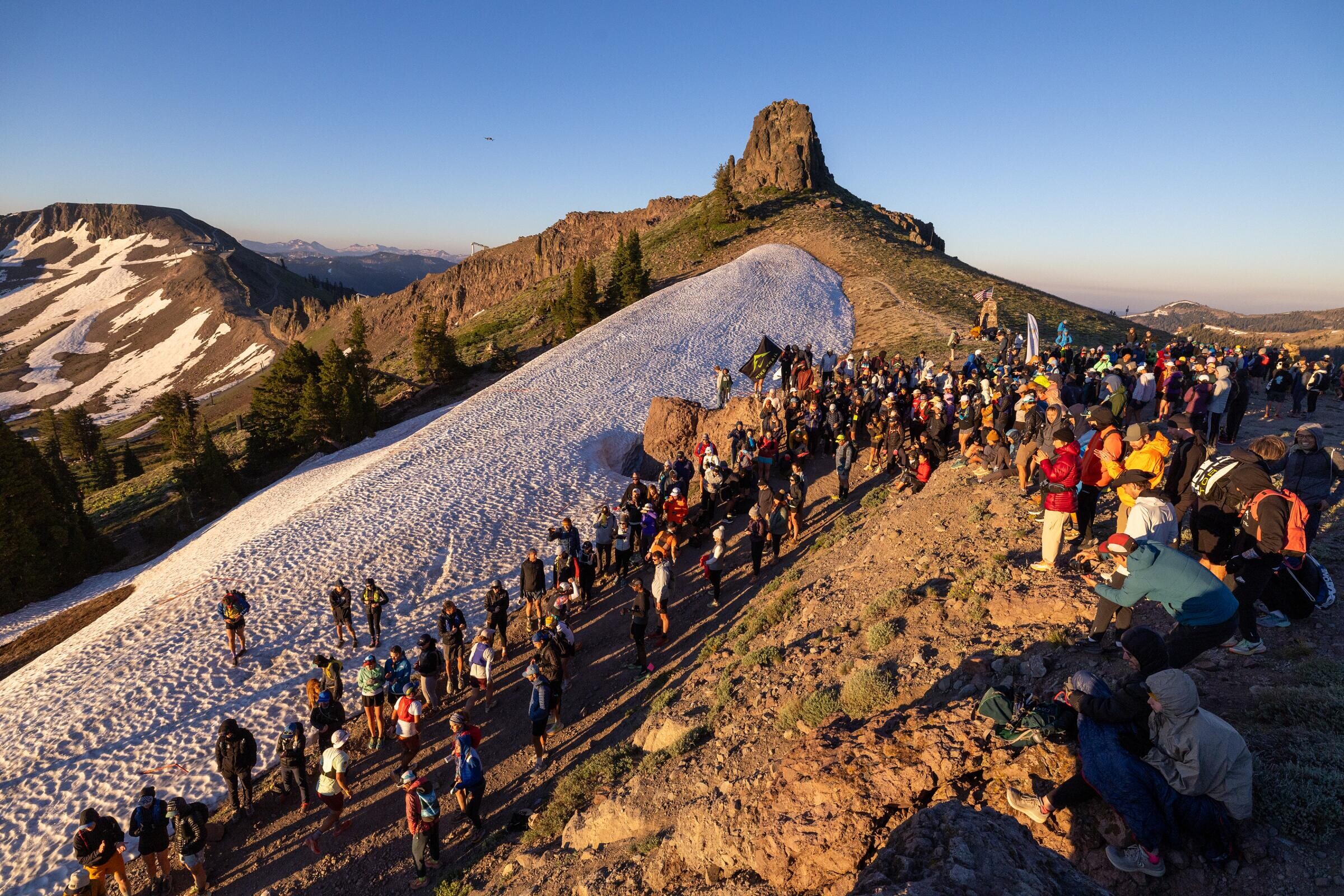
• Rod Farvard (USA) – One of the fastest Golden Ticket winners this season.
• Dan Jones (New Zealand) – Former Olympic Trials marathoner.
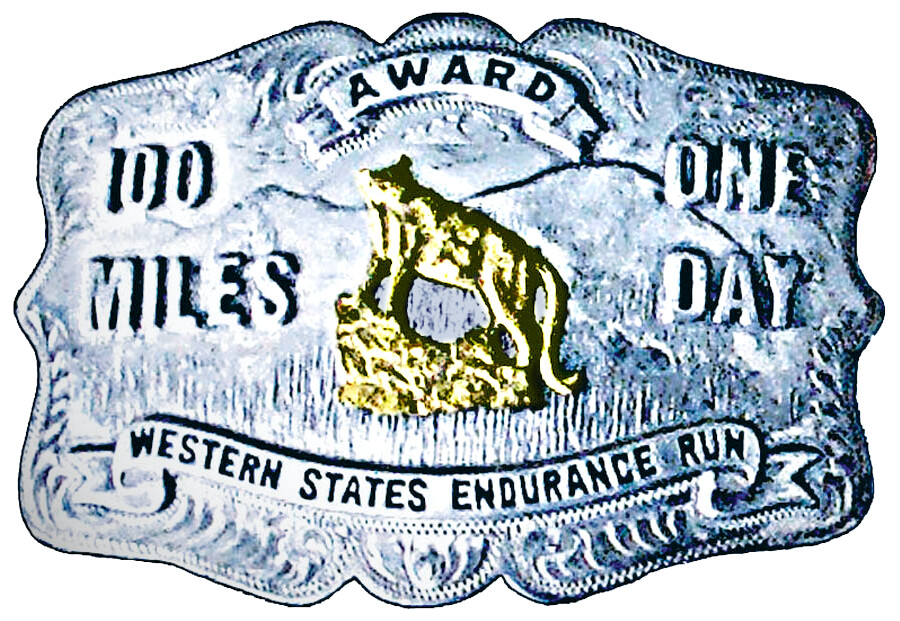
• Caleb Olson (USA) – Rising talent on the ultra scene.
• Chris Myers (USA) – Strong performances across the trail circuit.
• Jia-Sheng Shen (China) – Brings international prestige to the field.
Leading Women:
• Emily Hawgood (Zimbabwe) – Regular top-10 finisher with unfinished business.
• Eszter Csillag (Hungary) – One of Europe’s most consistent mountain runners.
• Heather Jackson (USA) – Former pro triathlete turned ultra star, back after a win at Unbound Gravel XL.
• Fu-Zhao Xiang (China) – Dominant at multiple global ultras.
• Ida Nilsson (Sweden) – Former European mountain running champion.
Notable Golden Ticket Winners:
• Riley Brady, Hannah Allgood, Rosanna Buchauer, Hậu Hà, Tara Dower, Abby Hall, Lin Chen, Caitlan Fielder, Nancy Jiang, Fiona Pascall, Johanna Antila
A Field That Crosses Generations
One of the most heartwarming developments this year is the record-setting six athletes aged 70 or older toeing the line.
Among them is Jim Howard, a two-time Western States champion (1981, 1983), who is making an inspiring return at age 70—running with two artificial knees. “I want to go out there one more time and be part of this incredible race,” Howard told Canadian Running.
Also returning is Jamil Coury, founder of Aravaipa Running, looking to build on his strong performance 15 years ago.
The Course
• Start: Olympic Valley (elevation: ~6,200 ft)
• Highest Point: Emigrant Pass (~8,750 ft)
• Finish: Auburn (elevation: ~1,200 ft)
• Snow is often a factor in the early miles, with extreme heat common in the canyons. Aid stations are spaced roughly every 4–8 miles, supported by over 1,500 volunteers.
Runners cross rivers, climb ridgelines, descend technical single-track, and are cheered into the stadium at Placer High—often in the dead of night.
Media and Spectator Access
• Live coverage, tracking, and video will be available on the Western States Endurance Run website.
• Key aid stations will allow crew and spectators, including Foresthill (mile 62) and Robie Point (mile 99).
A Race Like No Other
• One of the five races in the Grand Slam of Ultrarunning
• A UTMB World Series qualifier
• Historic, grassroots feel with world-class competition
Whether you’re cheering for a podium contender, an age-defying legend, or simply following the passion of runners determined to finish within 30 hours, this year’s Western States 100 is poised to deliver drama, beauty, and inspiration.
Let the countdown begin.
by Boris Baron
Login to leave a comment
Western States 100
The Western States ® 100-Mile Endurance Run is the world’s oldest and most prestigious 100-mile trail race. Starting in Squaw Valley, California near the site of the 1960 Winter Olympics and ending 100.2 miles later in Auburn, California, Western States, in the decades since its inception in 1974, has come to represent one of the ultimate endurance tests in the...
more...The Global Comeback of Small Town Road Races
As the world’s largest marathons continue to draw tens of thousands of runners and charge hefty entry fees, many athletes—both seasoned and new—are turning their attention to something more intimate: small town road races.
Once considered only for local fun-runners or age-groupers, these events are experiencing a global resurgence, offering runners everything the mega-marathons can’t—less stress, lower costs, a tight-knit community, and often, surprisingly fast competition.
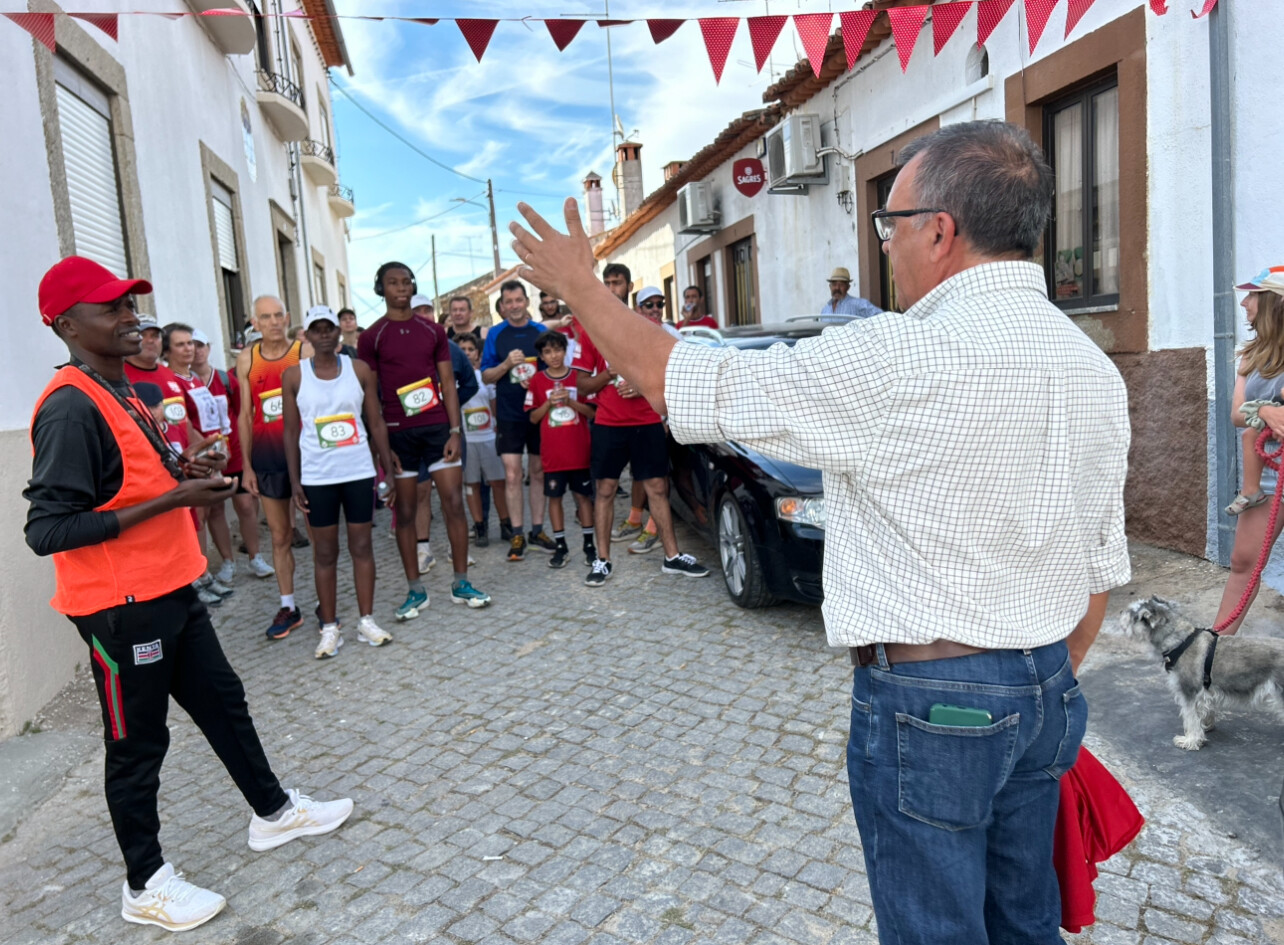
A More Personal Experience
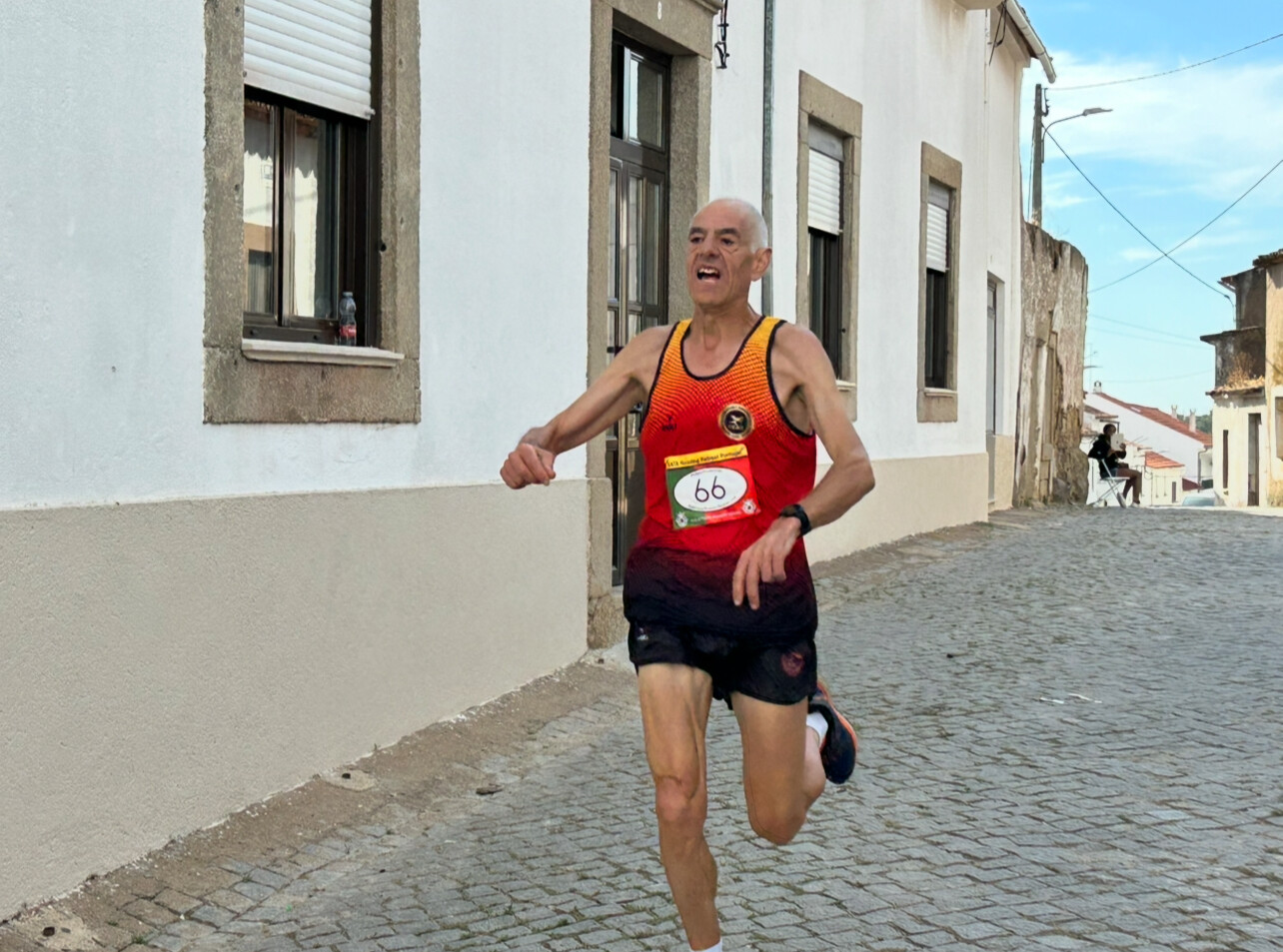
Big-city races like the New York City and Berlin Marathons may offer world-class crowds and fanfare, but the scale can feel overwhelming. In contrast, races in small towns like Monforte da Beira (Portugal), Charlevoix (Michigan), or Iten (Kenya) are drawing runners looking for a different experience.
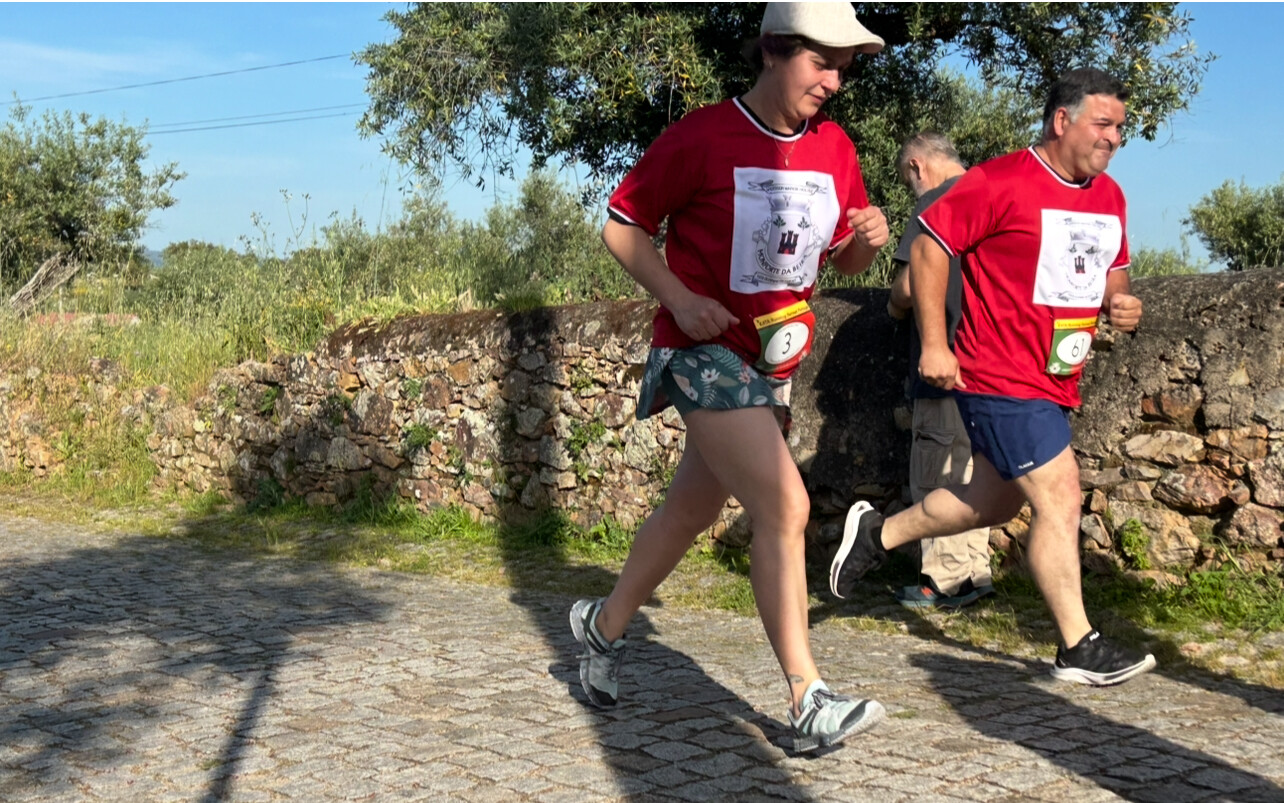
“After years of chasing majors, I ran a 10K in a village with 300 people,” says Linda Greene, a 2:58 marathoner from Chicago. “No lines, no chaos, and I ran my fastest time in two years.”
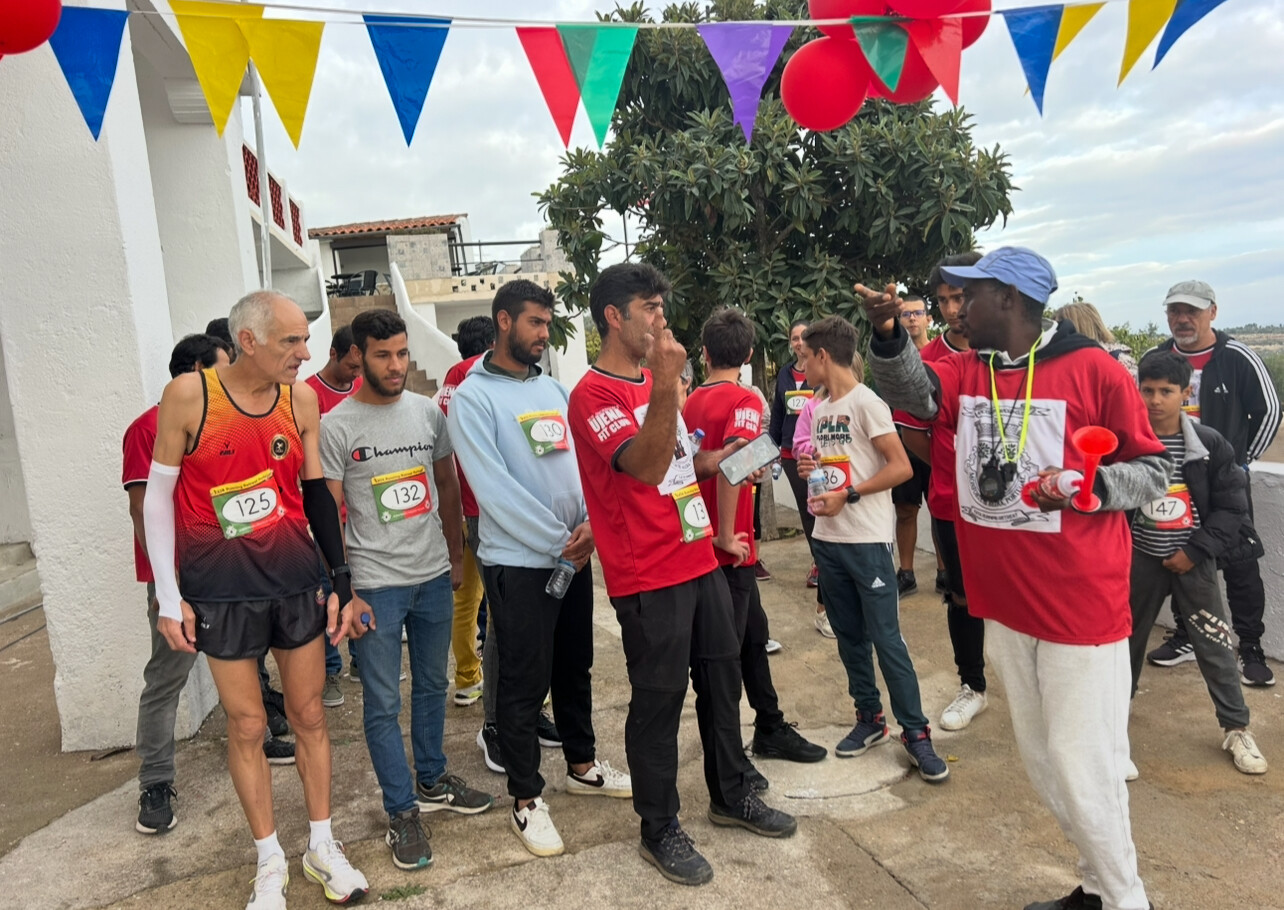
Competitive Fields, Surprisingly Fast Courses
Don’t assume these races are only about charm. Many feature flat or downhill courses, and some attract elite talent. In the Pacific Northwest, for example, the Capital City 5K in Olympia, Washington, saw a 14:12 finish this spring from a local collegiate athlete training for the Olympic Trials.
Organizers often design courses for speed and simplicity—something increasingly rare in major urban races where logistics can dictate less-than-ideal routes.
Lower Costs, Higher Value
With registration fees as low as $10–$30, small town races often include perks like free post-race meals, local wine or produce giveaways, and handmade medals or shirts.
“Running the Golden Gate 10K in August cost me less than dinner in San Francisco,” said one Bay Area runner. “And I didn’t even have to wake up at 4 a.m. to get to the start.”
Building Community
In towns where everyone knows your name—or at least cheers you by bib number—these races build true connections. Organizers are often runners themselves, and volunteers may include the local mayor or schoolchildren.
“You can actually talk to the race director. You can warm up on the course. You feel seen,” said Daniel Okoth, a Kenyan athlete who trains in Kapcherop. “It reminds you why we run.”
Not Just for Locals Anymore
With the rise of digital registration and online coverage, many small town races are welcoming international runners looking for something special. My Best Runs now features a growing list of these hidden gems, and more athletes are flying into tiny airports to chase PRs and peaceful scenery.
Looking for your next great race?
Skip the mega-expo. Skip the corrals. Skip the parking issues. Go back to where it is just about racing.
by Boris Baron
Login to leave a comment
Why Sub-Elite Runners Are the Heartbeat of Major Races
While the spotlight at major marathons often shines brightest on the professional athletes chasing records and podiums, it’s the sub-elite runners—the dedicated amateurs bridging the gap between the front of the pack and the masses—who form the heartbeat of the sport.
Sub-elite runners are those capable of running remarkably fast, often finishing marathons in the 2:20s to low 3-hour range, but they don’t make a living from the sport. They juggle full-time jobs, family commitments, and daily life while chasing personal bests and qualifying standards for events like the Boston Marathon or the U.S. Olympic Trials.
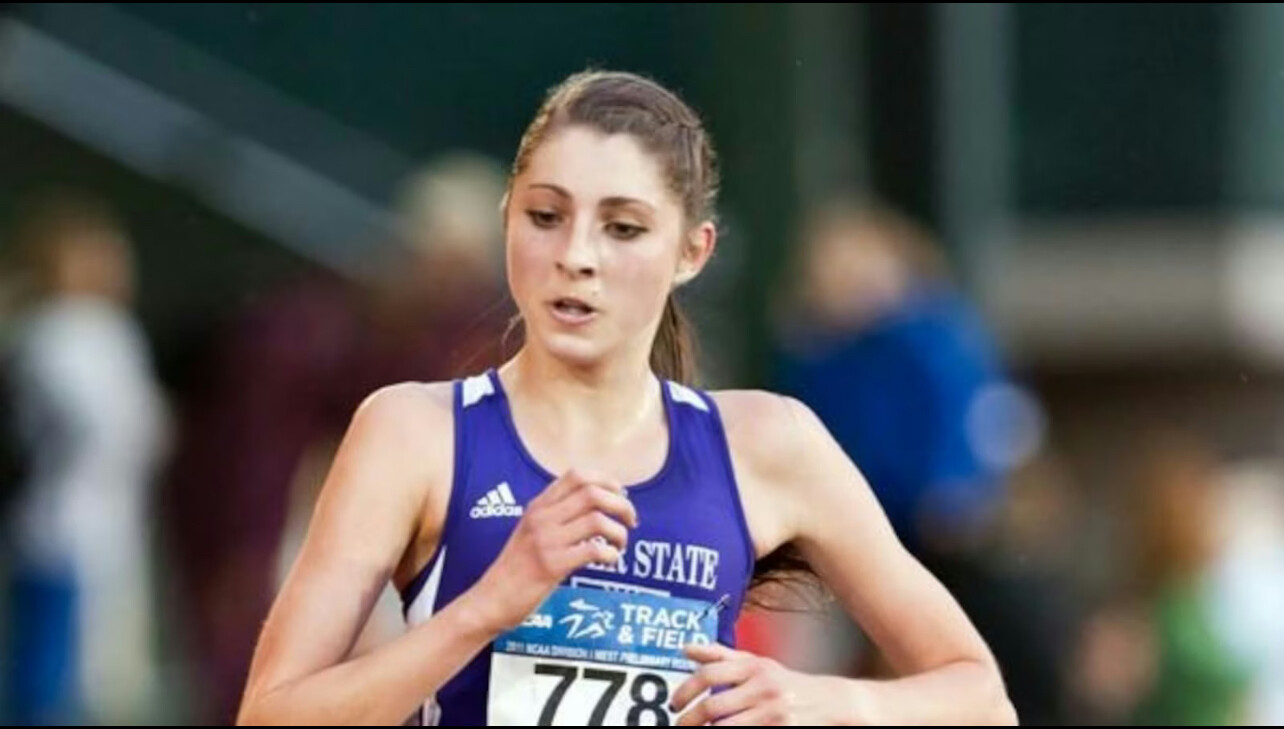
Their determination brings a unique energy to races. These runners inspire others on the course, often acting as unofficial pacers for those aiming to break through key barriers, like the coveted sub-3-hour marathon or a Boston qualifier. Their visible grit and resilience embody the spirit of racing, proving that running isn’t reserved for elite professionals—it’s a pursuit for anyone willing to put in the work.
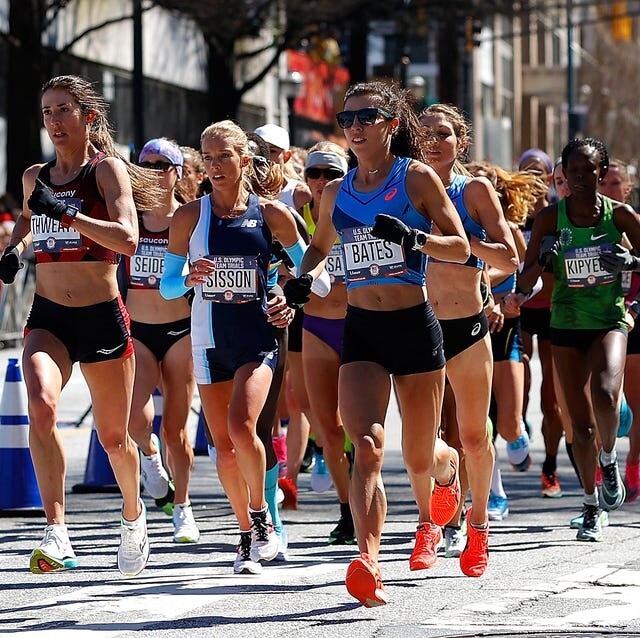
Beyond the Finish Line
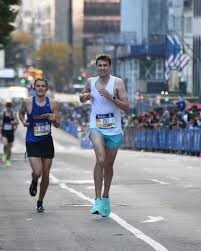
Beyond race day, sub-elites are often the backbone of local running communities. They coach local clubs, organize training groups, and mentor newcomers to the sport. Their presence bridges the gap between elite competition and mass participation, giving races a rich, layered dynamic that extends beyond who wins.
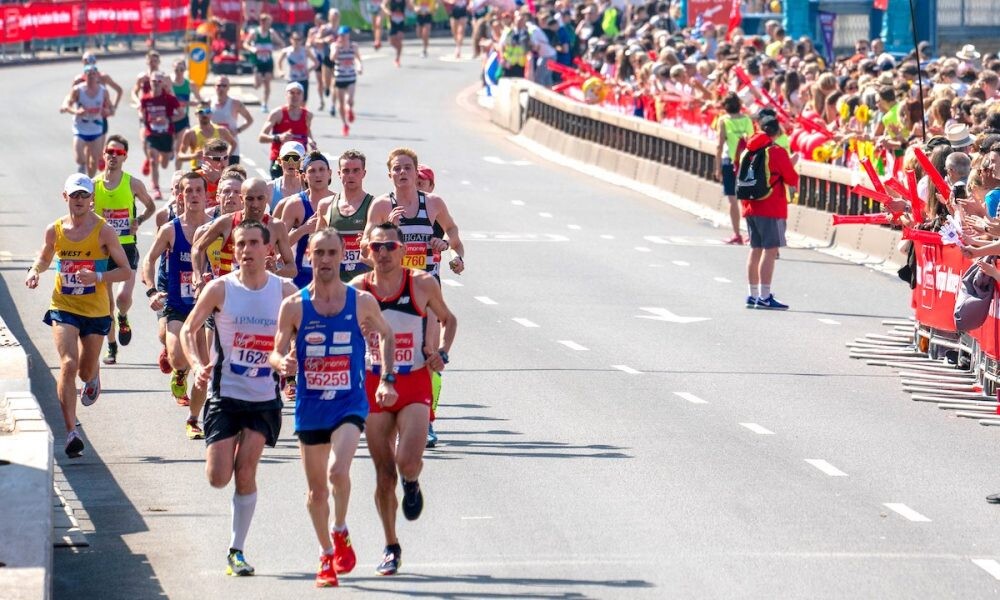
Many major races, like Boston, London, and Berlin, thrive because of this middle tier of talent. Their presence in the front corrals adds depth to the competition, pushing the elites to deliver their best while setting a pace for countless others. Without the sub-elites, these races would lose a vital layer of strategy, camaraderie, and spectacle.
Real Stories of Sub-Elite Grit
Take for example Sarah Sellers, who shocked the running world with her second-place finish behind Des Linden at the 2018 Boston Marathon. A virtual unknown in the sport at the time, she completed the course in 2:44:04—an impressive feat considering it was only her second attempt at the 26.2-mile distance. Sellers, a full-time nurse anesthetist, only signed up for Boston because her younger brother Ryan was running.
What made her performance even more remarkable was the terrible weather conditions that year. The race was plagued by freezing rain, strong headwinds, and temperatures in the low 30s Fahrenheit. Many elite runners struggled with the harsh conditions and dropped out, but Sellers persevered, drawing on her mental toughness and resilience. Her ability to adapt and push through led to a stunning result, proving that grit and determination can triumph over talent and experience on any given day.
Her breakthrough not only earned her a spot on the podium but also opened doors to sponsorships and elevated her profile within the sport. Sellers transitioned from an unknown amateur to a recognized name in running, showing how a standout performance can transform a sub-elite into a sponsored athlete.
Since then, she has continued to excel. Sellers achieved a personal best of 2:25:43 at the 2022 Grandma’s Marathon, qualifying for the 2024 U.S. Olympic Trials. Despite giving birth to her second child just nine months prior, she impressively finished 14th at the Trials in 2:30:17. Balancing motherhood, a demanding career, and elite-level training, Sellers exemplifies the resilience and dedication of sub-elite runners.
Another inspiring figure is Peter Bromka, a sub-elite runner known for his candid writings about the emotional journey of chasing ambitious goals. With a marathon personal best of 2:19:05, Bromka has been a prominent voice in the running community, sharing insights into the challenges and triumphs of striving for excellence while balancing life’s responsibilities.
In recent years, Bromka has expanded his influence by coaching aspiring runners and collaborating with brands like Cure Hydration. His storytelling continues to resonate, offering a window into the sub-elite experience and inspiring others to pursue their running aspirations with passion and authenticity.
A Personal Perspective
As a lifelong runner and race organizer, I’ve seen firsthand how sub-elites elevate the entire race experience. Their commitment sets the tone at the front of the pack and inspires the middle and back-of-the-pack runners to push harder. They remind us that running is about more than just winning—it’s about challenging yourself and those around you.
Looking Ahead
As major marathons continue to evolve, recognizing and celebrating sub-elite runners ensures the sport remains vibrant and inclusive. They are the bridge between the elites and the everyday runners, the pulse that keeps the sport alive and growing.
by Boris Baron
Login to leave a comment
How Ed Eyestone Created a Running Powerhouse
Ed Eyestone Has Spent Four Decades Shaping American Distance Running—As a Champion and Coach
Ed Eyestone posted this right after this year's Boston Marathon, "Proud of my boys Conner Mantz and Clayton Young who scored big PRs in yesterday's Boston Marathon finishing in 4th and 7th! Shout out to Rory Linkletter for his big PR finish in 6th! 3 BYU Cougars in the top 7! Way to go lads!"
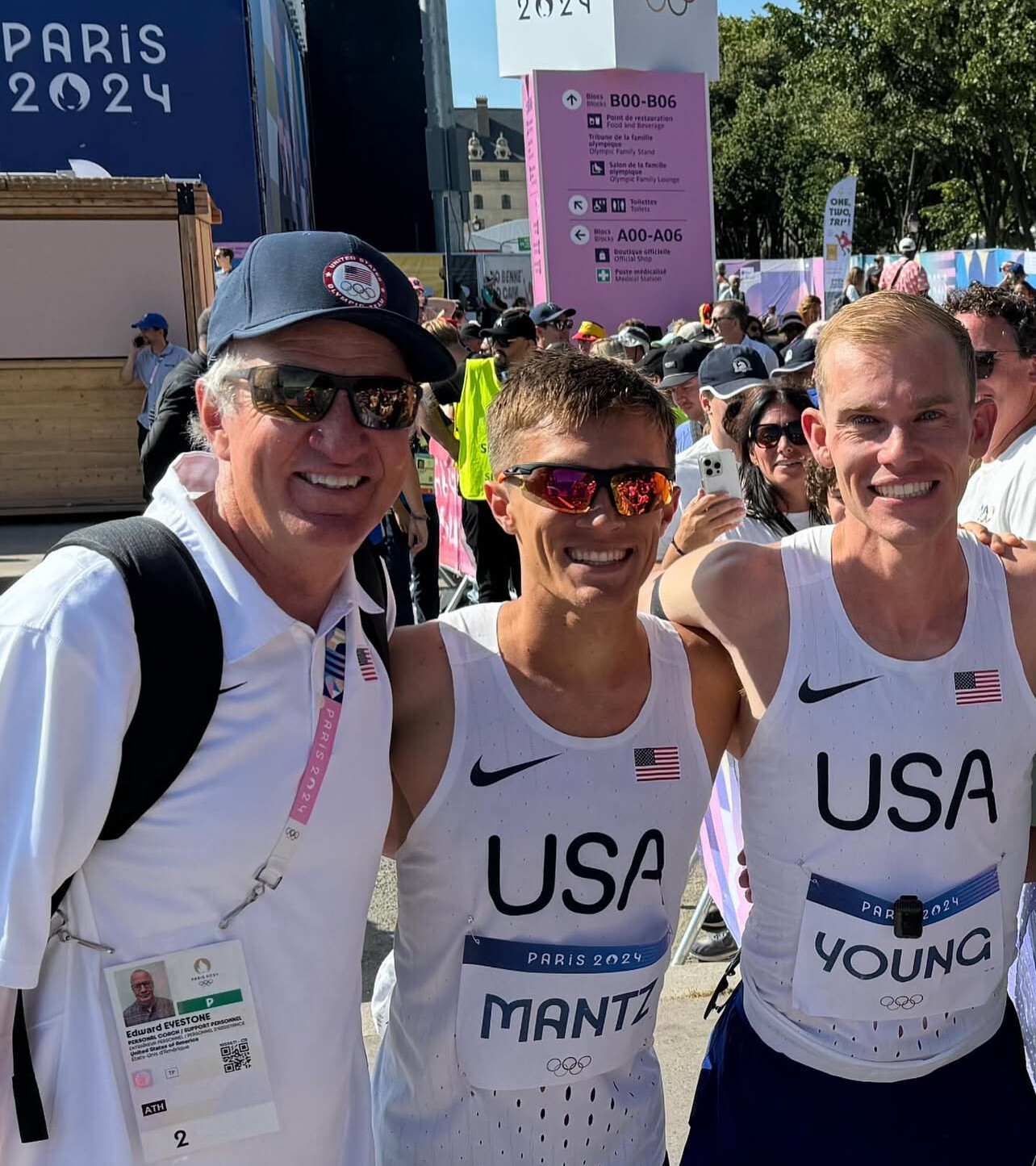
From setting records on the roads to building one of the strongest distance programs in the NCAA, Ed Eyestone has dedicated his life to distance running. A two-time Olympian and the long-standing head coach at Brigham Young University (BYU), Eyestone has left his mark on every level of the sport—and he’s still adding to his legacy.
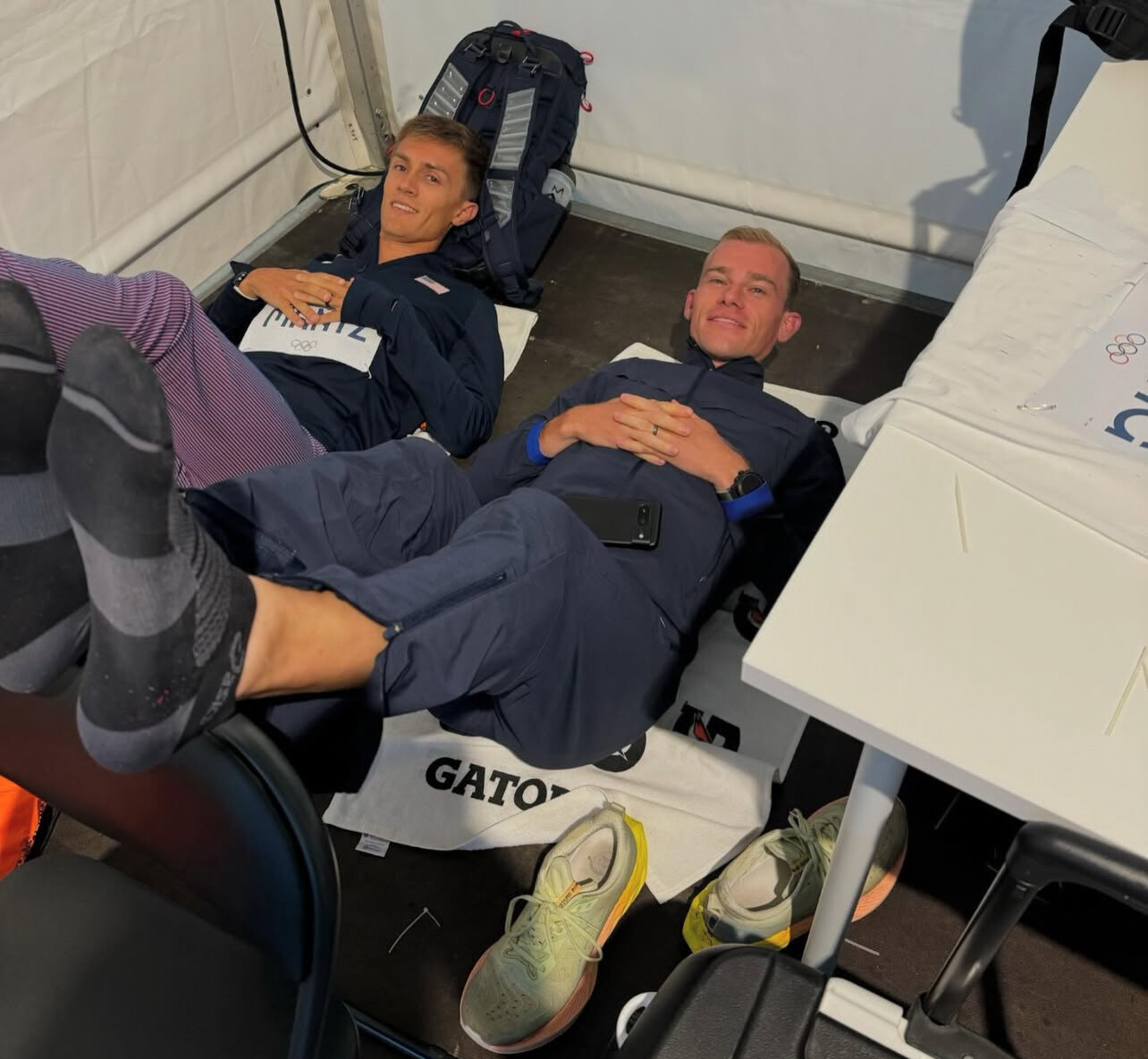
A Decorated Athlete Turned Mentor
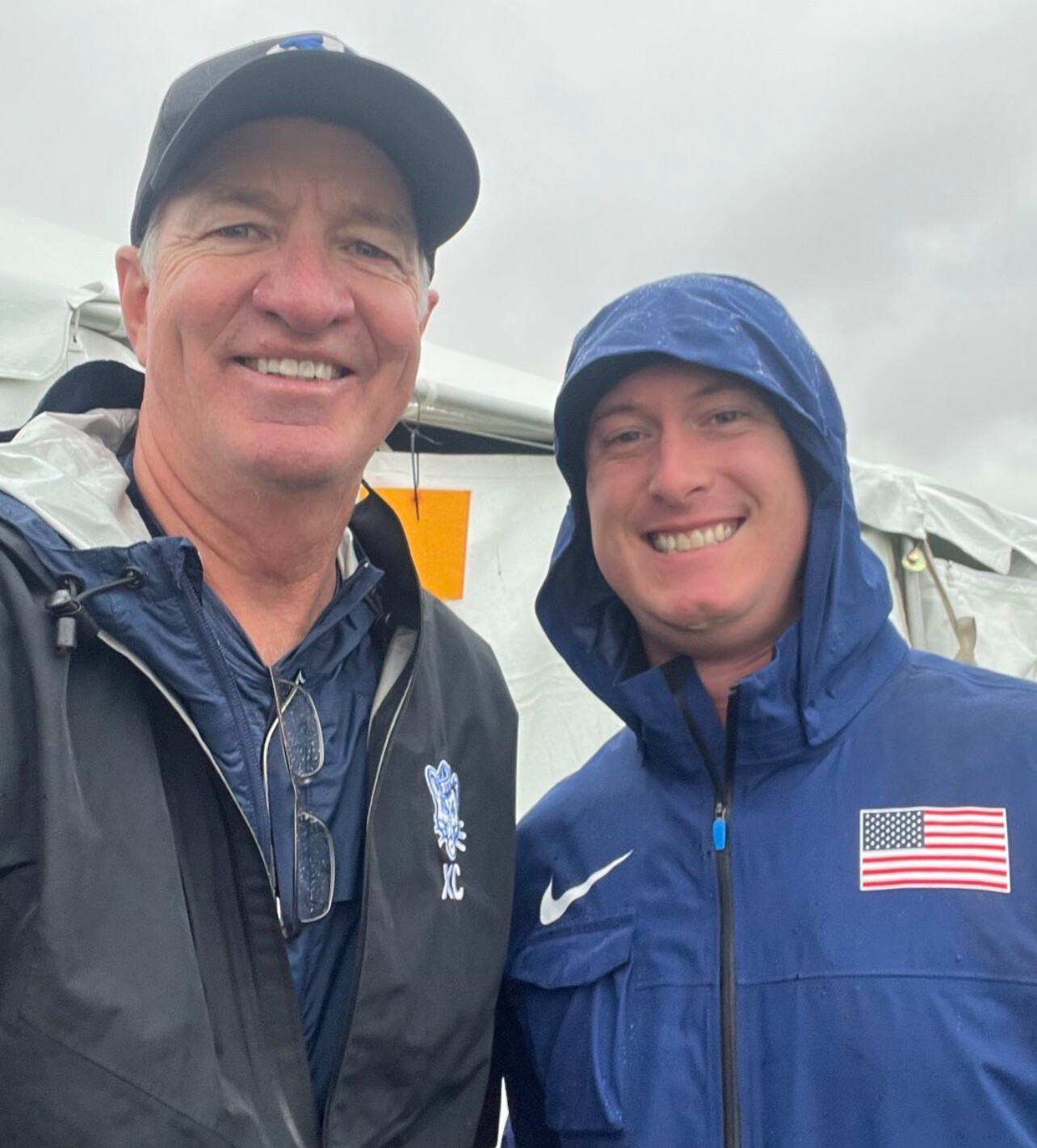
Ed's running career began with dominance in the collegiate ranks. At BYU, he won an astonishing five NCAA individual titles, including the prestigious “Triple Crown” in 1985—claiming national championships in cross country, the 5,000 meters, and the 10,000 meters. Only three others have ever achieved this feat.

His elite career continued on the roads, where he represented the United States in the marathon at the 1988 Seoul Olympics (29th place) and again at the 1992 Barcelona Games (13th place). Along the way, he posted personal bests of:
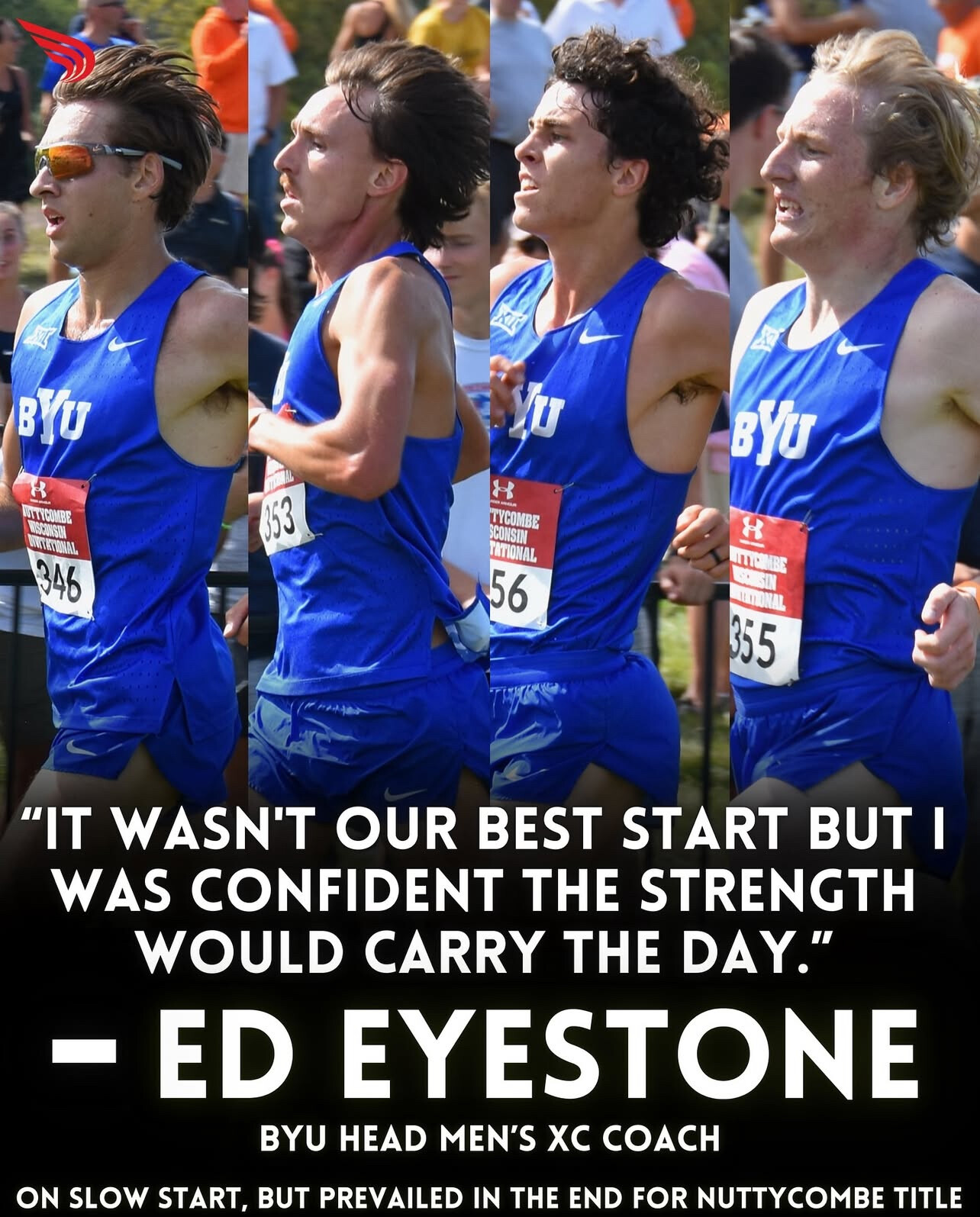
• Marathon – 2:10:59
• 10,000m – 27:41.05
• 5,000m – 13:32.52
He was named U.S. Road Racer of the Year five times and ranked among the top American marathoners for over a decade.
Coaching BYU to National Prominence
Since joining BYU’s coaching staff in 2000—and becoming head coach in 2013—Eyestone has built the Cougars into one of the most respected programs in the country.
In 2019, he led BYU to its first NCAA Division I Men’s Cross Country Championship, a long-awaited breakthrough fueled by strong depth, smart tactics, and years of strategic development. His teams regularly place in the top 10 nationally, both in cross country and on the track.
He’s coached more than 30 All-Americans and continues to develop runners into world-class competitors. His athletes consistently credit him for his calm presence, scientific approach, and deep understanding of racing.
In 2024, he was named NCAA Mountain Region Coach of the Year—an honor that reflects his enduring relevance and success in a constantly evolving sport.
The Conner Mantz Era
One of Eyestone’s most prominent pupils is Conner Mantz, a BYU standout who has quickly become one of the best marathoners in U.S. history.
Under Eyestone’s coaching, Mantz won back-to-back NCAA Cross Country titles in 2020 and 2021. Since turning pro, Mantz has continued working with Eyestone, now serving as his professional coach.
• 2024 U.S. Olympic Trials Champion
• 8th place finisher at the Paris Olympic Marathon
• Set the American half marathon record (59:17) in 2025
• Ran 2:05:08 at the 2025 Boston Marathon, the second-fastest time ever by an American on the course
Eyestone's steady mentorship remains a driving force behind Mantz’s rise. Their relationship—rooted in trust, precision training, and shared values—has helped elevate Mantz to the top of the international marathon scene.
Clayton Young: From NCAA Champion to Olympic Marathone
Another testament to Eyestone’s coaching prowess is Clayton Young, who has risen from collegiate success to international acclaim under Eyestone’s guidance.
• 2019 NCAA 10,000m Champion at BYU
• 2023 Chicago Marathon: 2:08:00, securing Olympic qualification
• 2024 U.S. Olympic Trials: 2nd place, earning a spot on Team USA
• 2024 Paris Olympics: 9th place finish with a time of 2:08:44
• 2025 Boston Marathon: Personal best of 2:07:04, finishing 7th
Young’s journey has been marked by resilience and determination. After undergoing knee surgery in early 2023, he made a remarkable comeback, achieving personal bests and representing the U.S. on the Olympic stage. His analytical approach to training, combined with Eyestone’s mentorship, has been pivotal in his success.
A Lasting Legacy
Now in his early 60s, Ed Eyestone continues to shape the future of American distance running. His fingerprints are on championship banners, personal bests, and Olympic dreams.
From 2:10 marathons to NCAA titles and Olympic breakthroughs, Eyestone’s impact spans generations. Whether you’re looking at his own performances or those of his athletes, one thing is clear—Ed Eyestone is one of the most influential figures in the history of American distance running.
by Boris Baron
Login to leave a comment
Oscars Bump the LA Marathon Off Its March 15 Date — What Runners Need to Know
The 2026 Los Angeles Marathon will not take place on March 15 as originally planned. That date now belongs to the Oscars.
After weeks of behind-the-scenes negotiations, Los Angeles Mayor Karen Bass brokered an agreement between the McCourt Foundation, which organizes the marathon, and the Academy of Motion Picture Arts and Sciences. The result: Hollywood’s biggest night stays on schedule, while 25,000 runners, thousands of volunteers, and months of race prep will now pivot to a new date—yet to be announced.
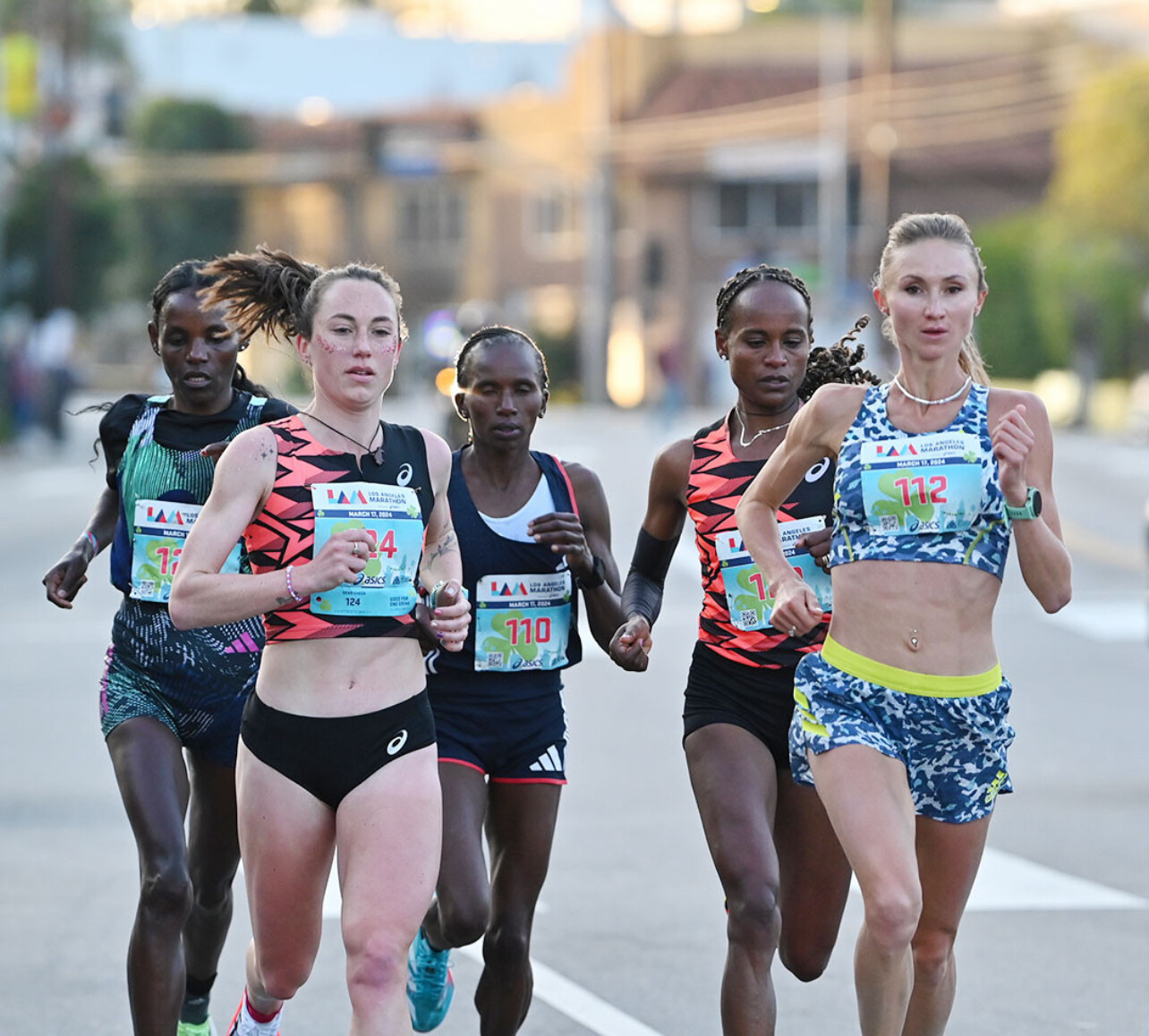
Why the Change Matters to Runners
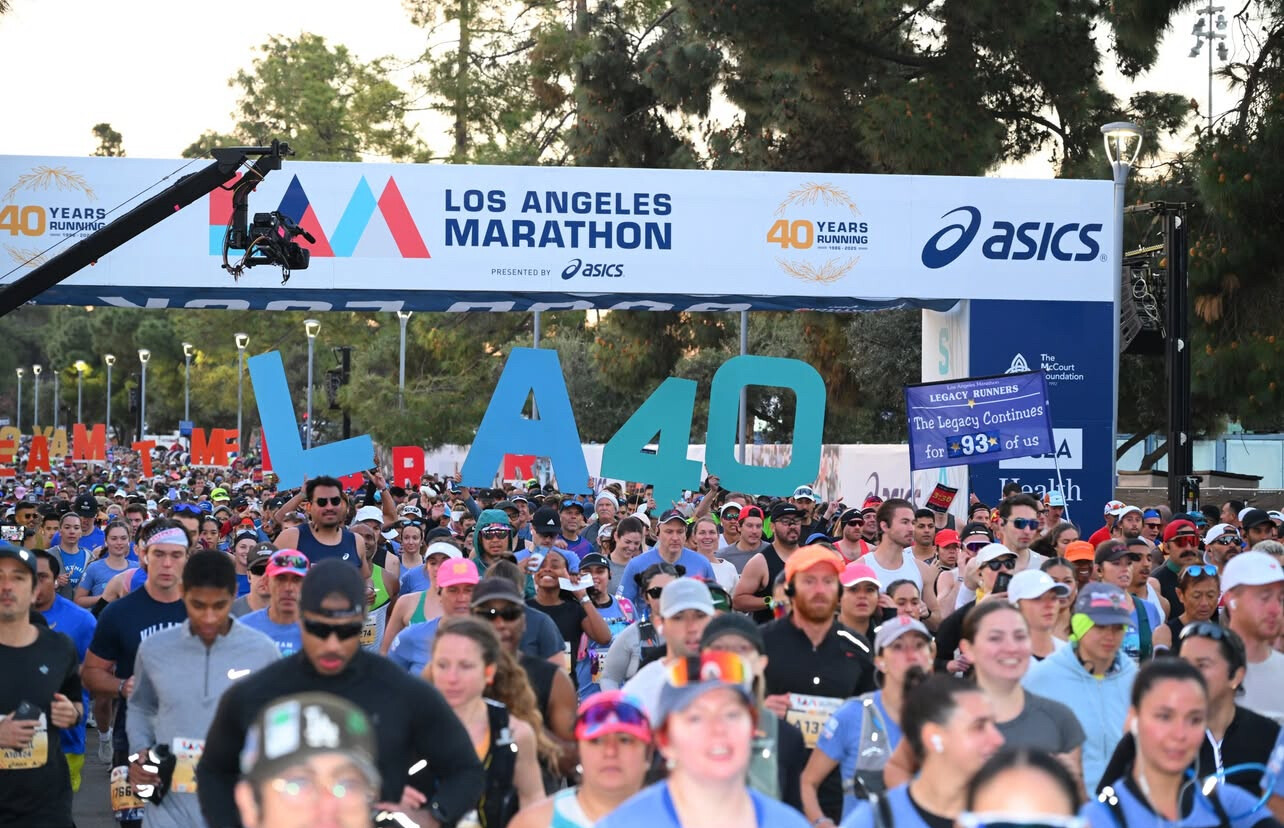
For serious runners, a marathon isn’t just a weekend event—it’s the culmination of a finely tuned training cycle that can last four to six months. Moving the race date throws off race-day pacing, tapering schedules, and peak performance planning. A March 15 marathon typically means starting heavy training in November. Runners may now need to reset their cycles entirely, depending on how late in March the new date lands.
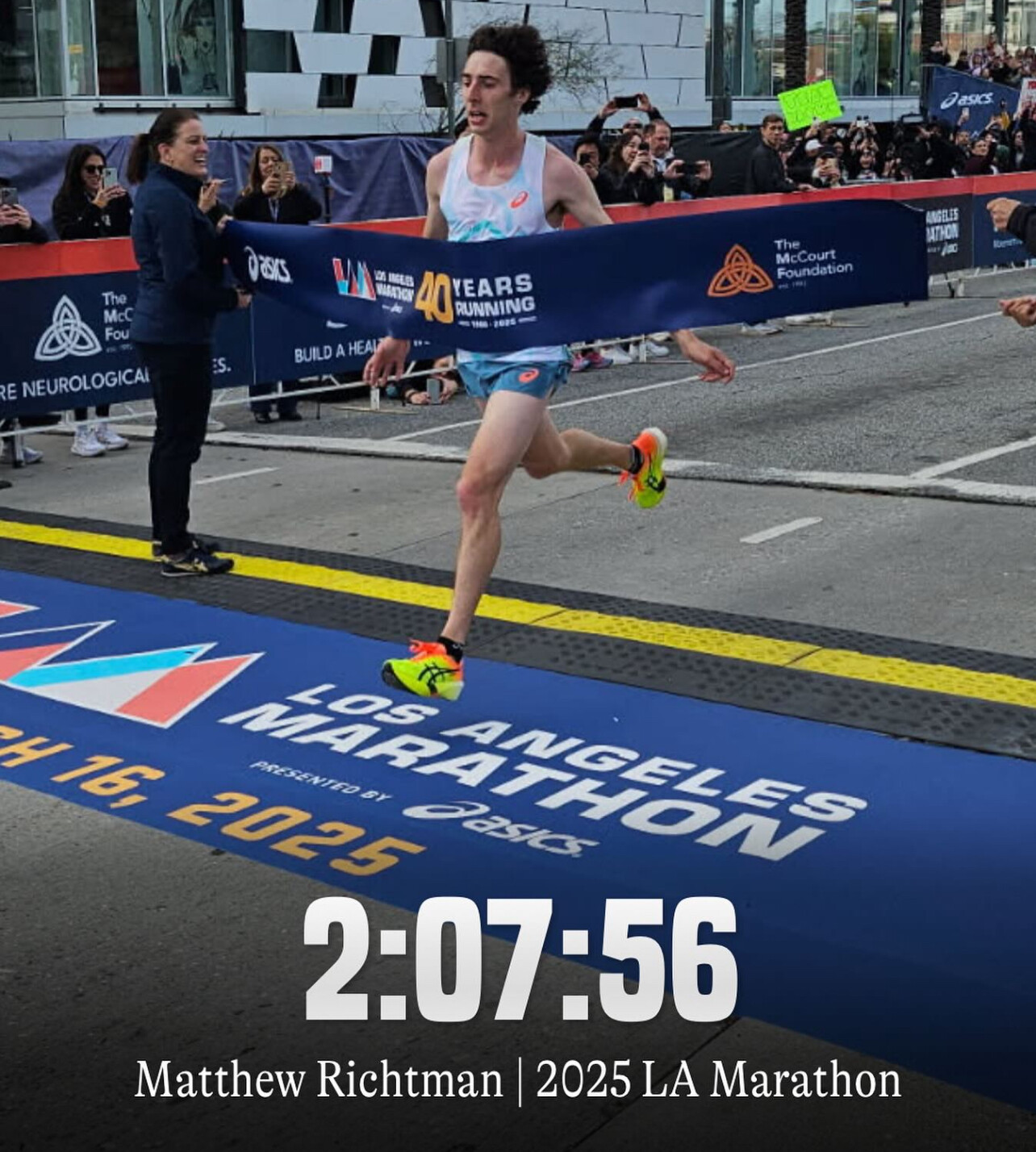
From a logistics standpoint, the Oscars and the marathon simply couldn’t coexist. The LA Marathon runs directly past the Dolby Theatre—home of the Academy Awards. Cleaning the course and securing the red carpet area within a few hours of 25,000 runners moving through was always going to be unrealistic.
“There are two major facilities—Dodger Stadium and Century City—connected by what’s really a 26-mile stage,” said Murphy Reinschreiber, COO of the McCourt Foundation. “The number of people, communities, and businesses impacted by a date change is mind-boggling.” And yet, the show must go on—for Hollywood.
Runners Left in Limbo
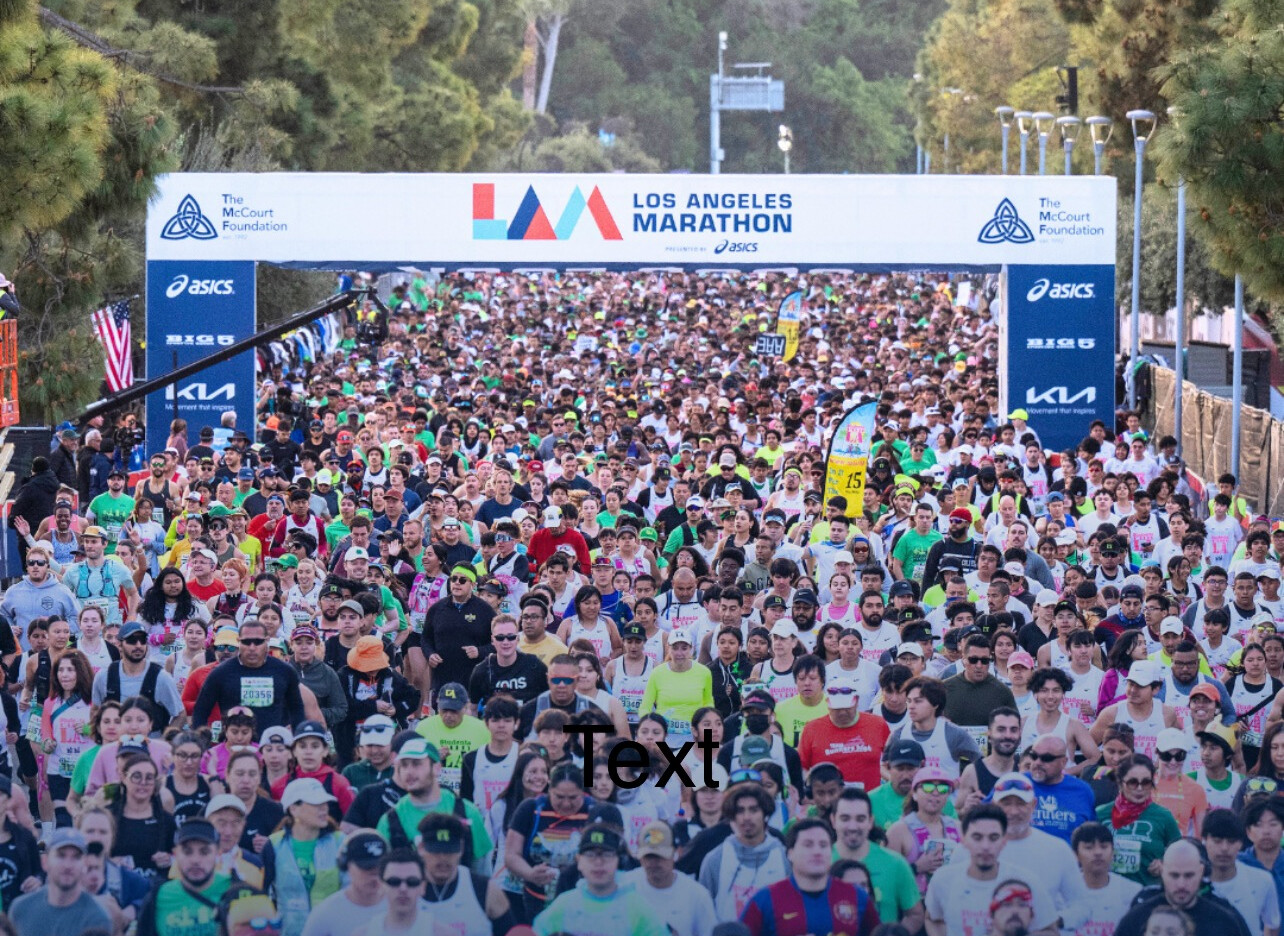
Over 5,000 people had already registered for the 2026 marathon. Organizers are offering full refunds, but for many runners, that doesn’t undo the disruption to travel plans, accommodations, or their training momentum.
While the Academy has agreed to keep the third Sunday of March reserved for the marathon in future years, 2026 is a reminder that endurance sports—even ones with 25,000 participants—still take a back seat to red carpets and TV ratings in Los Angeles.
To add further complexity, the LA Marathon has a history of calendar shifts. It moved to Memorial Day in 2009, ran alongside the Olympic Trials in 2016, and was postponed to November during the pandemic. But this latest move—prompted not by weather or global events, but by entertainment scheduling—feels like a blow to the running community.
Looking Ahead
No new race date has been announced yet. Runners hoping to use LA 2026 as a Boston qualifier or spring PR race will need to keep options open—and perhaps reconsider race calendars altogether.
As the marathon world continues to grow and intersect with larger city-wide events, this situation serves as a reminder: even the best-planned races aren’t immune to outside forces.
by Boris Baron
Login to leave a comment
The Quiet Rise of Clayton Young in U.S. Distance Running
Clayton Young is proving that intelligence and endurance go hand in hand. The 31-year-old American distance star has emerged as one of the most consistent and compelling marathoners on the scene today—blending mechanical precision from his engineering background with grit, faith, and family support.
From BYU to the Big Stage
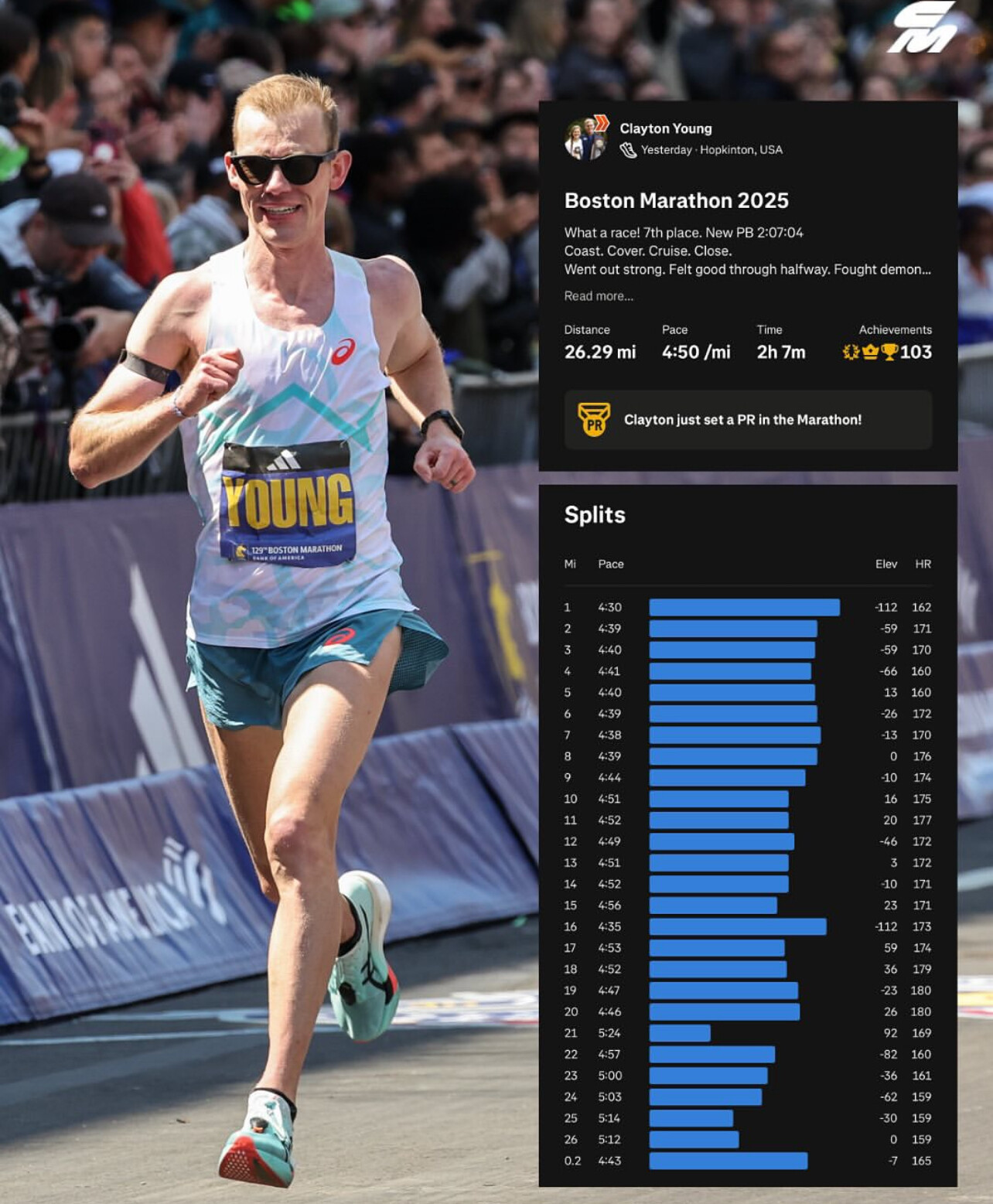
Born in Clovis, California, and raised in American Fork, Utah, Young’s rise began at Brigham Young University, where he studied mechanical engineering and starred on the track. He capped off his college career by winning the 10,000 meters at the 2019 NCAA Outdoor Championships.
After graduation, rather than settling into a full-time engineering career, Young negotiated a flexible part-time role with Stryker Corporation so he could pursue running at the highest level. That decision proved pivotal.
Setbacks and Breakthroughs
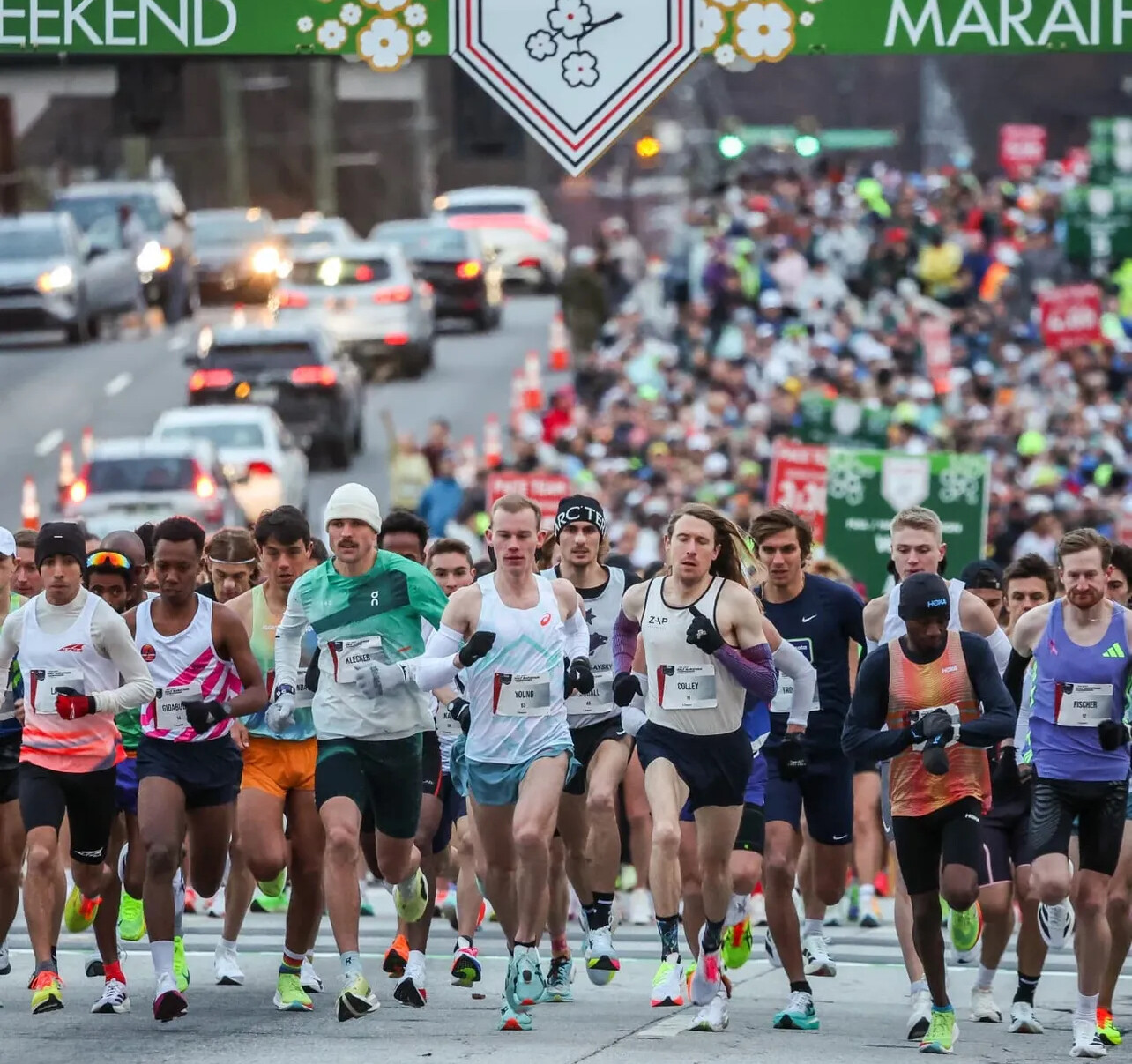
In 2023, Young faced a major challenge—knee surgery. Many athletes would have struggled to return, but he was back racing just seven months later. His comeback culminated in a 2:08:00 personal best at the Chicago Marathon, earning him a spot on Team USA for the Paris 2024 Olympic Games.
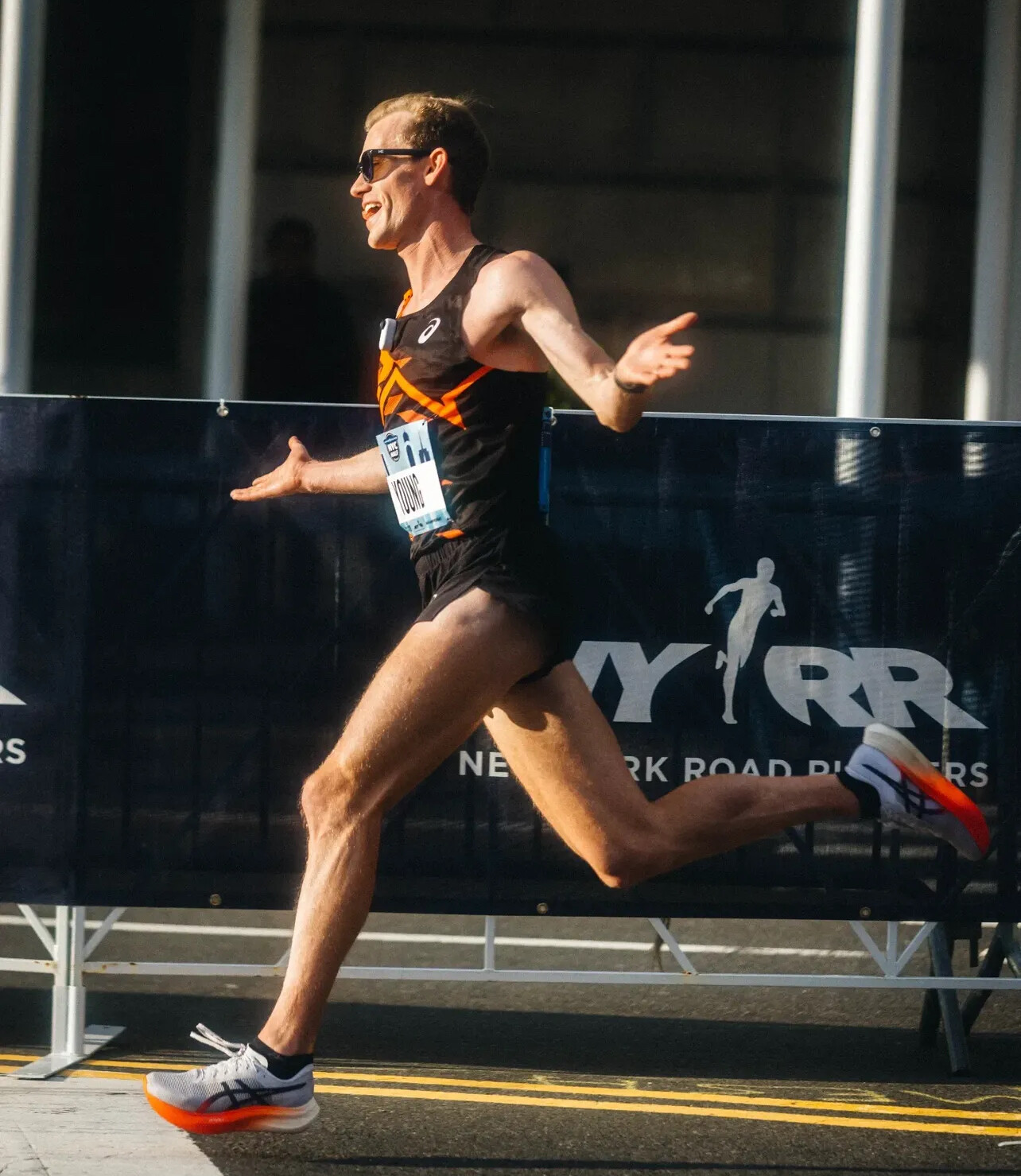
At the Olympic Trials, Young placed second in 2:09:06, just behind training partner Conner Mantz. Then, on the streets of Paris, he delivered a standout performance, finishing 9th overall in 2:08:44—the fastest Olympic marathon time ever by an American.
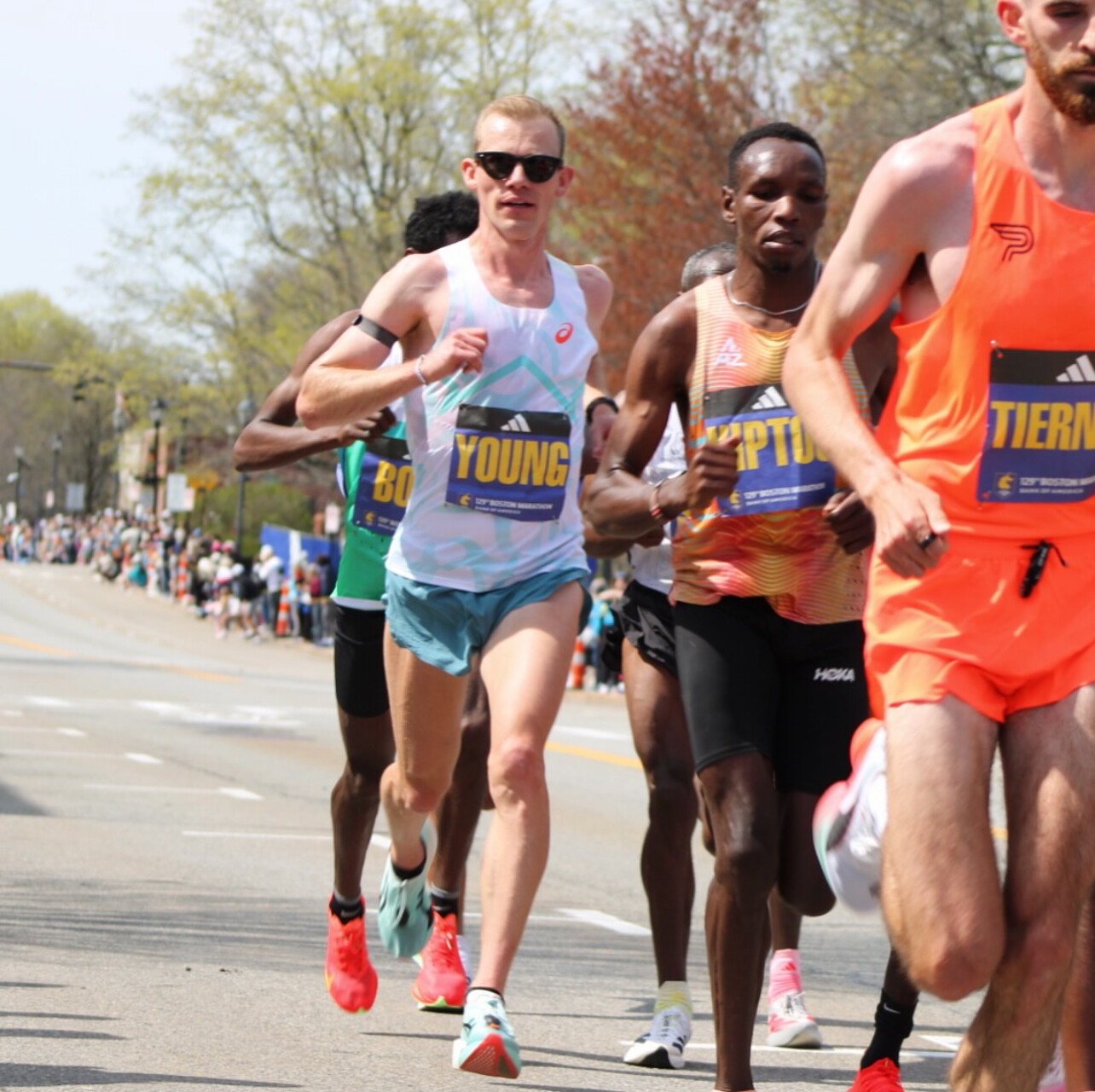
He kept the momentum rolling in 2025, clocking 2:07:04 at the Boston Marathon to finish 7th overall and solidify his status as one of the top U.S. marathoners.
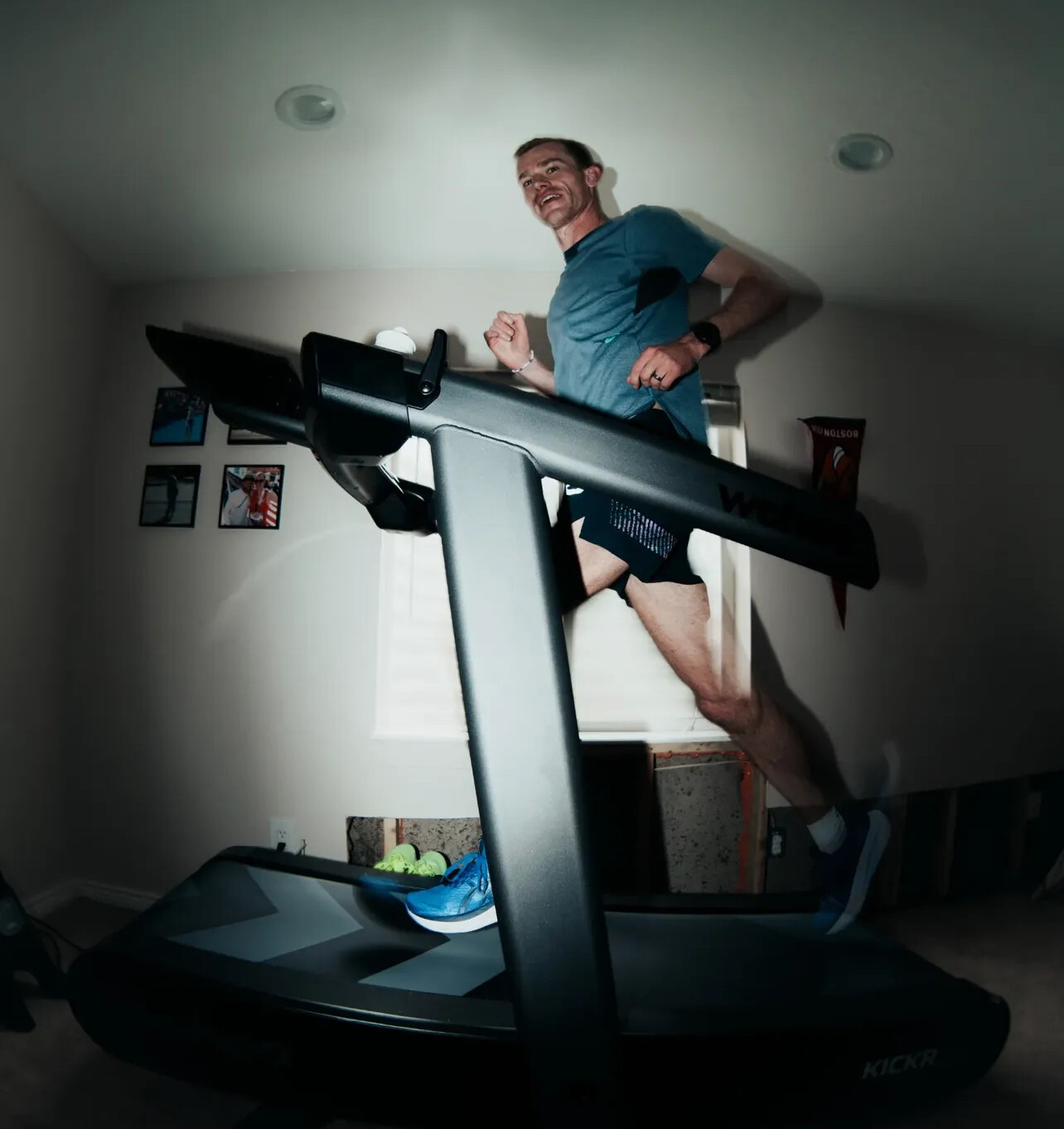
Powered by Partnership
Young trains in Provo, Utah, under BYU coach Ed Eyestone alongside Conner Mantz, forming a dynamic duo that’s pushing the limits of American marathon potential. Their disciplined training, built on shared values and competitiveness, has raised the bar for what’s possible.
“We thrive off each other’s energy,” Young has said. “It’s not about beating each other—it’s about being better together.”
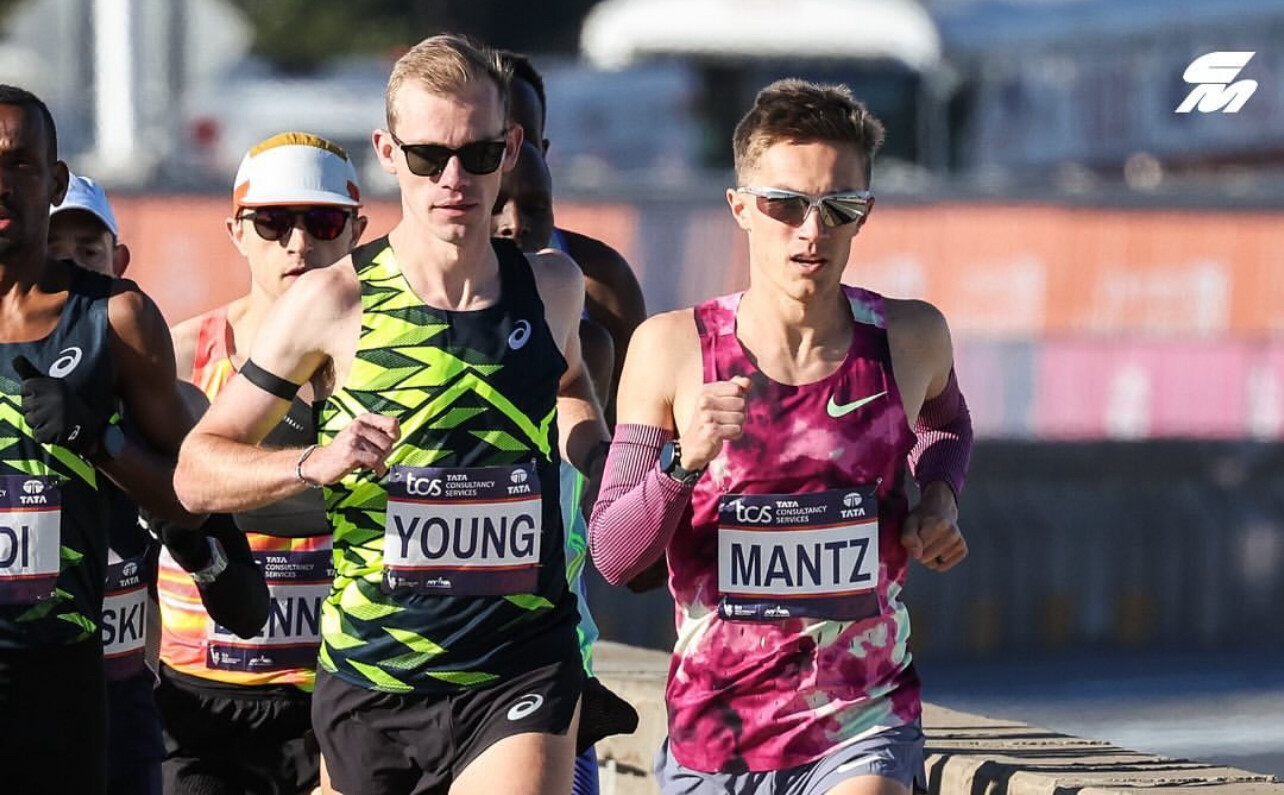
Beyond the Clock
Young is also a devoted husband and father, living in Springville, Utah, with his wife Ashley and their two daughters. He shares his journey through a behind-the-scenes docuseries, Beyond the Hill, and connects regularly with fans through social media—offering insights into his workouts, mindset, and family life.
His ability to balance elite competition with a grounded personal life has made him a fan favorite and a role model for aspiring runners.
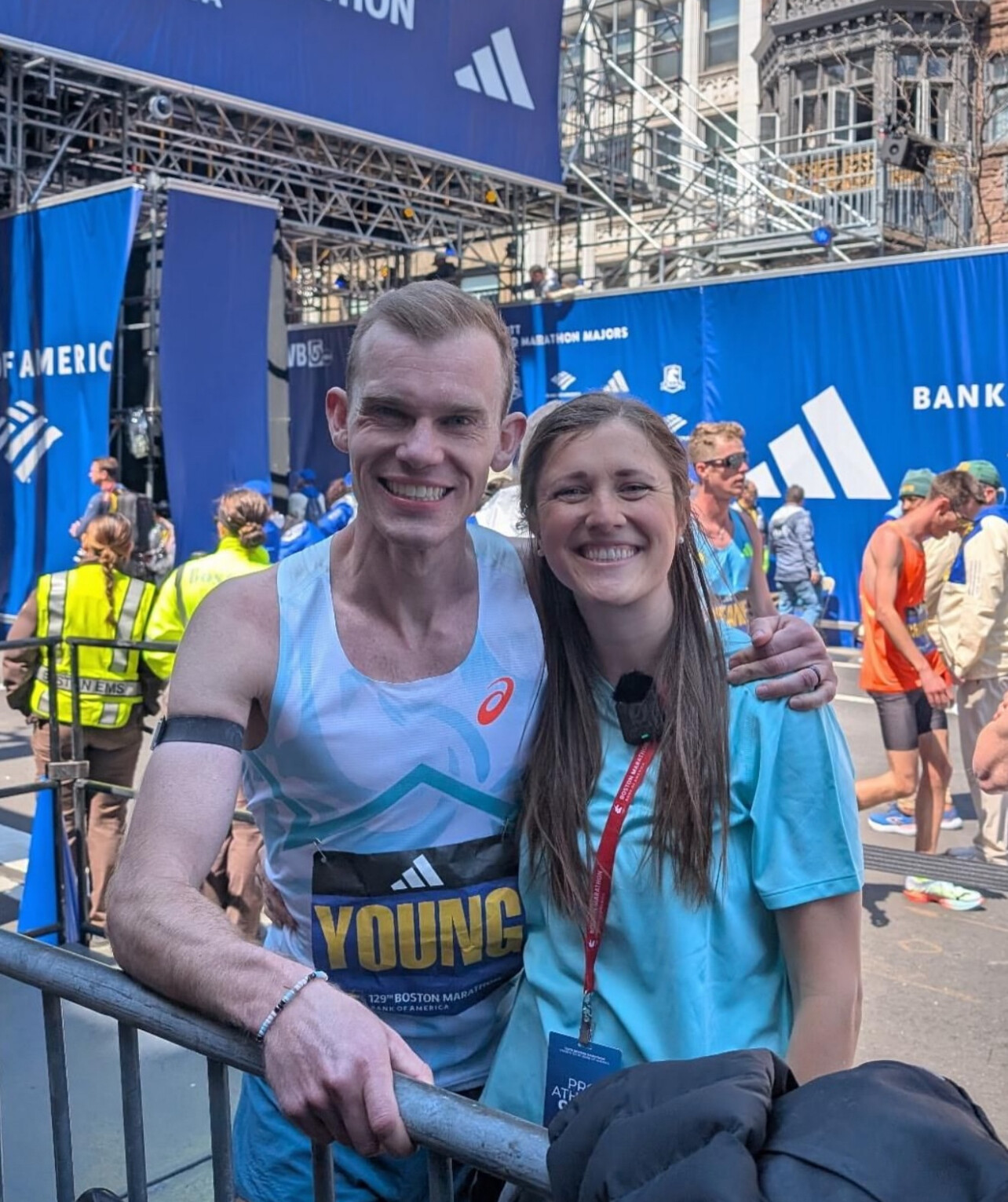
What’s Next for Clayton Young?
With the 2025 World Championships and the 2028 Los Angeles Olympics in view, Clayton Young is entering his prime. His mix of tactical intelligence, physical preparation, and inner resolve is setting a new standard for American marathoners.
He’s not just chasing fast times—he’s building something bigger.
by Boris Baron
Login to leave a comment
Hansons-Brooks Distance Project Continues to Shape U.S. Distance Running
The Hansons-Brooks Distance Project, based in Rochester Hills, Michigan, remains one of the most influential training groups in American distance running. Founded in 1999 by brothers Kevin and Keith Hanson (4th photo), the team has earned a reputation for turning talented post-collegiate runners into national and international contenders.
Now in its 25th year, the program continues to thrive under its trademark philosophy of “cumulative fatigue,” a system that emphasizes consistent high-mileage weeks, frequent workouts, and long-term development. Unlike many elite training groups based at altitude or supported by large corporate budgets, Hansons-Brooks maintains a grassroots, team-oriented environment that has produced national champions and Olympians.
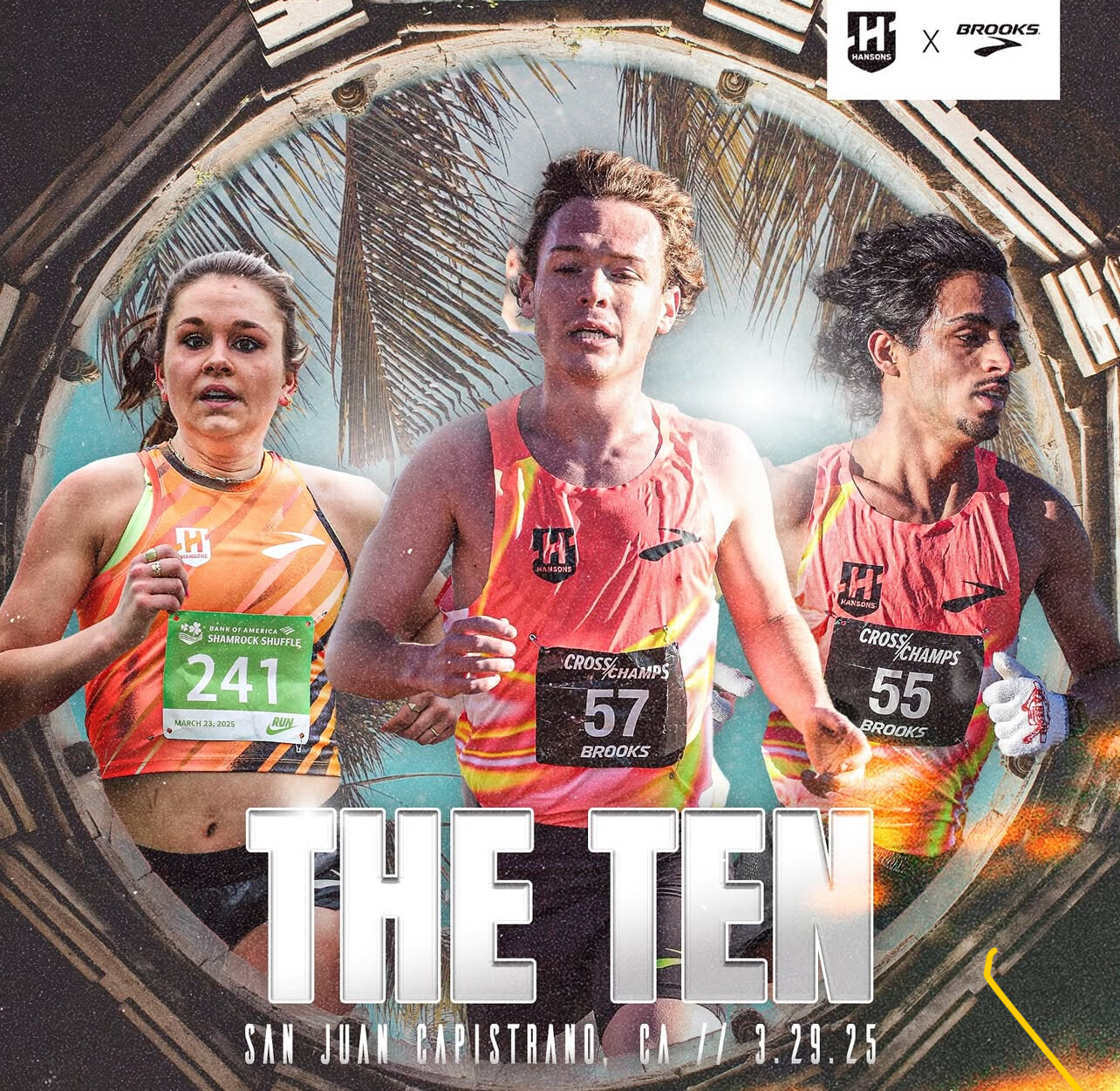
The latest athlete to join the roster is Jaci Smith, a former standout with the U.S. Air Force World Class Athlete Program and one of America’s rising stars at the marathon distance. Smith confirmed her new team affiliation in April 2025, noting her excitement to train with one of the most respected groups in the country.
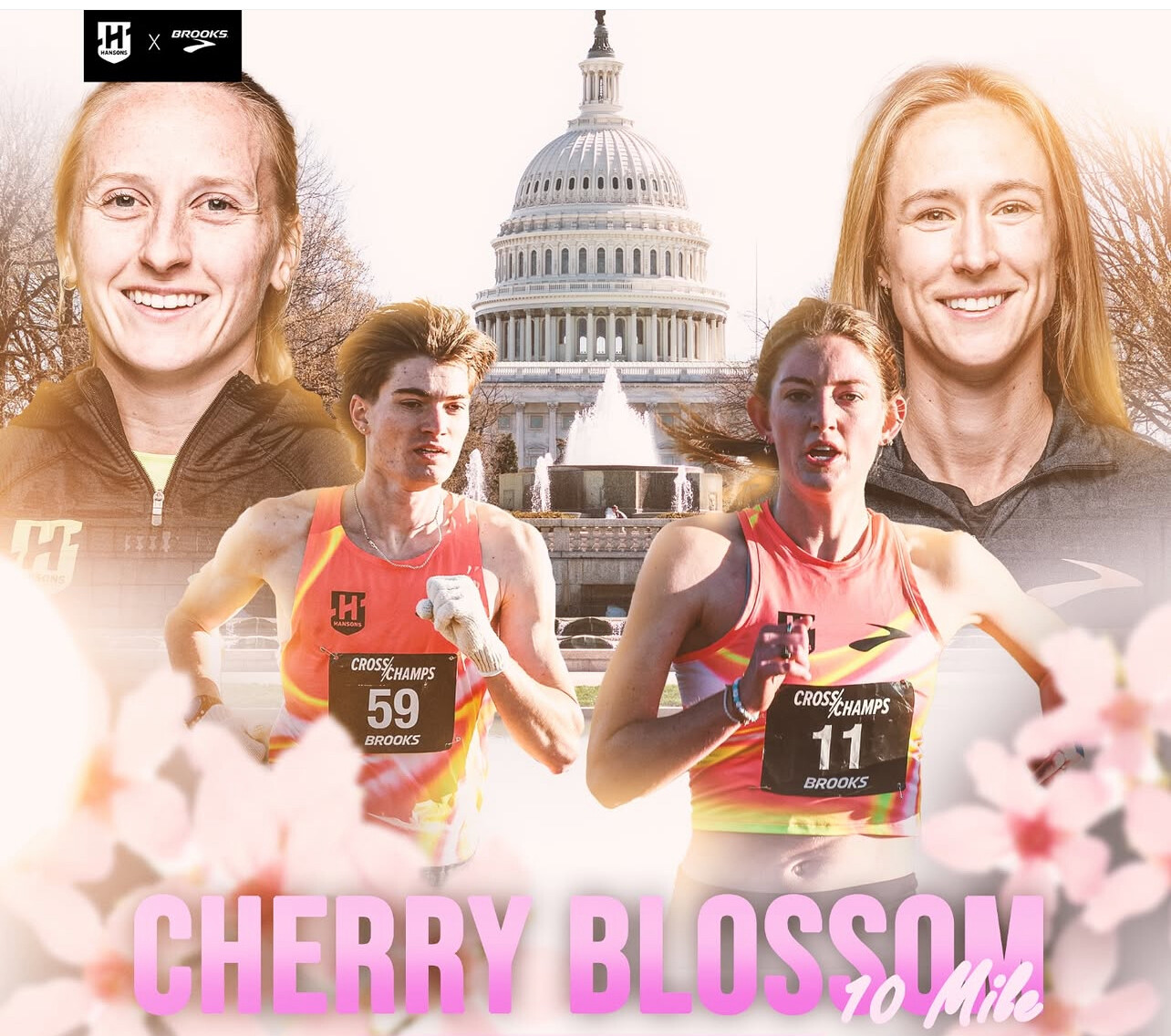
Current Women’s Roster
• Anne-Marie Blaney
• Jessie Cardin
• Amy Davis-Green
• Sarah Disanza
• Maggie Donahue
• Caroline Garrett
• Melissa Johnson-White
• Dot McMahan
• Megan O’Neil
• Olivia Pratt
• Madison Offstein
• Stephanie Sherman
• Jaci Smith
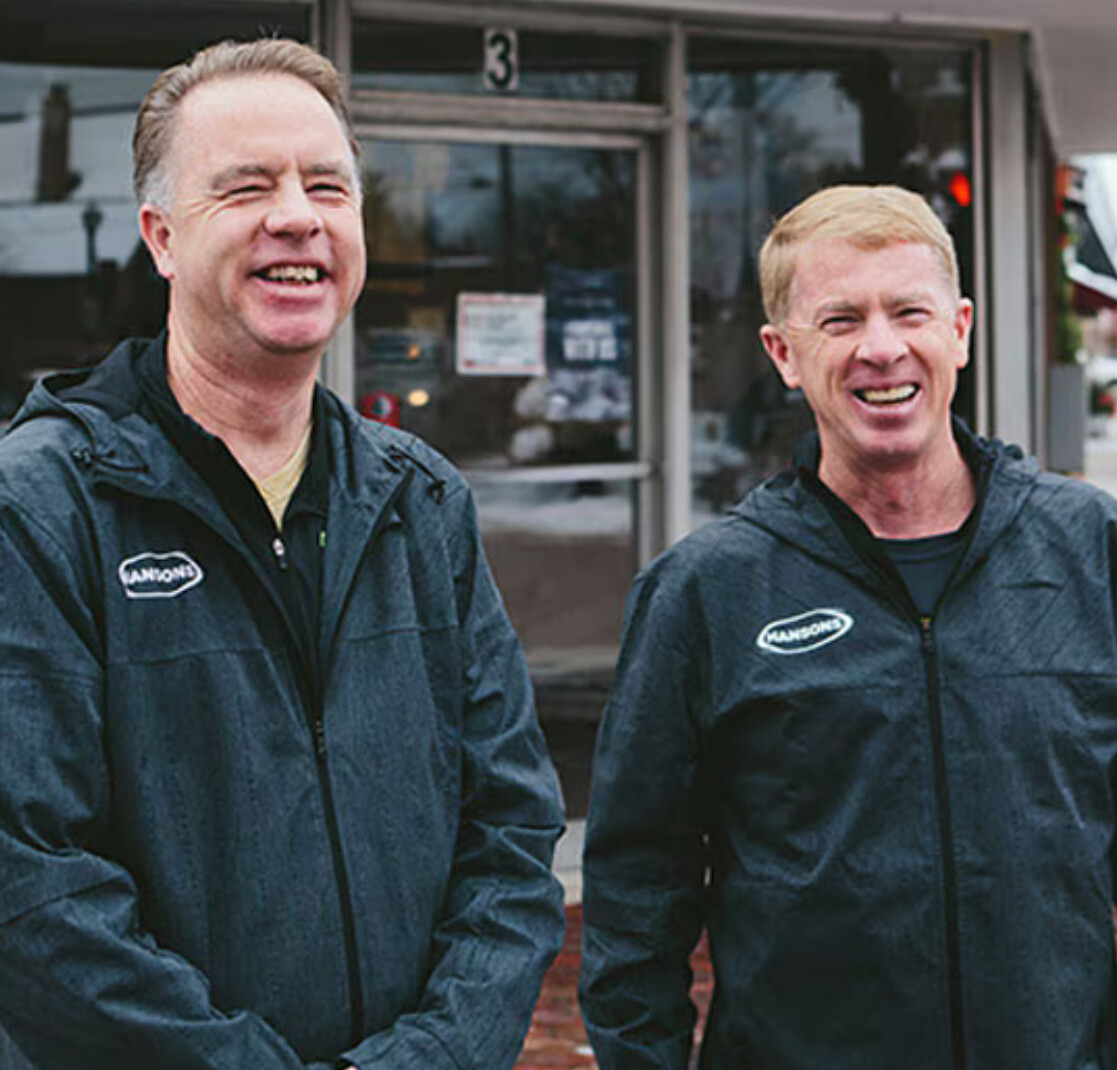
Current Men’s Roster
• Shuaib Aljabaly
• JP Flavin
• Ethan Gregg
• Ben Kendell
• Zach Panning
• CarLee Stimpfel
These athletes compete across a wide range of distances, from the 5K to the marathon, and regularly appear in major events like the Boston Marathon, U.S. Championships, and World Marathon Majors. In May 2025, many Hansons-Brooks runners are scheduled to appear at the PMC Health Plan Half Marathon and the Dick’s Sporting Goods Pittsburgh Marathon.
From Olympic Trials qualifiers to marathon winners, the Hansons-Brooks Distance Project continues to elevate American distance running through discipline, teamwork, and an unwavering belief in the power of the long run.
by Boris Baron
Login to leave a comment
Jaci Smith Signs with Hansons-Brooks Distance Project
Jaci Smith, one of America’s top rising distance runners, has officially joined the prestigious Hansons-Brooks Original Distance Project (ODP). Known for its structured training program and legacy of developing elite marathoners, Hansons-Brooks ODP welcomes Smith into a team environment built for championship success.
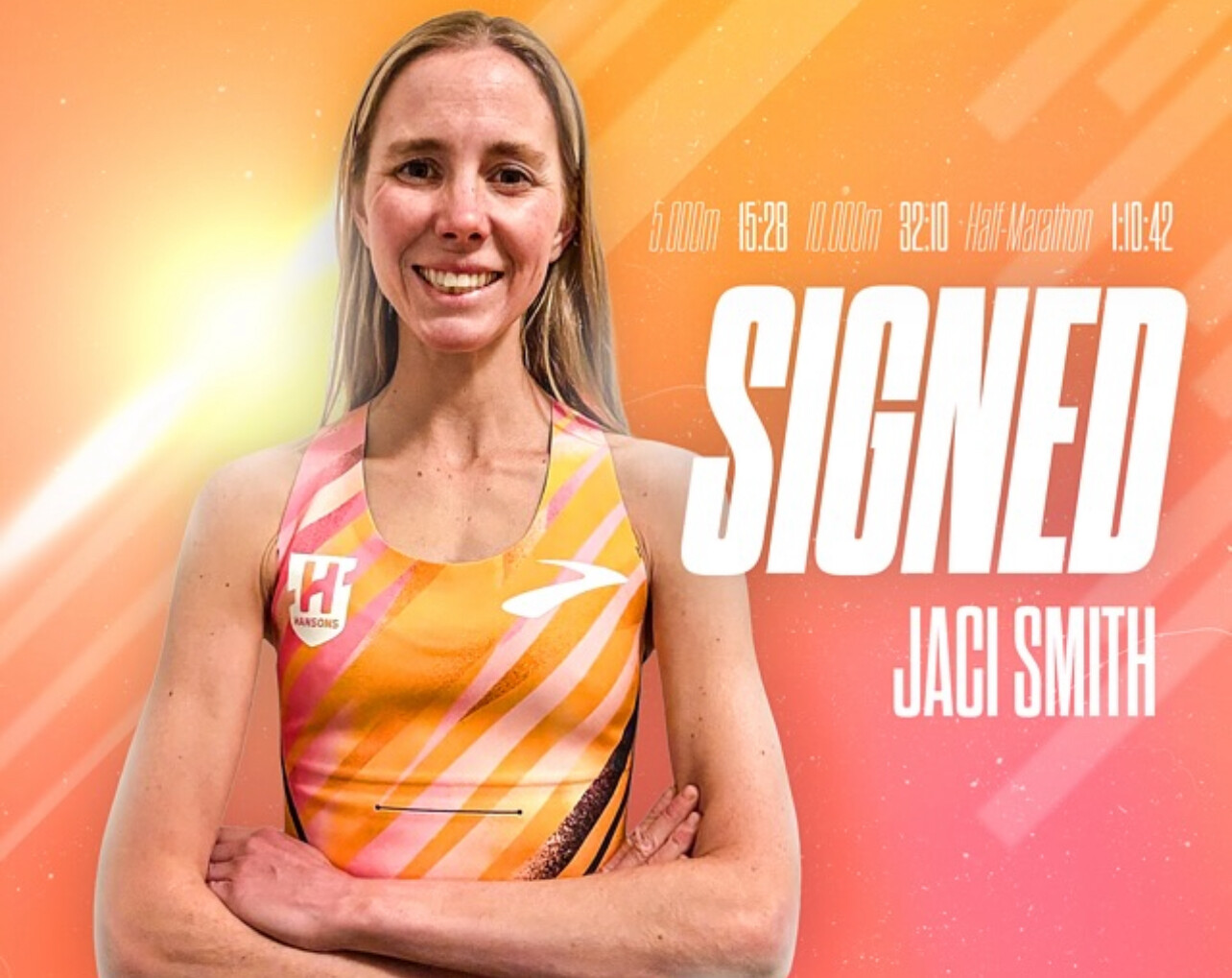
Smith arrives with standout personal bests across key distances:
• 5000m: 15:28
• 10,000m: 32:10
• Half Marathon: 1:10:42
These marks place her firmly among the top tier of U.S. women in distance running, and her addition bolsters the Hansons team as they prepare for future national and international competitions, including the U.S. Olympic Trials.
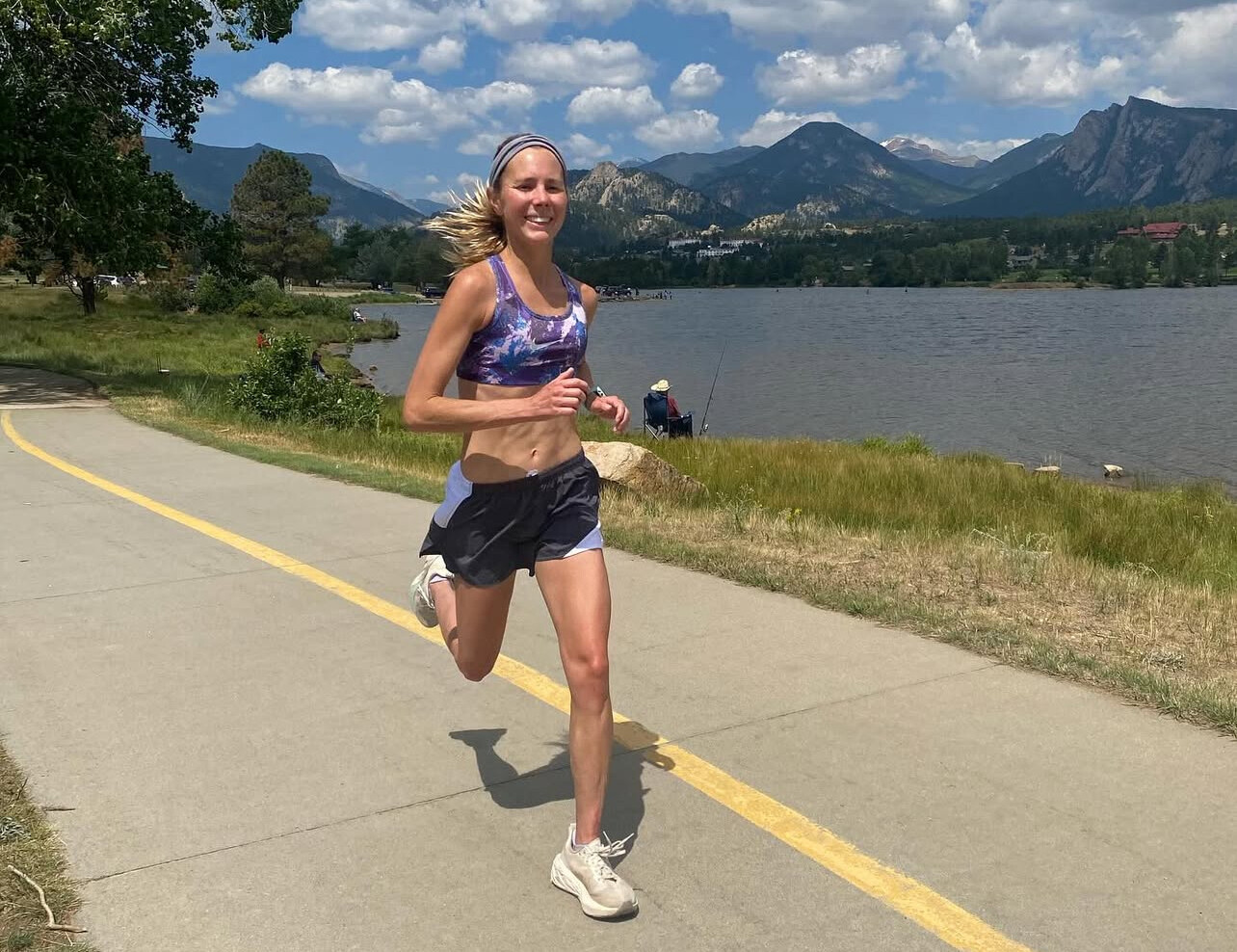
A graduate of the U.S. Air Force Academy, Smith has balanced military service with her athletic ambitions—an experience that has shaped her mental toughness and work ethic. She has represented the United States in international military competitions and brings a disciplined mindset to her training.
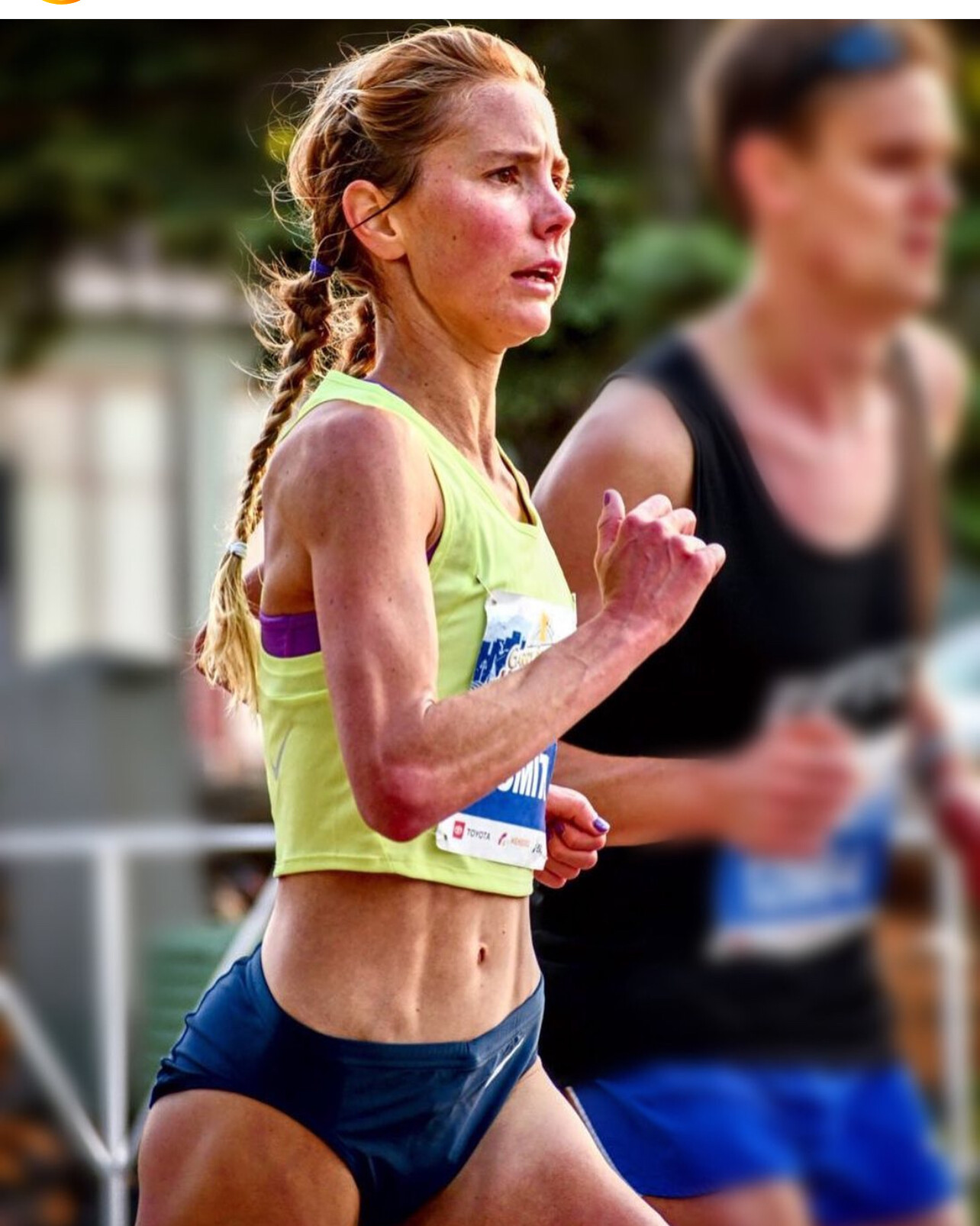
“Joining the Hansons team is a dream come true,” Smith recently shared. “I’ve admired their system for years, and I’m excited to train alongside athletes who push each other toward excellence.”
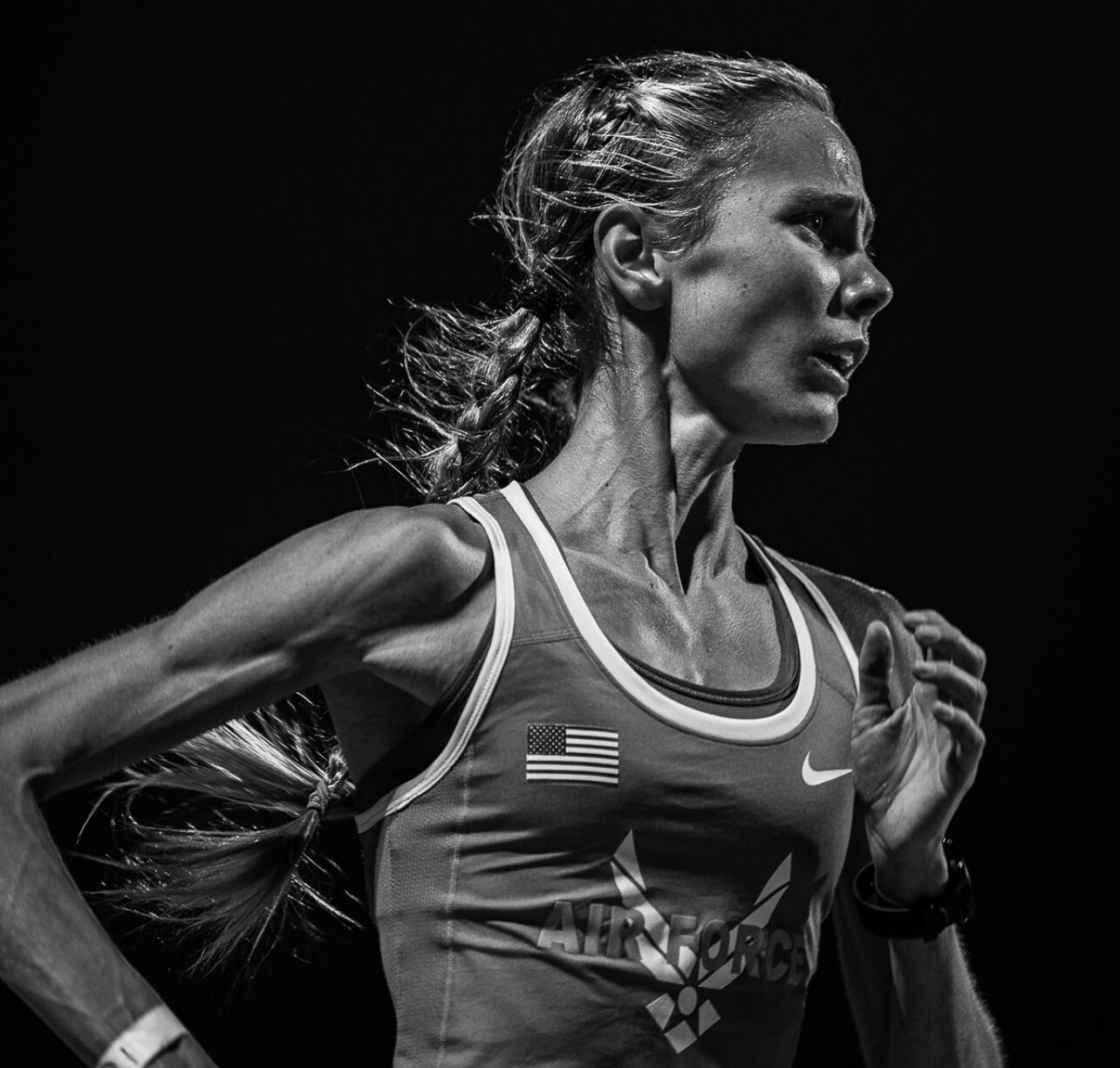
With coaching, team support, and a proven development model behind her, Jaci Smith is poised to make a strong impact in the years ahead. Her journey is one to watch as she aims for breakthroughs on the track and the roads.
Ultra running star Camille Herron wrote on social media "So happy about this! Thank you for taking fellow Okie Jaci under your wing C! We've watched her race since her freshman yr of HS and knew she's special."
by Boris Baron
Login to leave a comment
American Stars Ready to Shine at the 2025 Boston Marathon
The 129th Boston Marathon, set for Monday, April 21, 2025, promises to be a historic showdown between international champions and a formidable field of elite American runners. With defending champions Hellen Obiri and Sisay Lemma returning to defend their titles, the depth of competition will be among the strongest in recent memory.
Elite American Men
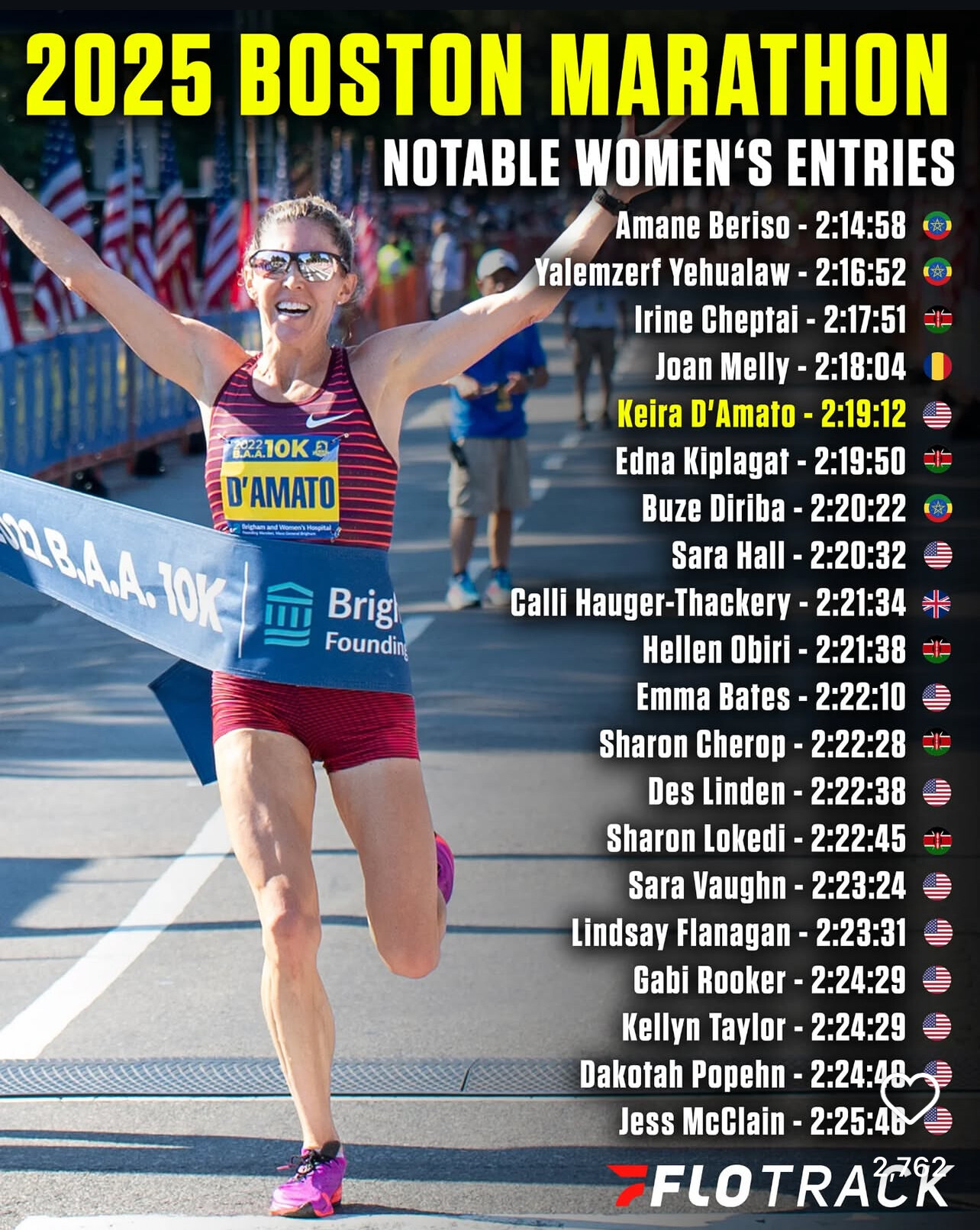
• Conner Mantz – PB: 2:07:47
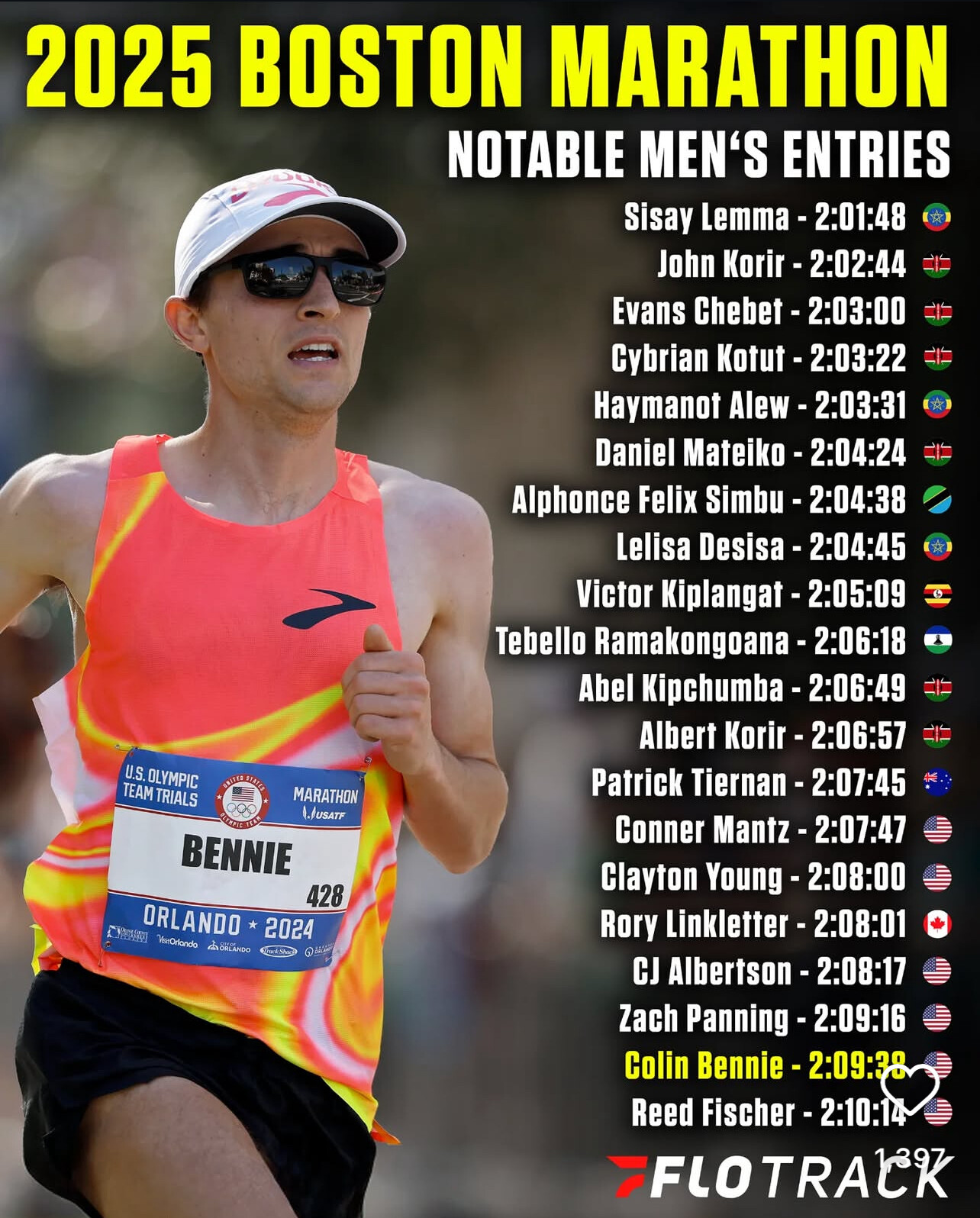
Mantz enters Boston as one of the top American hopes, fresh off an 8th-place finish at the Paris Olympics and 6th in New York City.
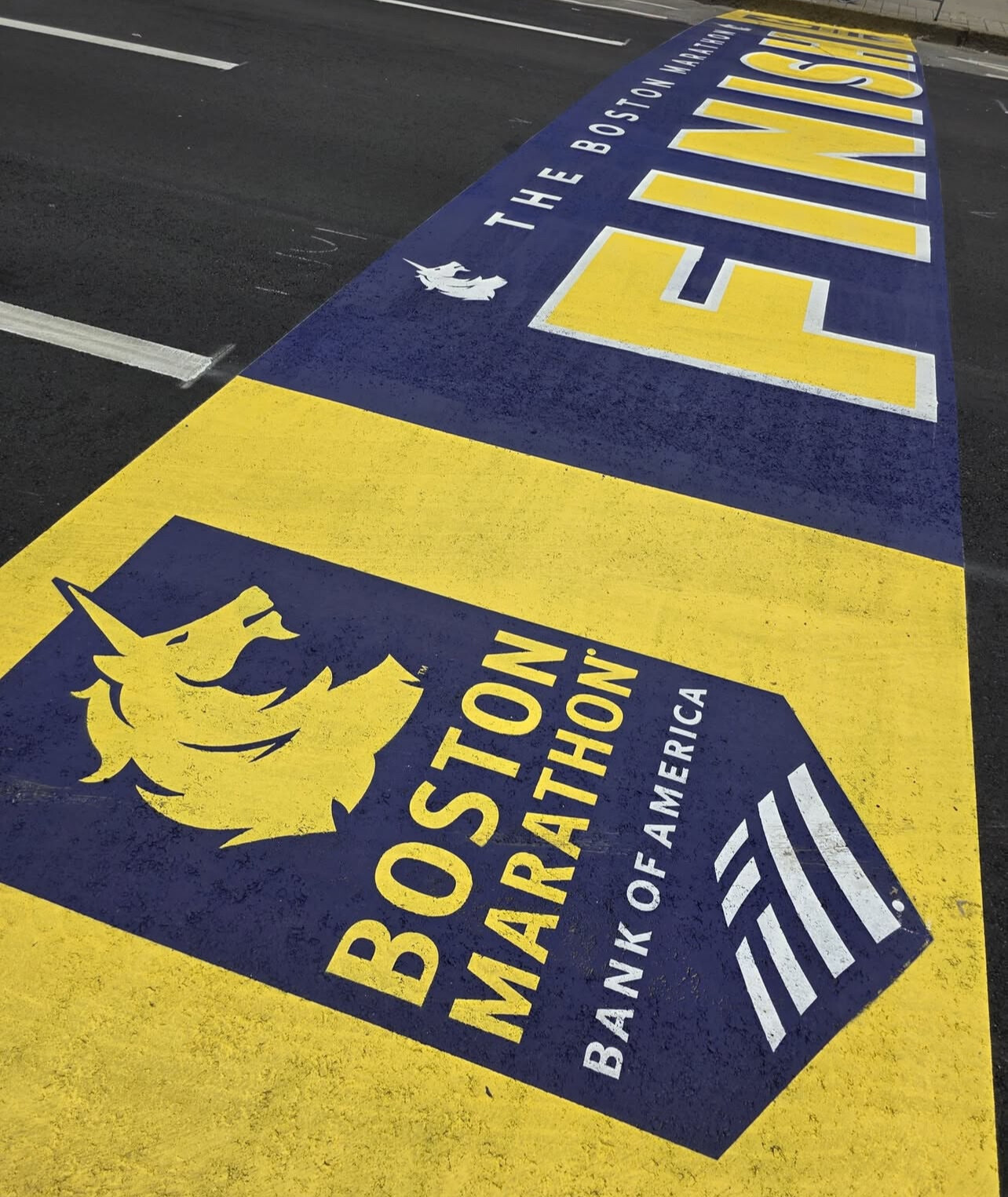
• Clayton Young – PB: 2:08:00
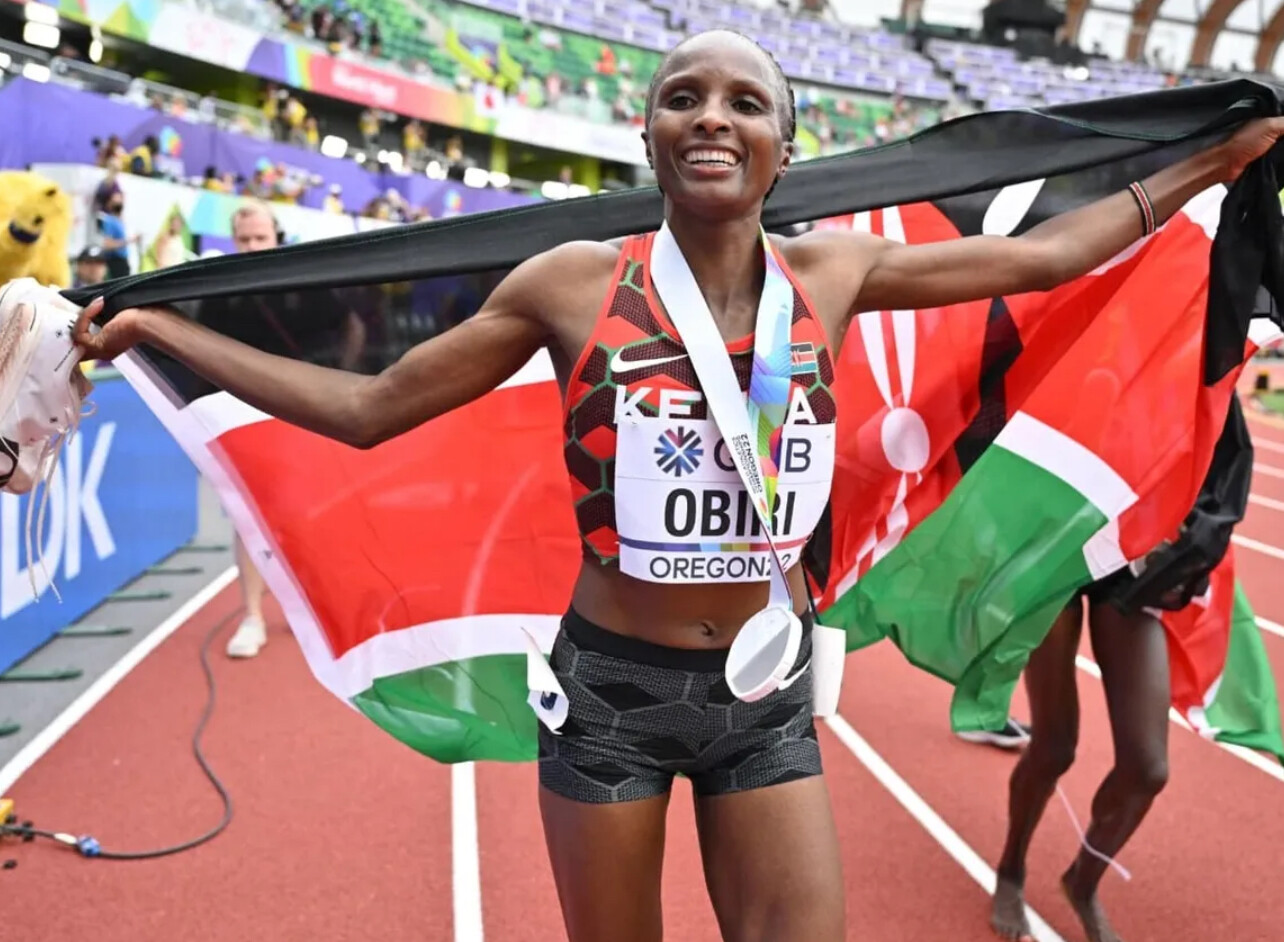
Training alongside Mantz, Young placed 9th in Paris and 7th in NYC, and continues to close the gap with the world’s best.
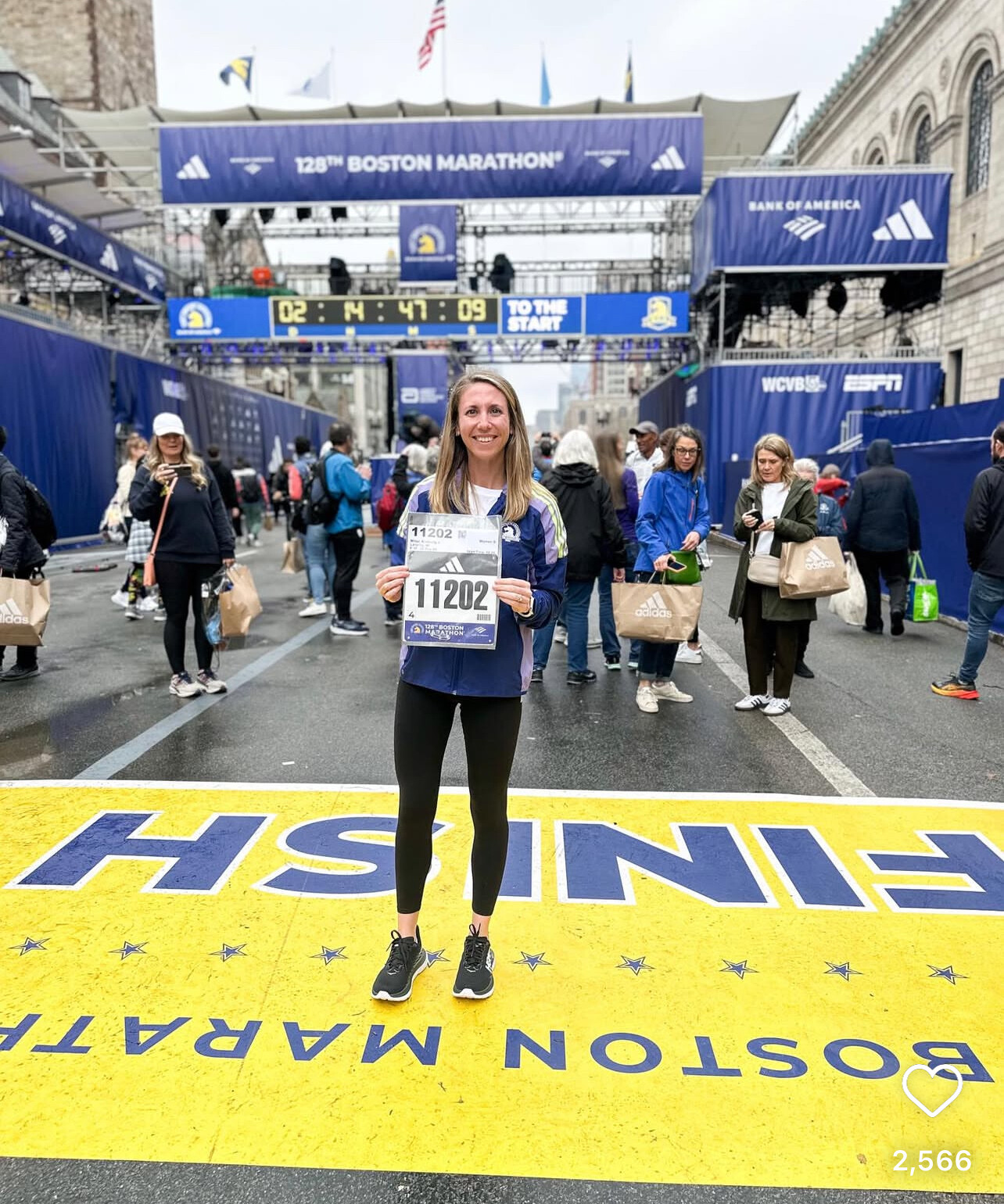
• CJ Albertson – PB: 2:08:17
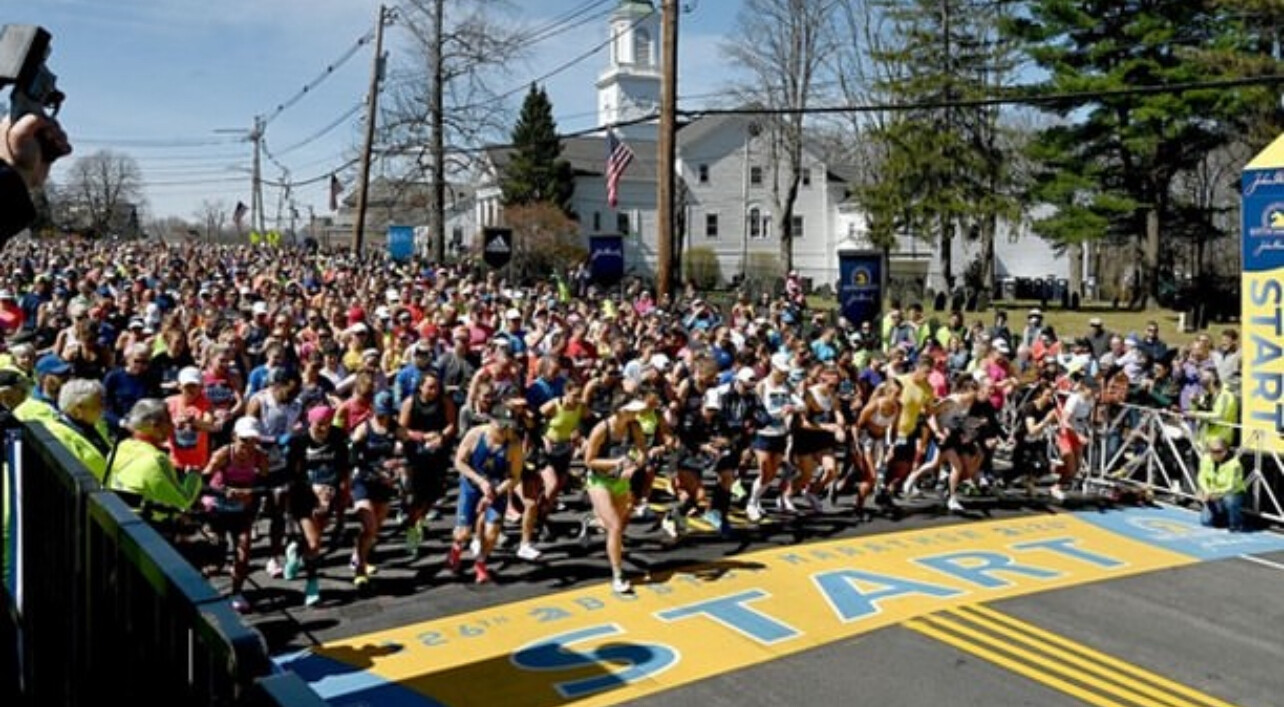
Known for his fearless tactics and high mileage, Albertson ran his personal best at the 2024 Chicago Marathon.
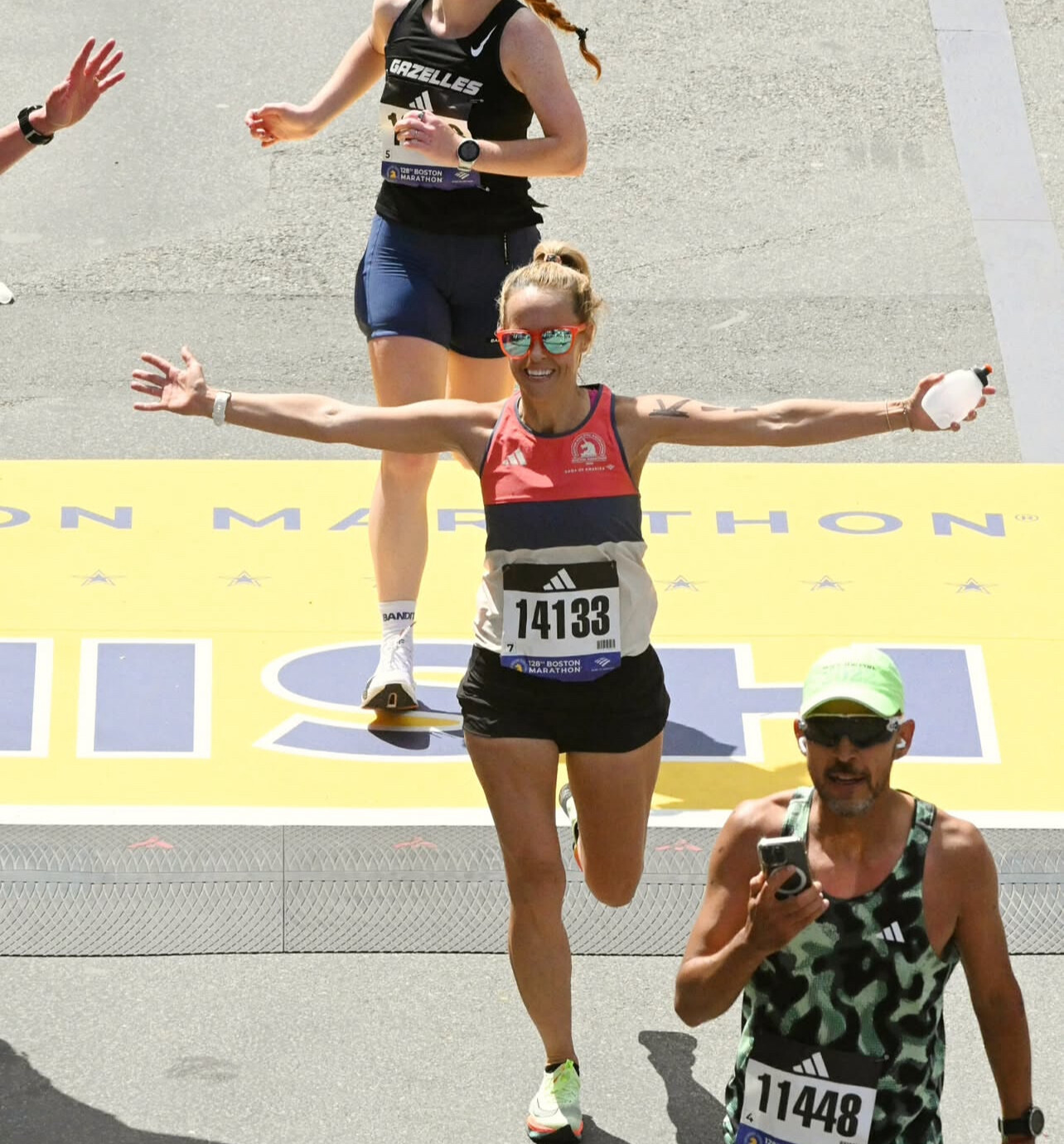
• Zach Panning – PB: 2:09:16
The 5th-place finisher at the U.S. Olympic Trials, Panning brings aggressive racing and consistent progress to Boston.
• Colin Bennie – PB: 2:09:38
The Massachusetts native and 2021 top American finisher returns with home course advantage and renewed focus.
Elite American Women
• Keira D’Amato – PB: 2:19:12
The former American record holder returns from injury with momentum and the experience to contend.
• Emma Bates – PB: 2:22:10
Bates was the top American at the 2024 Boston Marathon and continues to improve with every outing.
• Sara Hall – PB: 2:20:32
One of the most experienced American marathoners, Hall posted a 2:23:45 in Berlin last fall.
• Desiree Linden – PB: 2:22:38
The 2018 Boston champion returns for her 12th Boston start, a fan favorite with unmatched experience.
• Dakotah Popehn – PB: 2:24:40
Popehn was the top American finisher at the Paris Olympics and brings strong international credentials.
• Jess McClain – PB: 2:25:46
McClain placed fourth at the U.S. Trials and will be making her Boston debut as a rising star.
International Elite Field
Men’s Division:
• Sisay Lemma (ETH) – PB: 2:01:48
The defending champion and one of the fastest marathoners in history, Lemma seeks to repeat in Boston.
• John Korir (KEN) – PB: 2:02:44
The 2024 Chicago Marathon champion is a serious threat in any race he enters.
• Evans Chebet (KEN) – PB: 2:03:00
Boston champion in 2022 and 2023, Chebet looks to reclaim his title and join the three-time winners’ club.
Women’s Division:
• Amane Beriso (ETH) – PB: 2:14:58
The fifth-fastest woman in history is making her Boston debut.
• Yalemzerf Yehualaw (ETH) – PB: 2:16:52
Still just 25, Yehualaw adds tremendous firepower to the field.
• Hellen Obiri (KEN) – PB: 2:21:38
The two-time defending champion is chasing history with a potential third straight victory on Boylston Street.
Race Day Details
• Date: Monday, April 21, 2025
• Start Times:
• Wheelchair Division – 9:02 AM
• Handcycle & Duo Participants – 9:05 AM
• Elite Women – 9:32 AM
• Elite Men & Wave 1 – 10:00 AM
• Wave 2 – 10:25 AM
• Wave 3 – 10:50 AM
• Wave 4 – 11:15 AM
• Tracking & Coverage: Available through the B.A.A. Racing App with live updates, leaderboards, and interactive course maps.
“I’ve run over a thousand races in my life, and nothing compares to Boston,” says My Best Runs editor Bob Anderson. “When I ran 3:32:17 here at age 65, I felt like a rock star the entire way. The crowd was unbelievable—cheering, encouraging, lifting every runner forward. Boston isn’t just about the elites—it’s about the thousands of others out there chasing their dreams on the same course.”
With a deep American field and some of the fastest runners on the planet, the 2025 Boston Marathon is shaping up to be one of the most competitive in history. Whether it’s a breakout run or a hard-fought defense, fans can expect something unforgettable from this year’s race.
by Boris Baron
Login to leave a comment
Boston Marathon
Among the nation’s oldest athletic clubs, the B.A.A. was established in 1887, and, in 1896, more than half of the U.S. Olympic Team at the first modern games was composed of B.A.A. club members. The Olympic Games provided the inspiration for the first Boston Marathon, which culminated the B.A.A. Games on April 19, 1897. John J. McDermott emerged from a...
more...Sydney McLaughlin-Levrone’s Unmatched Dominance in the 400m Hurdles
Sydney McLaughlin-Levrone has firmly established herself as a formidable force in track and field, particularly in the 400-meter hurdles. Her performances have not only shattered records but have also set new benchmarks for the sport.
Record-Breaking Performances
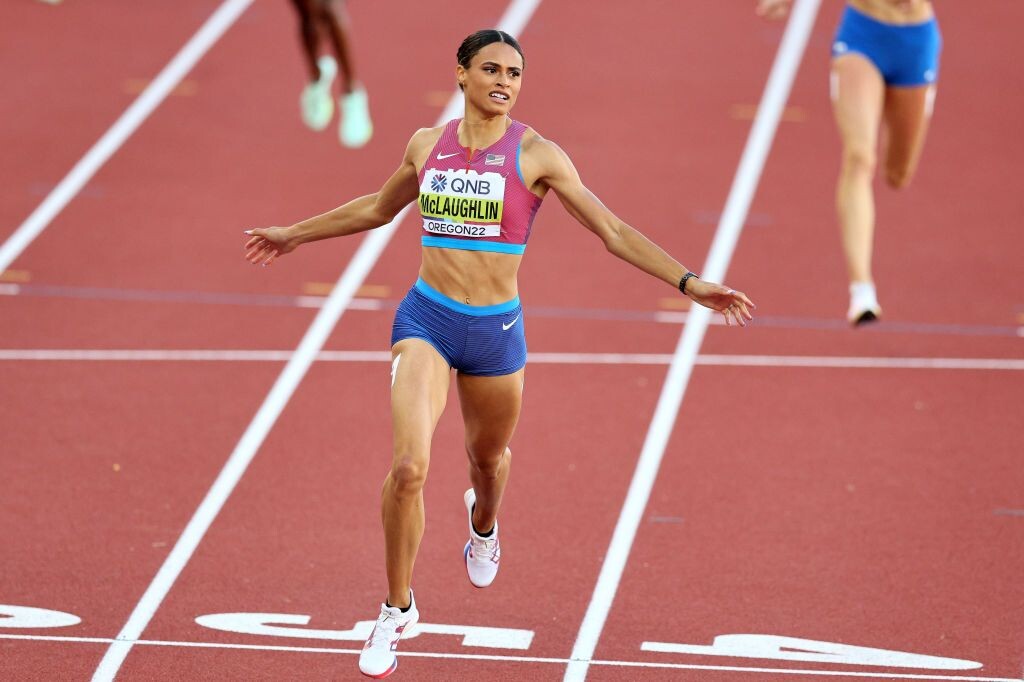
At the 2024 Paris Olympics, McLaughlin-Levrone clinched gold in the 400m hurdles, setting a new world record with a time of 50.37 seconds. This remarkable feat surpassed her previous record of 50.65 seconds, set just months earlier at the U.S. Olympic Trials.
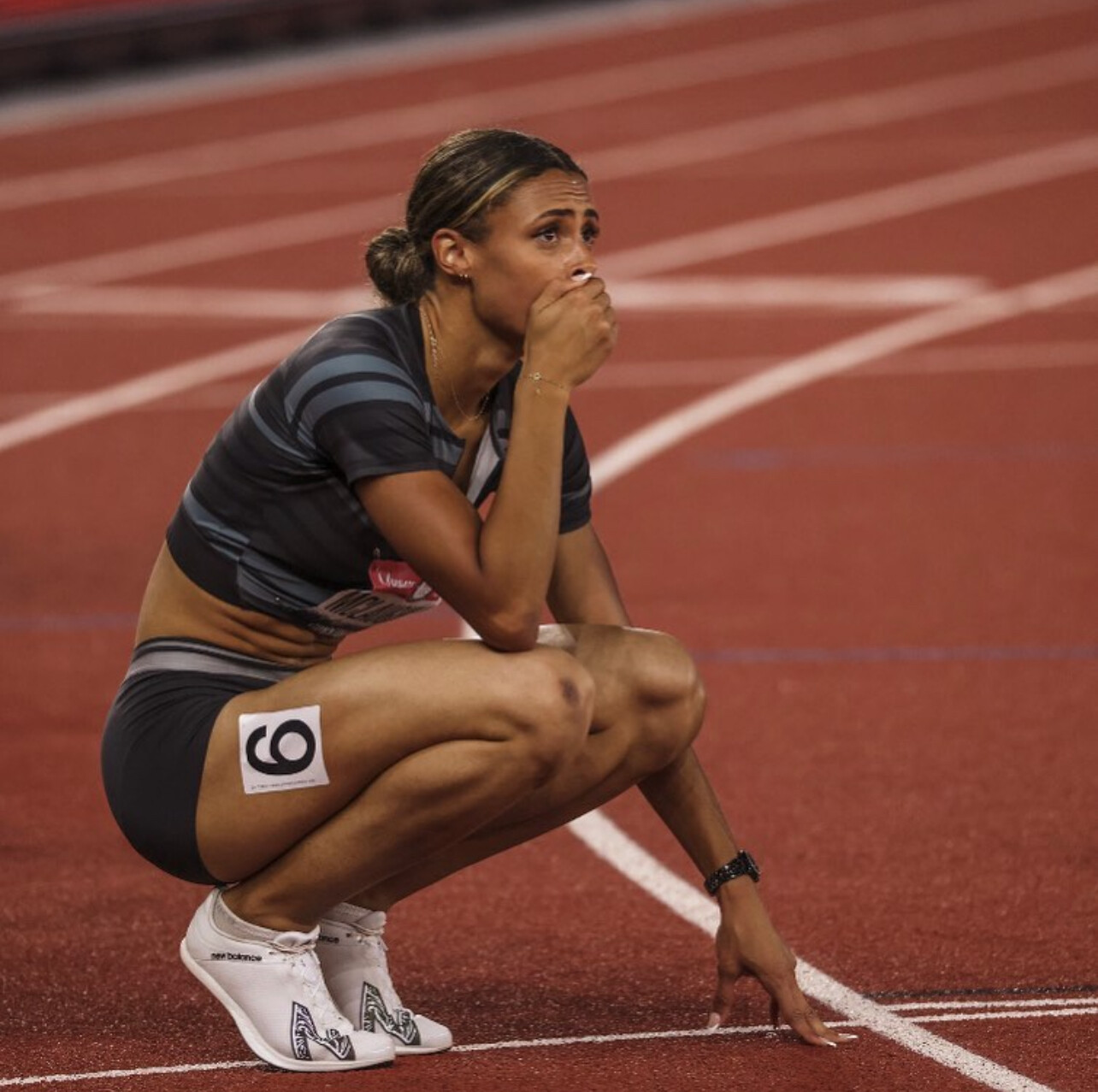
Unprecedented Winning Margins
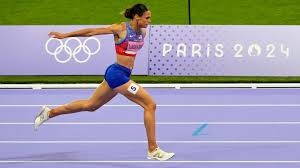
McLaughlin-Levrone’s dominance is further highlighted by her significant winning margins. In the Paris final, she finished 1.5 seconds ahead of the silver medalist, Anna Cockrell, who clocked 51.87 seconds. This margin is unprecedented in the history of the event at the Olympic level.
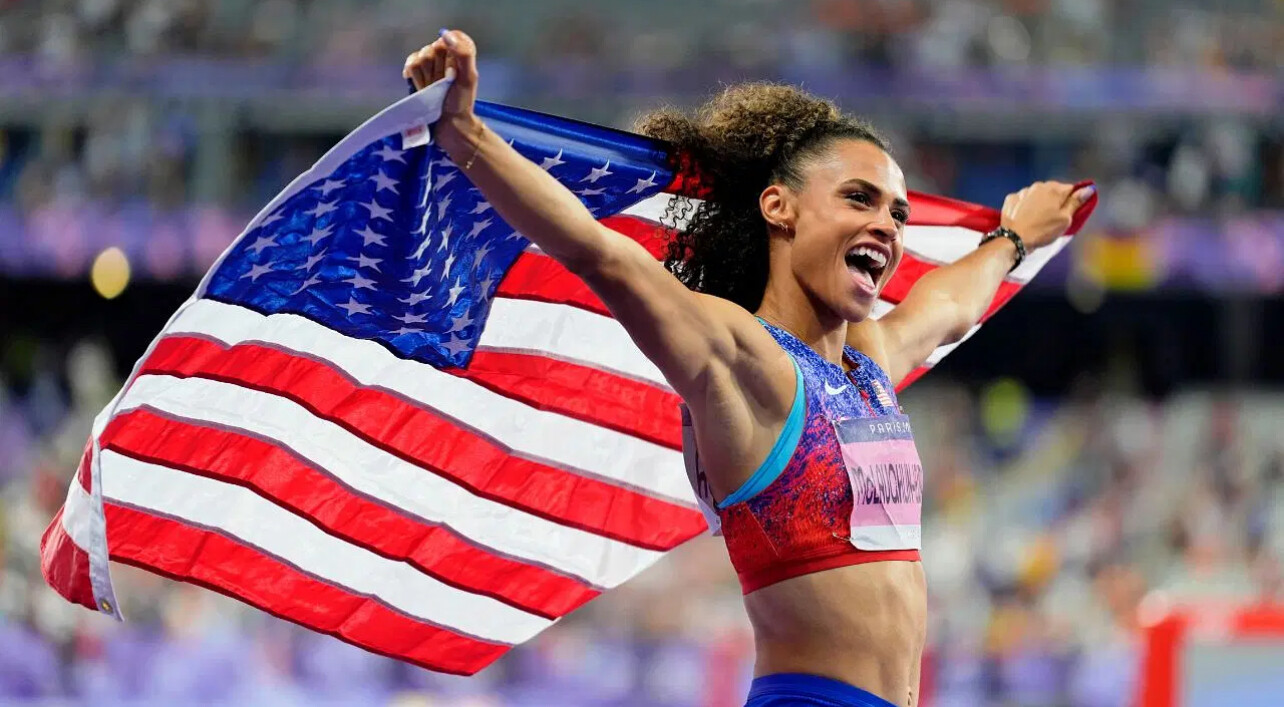
Consistency at the Pinnacle
Demonstrating unparalleled consistency, McLaughlin-Levrone has set the world record in the 400m hurdles six times, more than any other athlete in the event’s history. Her ability to continually push the boundaries of performance underscores her exceptional talent and dedication.
Technical Mastery and Training Regimen
Her success can be attributed to a meticulous training regimen and technical proficiency. McLaughlin-Levrone maintains an aggressive pace from the starting block, clearing each of the ten 30-inch hurdles with precision. Her ability to sustain speed between hurdles and execute flawless technique has set her apart from her peers.
Inspiration and Legacy
Beyond her athletic achievements, McLaughlin-Levrone serves as an inspiration, emphasizing the importance of discipline and dedication. Her journey reflects a commitment to excellence and a relentless pursuit of greatness.
by Boris Baron
Login to leave a comment
Sara Hall Reflects on the Path That Made Her Fall in Love with the Marathon
Sara Hall’s journey as one of America’s top marathoners has taken her across the world, from the high-altitude hills of Ethiopia to the historic streets of Boston. But one place remains especially meaningful—the rail trail to Shasta Dam in Redding, California.
Recently, Hall returned to this familiar path, sharing how it played a pivotal role in shaping her marathon career.
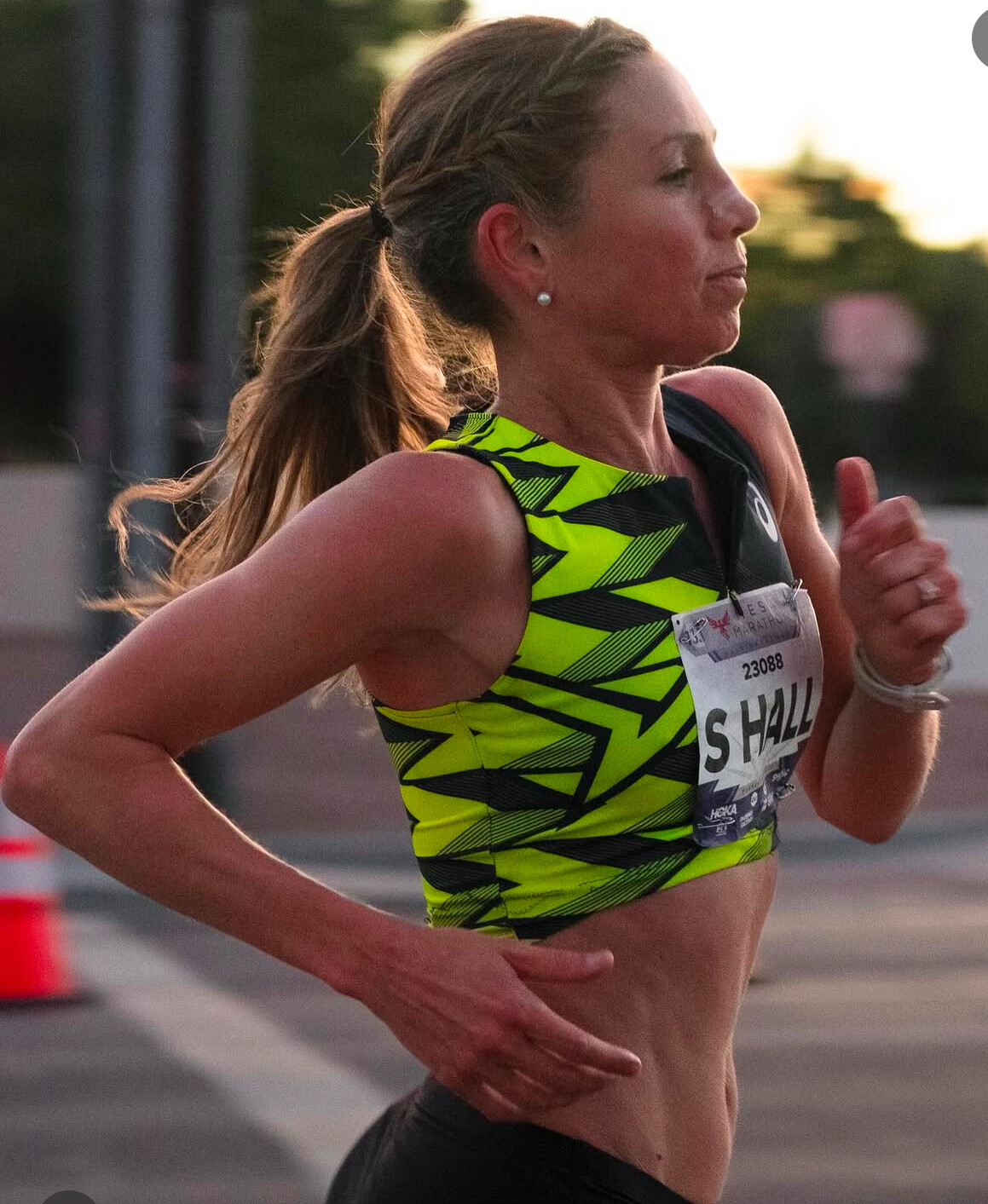
“Ryan & I moved to Redding in 2012 with months til the Olympic Trials, wanting more of God and to be a part of Bethel, but not knowing much about what it would be like to train here. This place far exceeded our expectations, with the most beautiful bike path in the world (rail trail up to Shasta Dam) and an endlessly positive training partner, Ben Keck.”
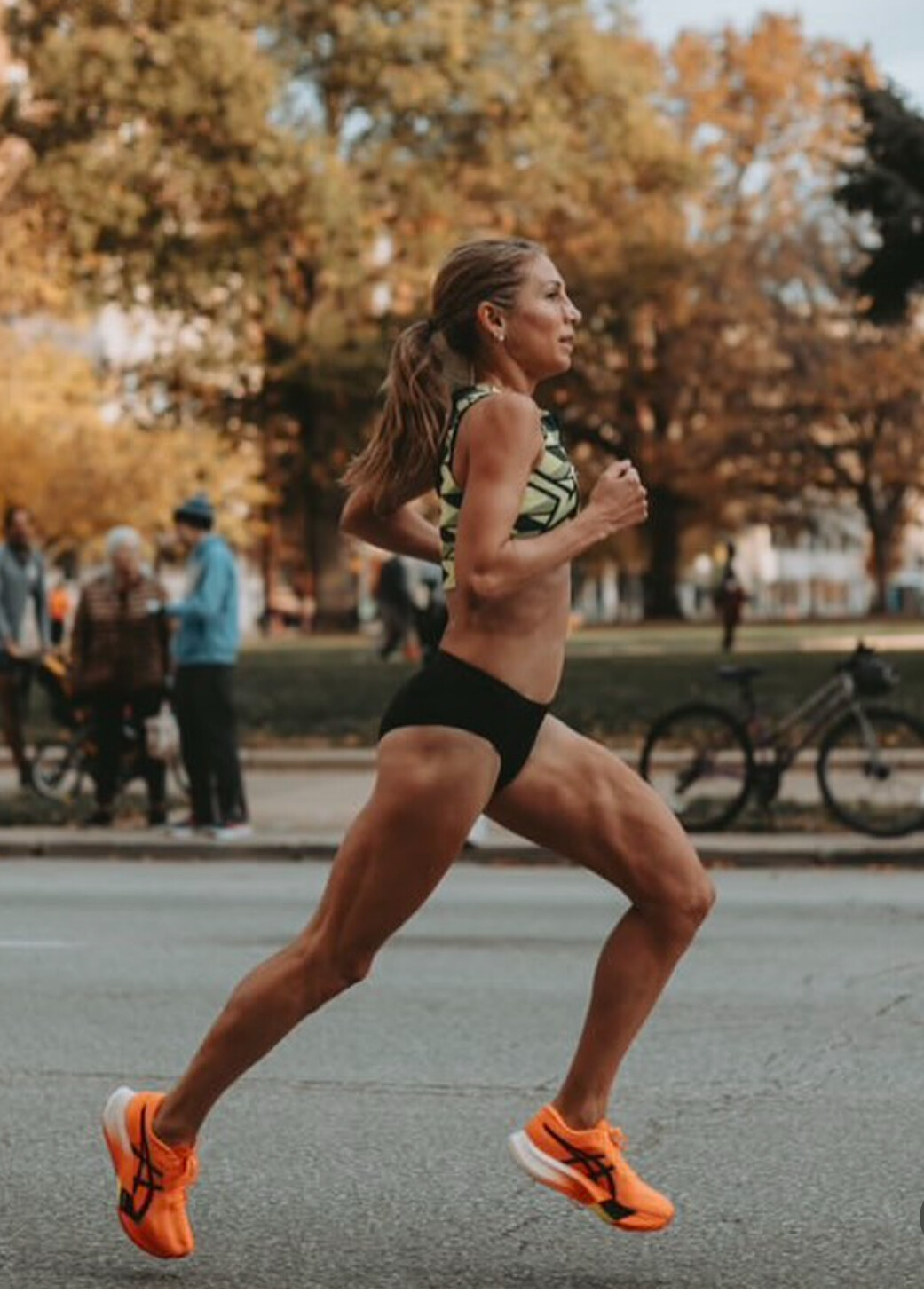
Reuniting with Keck for a long run, Hall logged over 1,000 feet of elevation gain without bike support—stashing bottles, ketones, and a ziplock of gummy peaches in her sports bra to fuel the effort. “Thinking of the people like Ben who have kept me enjoying the sport for so long when I could have easily hung it up—forever grateful,” she added.
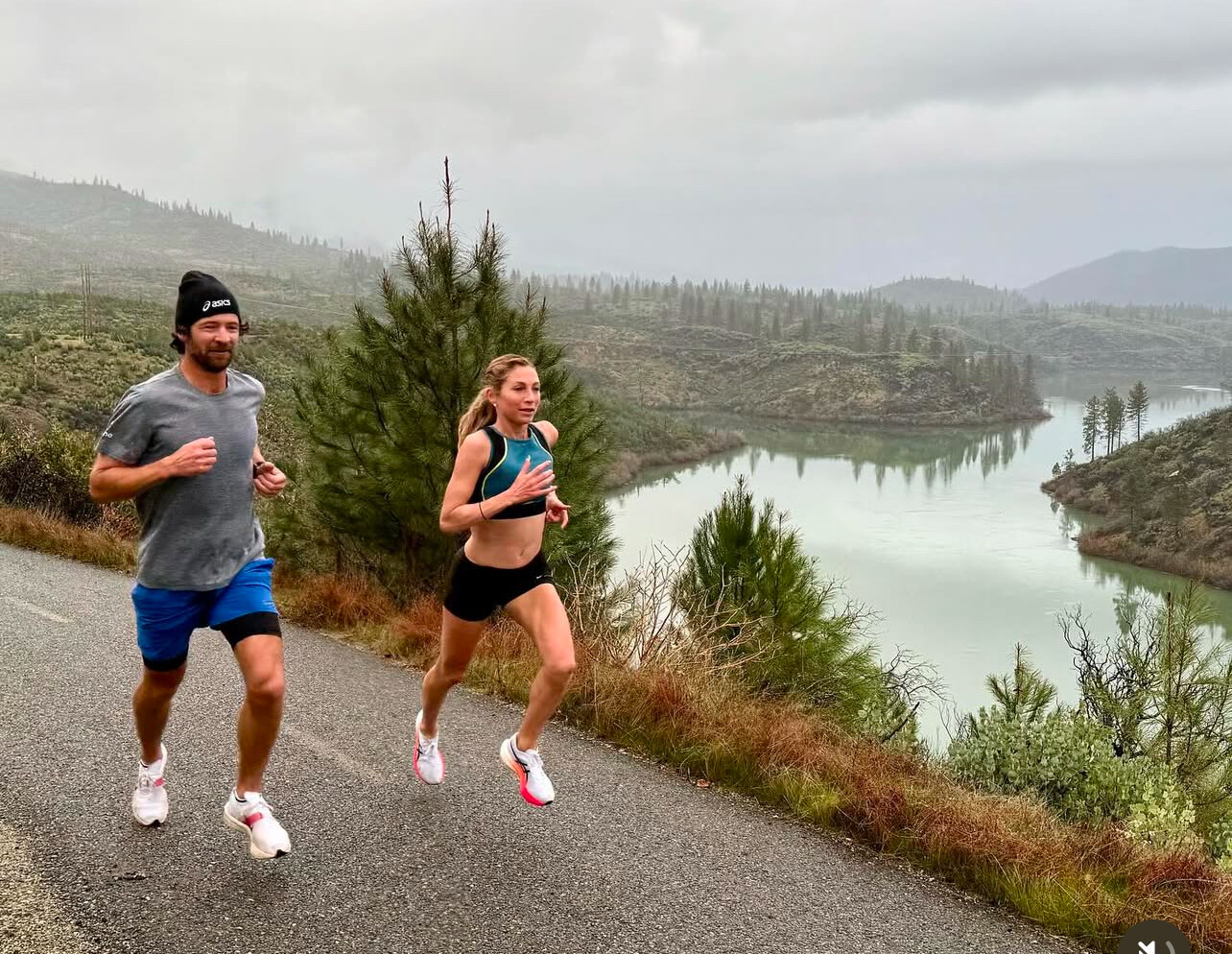
Now 41, Hall continues to defy expectations as she prepares for the next phase of her career. She will turn 42 just before the 2025 Boston Marathon, an event where she will once again test herself against the world’s best.
In December 2024, she set a new U.S. masters marathon record, running 2:23:45 at the Valencia Marathon, breaking her own previous record of 2:26:06. The performance reaffirmed her status as one of the fastest American women over 40, showing she is still improving and competing at the highest level.
Her journey to the marathon was not a direct one. A standout high school and collegiate runner, Hall won multiple state and NCAA titles before turning pro. She initially focused on shorter distances before successfully moving up to the marathon, setting a personal best of 2:20:32 at the 2020 Marathon Project—one of the fastest times ever recorded by an American woman.
Her latest masters record in Valencia secured her place at the top of the fastest American women over 40 list:
Fastest American Masters Women’s Marathon Performances
Sara Hall – 2:23:45 at age 41, 2024 Valencia Marathon
Desiree Linden – 2:27:35 at age 40, 2023 Chicago Marathon
Colleen De Reuck – 2:28:40 at age 40, 2004 Olympic Trials Marathon
Roberta Groner – 2:29:09 at age 41, 2019 Rotterdam Marathon
These performances highlight the longevity and competitiveness of elite American female marathoners, proving that success in the sport doesn’t have to fade with age.
As Hall continues her career, she remains focused on both competition and the relationships that have kept her inspired along the way. Whether she is training on the hills of Ethiopia, preparing for another major marathon, or revisiting the path that first fueled her love for the sport, one thing is certain—Sara Hall is far from finished.
by Boris Baron
Login to leave a comment
5 Things Most Marathoners Shouldn’t Worry About
Marathon training can be overwhelming, but some things just aren't worth the stress
With the abundance of marathon training advice available today, figuring out how best to prepare can seem as daunting as the race itself. There are training plans for every ability level, books dedicated exclusively to the subject of marathon nutrition, and accessories for problems you probably didn’t know existed. For someone with limited time to dedicate to the inherently absurd pursuit of racing 26.2 miles, the question may arise: How much of this stuff do I really need to worry about?

Of course, the answer depends on your goals. Anyone looking to qualify for the Olympic Trials will be fine-tuning their training down to the last detail. But for the average marathon runners, it’s easy to miss the forest for the trees.
To help cut through some of the clutter and distill those aspects of marathon training that matter most, we consulted Mario Fraioli, a former collegiate All-American and head coach of the digital coaching service Ekiden. (He also writes a weekly newsletter called the Morning Shakeout.) Fraioli has coached several elite-level athletes, but we picked his brain about what the rest us should be most focused on.
There’s No Magic Marathon Diet
One reason long runs are indispensable to marathon training is that they give you a chance to practice taking in food and drink in a race scenario. When it comes to nutrition-related aspects of marathon prep, figuring out what will work for you in a race is more crucial than worrying about things like “carbo-loading” or trying to find a perfect marathoner’s diet.
Of course, a healthy diet will bolster your chances of racing well, and you’ll need to eat more as you burn more calories, but what constitutes a healthy diet for the average runner doesn’t dramatically differ from a healthy diet in general.
Ingesting gels during the late stages of a race, on other hand, poses a unique challenge that you should prepare for.
“In marathoning, fueling is the X-factor for a lot of people,” Fraioli says, noting that it’s essential to figure out beforehand how your body responds to taking on food after two hours of running. Then there’s the mechanics of it—things like learning to squeeze a plastic cup so you can drink its contents midstride without sending most of it straight up your nose.
“Drinking on the run is something a lot of people, even top pros, struggle with, because they don’t practice it,” Fraioli says.
You Don’t Have to Hit the Track
For most advanced marathon runners, training includes a combination of long runs at or near race pace, as well as short, fast interval workouts. If you can’t fit both into your schedule, it’s best to prioritize the former.
In recent years, fitness media has heralded the benefits of high-intensity interval training, or HIIT, often with the purpose of explaining how the short, fast repetitions can also benefit those preparing for long races. There’s no question that HIIT is a great way to build fitness quickly, but this shouldn’t obscure the fact that, ultimately, long runs are the closest simulation of what you’ll face in a marathon.
The bottom line is that while you can still achieve a very good result in the marathon without incorporating short intervals into your training, missing your long runs will lead to race-day disaster. (Case in point: 60-year-old 2:45 marathoner David Walters hardly runs any short stuff anymore, but, well, he’s still pretty good.)
“Even for most competitive marathoners who are not elite, they are running somewhere between two hours and 30 minutes and three hours and 30 minutes. That’s a lot of time on your feet,” Fraioli says. “Just from that standpoint, the long run carries a greater importance—so you’re comfortable being out on your feet and running that long.”
Focus on Your Own Training Plan, Not the Pros’
Fraioli has recently noticed a lot of very good amateurs trying to emulate the workouts of world-class runners. This is not a wise approach.
“Some runners look at all these wild workouts—40K at 95 percent marathon pace—and they’ll think, ‘Well, if this is what the top people in the world are doing, I’m going to tailor that to my own training,’” he says. “They don’t always realize that for these athletes, it’s their full-time job, and they’ve built up being able to handle that level of stress over the course of many years.”
Instead of trying to figure out what Galen Rupp is doing, the most valuable training log you can consult is your own. Fraioli has documented his training since his high school running days and says it’s like a personal reference text that provides healthy perspective on his entire running career. Such journals are a both great way to see how far you’ve come and an essential resource when it comes to planning your next training cycle.
Save the Racing Flats for When You Qualify for Boston
Yes, we’ve published articles about the benefit of racing in flats, and there have certainly been exciting innovations on this front, but for the majority of marathoners, the procurement of lightweight racing shoes is literally one of the last things they should be concerned about.
“I think racing flats falls into that last 5 percent,” says Fraioli. “Most people should look to optimize the other 95 percent of training elements first.”
If you’re new to marathoning, it’s advisable to complete a few races in the same running shoe you’re used for training, rather than opting for a lightweight model right off the bat. (For advice on picking the perfect shoe, look here.) Down the line, racing flats can increase running efficiency and help shave a few seconds off your finishing time, but they also offer less in the way of cushioning and support. Think of them as a reward to give yourself after your first breakthrough marathon performance.
Your Training Plan Is a Guide, Not an Instruction Manual
There’s no question that training for a marathon requires discipline, but discipline shouldn’t be confused with dogmatic adherence to a prescribed training plan. When putting together a workout schedule for a future race, it’s impossible to know how you’re going to feel on a particular day, eight weeks into your training. Furthermore, you probably can’t anticipate external factors that can cut into your time, whether that’s a workplace fiasco or sudden snowstorm.
Like elsewhere in life, flexibility is key. Once you accept the fact that you may be able to run only four days in a given week, you can focus on making sure to include those workouts that are most important—for example, the weekly long run mentioned above.
“I think there are too many people trying to cram 100 miles into what for them should be a 50-mile week, rather than thinking about what they should be prioritizing,” says Fraioli.
“You don’t want to chase [mileage] numbers for numbers’ sake. You want to prioritize the training elements that will yield the biggest returns for you, based on how much time you have available.”
Login to leave a comment
Racing Super Shoes Will Be Lighter, More Responsive, and Likely Even Faster in 2025
New models from Adidas, Brooks, Hoka, On, Puma, and Saucony highlight a speedy new crop of racing and training super shoesEager to run a new personal best in the marathon in 2025? Or are you itching to crank out a quicker half marathon than you ran in 2024? Or maybe a fast effort in a trail race? The continued evolution of speedy shoe technology will be on your side. With new midsole foams and propulsion plate configurations, top-tier racing shoes will be lighter, more responsive, and presumably faster in 2025.
That goes for both road racing and trail racing super shoes that will be hitting running shops from late winter to early summer.Asics, New Balance, and Under Armour will have lighter and more energetic road racing shoes coming out by late spring, while Nike is expected to release its Ultrafly 2 trail racing super shoe in June. While those models are still under embargo, we’ve got the scoop on several race-day super shoes and high-performance training shoes unveiled at The Running Event trade show in November in the roundup below. We haven’t fully wear-tested these shoes yet, so it’s just a preview of what’s to come. When wear-testing is complete, we’ll produce both first-run reviews and in-depth multi-tester reviews with input from the Outside wear-test team and data from the Outside Gear Lab in Denver.2025 Road Racing Super Shoes
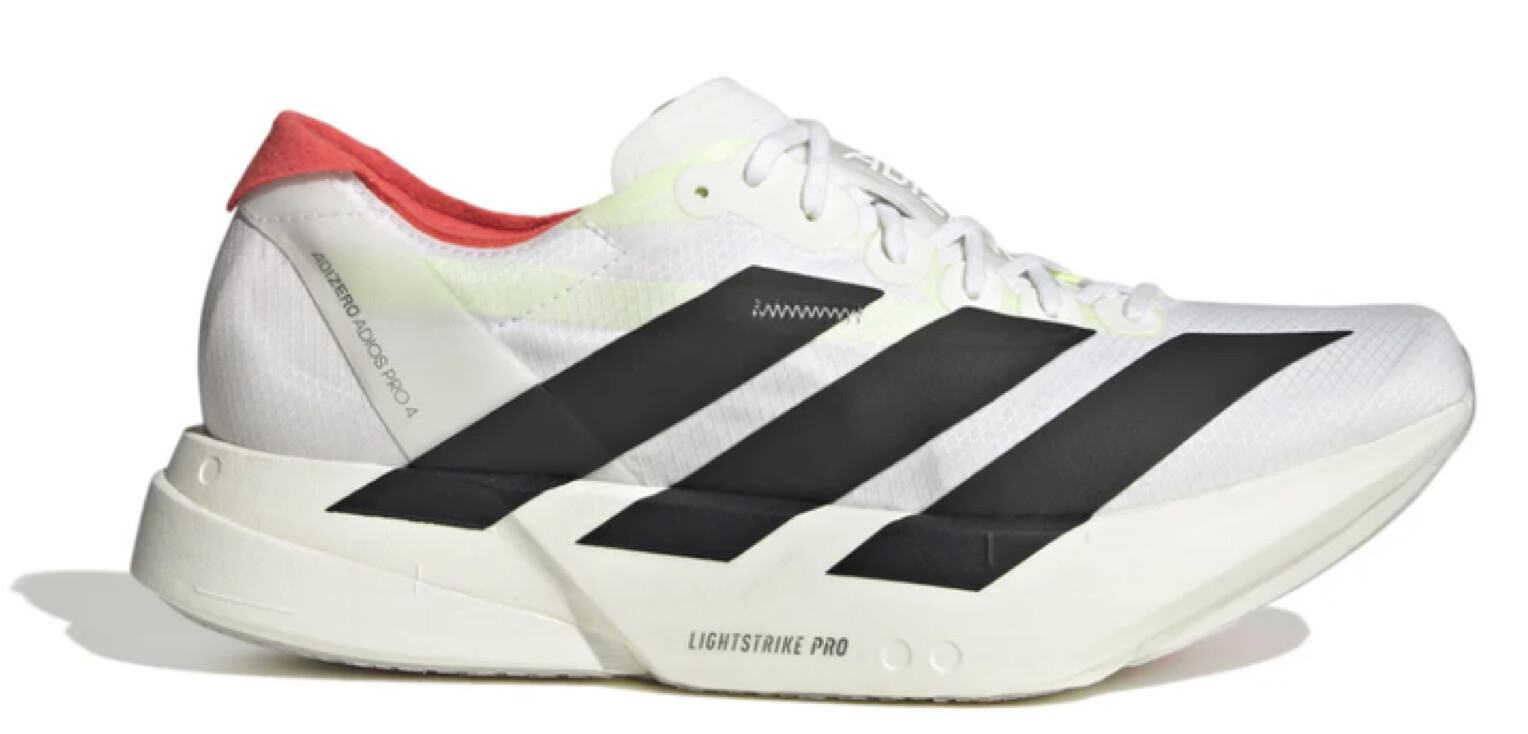
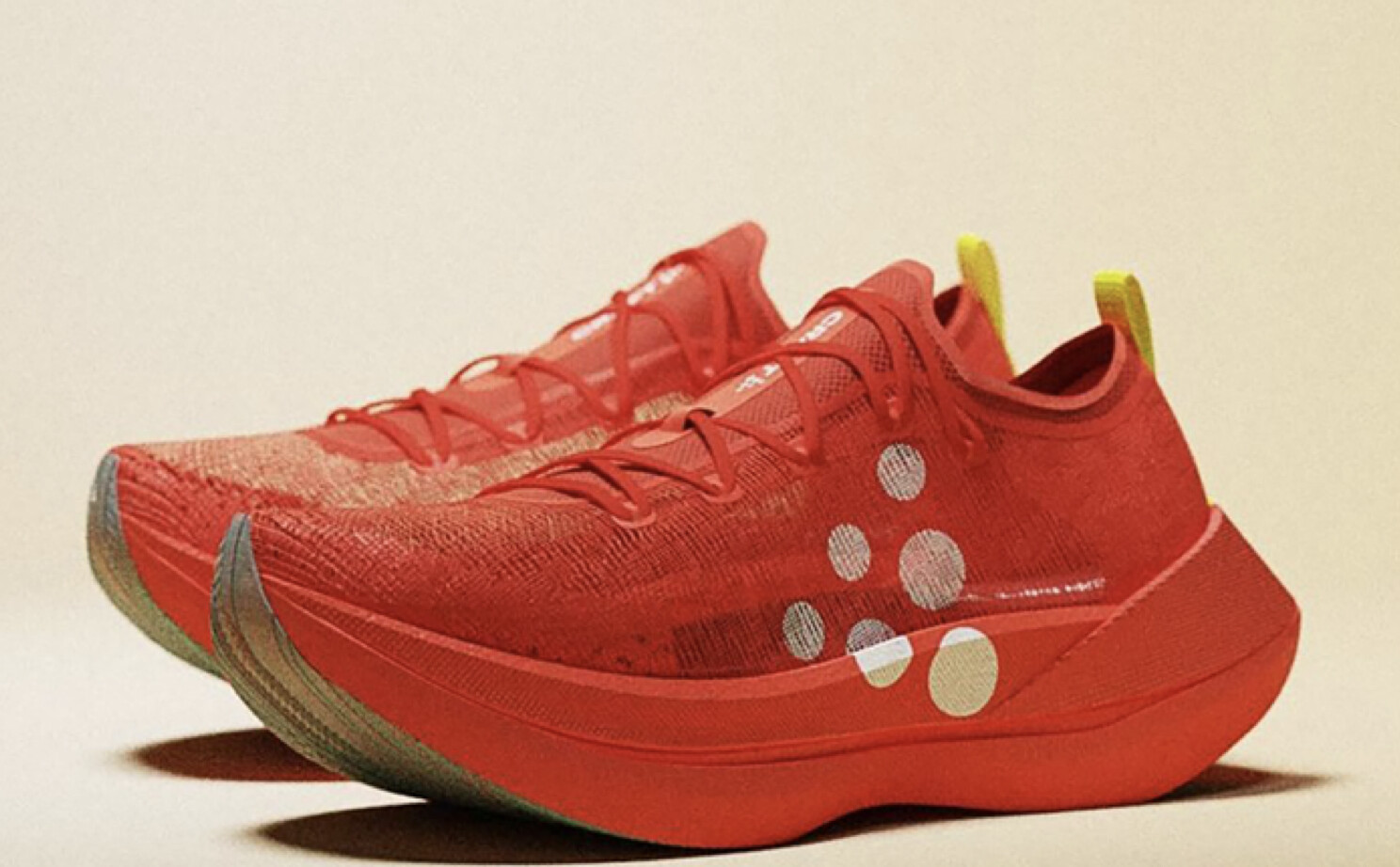
Adidas Adizero Adios Pro 4, $250
Approximate Weights: 6.0 oz. (women’s 8), 7.0 oz. (men’s 9)Heel-Toe Offsets: 6mm drop; 39mm (heel), 33mm (forefoot)Release Date: January
The Adizero Adios Pro 4 was released in limited numbers just before the Berlin Marathon in September, but it will hit stores in mass quantities worldwide in January. It’s been updated with a bouncier Lightstrike Pro midsole, a lighter, stronger stretch-mesh upper with internal locking bands, a new configuration of the Evo Pro EnergyRods, and an aggressive new geometry in which the forefoot rocker point is at 60 percent of the shoe’s length. Several Adidas pros raced in this shoe in the New York City Marathon, including women’s winner Sheila Chepkirui and men’s runner-up Evans Chebet.Brooks Hyperion Elite 4 PB, $250
Approximate Weights: 6.6 oz. (women’s 8), 8.6 oz. (men’s 9)Heel-Toe Offsets: 6.5mm drop; 38.5mm (heel), 32mm (forefoot)Release Date: February
Brooks has been working on enhancing its top-tier road racing shoes for several years. It released the Brooks Hyperion Elite 4 with its DNA Flash v2 midsole compound prior to the 2024 U.S. Olympic Trials Marathon last February, but early in 2025 it will release the Hyperion Elite 4 PB with the brand’s new DNA Gold supercritical midsole foam, a very light and responsive nitrogen-infused 100 percent Peba material, and a very light and airy knit-mesh upper.Brooks Hyperion Elite 5, $275
Approximate Weights: 5.8 oz. (women’s 8), 6.9 oz. (men’s 9)Heel-Toe Offsets: 8mm drop; 40mm (heel), 32mm (forefoot)Release Date: JulyBrooks had hoped to keep the Hyperion Elite 5 under wraps by showing it under embargo at The Running Event trade show, but someone leaked it so it decided to release the details and images of it. It has a DNA GOLD 100 percent PEBA foam midsole with a unique series of half-orb bubble configurations under the arch for optimal compression and decompression. It also has a very light and airy knit-mesh upper and minimal outsole rubber to keep it as light as possible.Craft Kype Pro, $300
Approximate Weights: 5.8 oz. (women’s 8), 6.9 oz. (men’s 9)Heel-Toe Offsets: 8mm drop; 40mm (heel), 32mm (forefoot)Release Date: March
Craft says the unique heel split design of its new Kype PRO racing shoe significantly reduces the contact surface area between the shoe and the ground, allowing for quicker toe-offs and a more efficient stride pattern. The skeleton-like carbon-fiber propulsion plate (developed in collaboration with Arris) embedded in the midsole of its Peba-based Xx midsole foam weighs less than half of an ounce and has a split heel design and enhanced stiffness The ultra-light AeroMesh knit upper is made from a durable mono yarn knit that offers support, pliability, and breathability, while the bottom of the shoe features a thin, lightweight rubber outsole was developed with Italian bicycle tire manufacturer Vittoria.Hoka Cielo X 1 2.0, $275
Approximate Weights: 7.0 oz. (women’s 8), 8.1 oz. (men’s 9)Heel-toe offset: 10mm; 48mm (heel), 41mm (forefoot)Expected launch: February
Login to leave a comment
'It’s just going to be a movie'- Erriyon Knighton ready to spice up rivalry with Noah Lyles as he waits for right moment
Erriyon Knighton is focused on improving at his own pace, embracing future rivalries with top sprinters and promising it will be 'a movie' when the time is right.
World 200m silver medallist Erriyon Knighton is just awaiting the right time to make his rivalry with top sprinters like Noah Lyles, Kenny Bednarek and Letsile Tebogo spicy.
The 20-year-old is not under any form of pressure to deliver at the moment and in fact, he is taking his sweet time and enjoying himself.
He disclosed that speaking of the world record at this time would be unrealistic and he is just on the mission of chasing medals until the right opportunity presents itself.
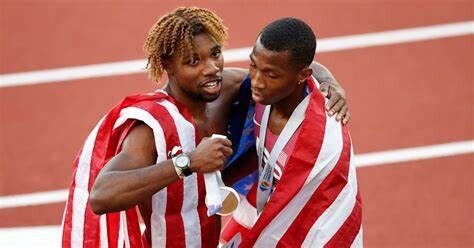
In an interview with Reuters earlier this year, Knighton noted that he makes his own rules and works under his own terms, understanding that people will still want to talk and compare him with other stars.
"Until I get old ... there's still going to be comments like, 'the young phenom' or 'I did this at this age'," Knighton told Reuters.
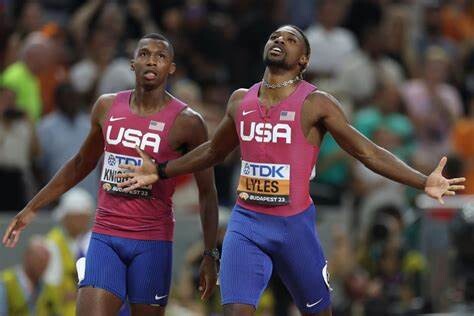
"They were expecting me to break the world record when I was like 19, 20 years old. But in reality it's just not like that."
Speaking of Noah Lyles, Knighton insisted that people should stop with the comparisons since athletes are very different.
The former world 200m bronze medallist insisted that when the right time comes, he will achieve what he has always been working hard for but now they should give him time.
"He's doing his thing right now. Everybody has their time and place in a rivalry. And I feel like just going on in the years once I get older, you know, it's just going to be a movie every time we step on the track,” Knighton asserted.
"I'm just not at the point where I'm like at my best, but I'm getting better," said Knighton. "When I reach my best, then we can talk about the world records."
Knighton has faced a few setbacks including being suspended by the Athletics Integrity Unit before being cleared to compete at the US Olympic trials where he finished third and secured a slot to the Paris Olympic Games.
In Paris, the American youngster narrowly missed out on the podium bracket with his fourth-place finish. Letsile Tebogo won the race as Kenny Bednarek and Noah Lyles came in second and third respectively.
by Abigael Wafula
Login to leave a comment
'I want to be the best to ever do it'- American sprint sensation still dreaming big despite injury woes
The two-time world bronze medalist wants to come back and continue his legacy after injuries slowed him down in the last two years.
American sprint sensation Trayvon Bromell has been a victim of injuries but he now feels ready to come back in 2025 and continue the legacy he had in 2022.
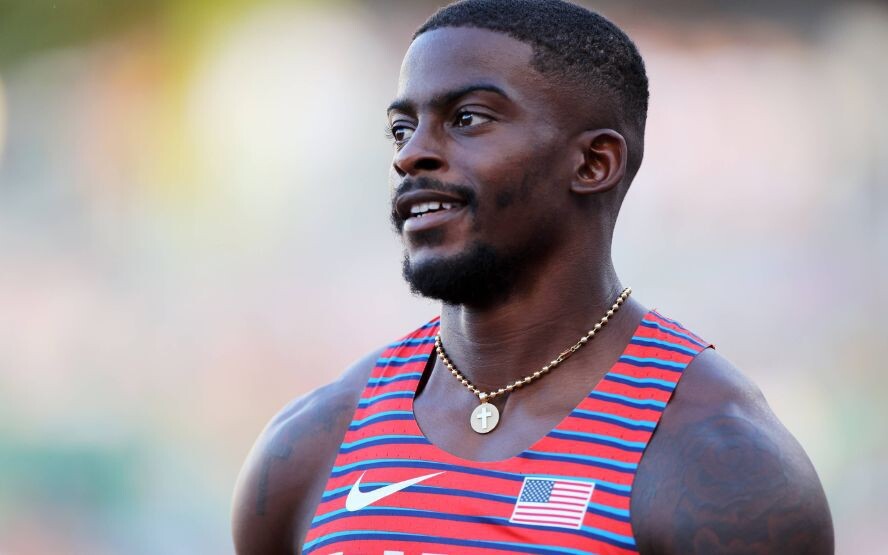
Bromell is one of America’s great sprinting talents but the world never got to see his full potential in the recent events.
In 2024, the two-time world bronze medallist had to pull out of the Olympic trials due to an injury he picked up at a meeting in Savona.
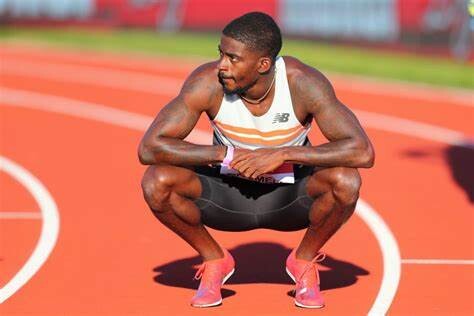
The injury was a huge setback in his career that was just beginning to pick up after his major injury in 2019 when he suffered an adductor muscle setback.
In a previous interview with NBC Sports, Bromell disclosed that his ambition is to surpass the likes of Usain Bolt and Tyson Gay and become one of the greatest sprinters in the world.
Bromell wants his achievements to be beyond the titles and the medals and he pointed out that his definition of success is very different from what other people think.
“Everybody didn’t see me and hear me back then, but now you have to. I want to be the best to ever do it,” Bromell said.
“The odds have always been stacked against me in my life, and that’s why I get emotional after running crazy times. It’s never been about the race or the medals for me.”
He opened up about growing up in a single-parent home and how he struggled to be heard by those around him. Growing up to become one of America’s greatest talents brings him to tears.
Bromell revealed that he wants to be a testimony to all those who feel like some things are impossible. The former world indoor champion further noted that the people who have grown up in such a setup would understand the struggle.
“Being the greatest of all time in this event. I’m a big advocate of making people see me, but when I say that I don’t mean it in a literal sense,” Bromell said.
“But for all of those people who know what it feels like to not be heard or to not be seen ... I want to prove that it’s possible.”
Being raised up by his mother was not easy since she was also struggling to make ends meet. Bromell had to be strong at a young age and take up responsibilities that were meant for adults.
With such a lifestyle, he struggled to maintain a positive outlook in life and was filled with a lot of resentment towards everybody.
“I feel like nobody heard my cries for help, nobody was there for me, and I grew up with so much aggression because I felt like nobody cared and the world was against me,” he added.
by Abigael Wafula
Login to leave a comment
'I'll be back in the 757!'-Quincy Wilson makes huge waves with emotional return announcement for 2025 season
Quincy Wilson is set to return to the track, announcing his first race since his Olympic triumph in Paris.
America's teenage sprint sensation Quincy Wilson has announced his highly anticipated return to the track, months after winning a gold medal at the Paris Olympics.
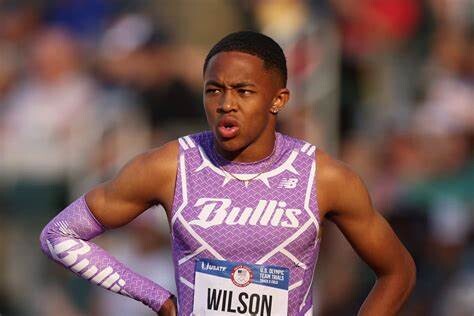
The 16-year-old athlete revealed that he will be making his first appearance at the VA Showcase in Virginia Beach, Virginia, marking a new chapter in his remarkable athletic journey.
Wilson, who skyrocketed to fame in the track world earlier this year, first caught the spotlight during the New Balance Nationals Indoor Championships.
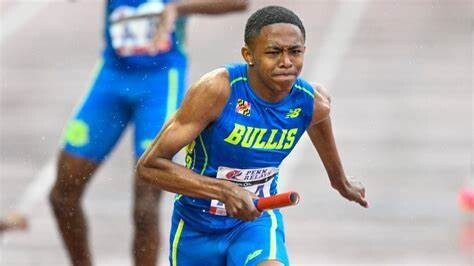
His performances throughout the season were nothing short of extraordinary, setting new personal bests in the 400m and establishing himself as one of the top junior athletes in the country.
Wilson made his mark at the U.S. Olympic Track and Field Trials, held at Hayward Field, where he captivated fans with his speed and determination.
"I'll be back in the 757!!" Wilson wrote on Instagram, announcing his return to competition.
His words stirred excitement among fans, as the VA Showcase will be his first race of 2025 and the track community is eager to see how he builds on his remarkable success.
Wilson's commitment to returning to the track after his historic Olympic achievement is a testament to his relentless pursuit of greatness.
At the U.S. Olympic Trials, Wilson made history by breaking the U18 400m World Record twice, stunning the track world with his incredible performances.
Despite finishing sixth in the finals, his efforts earned him a spot on the U.S. team for the 4x400m relay at the Paris Olympics.
There, the team claimed the gold medal, and Wilson became the youngest U.S. male athlete to win an Olympic gold in track and field.
Since the Olympics, Wilson has taken time to reflect on his journey, concluding his season and focusing on other aspects of his life, including college visits.
“I want to take a moment to speak to everyone out there who's faced doubt or fear. One of my most important lessons I've learned is to never ever doubt yourself. Believe in yourself. It's the foundation of everything, whether it's sports, life, or anything you pursue,” Wilson wrote, inspiring countless fans and aspiring athletes.
“There were many times when I didn’t know if I could make it, but I learned that if you trust yourself, keep working, and stay focused on your goals, the possibilities are endless,” he continued.
This empowering message resonated with many of his followers, reinforcing his belief in the importance of self-confidence and perseverance.
In recognition of his incredible accomplishments throughout 2024, Wilson was named the USATF Youth Athlete of the Year.
This prestigious award highlighted his growth as an athlete, his unwavering determination, and his contributions to U.S. track and field.
At the ceremony, he took the opportunity to express his gratitude, thanking his family, friends and coach for their continuous support.
by Festus Chuma
Login to leave a comment
Emerging Kenyan star Serem inspired by family’s steeplechase passion
Edmund Serem’s steeplechase triumph at the World U20 Championships in Lima was very much the result of a family effort.
Not only does he have older brother Amos – the 2021 world U20 champion – as a role model, he also has his father to thank for getting him into athletics, and particularly the steeplechase.
“It has always been our dad's dream to see us (Amos and Edmund) achieve what he wanted to achieve for himself as a youth, but didn't due to lack of support,” said Serem.
During their youth, their father took them to several athletics competitions around Kenya, and went on to provide his sons with everything they needed to establish their running careers.
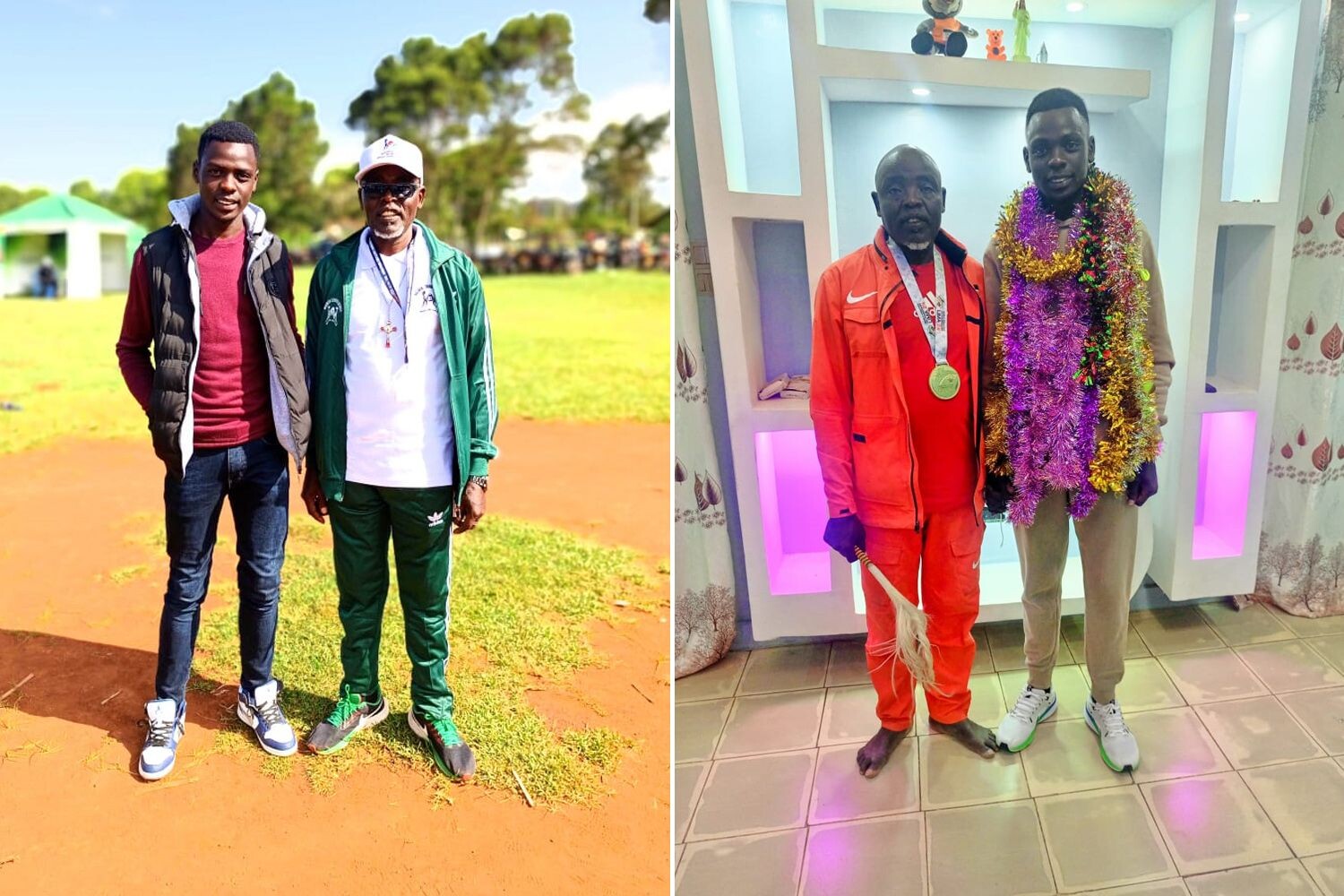
“He would buy training shoes and running apparel and provide transport money for us to attend all the weekend meetings in the region,” recalled Serem, adding that their father chose the steeplechase distance for them.
“He would show us videos of Ezekiel Kemboi, Brimin Kipruto, Conseslus Kipruto and other steeplechasers competing at major championships. He erected barriers for us to practice jumping over and was so careful in choosing the right surfaces for us to do so as he didn't want us to get injured.”
Serem started running at the age of eight. Despite Amos being older than him, Edmund would join his brother on training runs, though would often take a shorter route. “My brother would then have to run faster and try to finish his route in the time it took me to complete the shorter one.”
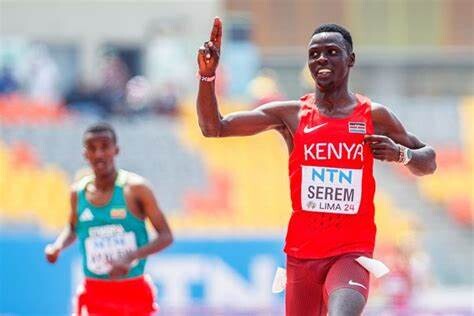
When Amos started high school, the brothers trained under different coaches and environments. Edmund would later join St Patrick's Iten High School and trained under the famous Irish coach, Brother Colm O'Connell.
Edmund missed out on some competitive opportunities during his early high school years due to the Covid pandemic. Amos, meanwhile, went on to train under Patrick Sang in Kaptagat, but fate would bring the two brothers back together again.
They both now train in Kaptagat under coach Sang's programme. Despite being in two separate camps, wearing different brands and under two separate management groups, their training camps are just 600 metres apart and they see one another every morning for their training.
Sibling rivalry
Serem speaks fondly of his brother. While he has no desire to outshine his brother, he always enjoys competing alongside him in races. That feeling appears to be mutual, too.
"Every time my brother and I are in the same race, he usually performs very well,” says Serem. “I don't know if it is because he doesn't want me to beat him or because he feels stronger when I am around him, but I still look forward to racing against him.”
Both brothers have earned world U20 steeplechase titles in recent years. Three years after Amos’s triumph on home soil in Nairobi, Edmund followed in those footsteps by taking the steeplechase gold medal at this year’s World U20 Championships in Lima.
In a race in which 12 of the 16 finalists set PBs, Serem led a Kenyan 1-2 from teammate Mathew Kosgei to win in 8:15.28. Not only is it a world-U20-leading time, it’s also the third fastest in history by an U18 athlete.
He eventually won by more than two seconds, but he had struggled with stomach ache in the heats three days prior.
“After I rehydrated and recovered from the heats, my body felt good for the final,” he says. “I had high hopes of winning the race, and I told myself on the start line that if anyone else wanted to win it, they would have to fight hard for it.”
The performance capped a remarkable season for the 16-year-old. Back in March he finished sixth at the African Games, then he narrowly missed making the team for the Paris Games, finishing fourth at Kenya’s Olympic Trials. Just eight days later, he earned silver at the senior African Championships before ending his season on an even bigger high with his triumph in Lima.
Managing expectations
Having achieved so much at such a young age, and with the steeplechase being one of Kenya’s strongest disciplines, Serem knows that all eyes will be on him and his brother in the coming years. He takes it all in his stride, though.
"Most of my friends and relatives now believe more in me and see our dream to restore the steeplechase glory to Kenya becoming a reality,” he says. “Many are telling me that my brother and I are the potential runners to dominate the steeplechase in the future.”
Apart from two editions of the Games that the country boycotted, Kenya won every Olympic title in the men’s 3000m steeplechase from 1968 to 2016. That streak came to an end in 2021 when Soufiane El Bakkali won gold in Tokyo. The Moroccan has won three more global titles since then, while the world record was broken last year by Ethiopia’s Lamecha Girma.
But Kenya is keen to reassert its dominance on the event.
Serem was one of several up-and-coming talents who were recently invited to meet with Kenya's Cabinet Secretary for Sports and Athletics Kenya senior officials to plan a way forward in ensuring Kenya remains a powerhouse in athletics.
“We talked about strategic plans to nurture and work with the young and emerging stars to maintain Kenya's glory in athletics into the future, especially in the steeplechase,” he said. “In recent years the men's steeplechase has been dominated mostly by Morroco's Soufiane El Bakkali, but we plan to end that.”
Although he’ll be an U20 athlete for two more years, and will be young enough to defend his world U20 title in 2026, Serem already has his eye on competing at the World Athletics Championships Tokyo 25.
“We’re taking things one step at a time,” he says. “The first step will be to make the team at the national trials, and then we will make the plans for the World Championships after that.”
Serem and his training group spent the past month working primarily on gym work before gradually moving to some longer and easier runs to build endurance. He may also participate in some local cross-country races as part of his training.
Heading into next year and beyond, perhaps the biggest motivating factor for both Edmund and Amos will be to accomplish the kind of successes that their father was unable to achieve due to the lack of support back then.
"Our father had a great passion for athletics but didn't get enough support at the time. He has provided Amos and me with everything we’ve needed, telling us, 'I don't want you to lack anything as I did during my time'.
“So I don't care which one of us wins the race,” added Serem of the prospect of racing against his brother in the future. “Because the success will eventually end up at home.”
by Justin Lagat for World Athletics
Login to leave a comment
Grant Fisher to Race Cole Hocker at 2025 Millrose Games in Battle of America’s Best Distance Runners
America’s two best distance runners are set to square off at America’s most prestigious indoor track meet.
On February 8, Grant Fisher will race Cole Hocker over 3,000 meters at the 2025 Millrose Games at the Armory. Fisher is the reigning US champion in the 5,000 and 10,000 meters and a double Olympic medalist. Hocker is the US and Olympic champion in the 1500 meters. Let the hype commence.
Over the last three years, the men’s 3,000 at Millrose has produced some of the best racing of the indoor season. In 2022, Geordie Beamish used a killer kick to upset Hocker and Cooper Teare in the home straight. In 2023, miler Josh Kerr surprisingly stepped up and won in a big pb of 7:33.47, demonstrating the endurance chops that would presage his World Championship 1500 victory six months later. Last year, the event was lengthened to two miles, and Kerr streaked to a world indoor record of 8:00.67 after Fisher tried and failed to break him during the second mile.
The top four finishers at 2024 Millrose would combine to earn seven global medals in 2024. Kerr claimed World Indoor gold in the 3,000 and Olympic silver in the 1500. Fisher, the runner-up in an American record of 8:03.62, took Olympic bronze in the 5,000 and 10,000. Hocker, 3rd in 8:05.70, claimed World Indoor silver and Olympic gold in the 1500. And fourth-placer Beamish (8:05.73) would defeat Hocker to win the World Indoor 1500 title three weeks later in Glasgow.
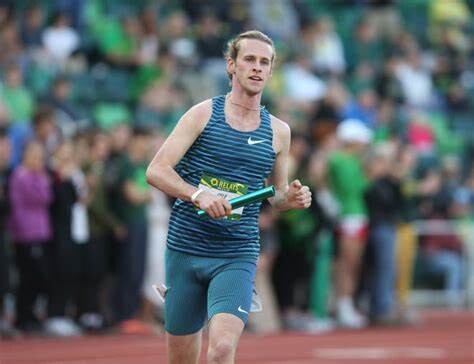
“You look back at that race, that was a pretty loaded field,” Fisher said on this week’s LetsRun.com Track Talk podcast where he announced he would be running Millrose. “Maybe not everyone said that at the time. They might’ve said Josh was the class of the field. But now post-Olympics, you see some people did really, really well throughout that season, and it all kind of started at Milrose at that two-mile. So it’ll be a fun spot to get things rolling again.”
More athletes will be announced as part of the field in the coming weeks, but Fisher versus Hocker should be enough to get any American distance running fan excited. This sort of matchup does not happen often. They were both Foot Locker Cross Country champions as high schoolers. They were both NCAA champions as collegians. They are both national champions as professionals. More than that, Hocker is the fastest American ever in the 1500 meters; Fisher holds the same title in the 3,000, 5,000, and 10,000. They are two of America’s brightest distance talents, now or ever, and they are firmly in their primes.
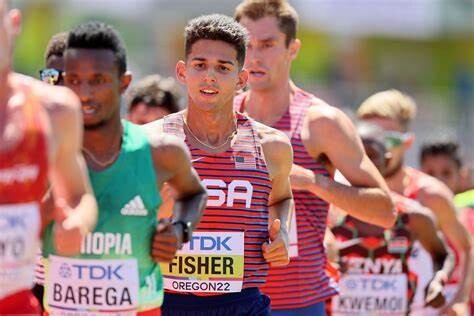
Fisher, 27, and Hocker, 23, did race three times this year, with Fisher prevailing in all three matchups: the 2-mile at Millrose, the 5,000 at the LA Grand Prix on May 17, and the Olympic Trials 5,000 final on June 30. But they’ve never raced each other as Olympic medalists. And that hits different.
Since 1968, four American men have medalled in the Olympic 1500 — Leo Manzano, Matthew Centrowitz, Hocker, and Yared Nuguse. During that same span, only two Americans have medalled in the Olympic 5,000 — Paul Chelimo and Fisher. Only once has one of the 1500 medalists raced one of the 5000 medalists. That came in May 2018, when Chelimo defeated Centrowitz in a 1500 at the Payton Jordan Invitational.
That’s it. Just one matchup between an American 1500 medalist and an American 5,000 medalist in more than half a century. On February 8 at Millrose, we’ll get to see the second, and it will come at the crossover distance of 3,000 meters. In their three battles in 2024, Fisher’s strength prevailed over Hocker’s kick, though Fisher acknowledged he had home-event advantage.
“I didn’t know I was 3-0 against Cole, but to be fair, I’ve never met him at his distance,” Fisher said. “So that gives me a little bit of an advantage. That would be like saying I’m undefeated against him at 10k or something — I don’t think that’s a fair comparison. So yeah, maybe I’ll drop down, race him in a 1500, have it be more of a balanced record to show. But Cole ran incredibly well in the 2-mile last year at Milrose.”
In 2025, however, Hocker will be looking to erase that advantage; he has spoken of wanting to be the best in the world at not just the 1500 meters, but the 5,000 as well. An early showdown against the Olympic bronze medalist is a great way to test the progess he is making.
So who will win on February 8? Hocker’s speed? Fisher’s strength? Or perhaps someone else entirely? We’ll find out in less than two months.
“It will be a really fun opportunity,” Fisher said. “Last year it was fast. I’m sure it’ll be fast this year. So it’s gonna be fun.”
by Jonathan Gault
Login to leave a comment
NYRR Millrose Games
The Pinnacle of Indoor Track & Field The NYRR Millrose Games, first held in 1908, remains the premier indoor track and field competition in the United States. The 2025 edition will once again bring the world’s top professional, collegiate, and high school athletes to New York City for a day of thrilling competition. Hosted at the New Balance Track &...
more...'I literally can’t wait'- Sha'Carri Richardson eyeing LA 2028 after humbling Olympic debut
Sha'Carri Richardson is bubbling with excitement ahead of the LA 2028 Olympics after her successful debut in Paris.
Sha’Carri Richardson is already thinking about the LA 2028 Olympic Games after making her debut at the Paris Olympic Games.
The reigning world 100m champion in an interview with Blavity TV, explained that her Olympic debut was quite a humbling experience and there was a lot she took from that. She explained that there was a lot of lessons to be learnt and she had a great time competing against great women.
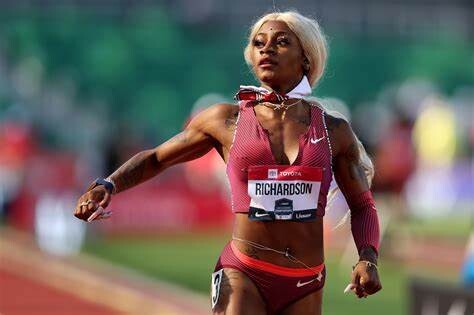
Sha’Carri Richardson went into the Olympic Games hoping to claim her first individual gold medal but failed to live up to the billing. She was certainly the pre-race favourite but Julien Alfred had better legs that day.
Alfred claimed top honours in a time of 10.72 seconds as Sha’Carri Richardson and Melissa Jefferson came in second and third in respective times of 10.87 seconds and 10.92 seconds.
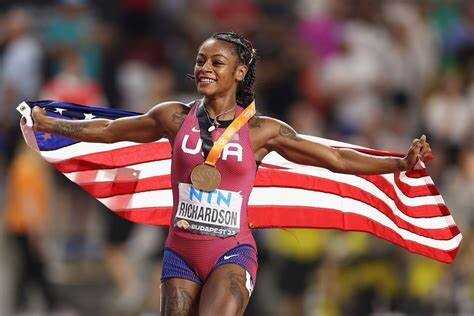
She used the 100m disappointment to go for the title in the women’s 4x100m relay. After tasting Olympic glory, she is already looking forward to the 2028 Olympic Games on home tuff.
“Honestly, competing in Paris, at the Olympics, has been an honour, it has been humbling, it has been fun and I literally can’t wait for LA. I’m almost like jumping like three years ahead because this experience was something like totally unbelievable,” Sha’Carri Richardson said.
Sha’Carri Richardson has had a quite turbulent season this year, starting off with two 200m losses at the Diamond League Meetings in Xiamen and Suzhou. She then claimed her first win of the season at the Prefontaine Classic, the Diamond League Meeting in Eugene.
The world 200m bronze medallist then proceeded to the US Olympic trials where she claimed top honours in the women’s 100m, setting a world leading time of 10.71 seconds and later finished fourth in the 200m, missing out on the Olympic Games.
At the Paris Olympic Games, Sha’Carri Richardson took silver in the women’s 100m then later claimed gold in the relay. She got her sweet revenge over Julien Alfred with a win at the Diamond League Meeting in Zurich. She ended her season with an eighth-place finish at the Diamond League Meeting final in Brussels.
by Abigael Wafula
Login to leave a comment
LA 2028 Summer Olympics Games
Discover how the Los Angeles Candidature Committee describes their vision for the Games and the legacy they plan to leave behind: For centuries, people have been following the sun to California – to a coastal paradise of beautiful weather, inspiring landscapes and an ocean of possibilities. Since it was first settled, LA – the City of Angels – has built...
more...California International Marathon is this weekend and defending champion CJ Albertson and Calli Hauger-Thackery headline the elite field
The 41st annual California International Marathon is this Sunday, Dec. 8 bringing some 10,000 runners and spectators to Folsom and the Sacramento region. Along with the many participants comes a number of road closures the day of the event.
The marathon begins at the intersection of Folsom Auburn Road and Folsom Lake Crossing at 7 a.m.The course continues through Orangevale, Citrus Heights, Fair Oaks, Carmichael, and Sacramento, and concludes at the State Capitol. Road closures include Folsom-Auburn Road from Folsom Dam Road to Greenback Lane, Folsom Lake Crossing Road from East Natoma Street to Folsom-Auburn Road, and Oak Avenue Parkway from Folsom-Auburn Road to Santa Juanita Avenue. Closures begin at 3 a.m. and roads are planned to reopen at 10 a.m. Detours will be clearly marked.
The CIM was founded in 1983 by the Sacramento Running Association, a 501(c)(3) nonprofit organization. The event brings an estimated 10 million dollar to the Sacramento County economy each year.The event is certified and sanctioned by USATF and is a Boston Marathon and U.S. Olympic Trials Marathon qualifier. Learn more at runsra.org. For a complete listing of road closures, schedules, and courses, visit the CIM website or see a summary at the conclusion of this article.
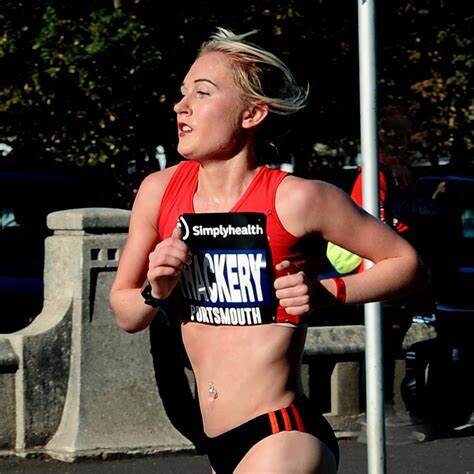
With good weather in the forecast, participants and organizers are excited about this year’s event and according to the Sacramento Running Association the event will feature 2024 Paris Olympian Calli Hauger-Thackery and defending 2023 CIM champion CJ Albertson, alongside a mix of returning veterans and first-time participants, setting the stage for potentially record-breaking performances.
The elite men’s and women’s fields will compete for a combined $100,000 prize purse, with additional bonuses for breaking course records. The current records stand at 2:10:27 for men, set in 1993 by Jerry Lawson, and 2:26:02 for women, set in 2022 by Paige (Stoner) Wood.
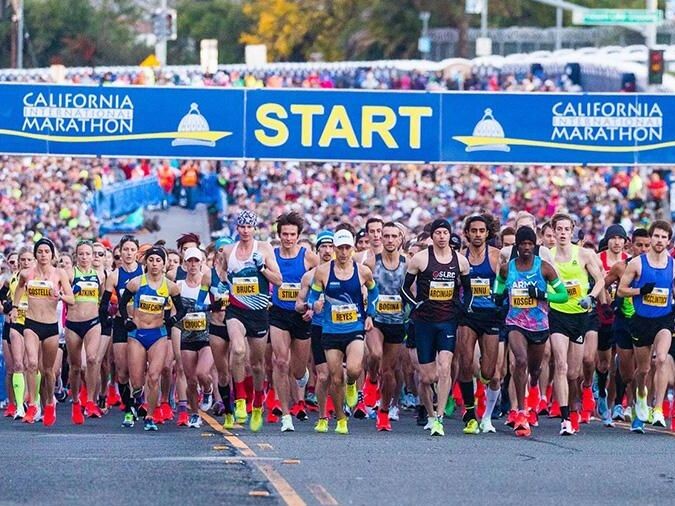
Hauger-Thackery, representing Great Britain at the 2024 Paris Olympics, holds the fastest personal best in the women’s field—2:21:24, achieved at the 2024 Berlin Marathon earlier this fall. She will make her CIM debut, joining her husband, 2:12 marathoner Nick Hauger, who is also competing.
“I’m excited to do this race for many reasons,” Hauger-Thackery said. “The main one being that my husband has had only fond experiences here over the past two years. I’m also excited because my dad raced CIM in the ’90s, and California is my favorite place! CIM has been on my radar for quite some time now.”
Hauger-Thackery will face stiff competition from four other women who have run sub-2:30 marathons: Laura Thweatt of Superior, Colo., with a personal best of 2:25:38; Jackie Gaughan of Boston, 2:27:08; Stephanie Bruce of Flagstaff, Ariz., 2:27:47; and Allie Kieffer of Austin, 2:28:12, who was the 2023 CIM runner-up.
Bruce returns to CIM with a strong record, having placed second in both the 2016 (2:32:36) and 2018 (2:29:21) editions. Since then, she has achieved milestones such as running her personal best of 2:27:47 at the 2019 Chicago Marathon and placing sixth at the 2020 U.S. Marathon Olympic Trials.
“Returning to CIM feels like an awesome homecoming because it was the first marathon I ran postpartum with my two boys in 2016,” Bruce said. “Now, eight years later, I’m coming back after giving birth to my third baby. I love the city, the energy, and the people who make this race so special.”
The men’s field includes three notable returners: defending champion CJ Albertson (Fresno, Calif.), 2023 runner-up Milton Rotich, and 2019 champion Elisha Barno. Joining them is CIM newcomer Tsegay Tuemay Weldlibanos, a 2:09:07 marathoner currently training in Flagstaff, Ariz., who is expected to push the pace.
“To race at CIM is very special for me,” Weldlibanos said. “Many of my teammates have found success here, and I hope to do the same. I want to make my family, team, and coach proud.”
Albertson has enjoyed a standout year, placing fifth at the 2024 U.S. Olympic Marathon Trials (2:10:07), seventh at the Boston Marathon (2:09:53) and Chicago Marathon (2:08:17), and tenth at the New York City Marathon (2:10:57). Another CIM victory will likely require a course record performance.
Barno, who won the 2019 CIM, has a personal best of 2:09:14. Rotich, last year’s runner-up, boasts a 2:08:55 personal best. Both are strong contenders to challenge Albertson and Weldlibanos for the win and the 2:10:27 course record.
“We’re thrilled about the 2024 elite field at CIM,” said Scott Abbott, executive director of the Sacramento Running Association. “This year has a unique homecoming feel, with so many ‘CIM alumni’ returning. It’s further evidence that CIM is a favorite among elite runners. We expect a strategic race between these battle-tested veterans, and we hope to see both course records fall.”
The Sacramento Running Association, a nonprofit organization, is dedicated to encouraging people of all ages and abilities to run. The SRA focuses on developing quality running events that appeal to a wide range of participants.
by Alan Inderkane
Login to leave a comment
California International Marathon
The California International Marathon (CIM) is a marathon organized by runners, for runners! CIM was founded in 1983 by the Sacramento Running Association (SRA), a 501(c)(3) non-profit organization. The SRA Board of Directors is comprised of runners with a combined total of 150+ years of service to the CIM. The same route SRA management created for the 1983 inaugural CIM...
more...Sara Hall Smashes Her Own American Masters Record
In her fourth marathon of 2024, Sara Hall finished 10th at the Valencia Marathon in Spain in 2:23:45. Hall, 41, shattered her own U.S. masters record, 2:26:06, which she set at the Olympic Marathon Trials in February.
The race was won by Megertu Alemu of Ethiopia in 2:16:49.
Hall averaged 5:29 per mile pace in Valencia. It was her best marathon since 2022, when she ran 2:22:10 at the World Championships in Eugene, Oregon, and placed fifth.
Hall has been frequent racer throughout her career, not needing much time to recover between races. Her entry into Valencia was a last-minute addition, after she raced in Chicago eight weeks earlier, and the race did not go according to plan. (Hall was 18th in 2:30:12.) She also ran Boston this year, finishing 15th in 2:27:58.
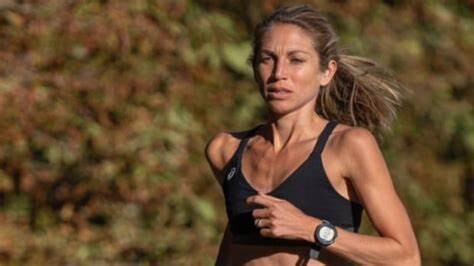
She posted to her Instagram account after the race.
“After a long stretch of not feeling like myself since Boston, it felt so good to have my normal fight out there,” Hall wrote, in part. “Applied the lessons I learned from Chicago, handled the very similar conditions much better. Chose to believe in myself even when my confidence had been rattled over and over. What a dream to do this four times this year.”
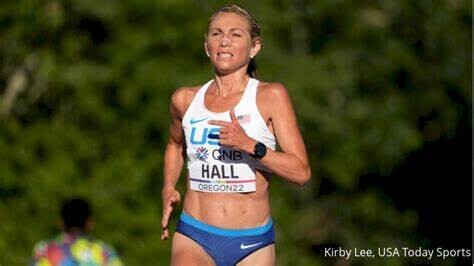
Hall elaborated in a text message to Runner’s World that she missed several bottles in Chicago—she fumbled a couple, and others she didn’t drink much out of—and became dehydrated in the humid conditions. “This time just was much more intentional to consume fluids even if I didn’t feel like I needed it,” she said.
She also increased her electrolytes and said she went out more conservatively than she would normally run and did at Chicago. Hall ran half spits that were almost even—1:11:40 and 1:12:05.
Hall’s PR is 2:20:32 from the Marathon Project in Chandler, Arizona, a one-time event set up for elite runners during the pandemic. That PR puts her fifth on the U.S. all-time list, behind Emily Sisson, Keira D’Amato, Betsy Saina, and Deena Kastor.
Her career is notable for its duration. Hall has appeared in every Olympic Trials since 2004, either on the track or in the marathon, or both. She is coached by her husband, Ryan Hall, who is third on the U.S. all-time list for men’s marathoners.
Hall was not the only record setter in Valencia. Roberta Groner, 46, who represented the U.S. at the 2019 world championships in Doha, Qatar, where she finished sixth, ran 2:29:32, setting an American record for the 45–49 age group.
Groner’s record should be safe for at least the next three years—or until Hall turns 45 in April 2028.
by Sarah Lorge Butler
Login to leave a comment
VALENCIA TRINIDAD ALFONSO
The Trinidad Alfonso EDP Valencia Marathon is held annually in the historic city of Valencia which, with its entirely flat circuit and perfect November temperature, averaging between 12-17 degrees, represents the ideal setting for hosting such a long-distance sporting challenge. This, coupled with the most incomparable of settings, makes the Valencia Marathon, Valencia, one of the most important events in...
more...Mary Moraa 'back to the grind' ahead of tough 2025 season
Mary Moraa has resumed training as she plans to defend her world title amid the rise of strong 800m runners including Keely Hodgkinson and Athing Mu.
Mary Moraa has resumed training ahead of a tough 2025 season where she has a huge task of defending her world title at the World Championships in Tokyo, Japan.
The reigning world champion will battle for the title alongside very formidable 800m runners who have emerged this season. The Commonwealth Games champion lines up against Keely Hodgkinson, Tsige Duguma and Athing Mu alongside other 800m athletes.
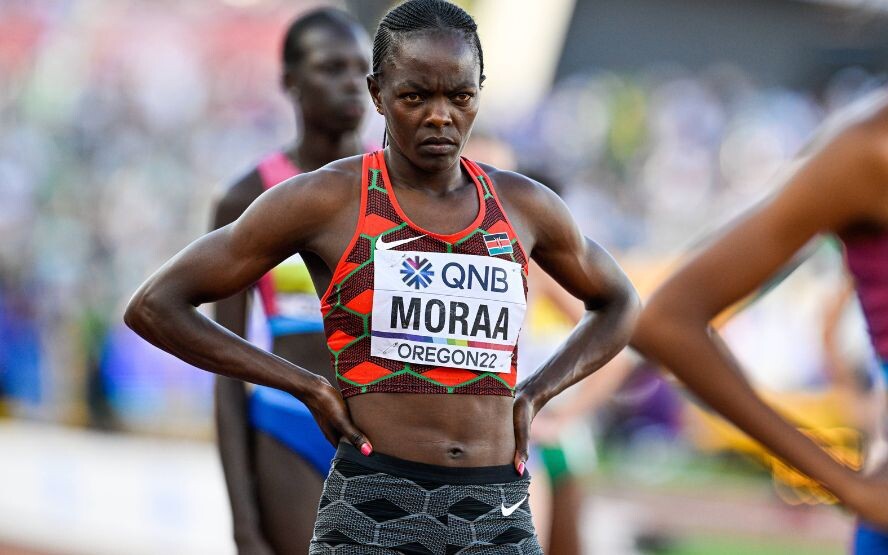
Mary Moraa had a mixed season this year and she will be looking to work on the finer things so as to be ready next season. She was off to a great start to her season, winning the 400m at the African Games then anchored the 4x400m mixed relay team to a bronze medal.
The Kenyan 800m star then proceeded to claim the win at the Kip Keino Classic before reigning supreme at the Diamond League Meeting in Doha and finished second at the USATF Los Angeles Grand Prix and Prefontaine Classic.
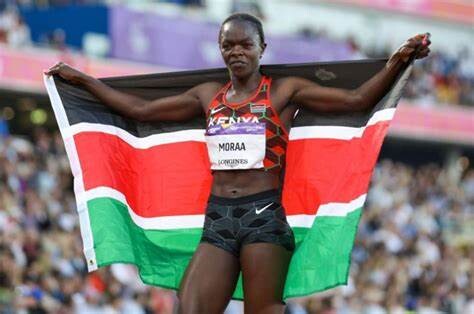
Moraa then finished second at the Kenyan Olympic trials and then won the bronze medal at the Paris Olympics. She bounced back to take the win at the Diamond League Meeting in Lausanne and finished third in Silesia. She won the 600m in a world best time at the ISTAF 2024 and then claimed wins in Zurich and the Diamond League Meeting final in Brussels.
Mary Moraa rounded up her season with a second-place finish at the Athlos NYC. Going back into training, she hopes to polish a lot of things and bounce back stronger to maintain a winning streak in 2025.
“It's about time...back to the grind ?,” Mary Moraa shared in a post on her Facebook page, adding, “Nice morning cruise with Brandon and the gang after a deserved break.”
Her competitors are also not resting on their laurels with Keely Hodgkinson, the reigning Olympic champion, making it clear that she will be going for the world title since it’s one of the titles she has yet to win.
Her coaches, Jenny Meadows and Trevor Painter have also revealed that she will be attacking both the indoor and outdoor world records in the near future.
“There’s no silvers and bronzes, now we have to do gold all the way forward, we don’t want to take any backward step and I just hopefully think that Keely can dominate and we’ve got the indoor world record to go at and in the next couple of years we’ll go after the tough world record. I think she can do it,” Jenny Meadows said.
“If she’s got the leg speed to get closer to her rivals, then they can’t out strength her so it was magic. The indoor one is easier to get than the outdoor but we’ll have a crack of both and see what happens,” Trevor Painter added.
On her part, after a heartbreaking 2024 season marred with injuries and missing out on the Paris Olympic Games, Athing Mu has already started preparation for the 2025 season.
The former world champion noted that the World Championships are her major target for the season and she is working towards making it through the trials and then heading to Tokyo.
“Well, trackwise we have the World Championships in September next year and it’s in Tokyo…first of all I pray we make it through trials and then we make it to that race,” Athing Mu said.
“I feel like it’s going to be a circle moment for me because that’s basically where I started and then I had some highs and lows.”
by Abigael Wafula
Login to leave a comment
Noah Lyles younger brother Josephus inspires young athletes in Nigeria
The American sprinter has inspired young athletes in Nigeria by donating running kits to help nurture their talents and pursue their dreams in athletics.
Noah Lyles’ younger brother Josephus Lyles has impacted the lives of young kids in Nigeria by donating running kits as he seeks to build his own legacy.
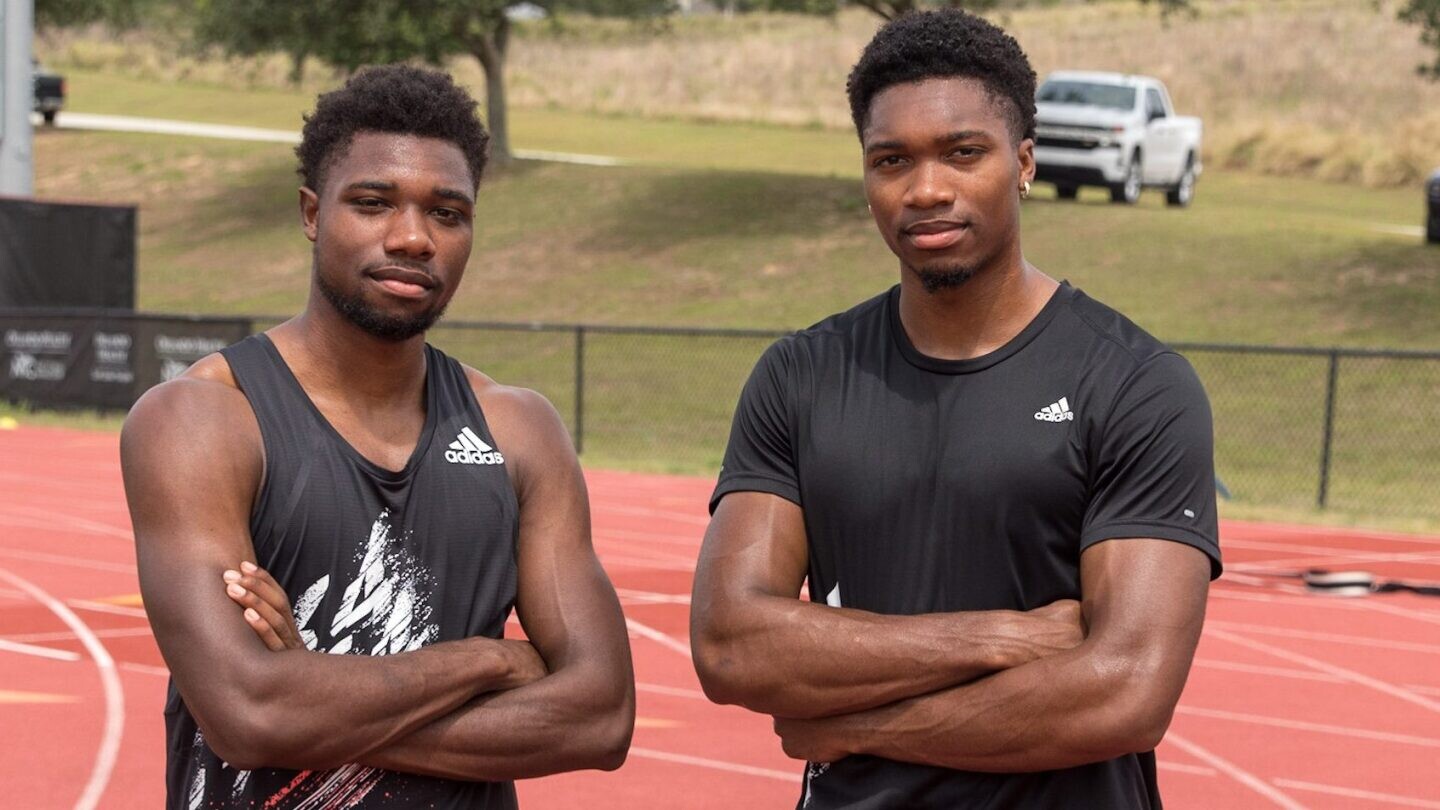
Through his foundation, Josephus Lyles donated important running gear including canvases, spikes, and other training kits. He made the donations possible through Nigerian athletics coaches Kayode Yaya and coach Osuagwu Chima.
The young kids from the HIT Athletics Club in Benin, Edo State-Nigeria will now train without difficulties thanks to Josephus. Coach Kayode Yaya, who coaches Nigeria’s long jump sensation Ese Brume, was in awe of the kindness show by Noah Lyles’ younger brother.
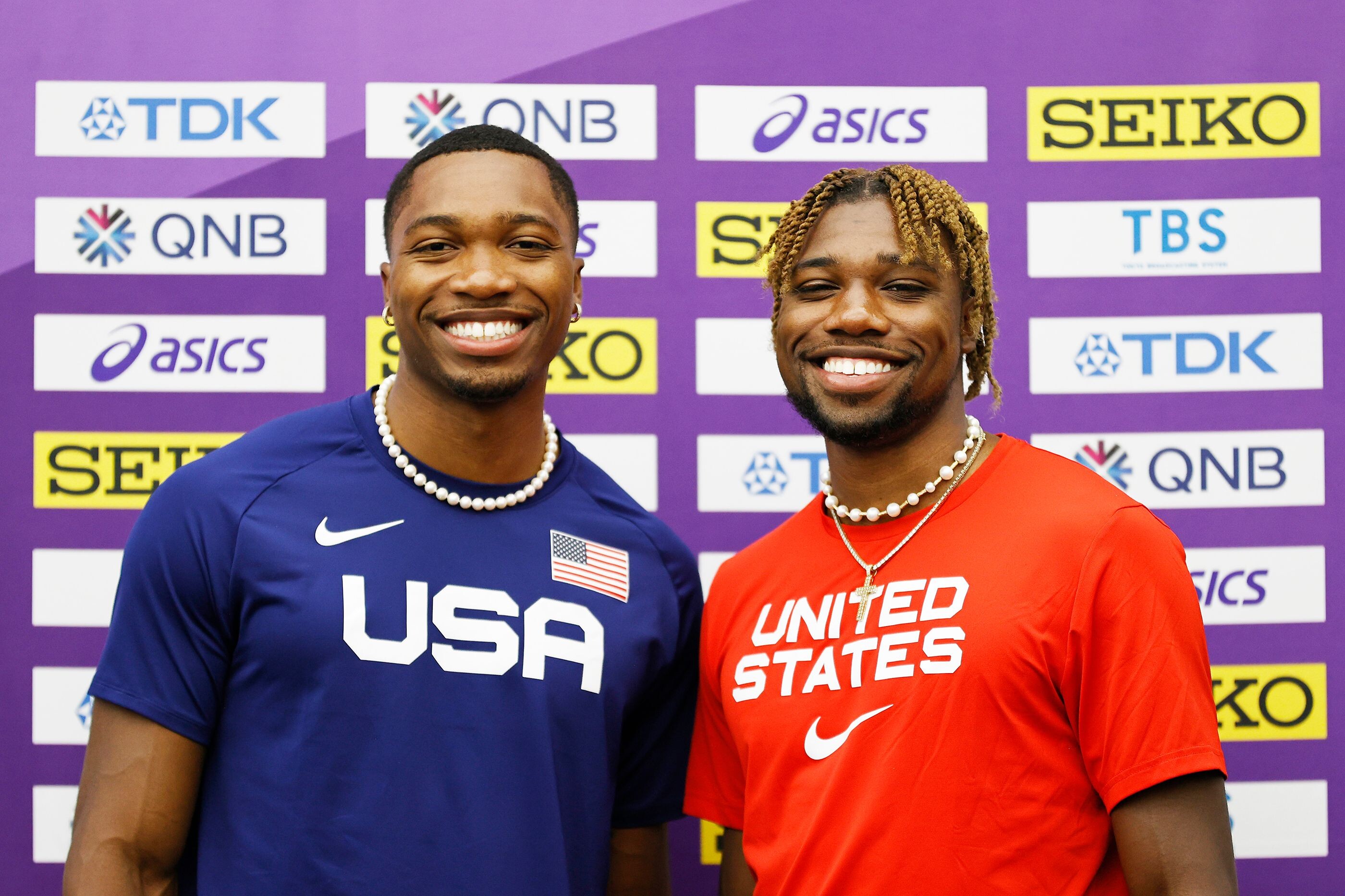
He explained that the young athletes will certainly be filled with joy following the gesture from the American sprinter and it is proof to them that they have a bright future when it comes to athletics.
"This donation means so much to our young athletes. Josephus’ generosity provides not only equipment but inspiration and hope. He has shown them that their dreams are within reach and that their hard work is recognized, even from across the globe,” Coach Yaya said.
Meanwhile, the donation will be looking to aid the young, talented athletes, who lack access to quality training equipment. This will help them nurture their talent and help them grow in the sport. Coach Yaya explained that the resources will place them in a better position to train with confidence and pursue excellence.
This season, Josephus Lyles missed the Paris Olympic Games as he finished outside the podium bracket in both the 100m and 200m at the US Olympic trials.
In the men’s 100m, he was eliminated in the semifinal after finishing fifth as his brother, Noah Lyles claimed the win. In the semifinal of the 200m, he finished fourth and could not proceed to the final. He rounded up his season in July and has been training since then in preparation for the 2025 season.
Josephus Lyles will be looking to follow in the footsteps of his elder brother Noah Lyles and make it to the World Championships in Tokyo, Japan.
by Abigael Wafula
Login to leave a comment
Athing Mu finally opens up on the pain of failing to make US team to Paris 2024 Olympics
Athing Mu reflected on her challenging season, marked by injuries and disappointment at the US Olympic trials, but remains hopeful, trusting in her faith for a major comeback.
Athing Mu has for the first time expressed her emotions after her unfortunate fall at the US Olympic trials earlier this season.
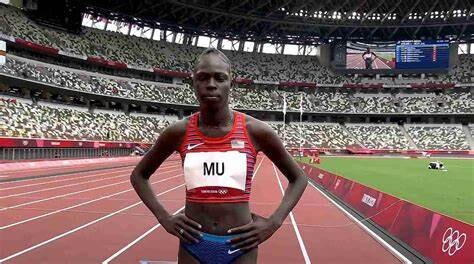
The former Olympic 800m champion got an injury earlier in the season and had to start her campaign at the US Olympic trials. She had been confirmed to open her season at the Prefontaine Classic but had to withdraw due to the injury.
Mu was off to a great start at the trials, finishing third in her heat before winning the semifinal. In the final, the unfortunate happened as she fell down and faded to a ninth-place finish. Athing Mu tried to bounce back at the Holloway Pro Classic but could only afford a fifth-place finish and ended her season there.
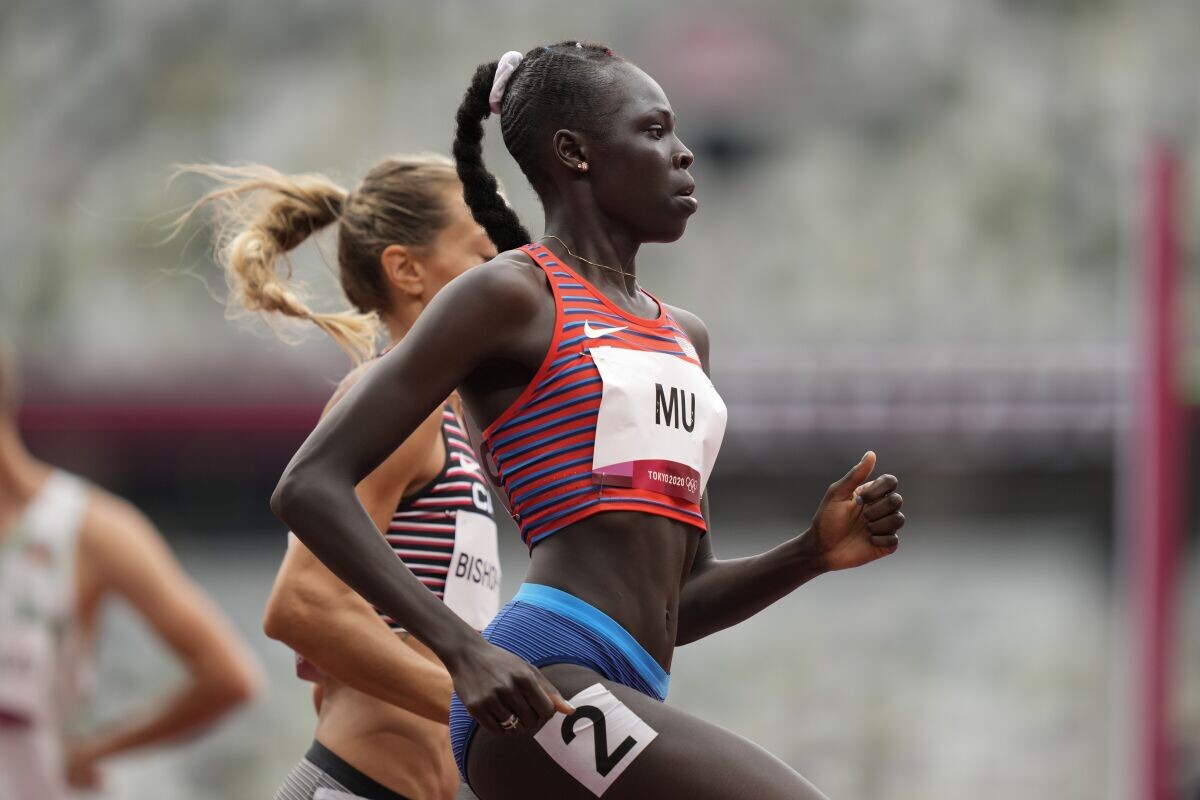
Speaking on the Jinger and Jeremy Vuolo show, Athing Mu pointed out that her season turned out awful and it was something she never expected. She was hopeful of defending her title but after the injury, reality started dawning on her that she might the Olympic Games.
However, she felt ready to get back to the track at the US Olympic trials and making it to the final was a confidence booster for her but things did not go as planned in the final.
“Olympic trials were a very tough time and I guess, just this whole in season part of the year has been really tough because a lot of things have happened, leading up and then post-Olympic trials. About six weeks before the Olympic trials, I tore my hamstring and that was the first thing we needed to heal from before going into the Olympic trials,” Athing Mu said.
“When that happened, I was still kind of hopeful about the Olympic trials but I didn’t know what was going to happen but the idea of going and winning was a little bit diminishing because I knew that healing a hamstring was a pretty tough injury to speed up.
“Making it to the Olympic trials was great and I gained a little bit of confidence throughout the rounds and then running the final, super unfortunate, I did not expect that to happen at all. I was absolutely distraught but finishing the race, I can’t really say,” she added.
After the Olympic trials, she dealt with a lot of emotions before finally getting back into training. After a few training sessions in Europe, she got another injury and could not continue with her season.
She revealed that having to end her season in such a way was devastating but she had to trust in her strong faith.
“I actually broke down a little bit and I didn’t know if I could do it and I decided to get myself together and just trust in what the LORD would do at the end of the season. when I went to train in Europe, I got another injury and knew this season was done,” she said.
by Abigael Wafula
Login to leave a comment
Jenny Simpson is Retiring after the New York City Marathon and Starting a New Adventure
After concluding a stellar, 20-year career, the Olympic bronze medalist will embark on a 50-state running-infused van-life tour of the U.S. with her husband, Jason, in 2025
Jenny Simpson will go down in the annals of American running as one of the greatest of all time. No question about it.
So as she approaches what is likely the last elite-level race of her long and storied career at the November 3 New York City Marathon, she has nothing to prove, no one to impress, and no specific performance goal that she needs to attain to secure her legacy.
As a four-time global championship medalist in the 1500 meters—including a victory in the 2011 World Championships in Daegu, South Korea, Diamond League title in 2014, and bronze medal at the 2016 Rio Olympics—Simpson has long been destined to go down as one of the best runners in U.S. history.
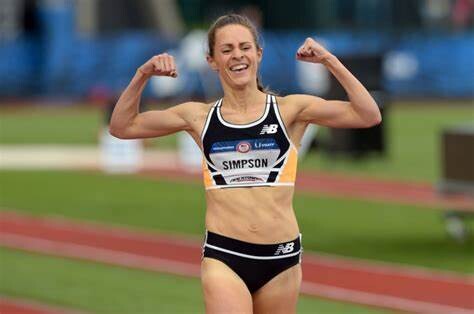
Add to that three Olympic appearances, 11 U.S. titles, three NCAA championships, eight top-10 finishes in international championships, eight Fifth Avenue Mile victories, six NCAA records (in six different events), and two American records (in the 3,000-meter steeplechase), and Simpson will rank among American legends for decades to come.
The fact that she’s been earnestly training to finish her career with a strong marathon performance in New York City epitomizes much of what the 38-year-old runner from Boulder, Colorado, has been about during her 20-year career. She’s not necessarily going out on top—that, she says, would have entailed making the U.S. Olympic team in the marathon for the Paris Olympic Games. But she is going out on her terms: focused, tenacious, and relentless to the end. It’s an opportunity afforded to few athletes, and even fewer distance runners.
“When I say I’m feeling good, it’s that I’m really excited for New York and I feel like I have a really, really good sense about my ability to run well,” she says. “I’m not going into it saying I’m gonna set the world on fire and be the top American or run 2:25 on that course. But I just know as good as I feel and as good as the training has gone, I know I’m capable of having a good day, and, most importantly, I have peace about it all.”
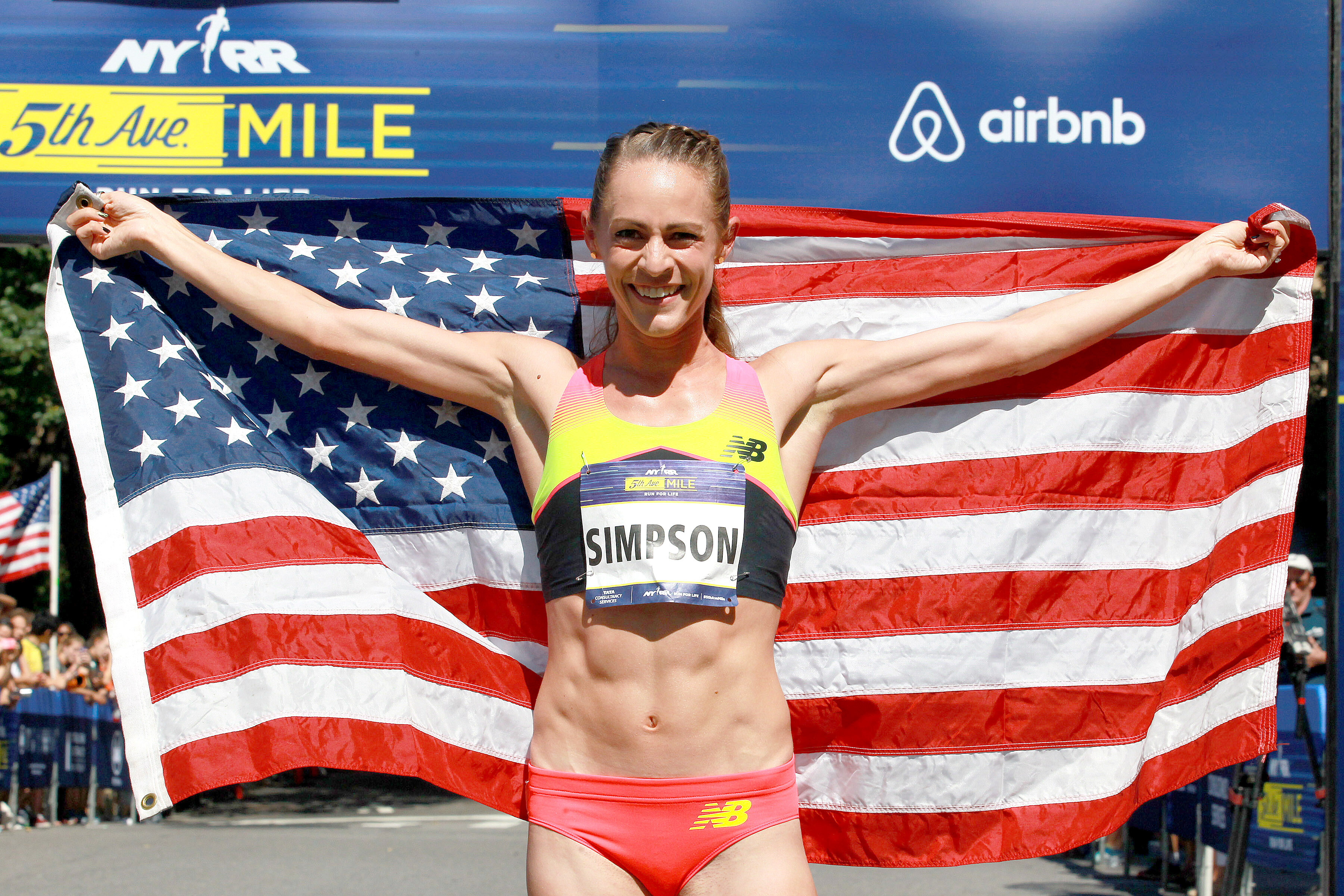
But as this chapter of life closes for Simpson, another very exciting one is about to begin, and that one will include quite a bit of running, too. She and her husband, Jason, are planning to embark on a year-long tour of the U.S. in 2025 that will take them—and their two Jack Russell Terriers, Truman and Barkley—to all 50 states while living out a van-life adventure focused on immersing in America’s thriving running culture.
From participating in races and visiting national parks to running iconic routes like Rim to Rim across the Grand Canyon and discovering hidden trails, Jenny and Jason have said their goal is to capture the heartwarming and inspiring essence of the country through the eyes of runners.
“We want to experience the beauty of this country firsthand, meet the incredible people who call it home, and celebrate everything that makes the U.S. so special,” says Jenny Simpson, who has represented the U.S. on the world stage for nearly two decades. “Through this journey, we hope to show that America’s beauty is not just in its landmarks, but in its people and the unique places they live, run, and explore.”
Out of the Ashes
In December of 2021, a devastating wildfire ripped through the south end of Boulder County—including the communities of Marshall, Louisville, and Superior, where it burned more than 1,084 homes and killed two residents and more than 900 pets. Miraculously, it didn’t burn the Simpson’s house—a restored circa-1900 schoolhouse they bought several years ago that was less than a half mile from the fire’s origin—but the house did incur significant smoke damage that needed mitigating.
The Simpsons were displaced and spent several months living in an apartment with little furniture, which forced them to live a rather spartan lifestyle. While Jason was still able to work as a creative director for a design firm, Jenny’s contract hadn’t been renewed by New Balance, and she wasn’t sure what the future held.
During that time, she had been doing a weekly call with her sister, Emily, and Jason’s sister, Annie, to discuss the book Designing Your Life: How to Build a Well-Lived, Joyful Life, a guide aimed at helping people to reimagine their professional and personal lives. It was through those discussions that Jenny came up with an idea of buying a Winnebago so she and Jason could drive around the country with Truman, who they rescued in 2020 just before the Covid lockdown. (They got Barkley about three years later.)
“My idea was that we can just drive around America and see the place that I’ve had stamped across my chest on my Team USA gear all these years,” she says. “I have been on Team USA, but I really want to know what that means. I’ve raced in some amazing places all around the world, but I really haven’t seen much of our own country. I want to go see the places and the people that I haven’t seen. And then I had this idea of doing a 50 states, 50 weeks tour.”
Jenny told Jason about the idea and he was interested from the start, but it was initially just a fun distraction while Jenny was battling injuries. Jason was so intrigued, though, that he started searching for information about vans online and indulging in YouTube content from a variety of van-life influencers. Eventually, Jenny was healthy and racing on the roads for Puma, ultimately with a quest to qualify for the 2024 U.S. Olympic Trials Marathon.
A year later, they were still casually talking about the enticing “what if” possibilities of owning a van.
“So by 2023, we were like, ‘What do these vans look like? What do they cost? What kind of different layouts are best?” says Jason, 40, a 20-time marathoner with a 2:18:44 personal best. “And then I got really into the travel influencer YouTube videos and at some point told Jenny, ‘Hey, let’s just go look at them.’ And that led to looking at the timelines of: if we were to do this in 2024 or 2025, what would it take? It takes like a long time to build out the vans, and we are definitely not build-it-yourself van people.”
On Her Own Terms
Perhaps the most impressive aspect of Simpson’s career has been her consistency. She qualified for every U.S. national team on the track between 2007 and 2019. Not only did she put in the work and remain virtually injury-free during that time, but she also raced fiercely and rose to the occasion every single time without a single hiccup in any of her preliminary races. (She also made it to the 1500-meter final of the Covid-delayed U.S. Olympic Trials in 2021 at age 35 after what she admitted was a rough gap in competition during the pandemic.)
For most of that time, she was coached by her University of Colorado coaches Mark Wetmore and Heather Burroughs. They continued coaching her as she transitioned to road running over the past three years and ultimately to the build-up to the 2024 U.S. Olympic Trials Marathon in Orlando, Florida. Although she had brief moments of success on the roads—finishing second in the U.S. 10-mile championship in 2021 and turning in a solid ninth-place, 1:10:35 effort in the Houston Half Marathon in 2023—the first injuries of her career disrupted her training and delayed her debut at 26.2 miles until the Olympic Trials.
Over the past three years, continuing to adhere to the rigid lifestyle needed to keep racing competitively was increasingly met at an internal crossroads of wondering when it would feel OK to retire and move on in life and what that would look like.
“Running the Olympics Trials and then running Boston, I would say those were not successful outings,” Simpson says. “I did the best that I could and I got as prepared as I could, but they weren’t what I had hoped for, neither of them were what I’m capable of. I’m really proud of how I ran in Boston because I ran entirely alone after mile 3, but that’s not how I wanted to end my career.”
After Boston, Jenny still wasn’t ready to retire. But she’d heard the chatter that suggested she could give up the ghost and not try to remain competitive on the roads, knowing her legacy was already secure. After she took some time off to recover and reflect, she knew she wanted to get back into training and target one more race on the biggest stage and settled on the New York City Marathon.
She parted ways with Wetmore and Burroughs in the spring and decided to train on her own, although she’s continually received subtle guidance from Jason, who qualified for and raced in the 2020 U.S. Olympic Trials in Atlanta. Although he has imparted bits of knowledge to help keep her balanced, Simpson has been following a training plan in her marathon buildup that she designed.
From Best in the U.S. to Across the U.S.
Casual interest in buying a van led to more in-depth investigation and, after what was an otherwise random training run on the dirt roads north of Denver last year, they passed an RV sales lot and decided to take a look. One thing led to another and they put down a small, refundable deposit that would hold a fully appointed 23-foot Winnebago Ekko during what was expected to be nearly a year-long wait until it was built and delivered.
Fast forward to 2024 and Jenny made her marathon debut on February 3 in Orlando, but it didn’t go at all as she had hoped. She had been running among the top 20 early in the race but eventually dropped out at mile 18. She returned 10 weeks later to run a respectable Boston Marathon in mid-April (she placed 18th overall in 2:31:39 and was the fourth American finisher), and although her effort was commensurate with her inner drive—and some degree of success felt good—she still wasn’t ready to call it a career.
Finally, in April, several days before they were going to travel to Boston, the RV dealership called and told them the van had arrived and they had a week to consider buying it. At that point, Jenny was eager to run Boston to make amends for her Olympic Trials experience, but she was also physically and emotionally fried.
“And I was like, we’re doing it,” she says. “It was the perfect time in the perfect year. Because I was like, ‘I’ve got to get out of here. I’ve got to be done.’ It was killing me. I actually might perish in the middle of the Boston Marathon. I just was so burnt out, and so it was the perfect time for them to call and essentially say, ‘Do you want to drive away into the sunset?’ And I was like, ‘Yes, I do. I really do.’”
Two days after the Boston Marathon, they paid the remainder of the balance on the van and picked it up, immediately sending them into daydreaming mode about where they wanted to go.
Although their plans are still being formulated, they intend to rent their house and hit the road with the charming dogs in January, officially starting their “Jenny and Jason Run USA” tour in Florida. Along the way, they plan to see numerous sights, host or join at least one fun run in every state, promote dog adoptions by publicizing local humane societies, and create a wide range of engaging social media content on their Instagram, Facebook, and YouTube accounts along the way. Given that their longest stint in the van so far was the six-day trip they took to the Grand Tetons and Yellowstone National Park in Wyoming early last summer, they know they’re going to have to learn on the fly and continually adapt. But that’s what an adventure is all about.
“I’ve been nothing but focused on running New York, but I am excited about what’s next,” Jenny said this week. “As I have been tiptoeing toward the idea of being retired from professional running, I don’t know that I’m going to be really great at it or that it’s going to come easily for me. That’s why it’s so wonderful to have a partner in life like Jason because I think he sees that, too. So our goal is to create a lot of time and space to figure that out. I think the year will be kind of interesting and fun and wild and I really don’t know how it’ll end up, and I think that’s really good.”
Approaching the End … and a Beginning
Simpson admits her post-Boston malaise contributed to her having an inconsistent summer of training, in part because she was listening to voices that suggested she should relax and not be so rigid in her approach. When she showed up to run the Beach to Beacon 10K in Cape Elizabeth, Maine, on August 3, she admits she wasn’t very fit, and, as a result, finished a distant 12th in 34:30.
“My Beach to Beacon race was just so bad that it was like validation to me that caring less and trying less doesn’t work for me ever in anything,” she said. “I’m just not that person. It works for some people, but that’s not who I am. I used to joke that when you show up to the track and someone asks, ‘How do you feel?’ I always thought to myself it doesn’t matter how I feel. It’s about doing the work. I always feel like it’s execution over emotion for me all the time and that I have a job to do. I know who I am and I know how I operate, and how I operate is great.”
Simpson got back to work immediately after that race, ramping up her weekly mileage to the 100-mile range in the high altitude environs of Colorado. She says she’s done more than half of her long runs between 8,500 and 10,500 feet, including runs on Magnolia Road above Boulder, Golden Gate Canyon State Park near Golden, and even a loop around the paved Mineral Belt Trail in Leadville.
Her return to rigidity and improved fitness helped bring mental clarity that not only convinced her that she’d be ready to run a strong marathon in New York City, but also brought the revelation that she was ready to admit it was her last race knowing it would allow her to retire on her own terms.
Two months after feeling flat in the 10K, she won the Wineglass Half Marathon on October 5 in Corning, New York, running a near-PR of 1:10:50 (5:24 per-mile pace) as she ran stride-for-stride to the finish line with Jason. (She broke the women’s finisher’s tape for the win, while he ran slightly to the side as the 12th-place men’s finisher and 13th overall.) Now she’s likely in sub-2:30 marathon shape, even though the hilly New York City Marathon course is as equally challenging as Boston in its own way. Jason, meanwhile, will race in the Abbott Dash to the Finish Line 5K the day before the marathon, not only so he can track Jenny on Sunday and meet her at the finish line, but also because he’s running the California International Marathon on December 8.
2025 and Beyond
Simpson arrived in New York City on October 30 healthy, happy, and ready to run hard—definitely not the feeling of holding on for dear life that she felt going into the Olympic Trials and the Boston Marathon. She says she couldn’t be more excited to run through the city’s five boroughs to the finish line in Central Park that she hopes will come with a satisfying result, as well as the beginning of closure to her star-spangled career.
Who knows what’s next after that—Coaching? Law school? A corporate career with a shoe brand? The world seems to be her oyster, but for the time being the cross-country tour might be just what she needs most. She’s excited to detach a bit from the rigid schedule and identity she’s clung to for the past 20 years and enjoy the freedom of the open road. She knows it will be a complete departure from the essence of what she’s all about, and to that point, she’ll likely dig into planning and scheduling early next week even before she recovers from the marathon.
Although she admits she was intrigued while watching some of the top runners finish the Leadville Trail 100 this summer, she says she’s decidedly not interested in running ultras. (However, Jason might be, and Jenny says she’s been keen to pace and crew him.) She might get more into trail running, something she did a little bit early in her University of Colorado career. Or she might even return to road running, but she’s not thinking that far ahead. For now, she’s focused on racing in New York and then continuing to run in 2025—on the magical mystery tour that awaits—and beyond.
“I feel a lot of peace about it, but it’s not like I’m over running. I want to retire so I can do more running and to explore the beautiful country I raced for,” she says. “I wanted to be world class at the marathon, and I’m not. I gave it a good try, and now it’s time to try something else, and I just feel really good about it.”
by Brian Metzler
Login to leave a comment
TCS New York City Marathon
The first New York City Marathon, organized in 1970 by Fred Lebow and Vince Chiappetta, was held entirely in Central Park. Of 127 entrants, only 55 men finished; the sole female entrant dropped out due to illness. Winners were given inexpensive wristwatches and recycled baseball and bowling trophies. The entry fee was $1 and the total event budget...
more...Nelson, B.C., runner Matti Erickson becomes first Canadian athlete to sign collegiate deal with Nike
University of Oregon middle-distance runner Matti Erickson had a standout 2024 track season, making waves as one of Canada’s top up-and-coming 800m athletes. According to Citius Mag, the 21-year-old from Nelson, B.C. has become the first Canadian track athlete to sign a Name, Image and Likeness (NIL) deal with U.S. sportswear giant Nike, marking a major milestone for Canadian athletes in the NCAA.
Erickson, who’s in his final year with the Oregon Ducks program, has proven his potential over the last three seasons by medalling in the men’s 800m at the Pac-12 championships each year. This deal with Nike allows him to continue competing at the collegiate level while earning compensation through his image and achievements.
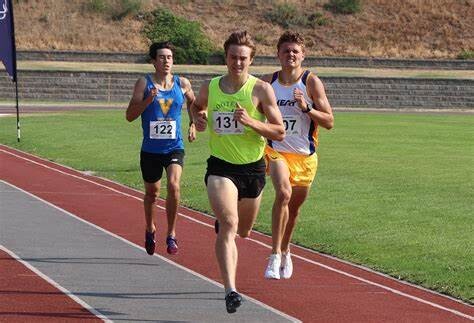
This is an opportunity for NCAA athletes that wasn’t available until the NIL rule change in July 2021. While an NIL deal is more limited financially than a professional contract, it offers athletes the best of both worlds: a path to monetizing their name while continuing collegiate competition, plus a foot in the door if they turn professional after college.
Just after his 2024 NCAA season ended, Erickson clocked a personal best of 1:45.74 at the Portland Track Festival, placing him as the ninth-fastest Canadian man over 800m in history. He followed this by finishing third at the Canadian Olympic Trials, only narrowly missing a spot on Team Canada for Paris, finishing behind Olympic silver medallist Marco Arop and rising star Zakary Mama-Yari.
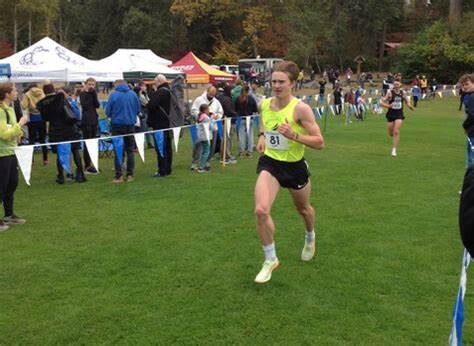
Securing an NIL deal as an international student isn’t easy. Erickson navigated restrictions around earning income while on a student visa, finding a solution with the support of his coach and agent. His deal represents a breakthrough for other Canadian student-athletes seeking similar opportunities in the U.S. In September, Ceili McCabe of West Virginia University became the first Canadian runner to sign a NIL deal in the NCAA, inking a deal with Swiss brand On.
by Marley Dickinson
Login to leave a comment
Faith Kipyegon to receive honorary doctorate degree from University of Eldoret
Faith Kipyegon to receive honorary doctorate from University of Eldoret for remarkable achievements in athletics
Triple Olympic Champion Faith Kipyegon is set to receive an Honorary Doctorate in Education from the University of Eldoret, a recognition that highlights her exceptional contributions to athletics and her inspiring career as a world-class runner.
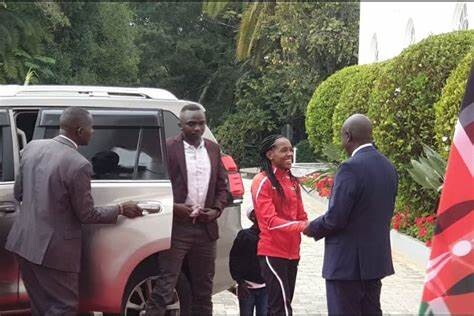
The honorary degree will be awarded to Kipyegon during the university's 13th graduation ceremony, scheduled for November 21, 2024.
“Kipyegon is an accomplished middle and long-distance runner and is the reigning 1,500-meter and mile world record holder.
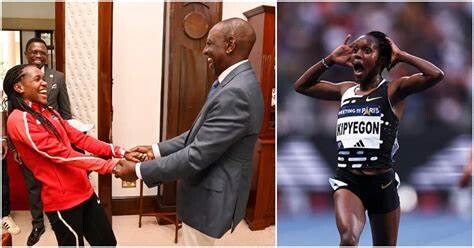
"Her most notable feat was becoming the first athlete to win three consecutive Olympic gold medals in the 1,500 meters,” the university announced in a statement on Friday.
2024 has indeed been a landmark year for Kipyegon, as she claimed her third Olympic title in the 1,500 meters and broke world records in both the 1,500 meters and the mile, accomplishing these feats within a remarkable 49-day span.
These achievements have earned her a nomination for the prestigious World Athlete of the Year 2024 award.
In addition to her records, Kipyegon also faced Olympic challenges, notably in the 5,000 meters race, where she was briefly disqualified for alleged obstruction of Ethiopia's world record holder, Gudaf Tsegay. However, the disqualification was successfully appealed by Kenyan officials, and her silver medal was reinstated.
She concluded her 2024 season on a high note, marking another year at the peak of global athletics.
Entering the Olympic year, Kipyegon held titles as both the 1,500m and 5,000m World Champion and was the 1,500m world record holder.
Though she began the season with uncertainty due to an injury, she quickly dispelled doubts by taking on 10,000m world-record holder Beatrice Chebet in the 5,000m race at Kenya’s National Olympic trials, winning with a time of 14:46.28.
Faith Kipyegon’s journey continues to inspire young athletes and cement Kenya's legacy in athletics. This honorary doctorate from the University of Eldoret is a tribute to her dedication, resilience, and historic accomplishments.
by Mark Kinyanjui
Login to leave a comment
Bernard Ngeno headlines strong men's field for Boston Half Marathon
Thousands of athletes, including top contenders like Bernard Ngeno and Melknat Wudu, will compete in the Boston Half Marathon on November 10, with elites aiming for records and personal bests.
Thousands of athletes will be looking to make an impression at the Boston Half Marathon on Sunday, November 10.
The men’s race boasts four men who have clocked personal bests under one hour. Headlining the field will be Bernard Ngeno who has a personal best time of 59:07 minutes. Isaac Kipkemboi (Kenya, 59:17), Bravin Kiptoo (Kenya, 59:37) and American Leonard Korir are also some of the headliners of the field.
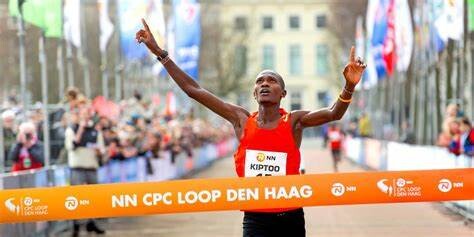
Bernard Ngeno is fresh from racing at the Principality Cardiff Half Marathon where he finished 15th. He is one of the most decorated road runners and has won eight international half-marathons. On his part, Leonard Korir has represented Team USA at two Olympic Games, including at the Paris Olympic Games.
Others confirmed for the event include Ben Flanagan of Canada and Yemane Haileselassie from Eritrea and they are both familiar with the roads. Flanagan finished second at the 2023 Boston 5K while Haileselassie was third at last year’s Boston Half Marathon.
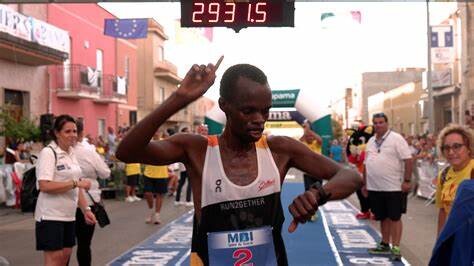
Others confirmed for the race include Sam Chelanga who was third at the 2012 Boston Half Marathon and seventh last year. Daniel Mesfun finished 15th at the U.S. Olympic Trials Marathon.
The women’s race is headlined by Ethiopia’s Melknat Wudu who is fresh from winning the 10km title and she will be back to make her half marathon debut. Wudu ran 31:15 to win the race and is a two-time World Junior Championships silver medalist on the track.
She will be up against fellow Ethiopians including Mestawat Fikir and Bosena Mulatie, the duo who finished second and third at last month’s Berlin Marathon.
Uganda’s Sarah Chelangat, Ethiopians Fentaye Belayneh and Mebrat Gidey, and Britain’s Calli Hauger-Thackery will also be in the race. Chelangat placed 12th at the 2024 Olympic 10,000m, while Belayneh was runner-up at the Boston Half Marathon in 2023 and she will be out to go one place better.
Gidey placed 10th at the 2024 World Cross Country Championships while Hauger-Thackery set a lifetime best 2:21:24 at the Berlin Marathon this year, finishing seventh.
“Nearly 9,000 athletes will take part in this year’s Boston Half, and at the front of the field will be fan favorites striving for event records and personal bests,” said Jack Fleming, President and CEO of the B.A.A.
“We’re eager to welcome competitors from more than 40 countries to the roads of Boston, ranging from the world’s best to those looking to complete their first half marathon.”
by Abigael Wafula
Login to leave a comment
B.A.A. Half Marathon
Dana-Farber and the Jimmy Fund have partnered with the B.A.A. in the Half Marathon for 13 years as the race’s presenting sponsor. Through this relationship, team members have collectively raised more than $5 million to support groundbreaking cancer research, and enabled Dana-Farber scientists and clinicians to positively impact the lives of cancer patients around the world. Dana-Farber runners often participate...
more...What the elites eat: Marathon Edition
Curious about what elite marathoners eat to fuel their peak performance? From carb-loaded pre-race meals to post-race burger feasts, here’s an inside look at what the elites eat before, during, and after a marathon.
As runners and human beings, we’re naturally curious, slightly nosy people. With information instantly available with the twitch of a finger across our iPhone screens, this curiosity has never been easier to satisfy. Plus, many of our favorite runners are more transparent than ever about their training blocks, pulling back the blinds through social media to show what it takes to be the best. Which is why we’re ever-fascinated by the race-related nutrition strategy of elite runners, who often perform at superhero-like levels.
We asked a few elite marathoners what they eat surrounding race day—pre-race dinner, pre-race breakfast, and post-race celebration—so you don’t have to.
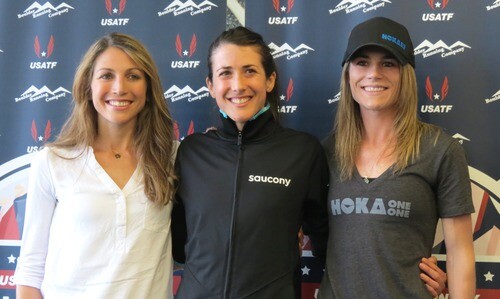
Note: One sentiment echoed among all of the athletes interviewed was that their diets are personal and have gone through lots of trial-and-error to be finessed to their specifications. No lifestyle should be replicated exactly.
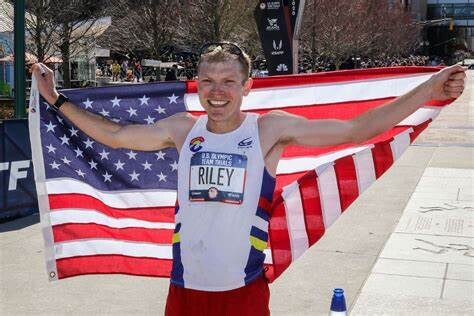
35, Boulder, Colorado
About him: First American and ninth overall finisher in the 2019 Chicago Marathon (2:10:36). Placed second at the 2020 U.S. Olympic Trials Marathon (2:10:02); Finished 28th in Tokyo Olympics marathon (2:16:26). After a second round of double Haglund’s surgery in 2022, he’s back in top form and running the 2024 New York City Marathon on November 3.
The night(s) before a race:
“I start thinking about meals two nights out, and I go carb-heavy on both. For the first night, I like to have Thai food, usually a noodle dish, and a side of rice. The only thing I’ll really avoid is spice since I’ve had issues from it a couple times. The night before, I do pasta, usually a marinara (that’s what a lot of races provide for the elite athletes), but a good pesto sauce works well, too. I mostly stay away from the creamy sauces. I don’t like to get too much more specific—you never know exactly what’s going to be available, so I try not to make particular foods part of my routine.”
Race morning:
“Race mornings I’ll get up at least three hours before (I prefer four, but with 7 to 8 A.M. starts, that becomes a little counter-productive), I’ll go for a short walk with some skipping or something, just to get the body moving. My first choice for breakfast is oatmeal with peanut butter, honey, and a little fruit mixed in. And at least one, usually two cups of coffee. It’s not something to avoid, but I recommend making sure that you have more than just simple carbs (cereal, muffin, etc), I find that if there isn’t at least some protein, I start getting that ‘empty’ feeling during my warmup, and if that mixes with the adrenaline, I feel real queasy. If I’m taking gels, I take one on the start line, maybe five minutes before. I also like Generation UCAN, which I’ll sip as I’m going through my drills, maybe half an hour out.”
During the race:
“I like to get my calories from gels and have just electrolytes in my bottles. Most major marathons provide drink stations every 5K, and I’ll drink about 8-10 oz of SOS per bottle (there can be splashing, and you never get it all out). I’ll take Roctane gels before every other drink station (every 30 minutes or so).”
Post-race meal:
“Most races I want a hash—lots of potatoes with some eggs, bacon, cheese, and veggies all mixed up, but after marathons my stomach takes a while to settle down, so I’m more in a lunch mood. So my go-to post-race meal is a big bistro bacon cheeseburger, ideally with an onion ring and barbecue sauce, side of fries, and a beer. I mostly stay away from fried foods during a build up, but I always take at least a week off after a marathon and at this point, that beer and burger is almost a Pavlovian ‘vacation time’ signal for my whole body.”
41, Flagstaff, Arizona
About her: She’s the fourth-fastest American woman in history based on her personal best (2:20:2) at the 2020 Marathon Project; Second-fastest American female half-marathon runner and former American record-holder (1:07:15). Most recently, she was 18th overall and the women’s master champion in the 2024 Chicago Marathon (2:30:12).
The night(s) before a race:
“Rice with chicken. I skip the veggies to not risk having to make a bathroom stop in the race.”
Pre-race breakfast:
“Two scoops of UCAN energy powder with whey protein, and a little bit of almond butter.” Bonus, Hall credits her husband, Ryan Hall, as being the best coffee maker, brewing pour-over, medium roast coffee blended with butter.
During the race:
Ketone-IQ—peach flavored.
Post-race meal:
“My favorite post-meal race is Thai food. I’m usually eating a lot of boring food before the race, so I want something spicy and more flavorful after.”
Bonus—Lunch during training blocks:
“Two scoops of UCAN powder, two pieces of gluten-free bread with Kerrygold Butter.”
36, Boulder, Colorado
About her: Won the 2019 Grandma’s Marathon and finished ninth in the 2020 U.S. Women’s Olympic Trials Marathon in 2:30:39. She was the top American finisher in the Boston Marathon in 2021 (fifth, 2:27:12, ) and 2022 (10th, 2:25:57). In January, she placed ninth in the Houston Half Marathon in a new personal best of 1:08:52.
The night(s) before a race:
“I always have the same thing. Basically, a couple cups of white rice and a chicken breast is where I tend to fall. White rice is going to fuel the most carbs per serving. I used to mix up potatoes and white rice, but for me, I digest white rice well, I feel better, it’s easy to find, simple, and works well.
I don’t care about spices—and I’m usually not making it myself if I’m not at home. Typically, before races, there’s a pre-race dinner, and chicken is an option. I wouldn’t do any cream-based sauces. If it tastes good, great. If it doesn’t, great. I don’t care.”
Pre-race breakfast:
“Typically it’s oatmeal with a tablespoon of peanut butter, a banana, and maybe honey. I’m not 100 percent satisfied with my pre-race meal, because sometimes it can feel a bit heavy in my stomach, because oatmeal does have some fiber. So I try to play around with things. Sometimes I’ll do a couple pieces of toast with a banana and peanut butter. I can switch between those two. Try to get 500-600 calories in, mostly from carbs, two-three hours before the race. Plus, I drink coffee with half-and-half.
Post-race meal:
“Immediately after the race, I honestly will grab whatever is available. Typically, after a race, we’ll be shuttled to a post-race holding area where you’re waiting, so there are usually refreshments there. I’ll slam Gatorade—anything with sugar and electrolytes. Maybe there’s my own bottle with Skratch in it. Banana, a protein shake. I’m pretty open, as long as it’s immediate.
And as far as later, it completely depends. I’m trying to do a better job at this—especially after a major marathon—but it kind of takes a while. You might get drug-tested, then shuttled back to your hotel, shower, then six hours later you’re like, ‘I need to eat.’ If it’s a marathon, I love a big burger with fries—the classic stuff, lettuce, tomato, onion, and tons of ketchup and mayo. That’s something my body would crave. Fries are my favorite food ever that I don’t typically eat during a marathon cycle.”
35, Louisville, Colorado
About her: Finished sixth in the 2017 London Marathon (2:25:38), seventh in the 2019 New York City Marathon (2:28:23), eighth in the 2019 Chicago Marathon (2:29:06), eighth in the 2021 New York City Marathon (2:27:00). Most recently, an Achilles injury forced her to pull out of the 2024 Chicago Marathon days before the race.
The night(s) before a race:
“I do 72-hours of carb-loading. So, obviously, in the build to that, carbs are key. Three days out from the race is when I start it. It is always the same. The night before, I have pasta with marinara sauce, and I don’t do a lot of protein with that. I do love angel hair, that’s my go-to. I also like rigatoni. Plus, I’ll have some type of bread and salad.”
Pre-race breakfast:
“The morning of, I always do a plain bagel and peanut butter with a banana. I’ve done that since high school. And I do an Americano with two shots. I eat that threeish hours out from the race.
During the race:
“I’ll take my first gel 15 minutes before the start of the race. I’ve been all over the place with what I take, but right now, Neversecond. Big fan of their Cola C30 gels. They worked wonders for me during this build. I had some stomach issues earlier in the build with long runs and couldn’t quite figure out what was going on, so I switched up my nutrition during, so never second has been a godsend.”
Post-race meal:
“After the race, it’s hard because usually my stomach is a mess. Not only did you just run really hard for two and a half hours, but you’re taking all this fuel during, so I have a really hard time eating solids immediately after the race. My choice if I can get it is soda. I’m not a big soda drinker, but after a marathon, all I want is a Coke, Sprite, or Ginger Ale. I’m always really thirsty when I finish.
Then later when I feel like eating, I always do a burger (stacked with all the fixings—sometimes adding bacon) and sweet potato fries with ranch. I never opt out of Ranch. Anything I can dip ranch in is a plus for me. And I order a Blue Moon. I’m not a beer drinker, but that’s what I want after a marathon.”
by Mallory Arnold
Login to leave a comment
TCS Toronto Waterfront Marathon elite field announced for 2024
We are just 10 days away from Canada’s largest race weekend: the 2024 TCS Toronto Waterfront Marathon. Since 2015, this event has also served as the annual Canadian Marathon Championships. This year’s race will feature everything from former champions and national record holders to rising stars looking to make their mark on the 42.2 km distance.
Here’s your cheat sheet for the men’s and women’s elite fields in Toronto.
Canadian men’s field
Andrew Alexander (Toronto): The 25-year-old former NCAA standout won the 2023 Toronto Waterfront Half-Marathon in 62:44. He is coached by Matt Hughes, the Canadian record holder in the men’s 3,000m steeplechase, and former Canadian marathoner Dave Reid. Alexander is aiming for a sub-2:10 finish at his hometown marathon.
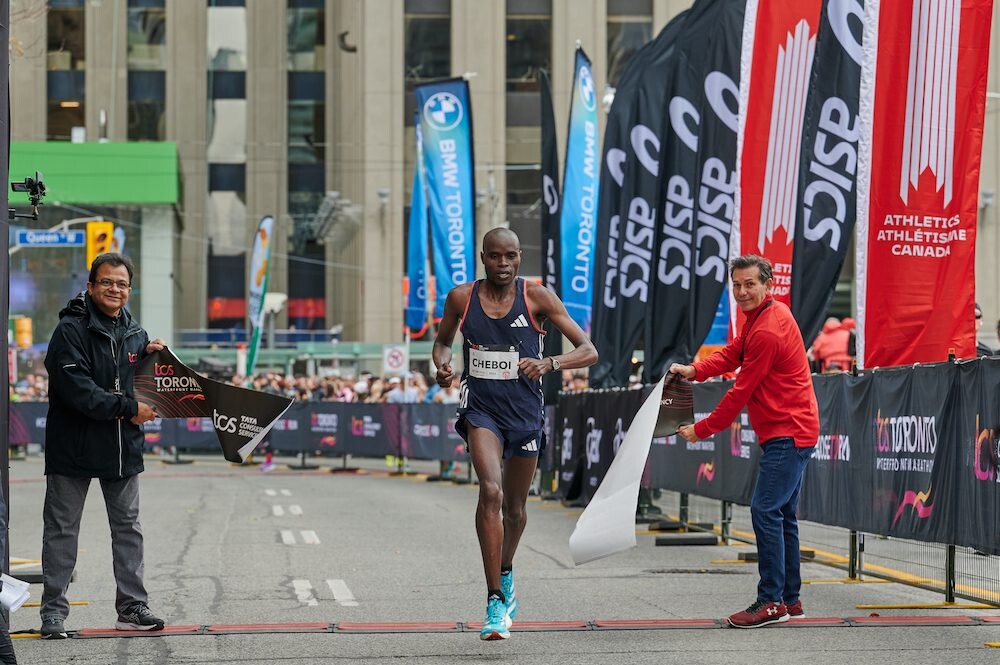
Thomas Broatch (Vancouver): The reigning Canadian marathon champion. He was the first Canadian across the line last year in his marathon debut (2:16:25). Four months later, Broatch took another shot at the distance, lowering his personal best by more than four minutes at the 2024 Houston Marathon (2:11:54).
Justin Kent (Surrey, B.C.): This will be Kent’s first time competing at the Toronto Waterfront Marathon. He ran his PB of 2:13:07 at the 2023 Prague Marathon, earning him a spot on Team Canada’s men’s marathon team for the 2023 World Athletics Championships.
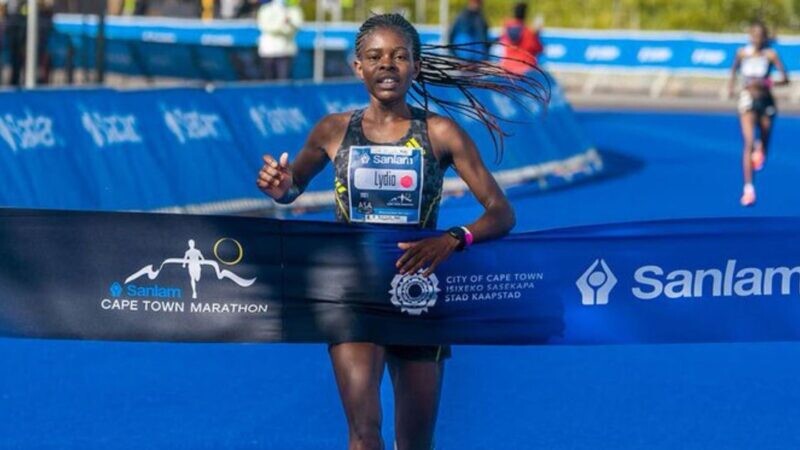
Maxime Leboeuf (Gatineau, Que.): Leboeuf finished third at the 2022 Montreal Marathon in 2:24:25. He’s a former graduate of Queen’s University XC program and an avid cross-country skier.
Kieran McDonald (Halifax): McDonald will be making his marathon debut in Toronto. He ran his half-marathon best of 65:45 at the 2024 Houston Half Marathon in January.
Alex Neuffer (Stratford, P.E.I.): Neuffer ran his PB of 2:21:34 at the 2022 Boston Marathon, finishing as one of the top Canadians. He’s a graduate of St. Francis Xavier University’s XC program and a training partner of Kieran McDonald (see above).
Thomas Nobbs (Vancouver): The 25-year-old will be running his second-career marathon in Toronto. He made his debut in Philadelphia last fall, running 2:19:13. Nobbs finished just off the podium at the 2024 Canadian 10K Championships, in 29:31. He also finished second at the Canadian Half Marathon Championships in Winnipeg in June.
Sergio Ráez Villanueva (Mississauga, Ont.): Ráez Villanueva has competed at the Toronto Waterfront Marathon for the last two years. He set his best of 2:18:04 here in 2022 (his marathon debut). Ráez Villanueva is self-coached and also coaches youth athletes in his hometown of Mississauga.
Tristan Woodfine (Cobden, Ont.): Coached by former Canadian Olympic marathoner Reid Coolsaet. Woodfine won the half marathon here in 2022. He has the fastest time among Canadian men in the field, with a PB of 2:10:39 from Houston earlier this year.
International men’s field
Elvis Cheboi (Kenya): Cheboi ran his personal best of 2:09:20 to win the 2023 Toronto Waterfront Marathon. (Reigning champion)
Mulugeta Uma (Ethiopia): Uma ran 2:05:33 to win the 2024 Paris Marathon in April. He has the fastest personal best in the men’s field.
Abdi Fufa (Ethiopia): Fufa finished just off the podium at the 2024 Dubai Marathon in January (2:06:23). He ran his PB of 2:05:57 at the Siena Marathon in 2021 (where he was second). The 29-year-old is looking for his first marathon win.
Hailu Zewdu (Ethiopia): The 29-year-old ran his PB of 2:06:31 at the Dubai Marathon in 2020. He has not broken 2:09:00 in his six marathons since.
Gizealew Ayana (Ethiopia): Ayana is the youngest elite athlete in the field–he’s only 21. He ran his PB of 2:07:15 to win the 2023 Paris Marathon in his debut at the distance.
Domenic Ngeno (Kenya): The 26-year-old is the fastest Kenyan marathoner in the Toronto field. He won the 2024 L.A. Marathon in March in 2:11:01. Ngeno’s PB of 2:07:26 was from a podium finish at the 2023 Eindhoven Marathon in the Netherlands.
Noah Kipkemboi (Kenya): A veteran of the marathon distance. The 31-year-old has competed at more than 10 marathons in his career. He podiumed at the Enschede Marathon earlier this year, with a time of 2:09:06.
Brian Kipsang (Kenya): Kipsang arrives in Toronto fresh off a personal best at the 2024 Milan Marathon in March, where he placed second in 2:07:56. The 30-year-old has finished in the top five at three of his last four races.
Abe Gashahun (Ethiopia): Gashahun has the fastest half-marathon personal best in the field of 59:46. He’s had success at shorter distances and cross country, but it hasn’t yet translated to the marathon. The 26-year-old ran 2:08:51 earlier this year in Saudi Arabia.
Sydney Gidabuday (U.S.A.): Former member of Adidas Tinman Elite Track Club in Colorado. Gidabuday made his marathon debut on Canadian soil at the 2023 Ottawa Marathon, where he finished ninth. His PB of 2:14:34 was run at the hilly NYC Marathon in 2023.
Yusuf Nadir (U.S.A.): Personal best of 2:15:27 from the 2023 Grandma’s Marathon in Duluth, Minn. He finished 25th at the U.S. Olympic Marathon Trials in February.
Aidan Reed (U.S.A.): Also made his marathon debut at the 2023 Ottawa Marathon–2:20:23. Reed ran collegiately at Southern Utah University, following in the footsteps of Canadian marathon record holder Cam Levins.
Canadian women’s field
Kate Bazeley (St. John’s, N.L.): The 40-year-old ran her PB of 2:36:35 in Toronto in 2019. Earlier this year, Bazeley represented Team Canada at the World XC Championships in Belgrade, Serbia.
Anne-Marie Comeau (Saint-Ferréol-les-Neiges, Que.): The 2018 Canadian (winter) Olympian ran her marathon best of 2:34:51 in Toronto last year, crossing the line as the second Canadian woman.
Asia Dwyer (Toronto): Dwyer ran her personal best of 2:42:45 at the 2023 Toronto Waterfront Marathon last fall. She told Canadian Running in an interview for the November/December 2024 issue of the print magazine that she is looking to smash her previous best.
Rachel Hannah (Port Elgin, Ont.): Hannah was the top Canadian finisher at the 2024 Ottawa Marathon in May. She won a bronze medal for Canada at the 2015 Pan-American Games in Toronto. She ran her personal best of 2:32:09 was at the 2016 Houston Marathon.
Liza Howard (Toronto): Howard told Canadian Running in an interview that her goal is to reach the podium and run a personal best. Howard ran her current personal best of 2:35:29 at the 2022 Chicago Marathon. She has unofficially broken the Canadian women’s 50K record, twice, in her marathon build for this race.
Erin Mawhinney (Hamilton): The 28-year-old runner will be making her marathon debut in Toronto. She is coached by two-time Canadian Olympian Reid Coolsaet. She broke the tape at the Toronto Waterfront Half Marathon last year, running a PB of 1:13:50.
Melissa Paauwe (Calgary). Paauwe is carrying the pride of Calgary into Toronto. She ran her PB of 2:41:12 at the 2023 Chicago marathon, and finished as the top Canadian.
Leslie Sexton (Markham, Ont.): Sexton returns to Toronto to run her hometown marathon. She said she will be trying to qualify for Worlds in Tokyo next year. She set her PB of 2:28:14 at the 2024 Houston Marathon this year, but missed the Olympic standard by two minutes.
Natasha Wodak: (Vancouver) started her marathon career here in 2013 but has not returned until this year; has never won the championship. Her PB of 2:23:12 from the 2022 Berlin Marathon stands as the current Canadian record.
International women’s field
Waganesh Mekasha (Ethiopia): Has a personal best of 2:22:45 from the 2019 Dubai Marathon. The 32-year-old Ethiopian won the 2023 Ottawa Marathon and finished second in Toronto last fall, with a time of 2:23:12.
Afera Godfay (Ethiopia): Godfay finished third behind compatriots Buze Diriba and Mekasha (see above) last year. She has a personal best of 2:22:41 and has finished in the top five in four of her last five marathons.
Roza Dejere (Ethiopia): The 27-year-old Ethiopian has the fastest personal best in the women’s field (2:18:30). She finished fourth in the women’s marathon at the Tokyo Olympic Games. She comes to Toronto as a threat to the course record of 2:22:16, which was set in 2019.
Meseret Gebre (Ethiopia): Gebre hasn’t raced since Toronto last fall, where she finished seventh in 2:29:54. She set her PB of 2:23:11 to win the Barcelona Marathon in 2022.
Valentina Matieko (Kenya): One of two Kenyan women in the international elite field. Matieko comes to Toronto fresh off a personal best earlier this year at the Paris Marathon in April (2:24:21).
Lydia Simiyu (Kenya): Simiyu ran her PB of 2:25:10 earlier this year at the Rome Marathon. She served a six-month doping suspension in 2022 after she tested positive for chlorthalidone after the Poznan Half Marathon in Poland.
Rediet Daniel (Ethiopia): Two top-five finishes in her three professional marathon starts. The 24-year-old Ethiopian ran her personal best of 2:26:25 at the 2024 Doha Marathon in February.
The TCS Toronto Waterfront Marathon, to be held on Oct. 20, is Canada’s premier running event and the grand finale of the Canada Running Series (CRS). Since 2017, the race has also served as the Athletics Canada marathon championship and Olympic trials.
by Marley Dickinson
Login to leave a comment
TCS Toronto Waterfront Marathon
The Scotiabank Toronto Waterfront Marathon, Half-Marathon & 5k Run / Walk is organized by Canada Running Series Inc., organizers of the Canada Running Series, "A selection of Canada's best runs!" Canada Running Series annually organizes eight events in Montreal, Toronto and Vancouver that vary in distance from the 5k to the marathon. The Scotiabank Toronto Waterfront Marathon and Half-Marathon are...
more...Six American runners to watch in the 2024 Chicago Marathon
Excitement is building for this year’s Chicago Marathon that takes place on Sunday 13 October. Once again, a stellar field has been assembled including some of the best American runners operating today. Read on to find out which US athletes will compete in the 2024 Chicago Marathon.
It’s been seven years since the last American was victorious in the Chicago Marathon, with Galen Rupp crowned winner of the men’s race in 2017. In the women’s race, you need to go back almost 20 years to find the last US winner, when Deena Kastor became the first female American to claim victory on the streets of Chicago in almost a decade.
But with this year’s Chicago Marathon just days away, a strong group of elite American runners will take on the challenge of the 42.195km race, bringing with them experience, pedigree and the hopes of a nation as they battle for glory on home soil.
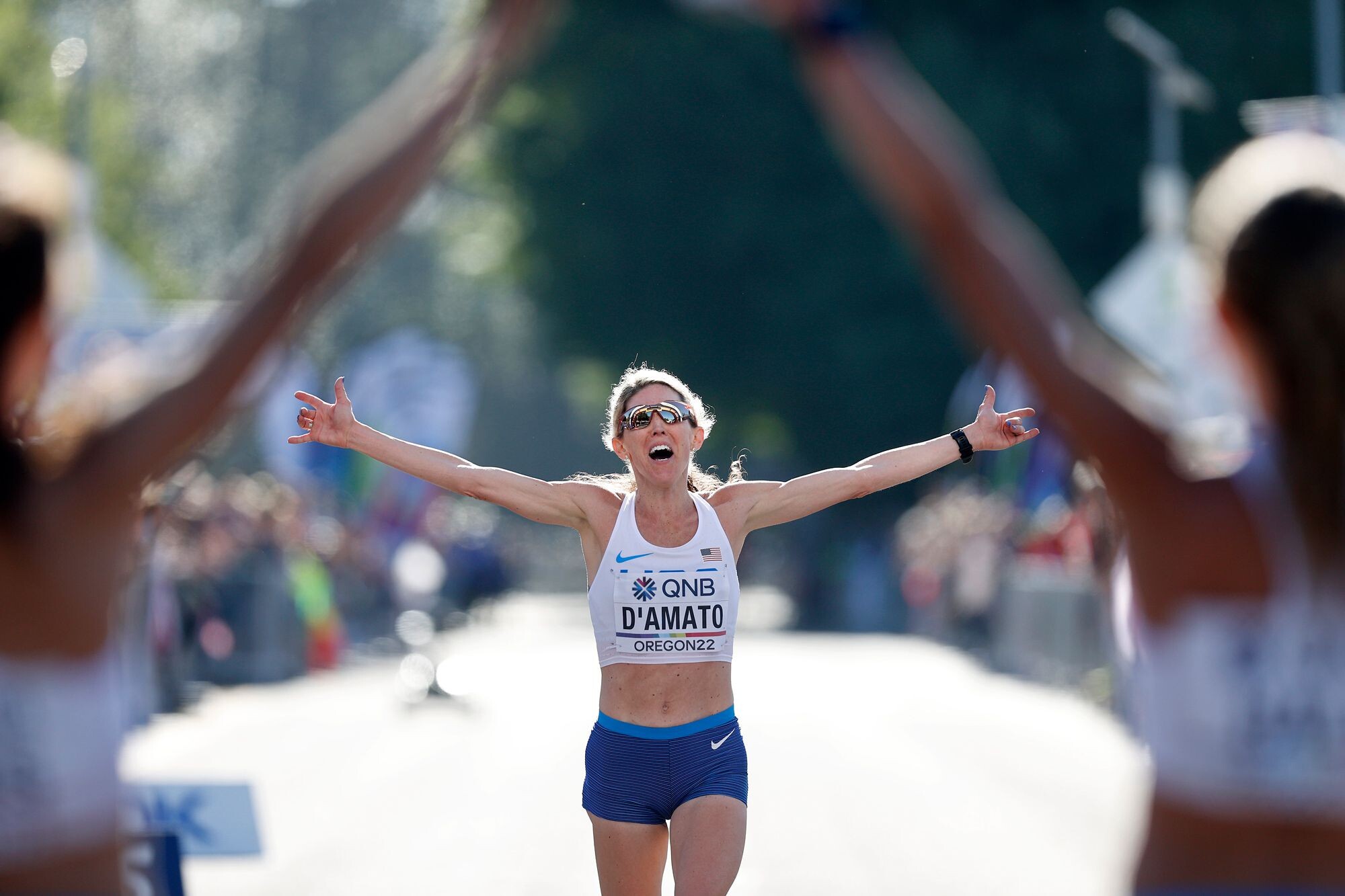
Read on to discover the top American athletes competing in the 2024 Chicago Marathon.
Top Americans in the 2024 Chicago Marathon women’s race
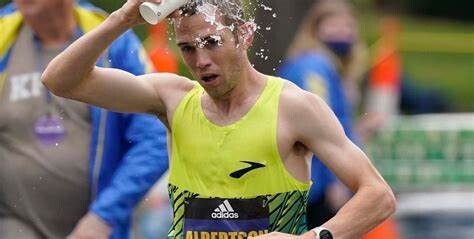
Keira D’Amato
Keira D'Amato, the former fastest female American runner of all time, has an exceptional track record in long-distance events. The 39-year-old still holds the fastest US women’s time in the half marathon at 1:06:39, set in the Gold Coast, Australia in 2023, while her best in the 42.195km race is an impressive 2:19:12, which she achieved in Houston in 2022.
This year, D’Amato will have speedy support by her side, as she revealed her pacer for the Chicago Marathon will be none other than Rio 2016 Olympic 1500m gold medallist Matthew Centrowitz. Can the addition to her race-day crew catapult D’Amato to glory in the Windy City? All will be revealed on Sunday.
Born in Kenya, Betsy Saina has since received her US citizenship and will be one of the favourites to hold the title of fastest American in this year’s Chicago Marathon women’s race. Saina became a mother in 2021 but has gone from strength to strength since then, becoming the fastest female American marathoner in 2023. While her dreams of making the Olympic team for Paris 2024 were not realised, she comes into this year’s Chicago Marathon showpiece with one of the fastest times among all US runners with a personal best of 2:19:17 set at the 2024 Tokyo Marathon.
A fan favourite and former American marathon record holder, Sara Hall has vast experience in elite marathon running, which includes a third-place finish in the 2021 Chicago Marathon.
Perhaps her most memorable performance was in the 2021 London Marathon where she produced a stunning all-out sprint finish to claim second-place in Britain’s capital.
At 41 years old, Hall will be among the older members of the elite field but she is showing few signs of slowing down. She finished fifth in the 2024 Olympic marathon trials and in April this year ended the Boston Marathon as the second-fastest American finisher in a time of 2:27:58.
Top Americans in the 2024 Chicago Marathon men’s race
Zach Panning
During the US marathon trials for the last Olympics, Zach Panning sent the crowd into a frenzy with a courageous run where he led from the front for almost three-quarters of the race. Panning eventually fell off the pace to finish the trials in sixth place, with only the top three nominated for the team.
However, the fearlessness of the 29-year-old, who holds a personal best of 2:09:28, makes him one of the most exciting runners in the field.
Following his 10th-place finish in the 2024 London Marathon, Brian Shrader is back on home soil hoping to impress on the streets of Chicago, where he finished 11th last year in a personal best time of 2:09:46.
While a DNF in the Olympic trials shattered Shrader’s dreams of going to Paris 2024 he enters this race with real aspirations of finishing as the top American and perhaps challenging the front-runners in the elite men’s race.
Perhaps best known for his exploits over distances that trickle into the category of ultrarunning, CJ Albertson’s pace over the legendary 42.195km distance makes him one of the top three American men in the Chicago Marathon field.
The former world record holder over 50km enters Sunday’s race with a best marathon time of 2:09:53 set at the 2024 Boston Marathon, where he finished seventh.
Albertson finished fifth in the 2024 Olympic trials but his recent form shows just why he is one of the most talked-about US athletes operating in the marathon today.
by Athletics
Login to leave a comment
Bank of America Chicago
Running the Bank of America Chicago Marathon is the pinnacle of achievement for elite athletes and everyday runners alike. On race day, runners from all 50 states and more than 100 countries will set out to accomplish a personal dream by reaching the finish line in Grant Park. The Bank of America Chicago Marathon is known for its flat and...
more...What does “trust your training” really mean?
Learning to trust your training can boost your confidence and help you crush your next race.
Trust your training” is a phrase runners hear often, but what does it actually mean? We’re here to explain why trusting your training matters and how you can learn to do it.
For many, it’s easier said than done, especially when doubts creep in before a big race. Trusting your training isn’t just about following a plan or completing workouts; it’s about building confidence in the process and believing in yourself. Jeff Gaudette, a track and field coach and professional runner from Biddeford, Maine, recently shared how not trusting your training can sabotage even the best-laid plans, and his mistakes can help you succeed.
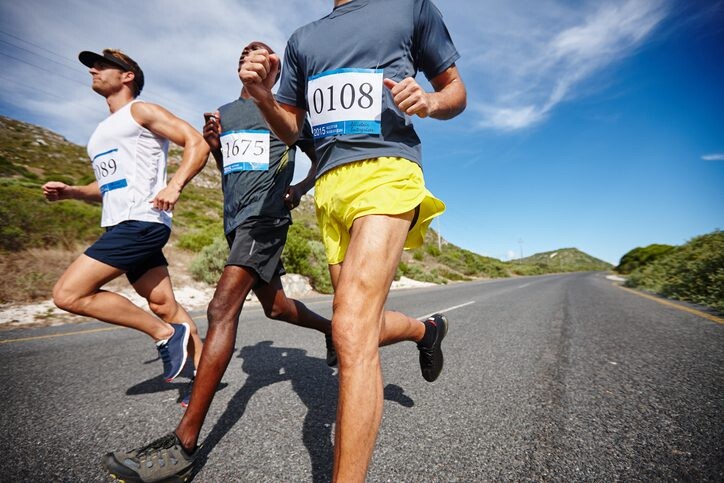
Have faith in your fitness
One of the biggest challenges runners face is doubting their own fitness, especially on race day. Gaudette recalls his own struggle before an important 10K race, when, despite months of solid preparation, he lost faith the night before his event. Looking at the list of elite competitors, his confidence evaporated. Instead of sticking to his strategy, he panicked and abandoned his plan mid-race, resulting in his slowest 10K finish ever.
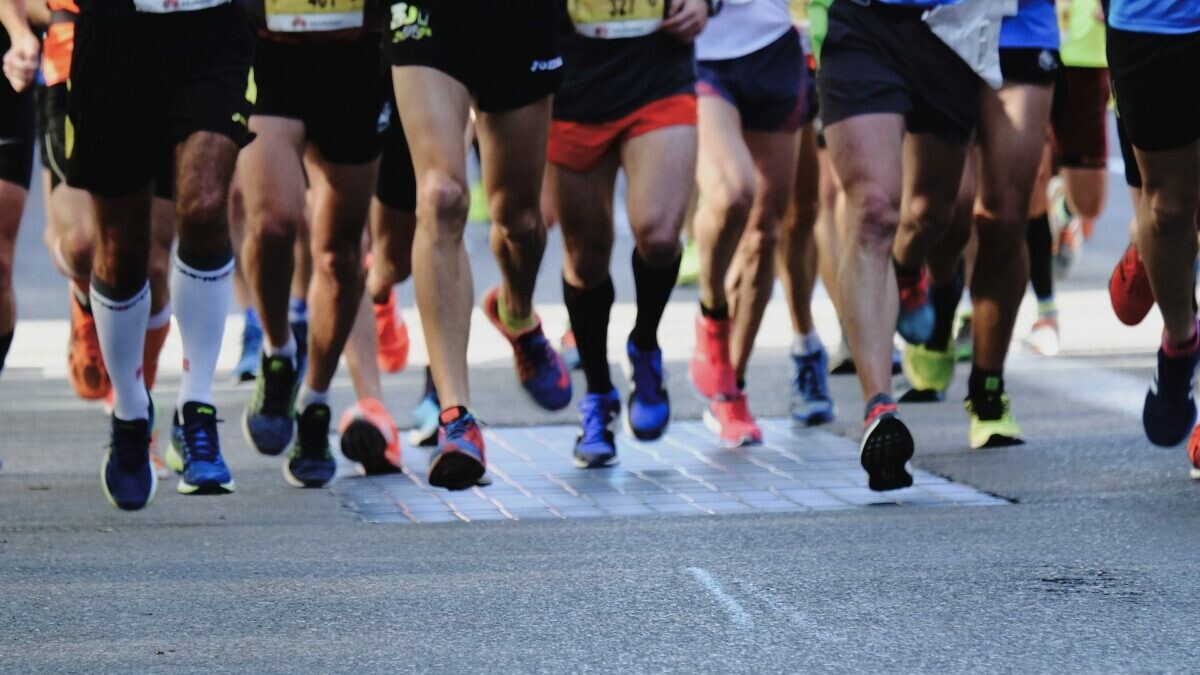
The lesson here? Believe in the work you’ve put in. As Gaudette explains, to consistently perform well, “you need unwavering belief in your fitness and your race plan.” When doubts arise, don’t let others’ fitness or race-day nerves derail your strategy. Trust the miles you’ve logged, the hard intervals you’ve done and the plan you’ve created for race day, to bring you success.
Trust your training plan or coach
It’s not just your own fitness you need to trust—it’s your coach or training plan too. Many runners, as Gaudette notes, get caught in the trap of thinking more mileage or faster workouts will yield better results. But this mindset can backfire. After a disappointing race, Gaudette’s coach recommended he take time off to recover. Instead, Gaudette ignored the advice and kept pushing. The result? A string of poor performances and deep frustration.
The takeaway is clear: if you’ve committed to a coach or a structured training plan, trust the process. Runners often get distracted by advice from friends or online forums, but Gaudette reminds us that most reputable plans are backed by solid physiological principles. Overtraining or adding extra workouts is a recipe for disaster. Let go of the fear that you’re not doing enough and trust that your coach or plan is setting you up for success.
Believe in yourself
Perhaps the hardest part of trusting your training is trusting yourself. It’s easy to fall into the mindset of thinking that being tough means pushing through every run, even when your body is tired or on the verge of injury. But, as Gaudette learned the hard way, this mentality can be damaging. While preparing for the 2008 Olympic Trials, he ignored his body’s signals, trying to train through illness. Instead of taking time to recover, he kept pushing—and ended up too injured to perform well.
The lesson? “Trust yourself to listen to your body when it’s tired or injured,” says Gaudette. Recovery is as important as training, and taking a few days off won’t ruin your fitness. In fact, it’s a sign of mental strength to recognize when you need a break. Don’t become a slave to your training schedule—be flexible, and trust your body to guide you.
Trusting your training is more than just a mantra—it’s an essential part of running success, whether it’s believing in your fitness, your coach or yourself, having faith in the process will help you stay calm and focused when race day arrives. The next time you toe the line, remember: you’ve done the work, and now it’s time to trust it.
by Keeley Milne
Login to leave a comment
Emma Bates will return for the 2024 Bank of America Chicago Marathon
American marathoner Emma Bates will return for the 2024 Bank of America Chicago Marathon after finishing 13th in last year's race.
Bates finished 13th in last year's Chicago Marathon, running 2:25:04. However, she partially tore her plantar fascia in the process of that race, setting her back and forcing her to withdraw from the U.S. Olympic Trials in February.
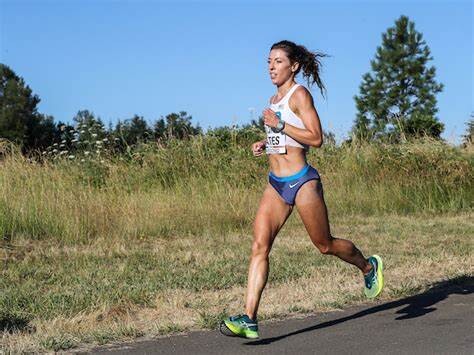
Bates' bounceback from her plantar fascia tear has been solid. She's run one race since then, finishing 12th in the 2024 Boston Marathon in April. She ran 2:27:14 and finished as the top American in the race.
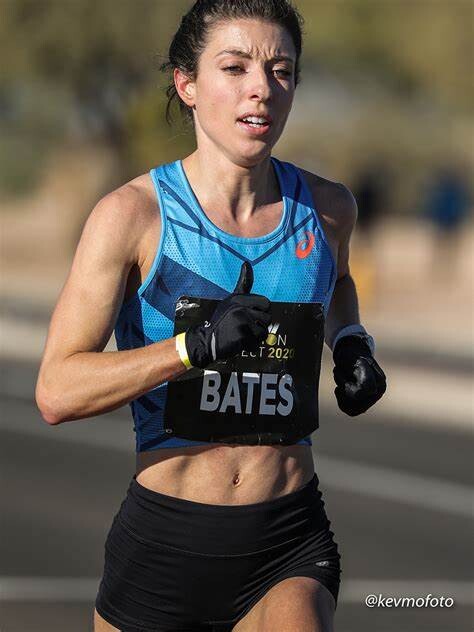
This will be Bates' fourth Chicago Marathon of her career. She finished fourth in 2019, running 2:28:19. In 2021, she finished second, running 2:24:20.
Her marathon best comes from the 2023 Boston Marathon, where she ran 2:22:10; Bates is the second-fastest woman in Boston Marathon history.
by NBC Sports Chicago Staff
Login to leave a comment
Bank of America Chicago
Running the Bank of America Chicago Marathon is the pinnacle of achievement for elite athletes and everyday runners alike. On race day, runners from all 50 states and more than 100 countries will set out to accomplish a personal dream by reaching the finish line in Grant Park. The Bank of America Chicago Marathon is known for its flat and...
more...'Taking my spikes off for the final time' – American sprinter Morolake Akinosun announces retirement at 30
Olympic gold medalist Morolake Akinosun announces her retirement at 30 after an illustrious career in track and field.
American sprinter Morolake Akinosun has announced her retirement from professional track and field at the age of 30.
The 2016 Olympic gold medalist and World Champion in the 4x100 meter relay bids farewell to a sport in which she has thrived for over a decade, leaving behind a legacy filled with victories, resilience, and a clear sense of purpose for her next chapter in life.
Akinosun, who earned international acclaim as part of Team USA's winning relay squad in the Rio 2016 Olympics, took to social media to confirm the news.
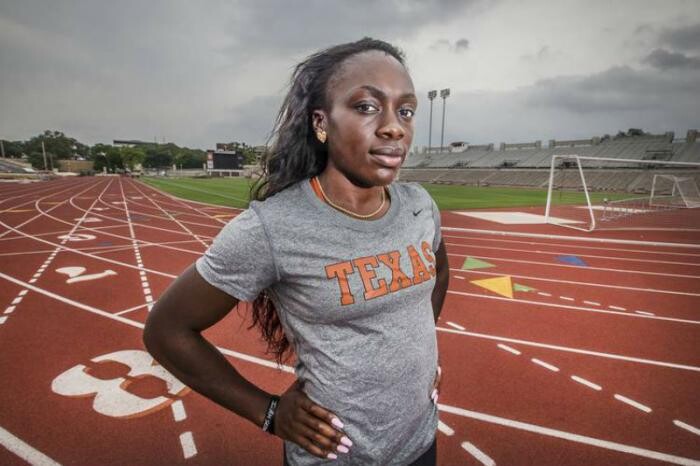
Akinosun, who earned international acclaim as part of Team USA's winning relay squad in the Rio 2016 Olympics, took to social media to confirm the news.
In a candid reflection on her career and her decision to retire, Akinosun shared that she felt a deep sense of peace about her decision following the 2024 Olympic Trials.
"Following the 2024 Olympic Trials, I had an overwhelming feeling and sensation immediately after that I was done. It felt so clear to me," she said as quoted by Citius Mag.
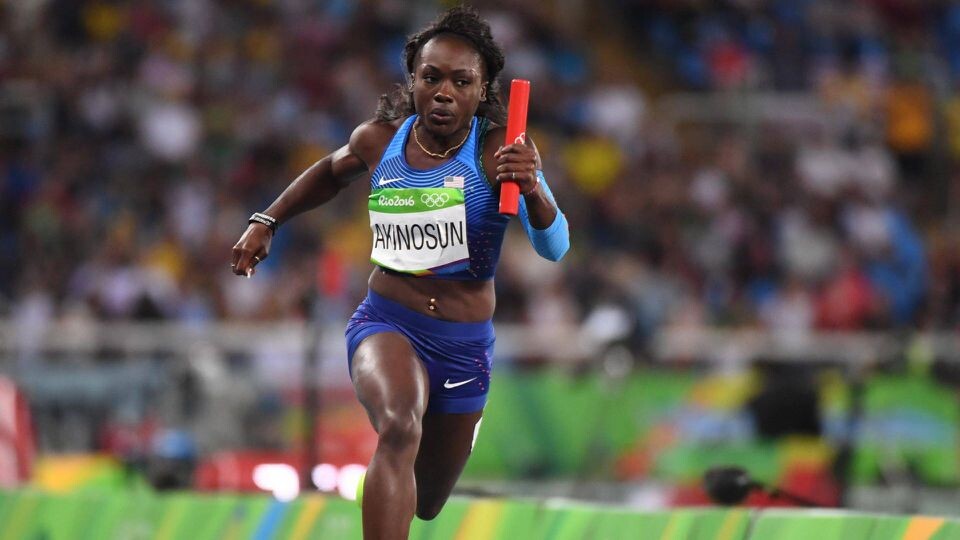
The Nigerian-born sprinter revealed that she prayed for clarity and soon found herself on a new path, meeting influential figures like Michael Johnson and Steve Gera.
Just a month later, she was headed to Paris to work as a consultant with Grand Slam Track and soon after joined the company full-time.
Akinosun’s track journey began with success at a young age, clinching gold medals in the 100 meters and 200 meters events at the 2011 AAU Junior Olympics.
She then ascended to the national stage as the 2013 USA Junior Champion in the 100 meters and silver medalist in the 200 meters.
Her collegiate career was equally groundbreaking, as she became only the second woman in history to score in four events at the NCAA Outdoor Championships in consecutive seasons.
Akinosun's true breakout on the global stage came when she won gold at the 2015 Pan-American Games in Toronto, setting the stage for her Olympic glory in 2016 and her World Championship triumphs.
She was part of the victorious 4x100m relay team at the 2017 World Championships in London and added a bronze medal from the 2019 World Championships in Doha to her extensive medal haul.
Despite her incredible success, Akinosun recognized early on the need to plan for life after track.
Outside of her athletic career she has already made a mark in the world of media and event management.
“I don’t know if anyone ever knows exactly what they want to do when they’re done,” Akinosun admitted.
“But I did start dabbling in other things to figure out what life could possibly look like for me post-track and field.”
by Festus Chuma
Login to leave a comment
Two-time Olympian Natasha Wodak to race TCS Toronto Waterfront Marathon
This will be the first appearance at the race in 11 years for the Canadian record holder.
Canada’s fastest-ever female marathoner, Natasha Wodak, has revealed her fall marathon plans. The Vancouver native, who is a two-time Olympian, will line up for the 2024 TCS Toronto Waterfront Marathon on Oct. 20, which doubles as both a World Athletics Elite Label event and the Canadian Marathon Championship. This will mark Wodak’s first appearance at this race in 11 years.
“I thought, Why don’t I go run the Canadian Marathon Championships in Toronto?” said Wodak. “I haven’t been there in 11 years, and that’s where I started this marathon journey. It’s an Asics event, I’m the Canadian record holder, and I haven’t won the Canadian Marathon Championship. I just really wanted to run in my country, surrounded by friends and family.”
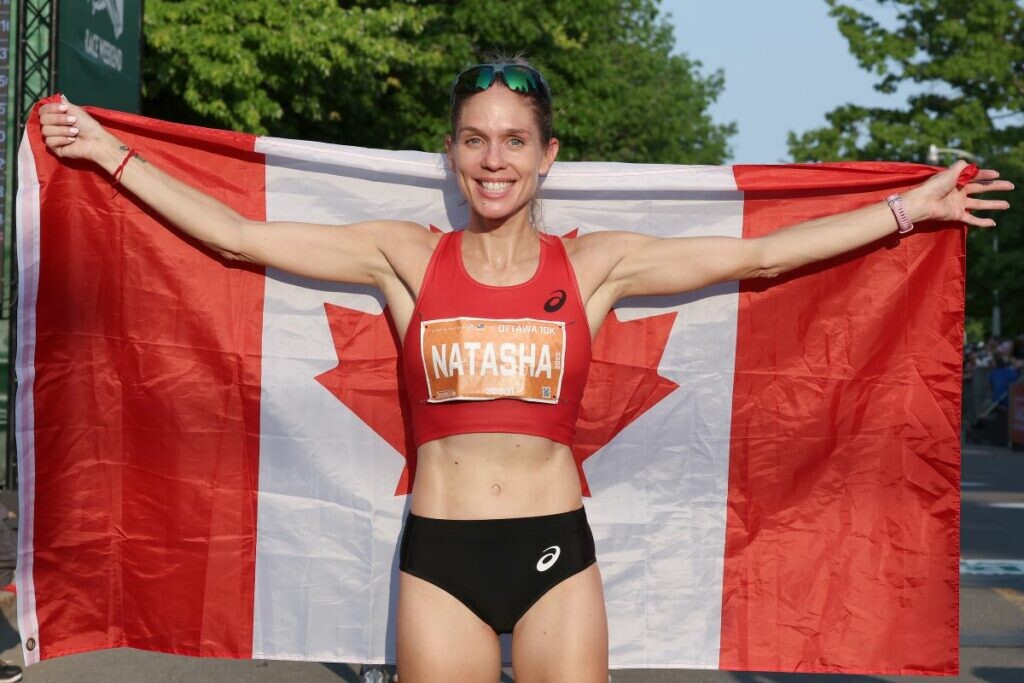
Despite a challenging year where she missed qualification for the Paris Olympics, Wodak’s setbacks continue to fuel her world-class performances at 42. In 2023, she withdrew from the London Marathon after falling ill just days before the race, and later placed 15th at the World Athletics Championships in Budapest, where she had hoped to achieve the Paris Olympic standard of 2:26:50. She also faced difficulties at the 2024 Houston Marathon, where a hamstring strain derailed her run. Although initially disappointed about not making her third Olympic team, Wodak was optimistic about the opportunities ahead.
“The Olympics is special for a reason—it’s very hard to get there!” she reflected. “I didn’t make it this time around, but I had a fun journey trying, and other doors have opened. I got to do the CBC broadcast for the women’s Olympic marathon, which was an amazing opportunity.”
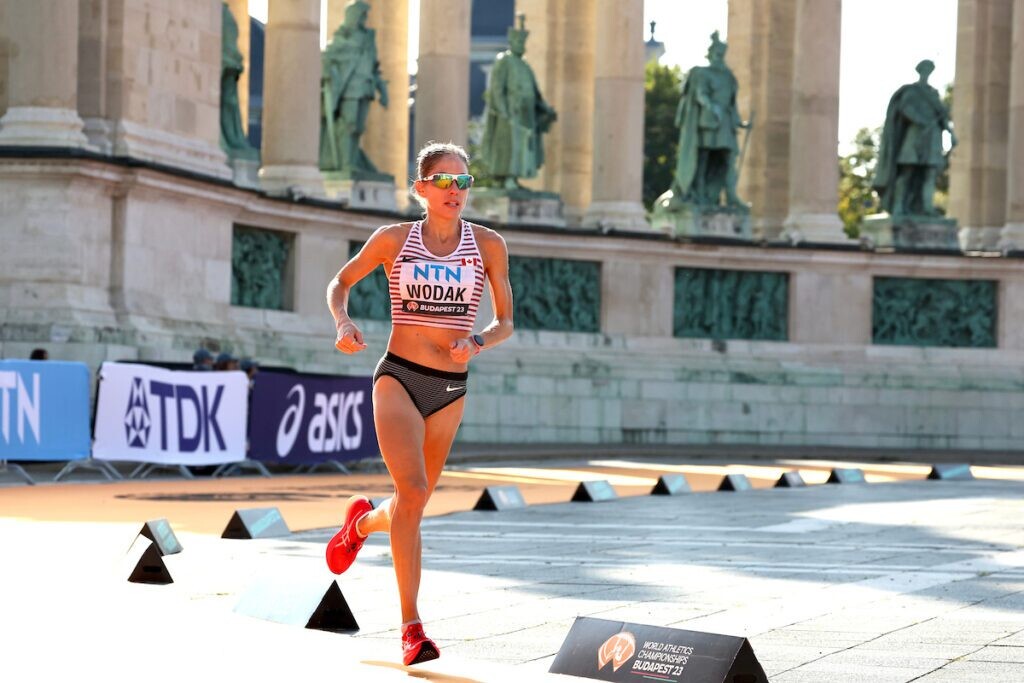
Unsure of her fall racing plans, Wodak had initially considered targeting the national half-marathon record at the Toronto Waterfront Half Marathon, but decided to switch to the full marathon after consulting with her coach, Trent Stellingwerf.
Winning the Canadian Marathon Championships could also help Wodak qualify for the 2025 World Athletics Championships in Tokyo next September, by earning her World Athletics points. “If I win and run decently in Toronto, it’s really good points, and I might not need to run the standard (2:23:30),” she explained. “I could possibly run a marathon in Japan in early March.”
The qualifying window for the marathon at the 2025 World Athletics Championships opened on Nov. 5, 2023. So far, no Canadian athletes have achieved the women’s standard of 2:23:30 or the men’s standard of 2:06:30. Wodak holds the Canadian marathon record at 2:23:12.
The TCS Toronto Waterfront Marathon, to be held on Oct. 20, is Canada’s premier running event and the grand finale of the Canada Running Series (CRS). Since 2017, the race has also served as the Athletics Canada marathon championship and Olympic trials.
by Marley Dickinson
Login to leave a comment
TCS Toronto Waterfront Marathon
The Scotiabank Toronto Waterfront Marathon, Half-Marathon & 5k Run / Walk is organized by Canada Running Series Inc., organizers of the Canada Running Series, "A selection of Canada's best runs!" Canada Running Series annually organizes eight events in Montreal, Toronto and Vancouver that vary in distance from the 5k to the marathon. The Scotiabank Toronto Waterfront Marathon and Half-Marathon are...
more...Hillary Bor sets national record at the New Haven 20K, Keira D’Amato wins women’s race
Two-time Olympian Hillary Bor fell in the U.S. Olympic Trials in the steeplechase and did not make it to Paris.
Neither did Keira D’Amato, who dropped out of the Olympic Marathon Trials after running with
Hilary Bor and Keira D'Amato won USATF national titles in the 20K Monday by winning the men's and women's races at the 47th Faxon Law New Haven Road Race.Bor finished the 20K (12.4 miles) race in 58 minutes, 9 seconds, while D'Amato crossed the finish line in 1:06:25.
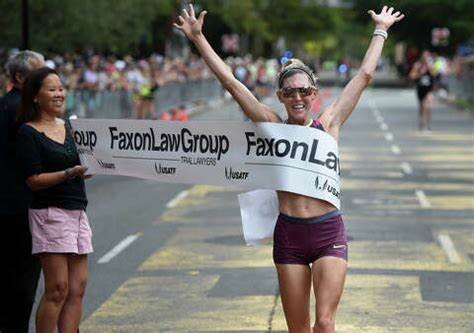
Bor's time set the national championship record. He pulled away from Nathan Martin (58:26), Biya Simbassa (59:29) and Aidan Reed (58:31).
Bor, from Colorado, was a member of the 2016 U.S. Olympic team and competed in the steeple chase.
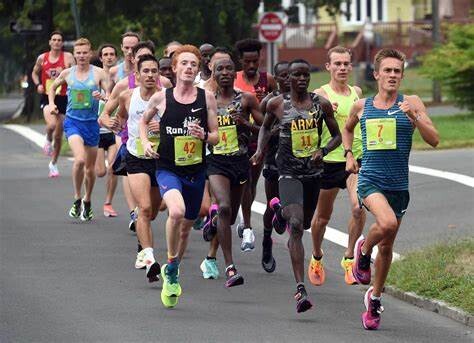
D’Amato, from Virginia, also won the Faxon Law New Haven 20K in 2022 when she set the course record. She held off Jess McClain (1:06.50), Savanah Berry (1:07:03) and Annie Frisbie (1:07:19).
Both earned the Ryan Shay Memorial Award, given annual in honor of the 2004 Faxon Law New Haven Road Race winner who died while participating in the 2007 Olympic Trials Marathon in New York City. The award is presented in recognition of Shay’s hard work and dedication to the sport, as well as longtime support of the New Haven Road Race, which he ran four times.
Connecticut's top finisher in the male division was West Hartford's Grant O'Connor, who placed 23rd in 1:02:54. The top state performer in the female division was Glastonbury's Alyssa Natario, whose time of 1:14:41 was 13th.
Other Connecticut residents to place in the top 25 in the female division were: Fairfield's Megan Connolly, Wallingford's Katie Overstrum, Woodbridge's Laura Pierce, Manchester's Olivia Mondo, Colchester's Alayna Bigalbal and East Lyme's Rebecca Snielson
The race, which drew more than 5,000 participants, also included a 5K, half marathon, half marathon relay and kid's fun run.
Benjamin MacDonald of Susbury, Mass. won the half marathon in 1:10:01, with Tabea Themann of Hamburg, Virginia winning the female division in 1:18:11. Westport's Clare Kutnick was second in the division in 1:21:48.
Prospect's Colin Slavin won the 5K title in 15:31 for the men, while Milford's Courtney Kitchen won the female division in 17:46.
by Lori Riley
Login to leave a comment
New Haven Road Race
The Faxon Law New Haven Road Race, renowned as the longest-running USATF 20K National Championship, is scheduled for Monday, September 1, 2025 (Labor Day), in New Haven, Connecticut. This event will once again host the Men's and Women's USATF 20K National Championships, attracting elite athletes, including past champions and U.S. Olympians. Participants can choose from various race options, including the...
more...U.S. Olympians highlight field in 2024 Faxon Law New Haven Labor Day Road Race
Three U.S. Olympians highlight a competitive field set to run on Labor Day in the Faxon Law New Haven Road Race, the host of the USA Men's and Women's 20K Championship.
There's one Olympian competing in the women's field: Rachel Smith represented America at the Tokyo Olympics in the 5,000 meters and became this year's 15K National Champion.
Jess McClain finished fourth at this year's Olympic Trials Marathon.Virginia's Keira D'Amato leads the women's field. She set the course record when she won the race in 2022.
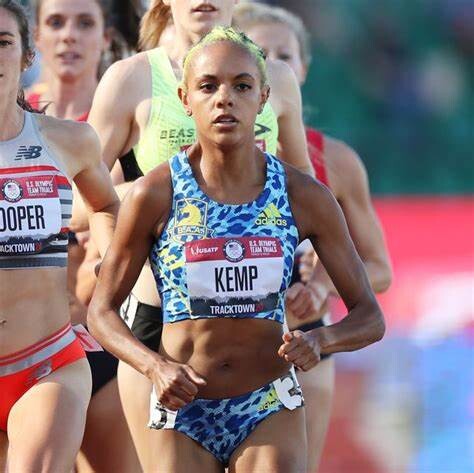
The 2021 race champion, Erika Kemp, will also be competing.
Moving over to the men's field, there are two runners with Olympic appearances. Woody Kincaid represented the U.S. in the last two Olympics. He ran the 10,000 meters in Paris and the 5,000 meters in Tokyo. This marks Kincaid's first 20K.
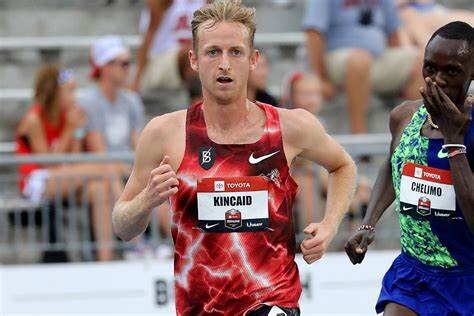
Hillary Bor is the other Olympian. He represented America in the 2016 Steeplechase. Another challenger will be Sam Chelanga, who has finished in the top three in five appearances in New Haven's 20K. Also competing is West Hartford's Ben Lanza, who is one of Connecticut's top distance runners.
The female and male 20K winners will receive the Ryan Shay Memorial Award. Shay passed away while participating in the 2007 Olympic Trials Marathon in New York City. The award is in recognition of Shay’s hard work and dedication to the sport, as well as longtime support of the New Haven Road Race.
"We're very excited about having many of the country's top runners compete in New Haven," said John Tolbert, Elite Athlete Coordinator in a release. "We have very deep Men’s and Women’s race fields. With a cool day, the men’s and women’s 20K American records could be in jeopardy.”
Labor Day is Sept. 2. The race will begin on the New Haven Green. The Kids Fun Run starts at 8:10 a.m. The 20K, Half Marathon and 5K all start at 8:30 a.m.
by Christine Butterfield
Login to leave a comment
New Haven Road Race
The Faxon Law New Haven Road Race, renowned as the longest-running USATF 20K National Championship, is scheduled for Monday, September 1, 2025 (Labor Day), in New Haven, Connecticut. This event will once again host the Men's and Women's USATF 20K National Championships, attracting elite athletes, including past champions and U.S. Olympians. Participants can choose from various race options, including the...
more...World half bronze medalist Kamulu and Tokyo olympic marathon trials winner Nakamura take humid Hokkaido Marathon
2018 World Half Marathon Championships bronze medalist Pauline Kamulu Kaveke and Tokyo Olympics marathon trials winner Shogo Nakamura survived tough conditions, 22˚C at the start with 82% humidity, sunny skies and almost no wind, to take the 2024 Hokkaido Marathon Sunday in Sapporo.
Both running their debuts, Kamulu and Shiho Tachizako ran steadily around 2:28-flat pace surrounded by a group of amateur men, staying together until just before 30 km when Tachizako started to fade. Kamulu struggled with the hot conditions late in the race and could only watch the clock as sub-2:30 slipped away, looking very tired as she crossed the finish line in 2:31:04.
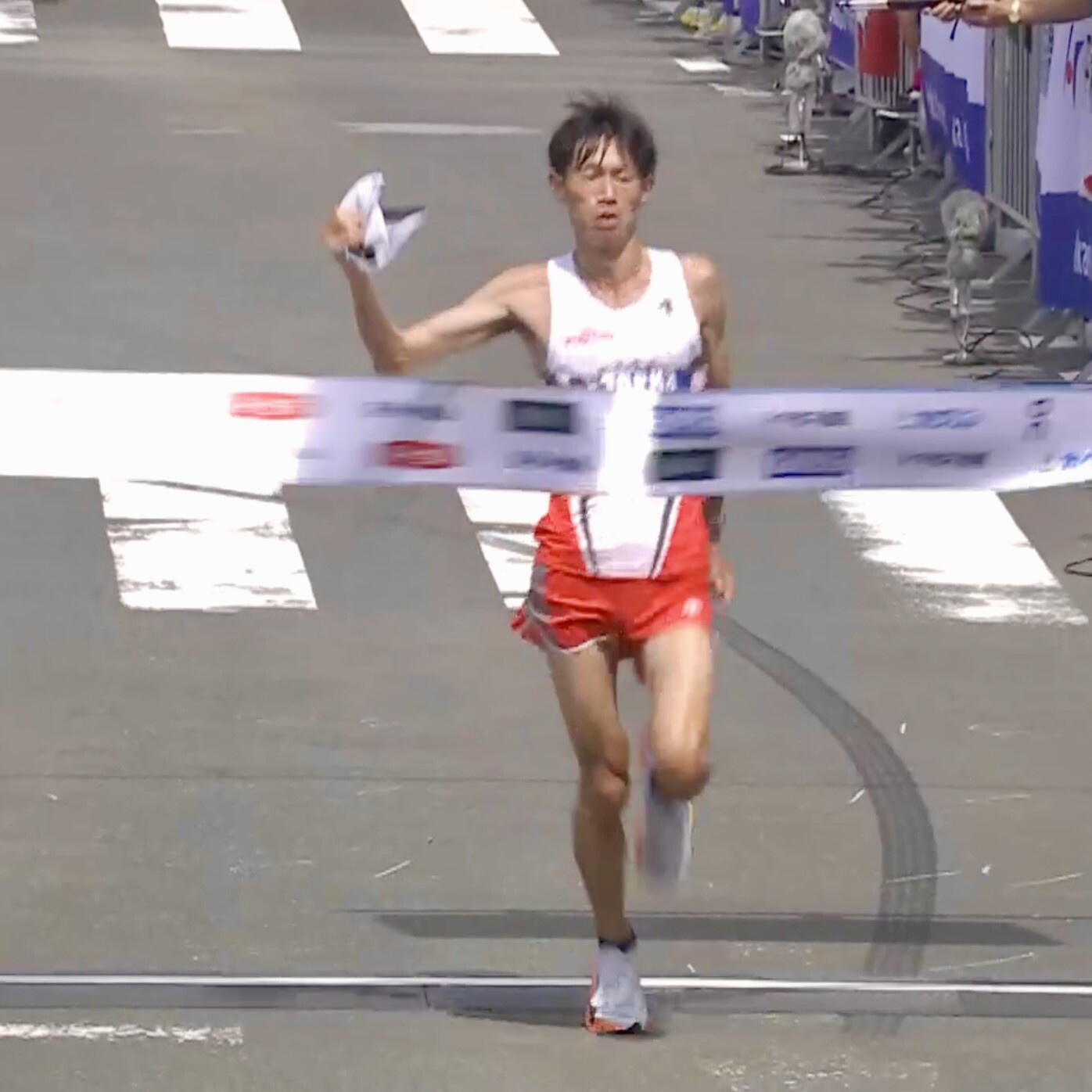
Tachizako faded to 2:33:47 for 2nd, but even that was good enough to easily beat the rest of the field, with last year's 2nd-placer Ayano Ikeuchi 3rd in 2:35:26 in her third marathon so far this year.
Nakamura had said pre-race that he didn't care about time and was only focused on getting in the win, and that was exactly how he ran, ignoring the early action and staying near the front of the main pack until he made his initial move at 30 km.
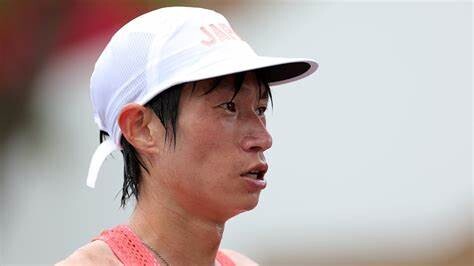
That got rid of the pretenders, with only 2:08~2:10 men Takeshi Soma, Atsumi Ashiwa and Masaru Aoki, and 2:18 amateur Ryuichi Yoshioka getting back on board. Soma countered with an attack after 34 km, but Nakamura quickly reeled him back in and made his real move with 5 km to go.
Yoshioka was the only one to try to follow, but it was all Nakamura the rest of the way, scoring his first win since his Olympic trials victory in 2019 with a 2:15:36 for 1st. Yoshioka was elated in the home stretch with a 2:16:28 for 2nd, a 2-minute PB and the only runner male or female in the top 10 to PB. Nakamura's toughest competition still standing when he dropped his big move, Ashiwa out kicked Soma and Aoki for 3rd in 2:16:40.
Osaka Marathon winner Kiyoto Hirabayashi ran Hokkaido as a training run, jogging in to a 70th-place finish in 2:41:19. The next-fastest man on paper after Hirabayashi with a 2:07:58 win in Beppu-Oita in February, Japan-based Ethiopian Derese Workneh was a DNF near 30 km.
by Brett Larner
Login to leave a comment
Hokkaido Marathon
The Hokkaido Marathon, inaugurated in 1987 with just 439 participants, has evolved into one of Japan's premier marathons, attracting nearly 20,000 runners annually. Held every August in Sapporo, Hokkaido, it stands as the nation's only full-scale summer marathon. The race commences and concludes in Sapporo's Odori Park, offering a scenic course that weaves through the city's landmarks, including the...
more...'What has he done to deserve it?' - Why Noah Lyles will not put up his Olympic gold medal in prospective challenge against Tyreek Hill
Lyles has dismissed the idea of betting on his gold medals as well as Hill's NFL rings, citing he is "not interested" as the war of words between the two over who is faster continue.
American sprint sensation Noah Lyles has firmly declined the idea of using his Olympic gold medal as a wager in a potential race against NFL star Tyreek Hill.
Lyles, who recently clinched the gold in the 100 meters at the Paris Olympics, is open to racing Hill, but only on his terms—over the 100-meter distance, widely recognized as the definitive race for determining the fastest man on the planet.
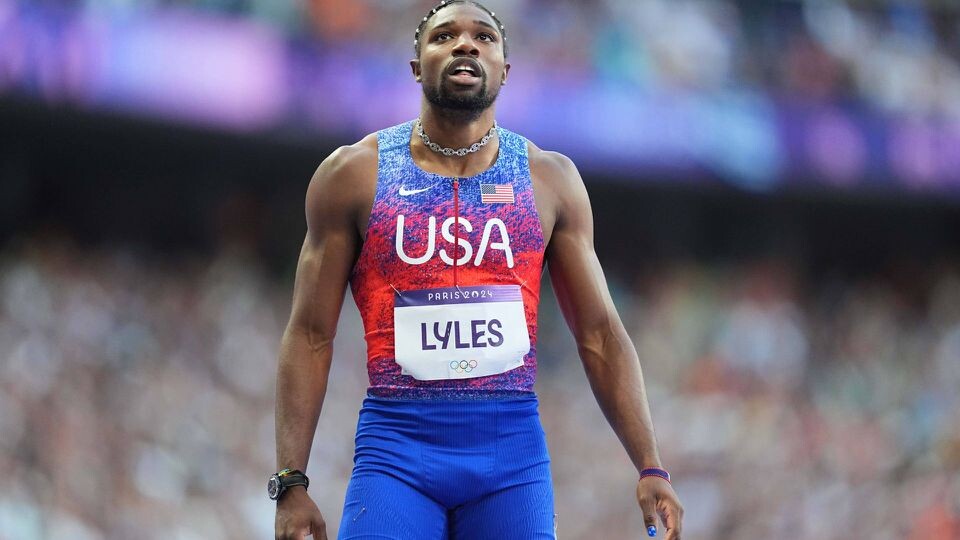
The public feud between Lyles and Hill began after the Miami Dolphins wide receiver took aim at Lyles over comments he made in 2023, criticizing American sports leagues for referring to their champions as "world champions."
Hill, in an interview with Kay Adams, was quick to dismiss Lyles’ opinion, especially after the sprinter’s bronze medal finish in the 200 meters, where he tested positive for COVID-19 after the race.

“Noah Lyles can’t say nothing after what just happened to him,” Hill said during the podcast. “Pretend like he’s sick, I feel like that’s horseradish. So for him to do that and say that we’re not world champions of our sport, come on, bruh. Just speak on what you know about, and that’s track.”
Hill later escalated the tension by challenging Lyles to a 50-yard dash, boldly claiming he would come out on top. “I would beat Noah Lyles,” Hill asserted. “I wouldn’t beat him by a lot, but I would beat Noah Lyles.”
Lyles, however, was unimpressed by Hill’s challenge and made it clear during a Wednesday interview on the Dan Patrick Show that his Olympic gold medal is off the table.
“What has he earned to deserve that status?” Lyles asked rhetorically. “He plays football and is a great football player, but you do not get to jump the line because you think you are fast. There are tons of those people out there.”
When asked if he would be interested in one of Hill’s NFL rings as a wager, Lyles was dismissive. “I do not want a Super Bowl ring. I am very content with my Olympic medals,” he stated.
Lyles also doubled down on the conditions for any potential race, stating that it would have to be in the 100 meters or not at all. “Again, I’m not here to do gimmicks,” Lyles told NBC News. “You want to challenge me, ‘the world’s fastest man,’ if you want to challenge that, you have to challenge that in his event.”
Lyles further referenced NFL wide receiver DK Metcalf’s attempt to compete in the 100 meters, noting that Metcalf had the courage to face sprinters on the track in a legitimate event.
In May 2021, Metcalf ran the 100 meters in 10.36 seconds at the USATF Golden Games and Distance Open, finishing ninth in his heat. While he didn’t qualify for the Olympic Trials, Metcalf’s effort was praised by Lyles as a serious attempt to prove his speed.
“Any time someone fast comes up, he would try to race them. If he really wanted to race people, he would’ve showed up like DK Metcalf,” Lyles said in a separate interview on Night Cap.
“The man [Hill] dodges smoke. I don’t got time for that. He’s challenging me. We’re racing in the 100, we can race. If he’s truly serious about it. If he’s truly serious about it, and I’m not talking about you’re just talking on the internet … you’ll see me on the track.”
by Mark Kinyanjui
Login to leave a comment
US sprinter Erriyon Knighton haunted as AIU appeal decision on doping case
AIU appeals the decision clearing sprinter Erriyon Knighton of doping charges, questioning the ruling that allowed him to compete.
The Athletics Integrity Unit (AIU) has appealed to the Court of Arbitration for Sport (CAS) following the controversial decision to clear American sprinter Erriyon Knighton of any wrongdoing after he tested positive for the banned substance trenbolone earlier this year.
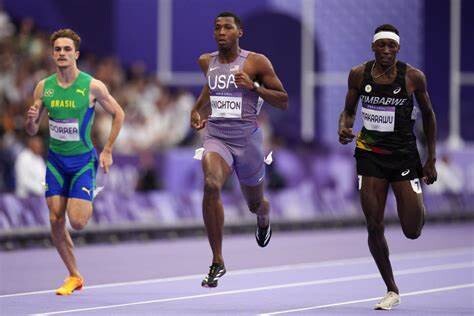
Knighton, 20, one of the rising stars in track and field, tested positive for trenbolone in March, a substance commonly used to promote muscle growth in livestock.
The positive test came as a shock to the athletics community, casting a shadow over the young athlete's burgeoning career.
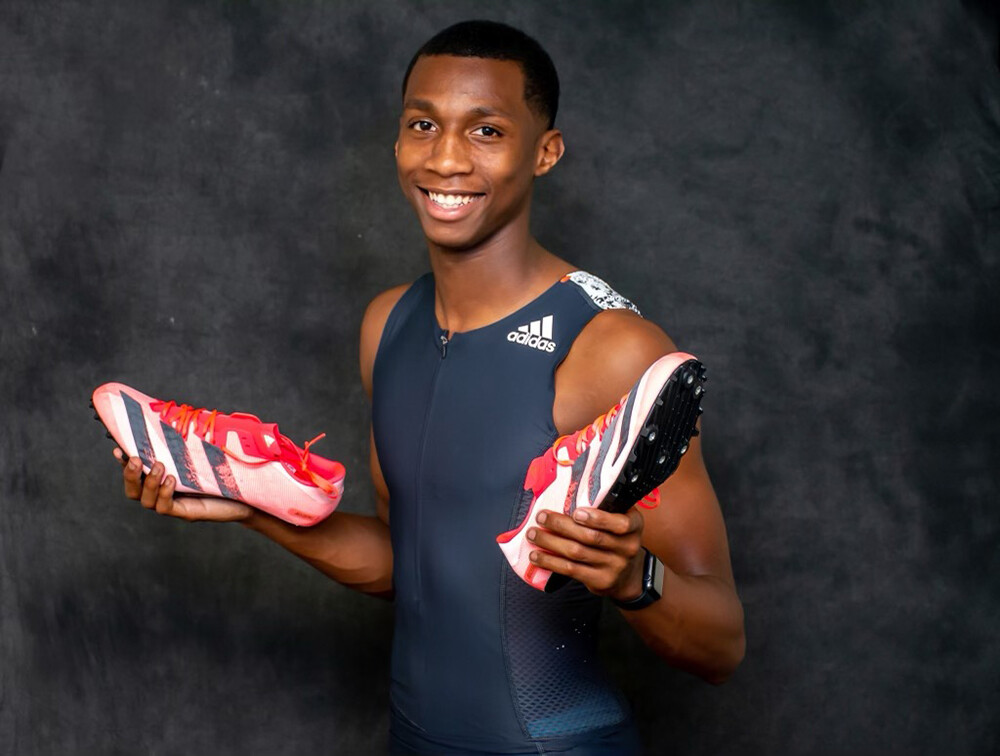
However, in a ruling on June 19, an independent arbitrator determined that Knighton had "more than likely" ingested the substance through contaminated meat, which is legally used in beef production in the United States.
The arbitrator's decision cleared Knighton to compete in the United States Olympic trials in Oregon, where he went on to qualify for the Paris Olympics.
The ruling was met with mixed reactions, with some applauding the decision as a fair judgment, while others expressed concern over the potential implications for the sport's integrity.
In a statement that provided little detail on the specifics of the appeal, the AIU said:
"This appeal is against the decision of an arbitration tribunal in the United States that the Athlete established No Fault or Negligence after USADA brought charges against the Athlete for the Presence of epitrenbolone and Use of trenbolone."
The appeal comes after the United States Anti-Doping Agency (USADA) chose not to impose a suspension on Knighton, attributing his positive test to contaminated meat.
This decision allowed the young sprinter to participate in the Olympic qualifiers, leading to his appearance at the Paris Olympics.
USADA chief executive Travis Tygart defended the ruling, stating, "Justice has been served following Knighton's clearance."
Despite this, the AIU's decision to take the matter to CAS indicates ongoing concerns about the integrity of the ruling and the broader implications for anti-doping efforts in athletics.
Adding to the controversy, Knighton’s behavior after the men’s 200-meter final at the Paris Olympics raised eyebrows.
Despite finishing fourth, Knighton was conspicuously absent from the mandatory mixed zone interviews with the media.
His absence was notable, especially when contrasted with his teammate Kenneth Bednarek, who won the silver medal and addressed reporters openly.
Even Noah Lyles, who had tested positive for COVID-19, made a masked appearance to discuss his experiences.
The athletics world now waits with bated breath as the case moves to the Court of Arbitration for Sport, where a final decision will determine whether Knighton’s name will be cleared or if he will face sanctions that could derail his promising career.
by Festus Chuma
Login to leave a comment
This 31-Year-Old Runner Is a Mom and an Olympian
Buoyed by her faith, motherhood, and family, Marisa Howard never relinquished her dream of becoming an Olympian
As a young girl, Marisa Howard dreamed about becoming an Olympian one day. But her focus was on another Olympic sport, gymnastics. She had no idea what the 3,000-meter steeplechase even was.
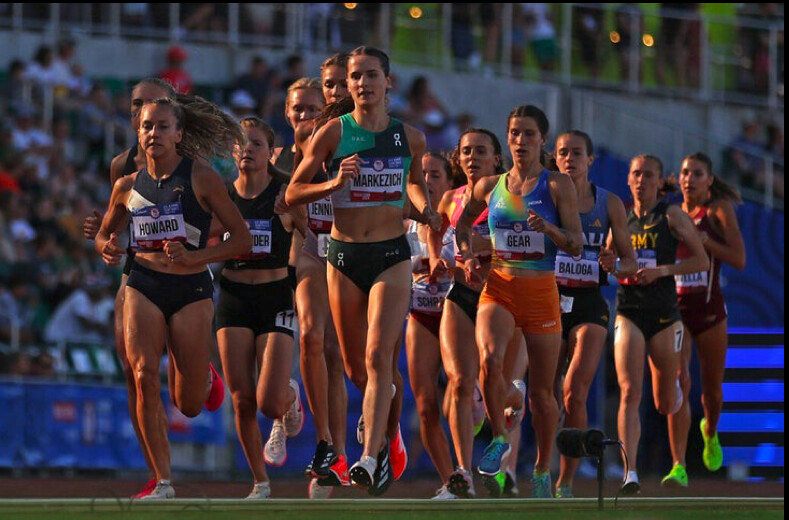
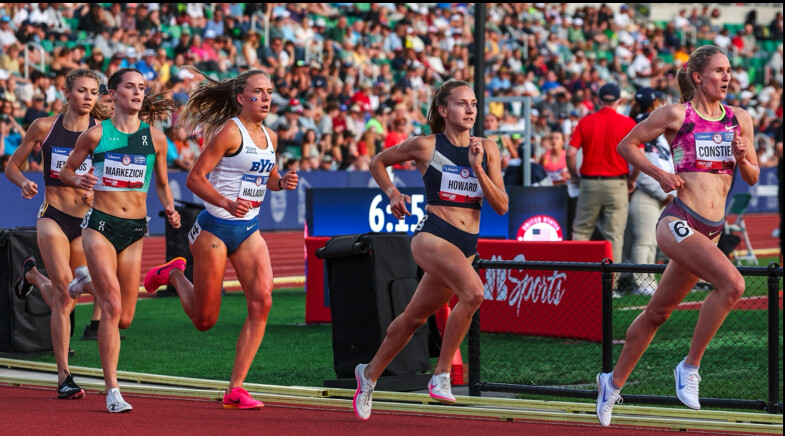
She also had no idea she’d be a mom when the dream actually came true.
Over the last two decades, Marisa, 31, has gone through numerous highs and lows, near-misses, injuries, a lack of sponsor support, and joyful life changes—most notably giving birth to son, Kai, in 2022. But the steeplechaser from Boise, Idaho, never let go of the dream. Relying on her faith, a strong family support system, and the frugal but full life she shares with her husband, Jeff, the dream came true on June 27 with a third-place finish in the steeplechase at the U.S. Olympic Trials in Eugene, Oregon.
After chipping away at her craft for three Olympic cycles, Marisa ran the race of her life—finishing with a 15-second personal best of 9 minutes and 7.14 seconds—to earn a spot on Team USA.
Her dream of running for Team USA in the Olympics officially materialized on August 4 when she lined up to race in the prelims of the 3,000-meter steeplechase in Paris. She ran with the lead pack in her heat as long as she could, but with two laps to go she slid to seventh and finished in that position in 9:24.78, missing the chance to advance to the August 6 final by two places and about seven seconds.
“I think it just becomes a lot more real when you see people that have been kind of knocking on the door for years and finally break through. It’s like, ‘Wow, we’re human and we can do it.’ Dreams do come true,” Marisa said. “I was six or seven or eight years old when this Olympic dream was born, and I plan on competing until he’s that age, hopefully, to show him what it’s like to do hard things and chase your dreams. I think it’ll be cool in 10 years when I show Kai these videos and be able to tell him, “Look at what Mommy did when you were two.”
In between making the team in late June and arriving in Paris in late July, Marisa’s life returned to normal—as if being a mom with a 2-year-old is ever normal, or at least consistent, on a day-to-day basis. That month included rough bouts of stomach flu for her and her son, the continued day-to-day management of Kai with Jeff, juggling workouts with childcare help from family and friends, reestablishing normal sleep patterns for everyone, and of course, finalizing travel plans to get the family to Paris.
It all came with a humbling reminder of the perspective that has been the bedrock of Marisa’s postpartum revival as an athlete.
“The day after I qualified, we were driving back home to Idaho and we were all tired. Kai was exhausted and screaming in the car, and I told my husband, ‘He doesn’t care that I’m an Olympian, he just wants food and sleep and, really, I’m just mom,’” she said. “It’s humbling—there’s nothing more humbling than taking care of your sick baby—and I think as a parent, we’re humbled every single day, and we come up short sometimes despite doing the best we can, but I’m thankful that there’s grace and forgiveness. I think it makes those high moments so much sweeter.”
Marisa is part of a new wave of elite runners that aren’t putting their family plans on hold due to their career, and one of several moms who competed at the U.S. Olympic Trials. Stephanie Bruce raced the 10,000 meters just nine months postpartum after giving birth to her daughter, Sophia, in September 2023, while Kate Grace ran strong preliminary and semifinal 800-meter races to advance to the final of that event just 15 months after giving birth to son, River, in March 2023.
Elle St. Pierre gave birth to her son, Ivan, at about the same time, and returned to racing six months postpartum, finishing seventh in a speedy 4:24 at the Fifth Avenue Mile in New York City. That was just the beginning for St. Pierre, who broke the American indoor record in the mile (4:16.41) in January then won the gold medal in the 3,000 meters at the indoor world championships in Glasgow in March. At the Olympic Trials, Pierre won the 5,000 meters and placed third in the 1500, qualifying for Team USA in both events, even though she declined the Olympic entry for the 5,000.
After Howard gave birth to Kai in late May 2022, she began doing pelvic floor therapy along with general strength training and some easy jogging. By the time she started running in earnest that fall, she was surprised at how quickly her aerobic fitness came back to her.
“What’s really surprised me is that I’m able to run paces that I never hit before pregnancy with the same amount or less effort,” she says. “My aerobic engine has just gotten so strong. You do see women come back stronger, but it’s a wide range of how long it takes them to come back. ”
When she returned to the track, she was aiming for a top-three finish at the 2023 U.S. championships to qualify for the world championships in Budapest. She made it to the final and was in third place with two laps to go, but just didn’t have the closing speed. However, she did get the Olympic Trials standard by clocking a near-PR of 9:22.73, demonstrating she was just as fast as her pre-pregnancy self despite limited training and two years away from racing.
By late 2023 and early 2024, Pat McCurry, Marisa’s coach since college, was able to add more volume and intensity to her training, setting up what he thought would be her best season yet. And while Marisa admittedly didn’t race as well as hoped in her races before the Olympic Trials, McCurry knew she was capable of great things.
“She was on a different level once we got back to that base fitness post-pregnancy, and I think that’s what’s paid off in massive fitness dividends,” said McCurry, who has coached Marisa on Idaho Afoot training group since 2015. “The racing didn’t look amazing from the outside. The training was spectacular. We were doing things in training since January that we’ve never done before—just the level of intensity and volume we were sustaining was stellar.”
Marisa picked up running at Pasco High School in Washington, and carried on with the dream at Boise State University. There, she also met Jeff Howard, a Boise State runner who held the school record in the 10,000 meters. But more important than their common athletic passion, they shared the same Christian values that were the foundation of her life. They married in the summer of 2013 just after he graduated. He eventually took a job as a high school teacher at a nearby school, while she blossomed into a three-time NCAA Division I All-American for the Broncos, notching a runner-up finish at the 2014 NCAA championships and fourth-place finish the following year as a senior.
After she graduated, she picked up a small sponsorship deal with women’s apparel brand Oiselle and set her sights on the 2016 U.S. Olympic Trials . She got injured and missed the trials that year. But Howard and her husband bought a house in Boise and started their family life in earnest. That added stability, along with the guidance of McCurry, who she began working with in 2016, allowed her to dig deeper into training and continue to make progress in the steeplechase, lowering her personal best to 9:30.92 at a race in Lapinlahti, Finland.
The Oiselle sponsorship evaporated after about three years but that didn’t seem to matter. She and Jeff were living frugally and loving life, especially because, by then, most of their family had moved to Boise. Marisa had two aunts who had lived in the area before she went to college, and Jeff’s parents moved to town shortly after they were married. Marisa’s parents, and later her best friend, Marianne Green, also picked up their roots and relocated to town.
The ensuing years brought a variety of highs and lows—several near-miss fifth place finishes at U.S. championships, a silver medal at the 2019 Pan American Games, a few injuries that delayed her progress, a breakthrough eight-second PR in the semifinals of the 2020 Olympic Trials, and, of course, welcoming Kai into the world in 2022.
What makes Marisa’s situation especially challenging is that she’s run competitively without a traditional sponsor since 2017, more or less collectively bootstrapping the dream on her husband’s high school teacher’s salary and working part-time as a schol nurse and as a coach. (She will officially join the Boise State staff as an assistant coach after the Olympics.) She often stays with friends when she travels to races and says she’s grateful to the meet directors who have flown her out to race, put her up in hotels, and also paid her to pace races.
She also earned USATF Foundation grants and in 2022 was the recipient of a $10,000 grant to offset child care expenses from a program sprinting legend Allyson Felix organized through Athleta’s Power of She Fund and the Women’s Sports Foundation. Marisa competed at the 2024 Olympic Trials as part of the Tracksmith Amateur Support Program, which provides a small quarterly stipend, running apparel, and shoes to about 40 athletes in all disciplines of track and field.
“We’ve found ways to make it work. We drive used cars, and we refinanced in 2020, so thankfully our mortgage is very low,” she says. “So really a lot of my expenses are just shoes, a little bit of travel, coaching fees, gym fees, and things like that. But it does add up. But thankfully we live well within our means and are able to do it. As I’ve said before, the Lord always provides.”
But even with that support and her continued progress, Marisa entered the Olympic Trials as a dark horse contender to make Team USA. And that’s despite knowing that Emma Coburn and Courtney Frerichs, the top stars of the event for the past 10 years, were sidelined with injuries. She hadn’t run great in her races leading up to the trials, and her confidence was waning, McCurry says.
“I felt like not having a full contract [from a shoe sponsorship] had kind of eroded away at some of her confidence, and she was starting to have a little bit of imposter syndrome at races,” says McCurry. “We just had a really firm talk where I was like, damn it, you’re better than this,” he says. “Not we, not the training, you, Marissa Howard, are better than this.”
That pep talk was just what she needed. It helped remind Marisa about her bigger purpose, just as much as packing diapers, toys, and pajamas for Kai did before she and Jeff made the eight-hour drive to Eugene for the Olympic Trials.
In her semi-final heat at the trials on June 24, Marisa ran aggressively and finished second behind Gabbi Jennings in 9:26.38. After the race, she said she was looking forward to the final, but, for the moment, was most interested in making sure Kai got to bed on time.
Running with purpose and caring for her son emboldened her for the final, where she ran with conviction among the top five before moving into the lead briefly with a lap to go. In what was a thrilling final lap, Val Constien retook the lead and sprinted to victory down the homestretch in an Olympic Trials-record 9:03.22, followed by a surging Courtney Wayment (9:06.50) and a determined Marisa (9:07.14) as the top nine finishers all set new personal bests.
“My husband and I talk about competitive greatness: You want to rise to the occasion when everyone else is at their best. So it’s like, gosh, I was able to do it! I think a lot of it for me has always been about having my priorities in place. I’m a Christian first, and then a wife, and then a mom, and then a runner. And I think if I keep those in that line, that’s where I see success,” Marisa says.
“I’ve sat next to gold medalists and other high-level athletes in chapels before U.S. championship races and they’ve told me, ‘I’ve won that gold medal and it doesn’t fill that void in my heart.’ And just knowing that a medal or success isn’t going to change you, ultimately, you have to be secure in who you are. So just remembering where my priorities lie helps to kind of keep me grounded.”
Login to leave a comment
Sydney McLaughlin-Levrone smashes 400m hurdles world record, takes gold
Sydney McLaughlin-Levrone overcomes Femke Bol in the final of the 400mH to succesfuly defend Olympic crown and smash own world record.
Sydney McLaughlin-Levrone once again proved her dominance in the 400 meters hurdles by capturing gold at the Paris 2024 Olympics on Thursday night.
The American track star not only claimed the top spot but also shattered her own world record with a remarkable time of 50.37 seconds, solidifying her legacy as the greatest 400m hurdler of all time.
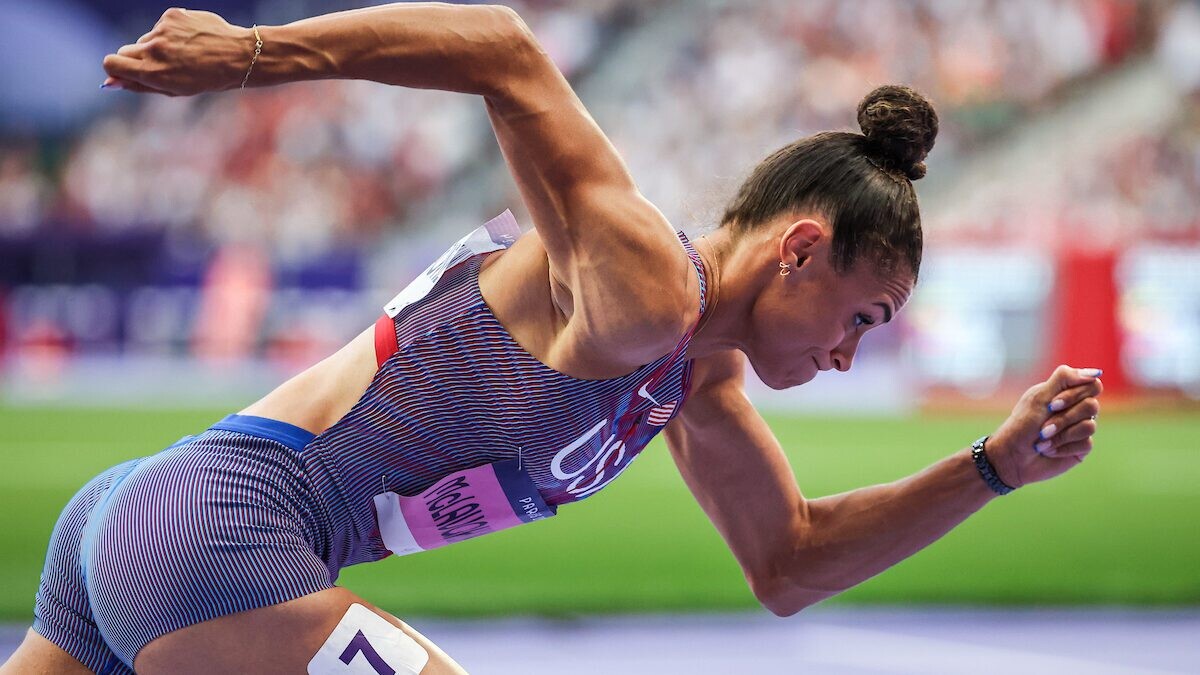
In an intense final, McLaughlin-Levrone faced stiff competition from the Netherlands' Femke Bol, who had been unbeaten in her last 40 races leading up to the Games.
However, Bol could only manage a bronze medal finish with a time of 52.15 seconds, visibly disappointed by her performance and race tactics, which saw her go out too hard too soon. American Anna Cockrell took the silver medal, clocking a personal best of 51.87 seconds.
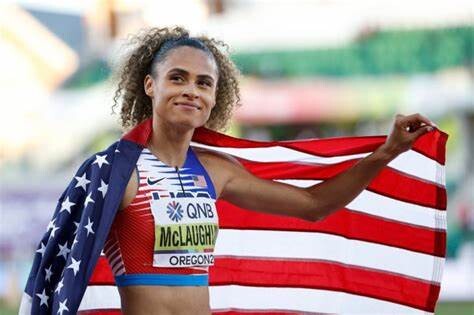
McLaughlin-Levrone, who celebrated her 25th birthday just a day before her triumph, became the first woman to win back-to-back Olympic gold medals in the 400m hurdles, and only the fifth U.S. woman to secure gold in consecutive Olympic Games across any track and field event. Her victory was met with thunderous applause as she draped herself in the American flag, savoring the moment.
This latest achievement adds to McLaughlin-Levrone's growing list of accolades. She had previously set a world record of 50.65 seconds at the Olympic Trials in Oregon in June, but surpassed that mark with her stunning performance in Paris.
McLaughlin-Levrone’s journey to the top began at the Rio 2016 Olympics, where she made her debut at just 17 years old, becoming the youngest U.S. Olympian in track and field since 1972. Although she exited in the semifinals that year, her progression since has been nothing short of extraordinary.
In the lead-up to her gold-medal race, McLaughlin-Levrone appeared to be in peak form, breezing through the semifinals with a time of 52.13 seconds, the fastest among all qualifiers. Her victory in the final was not only a personal triumph but also a testament to her relentless pursuit of excellence.
With the women's 4x400m relay still ahead, McLaughlin-Levrone is expected to compete for another gold medal on Friday, further pushing the boundaries of what she and her competitors can achieve on the track.
by Mark Kinyanjui
Login to leave a comment
Paris 2024 Olympic Games
For this historic event, the City of Light is thinking big! Visitors will be able to watch events at top sporting venues in Paris and the Paris region, as well as at emblematic monuments in the capital visited by several millions of tourists each year. The promise of exceptional moments to experience in an exceptional setting! A great way to...
more...American teen sprint star Quincy Wilson to make Olympic debut in relay
Quincy Wilson will reportedly lead off the U.S. men's 4x400m relay team in Friday's heats.
American teenage sprint sensation Quincy Wilson, the youngest track and field athlete at the Paris Olympics, is set to make his Olympic debut as he will reportedly lead off the U.S. men’s 4x400m relay team in Friday morning’s heats.
Wilson’s selection comes after he was notably left out of the USA’s mixed 4x400m team, a decision that drew criticism after the Americans had to settle for silver in the final, despite breaking the world record in the heats without him. The U.S. men’s 4x400m relay team will be strong favourites for Olympic gold, especially after Quincy Hall’s electrifying performance to win the men’s 400m gold on Wednesday at the Stade de France.
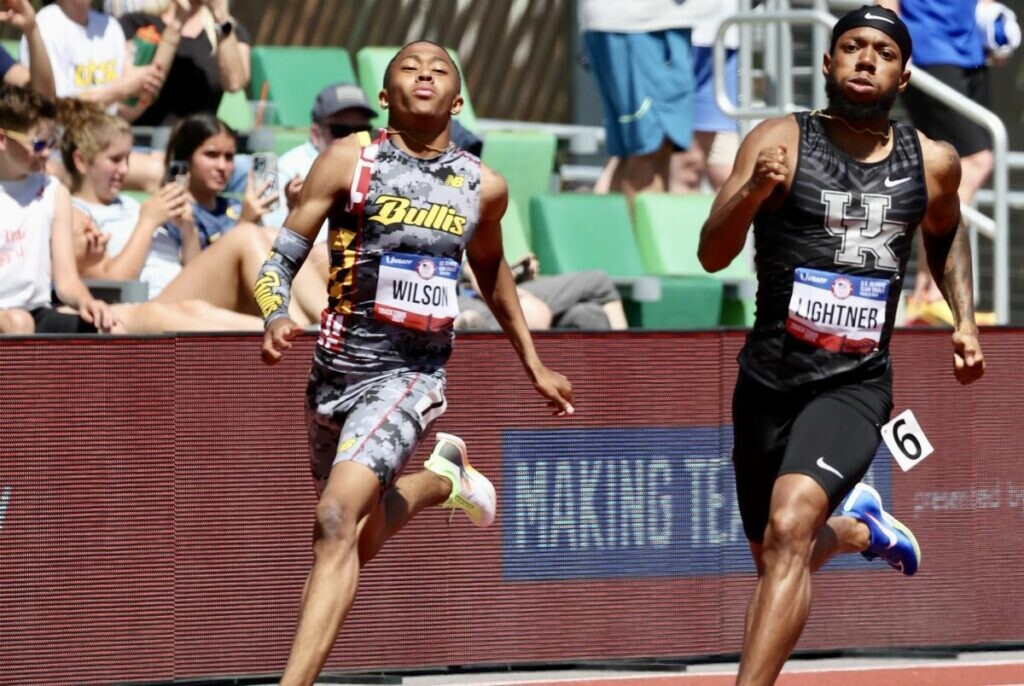
The 16-year-old from Maryland earned his spot in the U.S. Olympic team with a sixth-place finish in the men’s 400m at the U.S. Olympic Trials in June. This season, Wilson has shattered the U18 world 400m record three times, most recently lowering it to 44.20 seconds at the Holloway Pro Classic in Florida two weeks ago.
At just 16 years and 176 days old, Wilson became the youngest American male track athlete ever named to the U.S. Olympic Team, surpassing 200m sprinter Erriyon Knighton, who was 17 when he made the U.S. team for Tokyo 2020. Remarkably, Wilson, who just completed his sophomore year at the Bullis School in Potomac, Md., reportedly doesn’t even have his driver’s license yet.
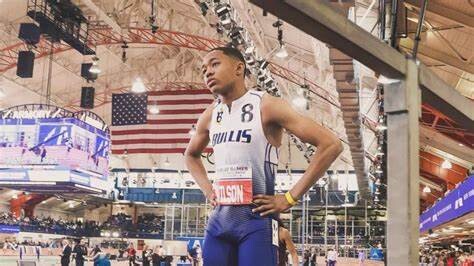
The decision to have Wilson lead off the relay may have been driven by caution, as the U.S. Olympic relay coach Mike Marsh likely wanted to minimize the risk of a botched handoff, given his lack of prior relay experience on the international stage.
The first round of the men’s and women’s 4x400m relays will go on Friday morning at 11:05 a.m. local time (5:05 a.m. ET).
by Cameron Ormond
Login to leave a comment
Paris 2024 Olympic Games
For this historic event, the City of Light is thinking big! Visitors will be able to watch events at top sporting venues in Paris and the Paris region, as well as at emblematic monuments in the capital visited by several millions of tourists each year. The promise of exceptional moments to experience in an exceptional setting! A great way to...
more...Faith Kipyegon ready for historic 1,500m Olympics hat-trick
Two-time 1,500 Olympic champion Faith Kipyegon will be seeking to become the first woman to win three titles in the same individual track event at the Olympics, when she lines up in the semifinals of the race on Thursday at the Stade de France.
The defending champion clocked (4:00.74) to finish fourth in heat two, behind winner Ethiopia’s Diribe Welteji (3:59.73), Britain’s Georgia Bell (4:00.290 and USA’s Nikki Hiltz (4:00.42) yesterday.
The heats came barely 12 hours after Kipyegon successfully appealed to overturn her disqualification from the 5,000m after a mid-race altercation with Ethiopia’s Gudaf Tsegay in which both narrowly missed crashing onto the track.
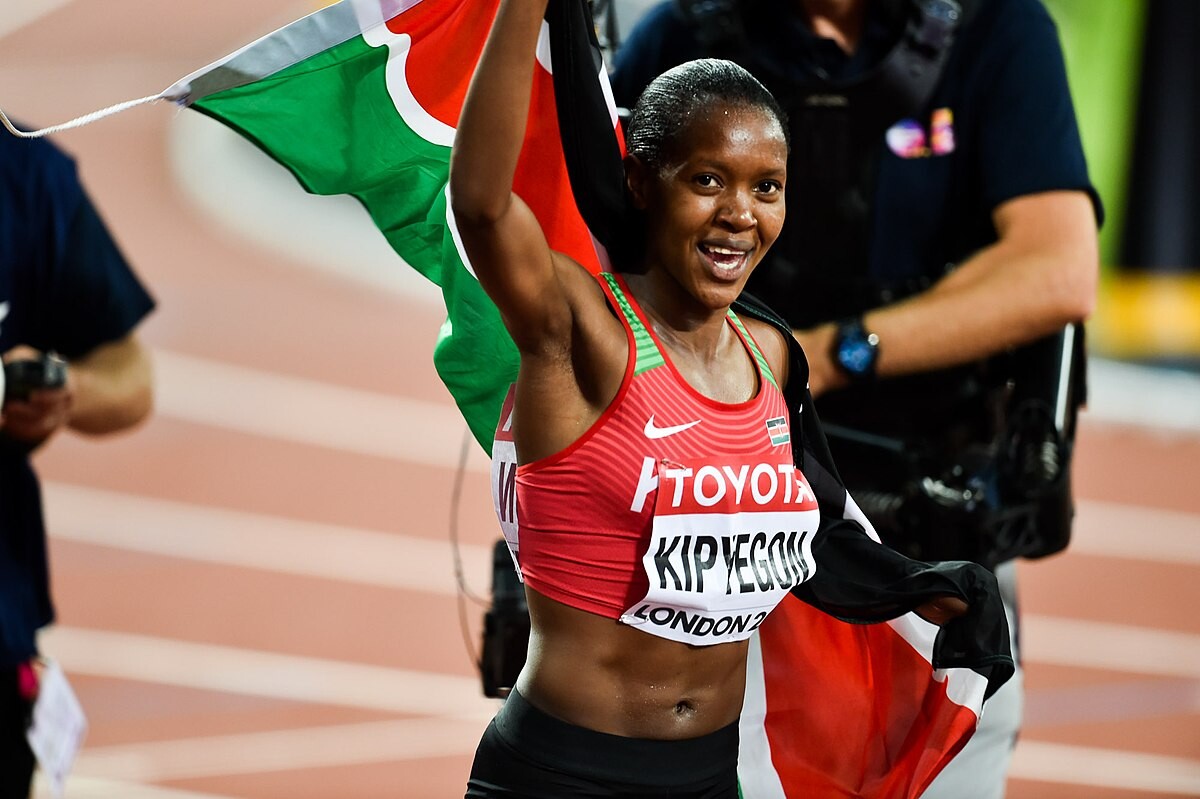
Kipyegon grabbed silver in 14:29.60, finishing ahead of the Netherlands’ Sifan Hassan (14:30.61) as compatriot Beatrice Chebet grabbed gold in (14:28.56).
However, the track queen will have to be mentally fit in Thursday’s semis, to reach Saturday’s finals, following a drama packed Monday night 5,000m race finals.
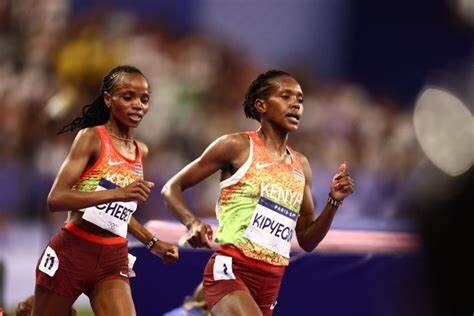
“I feel fresh and ready for the semis, I am Faith and I participate in a good way and I believe in myself. It was a good race a lot of pushing up and down but all in all, it is finished and I focus on the 1,500m semis,” Kipyegon said.
Kipyegon who didn’t manage to talk to journalists after Monday’s drama didn’t want to dwell much on the matter.
“I just went to the village and took a nap knowing that I had another race the next morning. I was not disappointed but this is another distance altogether, I really thank Kenyans for the support and prayers as we continue pushing in the 1,500m,” Kipyegon said.
Having put Monday’s drama behind her, she goes to the semis not having lost in the 1,500m since 2021, with the historical third Olympic title beckoning.
The world champion must beat three of the five fastest 1,500m runners in history, including her Ethiopian rival Tsegay and Austraila’s Jessica Hull, to reach her dreams.
She will fly the Kenyan flag alongside compatriots Susan Ejore and Nelly Jepchirchir who also qualified for the semis.
The Kenyan star ended her 2023 track campaign with a 1,500m win at the Wanda Diamond League final in Eugene on 26 Aug 2023.
She ran 3:53.98 in the 1,500m and 14:46.28 for 5,000m in Nairobi, during the Kenyan Olympic trials.
Faith warmed up for the Olympics by breaking the world 1,500m record again at the Paris Diamond League meeting on July 7, 2024 after clocking 3:49.04
Poland’s Anita Wlodarczyk is the only woman in the history of the games to ever claim a threepeat, as well as possessing the two fastest performances of all time in the hammer throw.
by George Ajwala
Login to leave a comment
Paris 2024 Olympic Games
For this historic event, the City of Light is thinking big! Visitors will be able to watch events at top sporting venues in Paris and the Paris region, as well as at emblematic monuments in the capital visited by several millions of tourists each year. The promise of exceptional moments to experience in an exceptional setting! A great way to...
more...Emmanuel Wanyonyi and Wycliffe Kinyamal flawlessly sail to men's 800m semis as Koitatoi Kidali misses podium
Emmanuel Wanyoyi took a comfortable win in the men's 800m first round with Wycliffe Kinyamal finishing third as Koitatoi Kidali struggled to make an impact and he will be out to bid for a semifinal ticket in the repechage round.
Emmanuel Wanyonyi, Wycliffe Kinyamal and Koitatoi Kidali took to the starting line of the men’s 800m first round and did not fail to impress with their striking runs.
Marco Arop headlined the field and he secured a second position to sail through to the men’s 800m semifinal. He clocked a stunning 1:45.74 to cross the finish line behind Belgium’s Eliott Crestan who won the race in 1:45.51. Australia’s Peyton Craig completed the podium in 1:45.81.
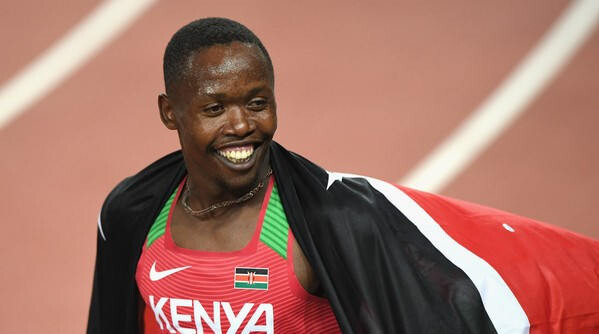
Competing in the second heat, Botswanan sprinter Tshepiso Masalela completed the podium in 1:45.58 as Gabriel Tual won the race in 1:45.13. Mark English of Ireland finished an impressive second in 1:45.15. Kidali finished a distant fifth and will have to contest for the semifinal in the repechage round.
Competing in the third heat, Emmanuel Wanyonyi was flawless as he claimed the win in a time of 1:44.64 ahead of Catalin Tecuceanu who finished second in 1:44.80. Andreas Kramer completed the podium 1:44.93.
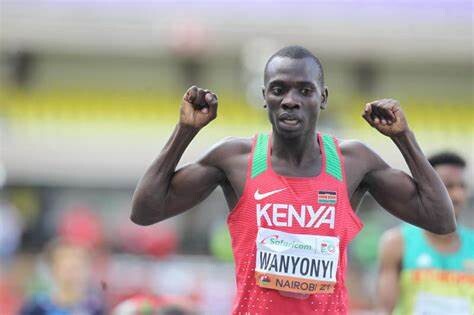
Djamel Sedjati led the qualifiers in the fourth heat as he crossed the finish line in a time of 1:45.84 as Great Britain’s Elliot Giles came in second in a time of 1:45.93. America’s Hobbs Kessler completed the podium in a time of 1:44.93.
Kinyamal sealed the podium competing in the fifth heat as he clocked a stunning 1:45.86 to cross the finish line. Great Britain's Ben Pattison won the race as South Africa's Edmund du Plessis finished a close second.
Heat six saw Spain's Mohamed Attaoui win the race as America's Bryce Hoppel came in second. Great Britain's Max Burgin completed the podium in the race.
Meanwhile, the Kenyan trio has been impressive this season, with Wanyonyi being the stand-out times with his impressive times in the build-up to the Olympics.
The world 800m silver medallist clocked the third fastest time since David Rudisha’s retirement at the Kenyan Olympic trials before Algeria’s Djamel Sedjati obliterated his time at the Diamond League Meeting in Paris.
He struck a world record in the men’s mile road to open his season in fashion. Wanyonyi also struck a win at the Kip Keino Classic.
Kinyamal has had impressive podium finishes in events and was looking to make an impact on the Olympic stage in his debut.
On his part, Kidali was a breakout athlete, making his first national team and he hopes to leave a mark on the Olympic stage. He has showcased his tactical run and is certainly a threat to his opponents going into the semifinal.
by Abigael Wafula
Login to leave a comment
Paris 2024 Olympic Games
For this historic event, the City of Light is thinking big! Visitors will be able to watch events at top sporting venues in Paris and the Paris region, as well as at emblematic monuments in the capital visited by several millions of tourists each year. The promise of exceptional moments to experience in an exceptional setting! A great way to...
more...Olympic Track and Field Stars Are Wearing Luxury Watches. Why?
IN TRACK AND FIELD, tenths (and even hundredths) of a second can make or break a race. Performance depends on extremely precise measurements and time rules all. So it makes sense that luxury watch brands would look to those athletes as natural billboards, placing their timepieces on the wrists of some of the sport's top performers.
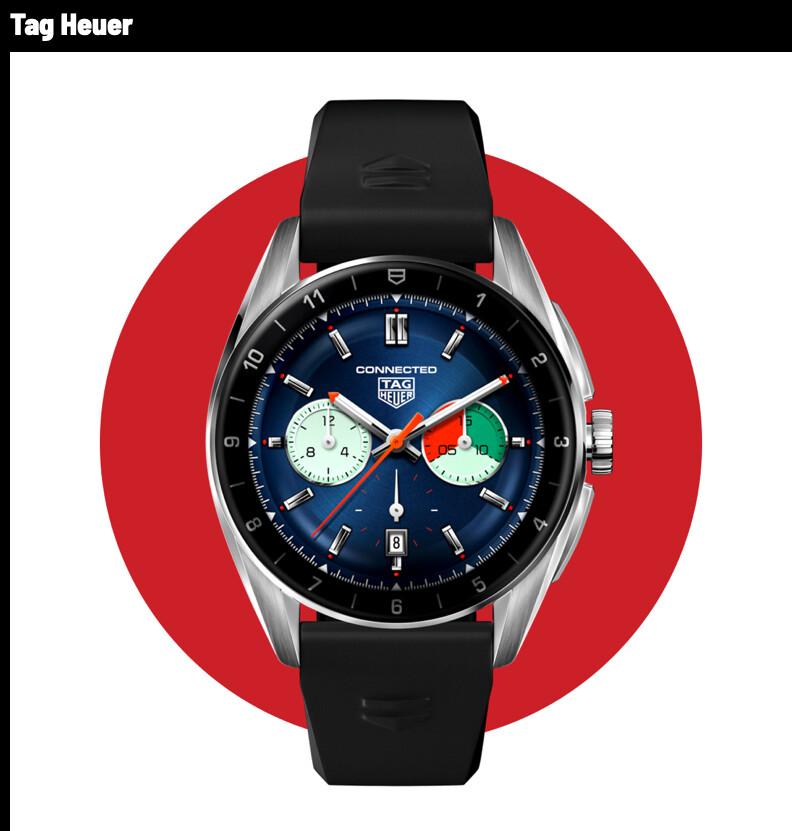
When Noah Lyles, the fastest man in the world, settled into the blocks for the 200-meter finals at the U.S. Olympic Trials in June, 4.5 million viewers tuning in via NBC and Peacock could see the glint of the sun off what appeared to be a $50,000 Omega watch.
Wearing this type of timepiece during a 19.53-second sprint is clearly a flex, since “there’s no performance reason for [these athletes] to wear luxury watches,” explains Aaron Rapf, the founder and CEO of Advantage Sports Marketing Group, a sports agency that connects brands with athletes.
Runners are no stranger to pricy performance watches (a high-end Garmin can cost upwards of $900), and luxury watch companies are increasingly aligned with elite runners to “connect their company values to the sports landscape—which is one of the last bastions of true culture,” he adds. “If you want to be in a moment where you attract millions of people’s eyeballs at one time, it’s sports.”
These race day cameos are part of a more subtle approach to marketing, says Pierre-Loïc Assayag, CEO and co-founder of Traackr, an influencer marketing software company. “In the past, luxury brands were more focused on the product and the luxury associated with that product,” he says. “Now, these companies are taking the top athletes and putting them in front of their target audience, or one close to it, to demonstrate by proximity that ‘we are the precision brand’ or ‘we are the endurance brand.”
The kind of maneuvering uses a third party—one that’s fast, flashy, and accomplishing amazing feats—to craft an image the brand wants audiences to respond to. And by choosing athletes as brand champions, companies deftly align themselves with the hallmarks of high performance: precision, prestige, innovation, exclusivity, heritage, and craftsmanship.
In the past, those buzzwords were more likely to call to mind country club-esque activities (think: tennis or horseback riding) or auto racing, where the traditional consumer has been very upper class, living a high-cost lifestyle. But as culture skews more towards sport, health, and wellness, leaning into the popularity of running opens companies up to a new class of consumers, says Jessica Quillan, a luxury fashion brand and content strategist. “Track and field seems more accessible, because even though these athletes are performing at a super elevated level, anyone can go out and run,” she explains.
By association, watches become a more accessible form of wearable luxury. You may not wear one to train or on race day like the elite, sponsored atheltes, but a sporty aesthetic can translate into your everyday life; post-run, you can still swap your COROS smartwatch for a sleek, sporty timepiece from a brand like Omega (which happens to sponsor the Diamond League, an annual series of pro track and field competitions). And though you may not be ready to buy a five-figure watch now, these companies are playing the long game; by connecting themselves with major players in sport, they’re hoping to build brand recognition and loyalty among potential future customers.
The Watch Brands Olympic Runners Are Wearing
For those looking to upgrade their Garmin—now or as a future reward for finally achieving that personal best—these are a few of the luxury watches your favorite track and field stars have been sporting.
Two-time Olympic gold medalist Sydney McLaughlin-Levrone, who will represent Team USA in Paris again after breaking her own World Record in the 400-meter hurdles in June, has been sponsored by Tag Heuer since 2021.
Tag Heuer is often considered the Cadillac of luxury watches, and McLaughlin-Levrone’s preferred watch, the Connected Calibre E4, is closest to the average runner’s GPS smartwatch: It operates on Wear OS by Google; has a 1.28-inch AMOLED display with crisp resolution; houses a heart rate sensor, barometer, and compass; and holds a 24-hour charge, including a one-hour sports session. The basic model, which includes a rubber strap, starts at $1,250.
Olympic bronze medalist Josh Kerr is a double World Champion—in the 1,500-meter and 3,000-meter—which made him a natural representative for Swiss watch brand Longines, the official partner and timekeeper of the 2022 Commonwealth Games in Birmingham. Kerr, who is not currently working with Longines, recently ran a 3:45.34 in the Bowerman Mile, a historic and prestigious race held annually at the Prefontaine Classic in Eugene, OR, to set a new world-leading time in the event and a new British record. Back in 2022, Kerr wore the-limited edition HydroConquest XXII Commonwealth Games, a sporty steel dive watch with an automatic caliber, or engine, one-directional ceramic bezel, luminescent indices and hands, and an anti-reflective coating for crystal clear readability in any situation.
In addition to their Paris 2024 partnership, Omega is the official sponsor of the Diamond League (an annual series of elite track and field competitions) and counts Noah Lyles—one of the biggest personalities in track and field—as an ambassador. Lyles, who earned a bronze medal in the 200-meter race at the 2020 Tokyo Games and has his sights on breaking Usain Bolt’s records in the 100- and 200-meter races, wears Omega’s iconic Speedmaster Moonphase.
This style was introduced in the 1980s, but the latest model—an oversized, steel-on-steel timepiece—was the first to earn a Master Chronometer certification thanks to a self-winding engine designed to withstand temperature fluctuations, water immersion, and electromagnetic frequencies. The timepiece can also hold up to the shock that comes with covering 100 meters in less than 10 seconds (when it's on Lyles's wrist, at least).
Sprinter Dina Asher-Smith is the fastest British woman on record, with two Olympic bronze medals from the 4 x 100-meter relay to her name. She’s also no stranger to luxury partnerships, having previously modeled for Louis Vuitton, Valentino, and Off-White, and has been working with Hublot since 2018. Asher-Smith has promoted a variation on Hublot’s flagship model, the Big Bang One Click, which starts at $14,200.
Its smaller face was designed for slimmer wrists, and uses the brand’s patented “One Click” fastening system so wearers can swap out the straps for other colors or materials. The sporty, semi-skeletonized hands balance out flashiness of the diamonds on the bezel, and a self-winding caliber packs plenty of power into the compact timepiece.
Ahead of what she says will be her final Olympic Games, Jamaican sprinter Shelly-Ann Fraser-Pryce—the most decorated athlete in 100-meter history—announced a partnership with Richard Mille. Fraser-Pryce wears the RM 07-04 Automatic Sport, the first women’s sports watch from the McLaren of watch brands, which retails at $185,000 (it’s the same watch Nafi Thiam, a double Olympic champion from Belgium, wore while setting a new pentathlon world record in 2023). The skeletonized aesthetic is housed in a compact case with rigid finishings for shock-resistance, and the button on the side allows the wearer to switch between winding, neutral, and time setting modes for the crown. While it would be nearly impossible to read during a race, at 36 grams it’s lighter than most standard running watches.
by Men’s Health
Login to leave a comment
Olympic champion Donovan Bailey spills his Paris 2024 predictions
The Canadian men's 100m record holder is a huge Olympic fan
Like most Canadian track and field fans, 1996 Olympic champion and former 100m world record holder Donovan Bailey is eagerly awaiting the start of athletics at the Paris Olympics (the sprint events begin Friday). With a deep roster of Canadian athletes making their Olympic debuts or returning for another Games, Bailey has high hopes for breakthrough performances and trips to the podium, and he shared his top picks for the sprint events with us.
The Canadian 100m record holder has bumped watching the Olympics to the very top of his to-do list. Since sprinting runs in his blood, it’s no surprise he’s excited to watch the Canadian men’s and women’s 100m and 4x100m relay performances; he also looks forward to cheering on 2023 world champion Marco Arop as he aims to upgrade his 800m semi-final finish at Tokyo 2020 with a trip to the podium in Paris.
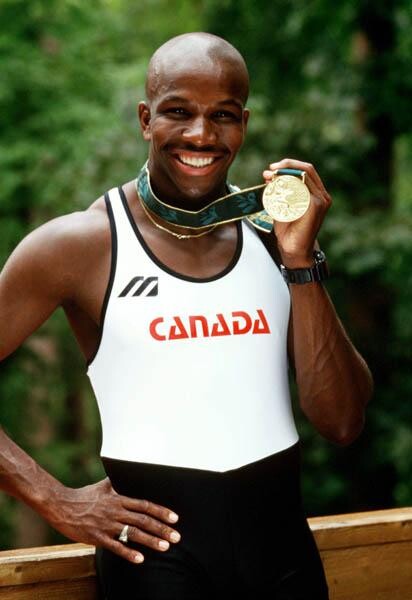
Men’s 100m predictions
The 100m prodigy isn’t certain where he should place his bets for who will take gold in the men’s 100m. He believes the two Jamaicans, Kishane Thompson and Oblique Seville, should be favored, along with the reigning world champion, Noah Lyles. But Bailey suggests not overlooking Team USA’s Fred Kerley and the three Africans (Letsile Tebogo, Akani Simbine and Fernidand Omanyala).
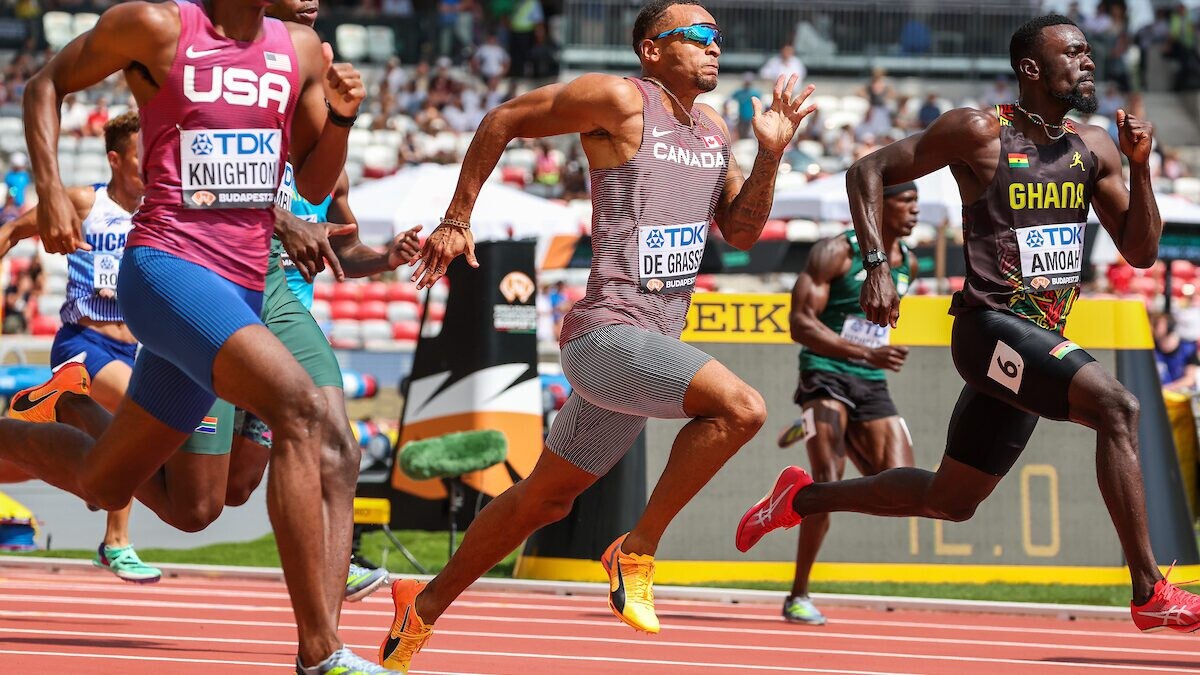
“The match-up is going to be fierce,” Bailey says. Of course, we can expect him to be cheering the loudest for Canada’s Andre De Grasse, Duan Asemota and Aaron Brown.
Women’s 100m favorites
On the women’s side, he agrees that Sha’Carri Richardson is the obvious favorite, on paper. “My sentimental favorite would be Shelly-Ann Fraser-Pryce,” Bailey says. “She’s one of the greatest female sprinters, and one of the greatest ambassadors for our sport. It’s her last Olympics, so it would be great to see her win.”
Bailey expressed the most excitement for Quebec’s Audrey Leduc, even though she will likely have to run two personal bests to get through the 100m rounds. He believes the 25-year-old is still untested, and will face less pressure in Paris than she did at the Canadian Olympic Trials in June.
“She made running fast look so effortless.” Bailey says. “I think she’ll break the Canadian record, and if she puts herself in a good situation, maybe she’ll make the final and shock a lot of people. I think she’s going to do amazing.”
by Cameron Ormond
Login to leave a comment
Paris 2024 Olympic Games
For this historic event, the City of Light is thinking big! Visitors will be able to watch events at top sporting venues in Paris and the Paris region, as well as at emblematic monuments in the capital visited by several millions of tourists each year. The promise of exceptional moments to experience in an exceptional setting! A great way to...
more...

